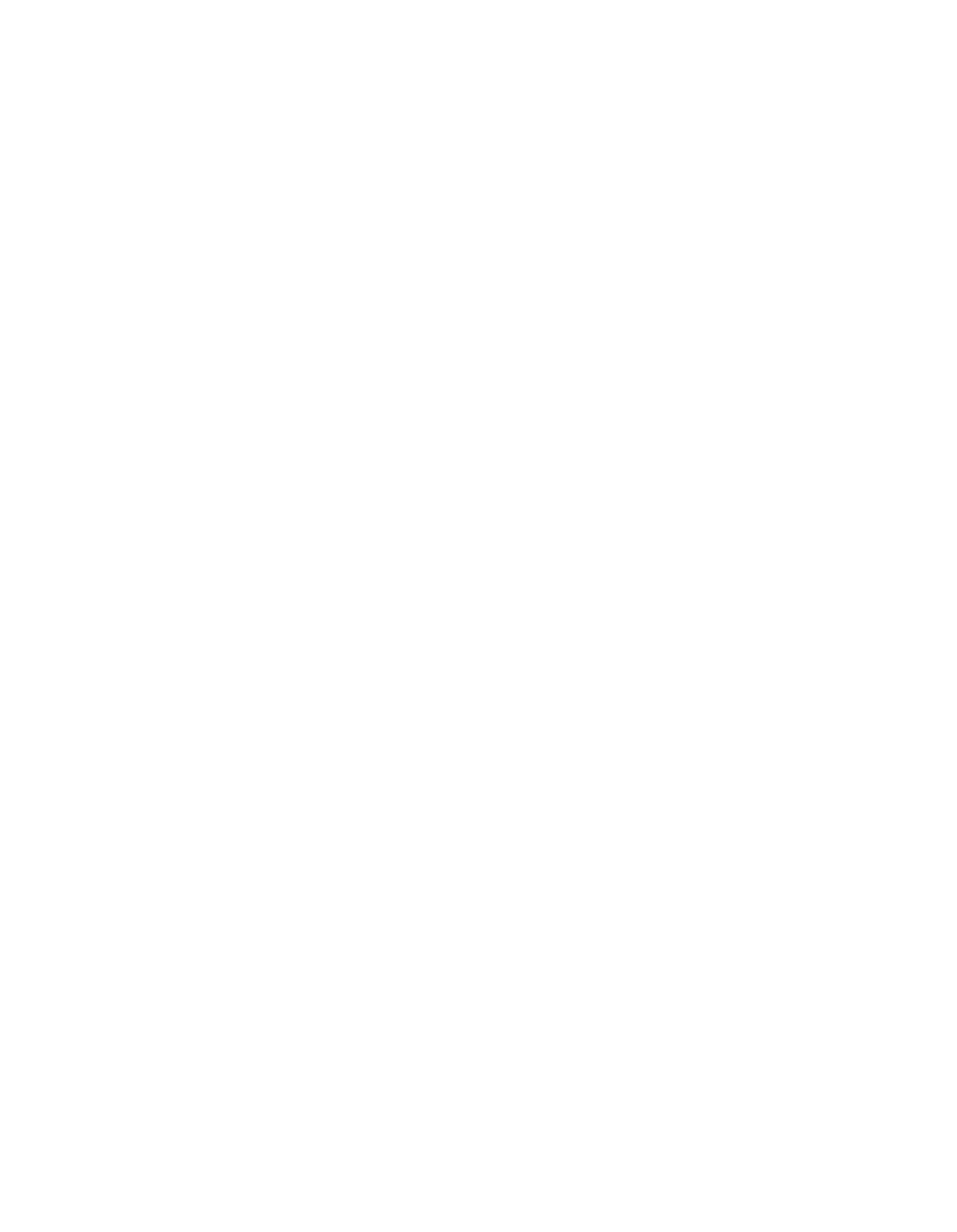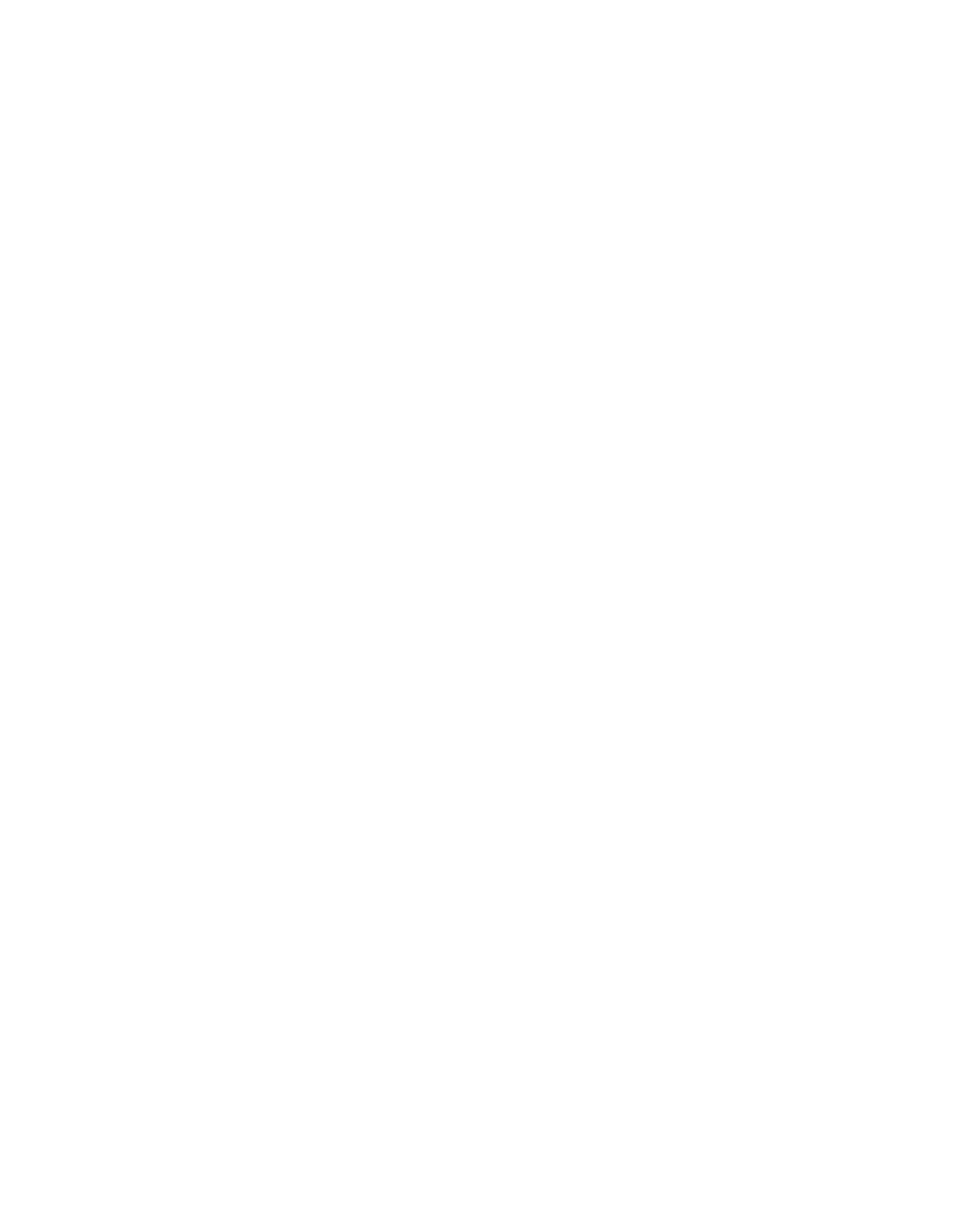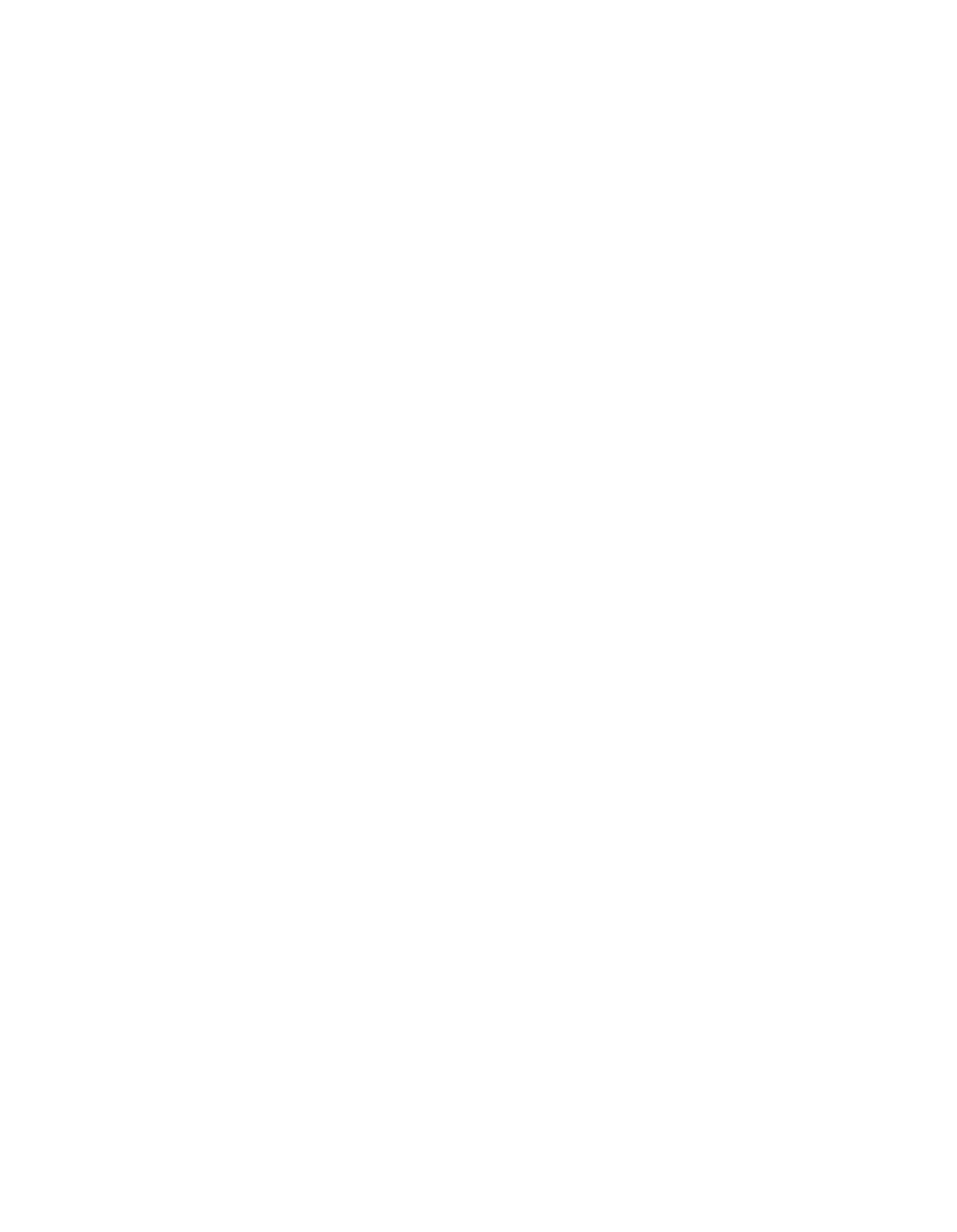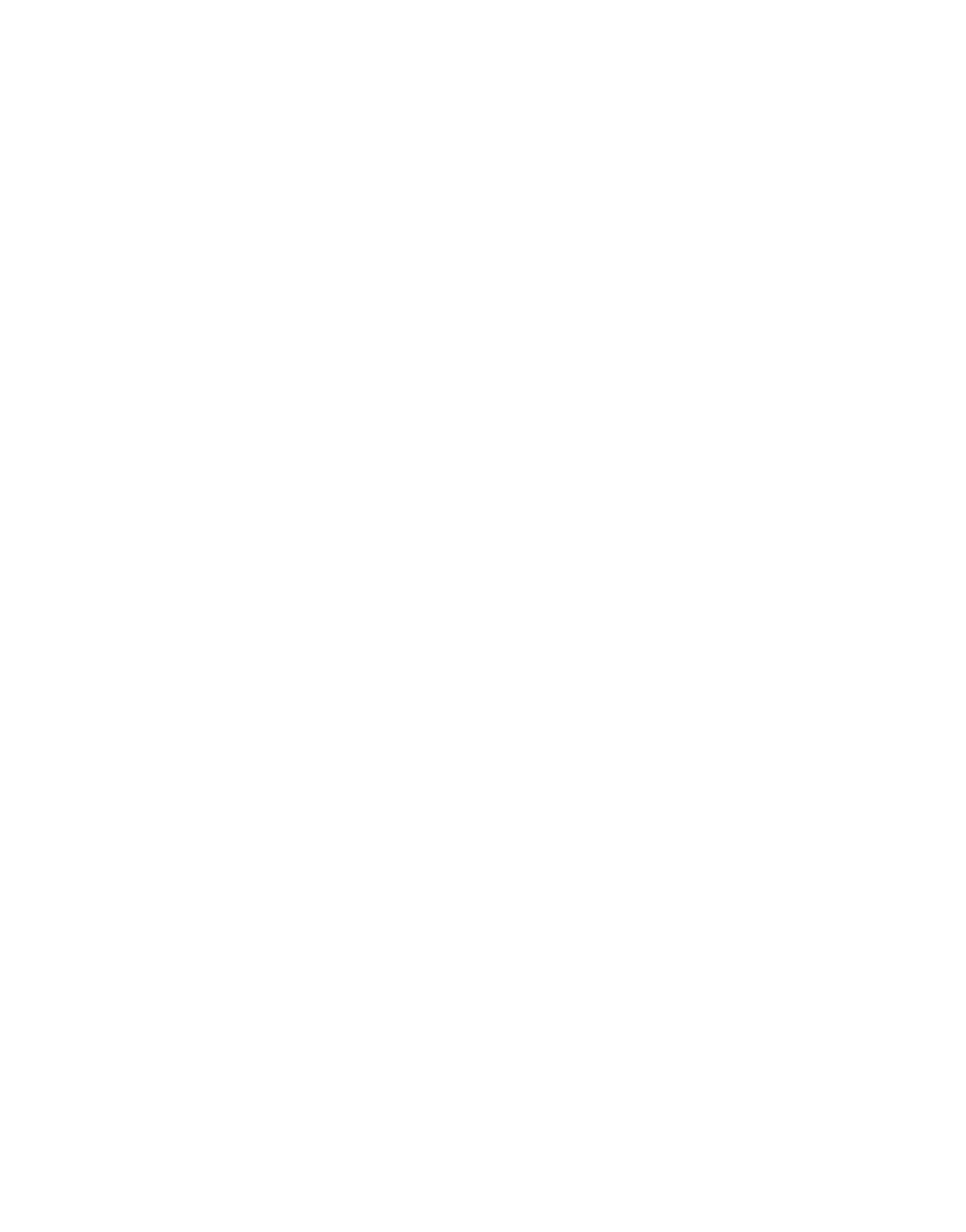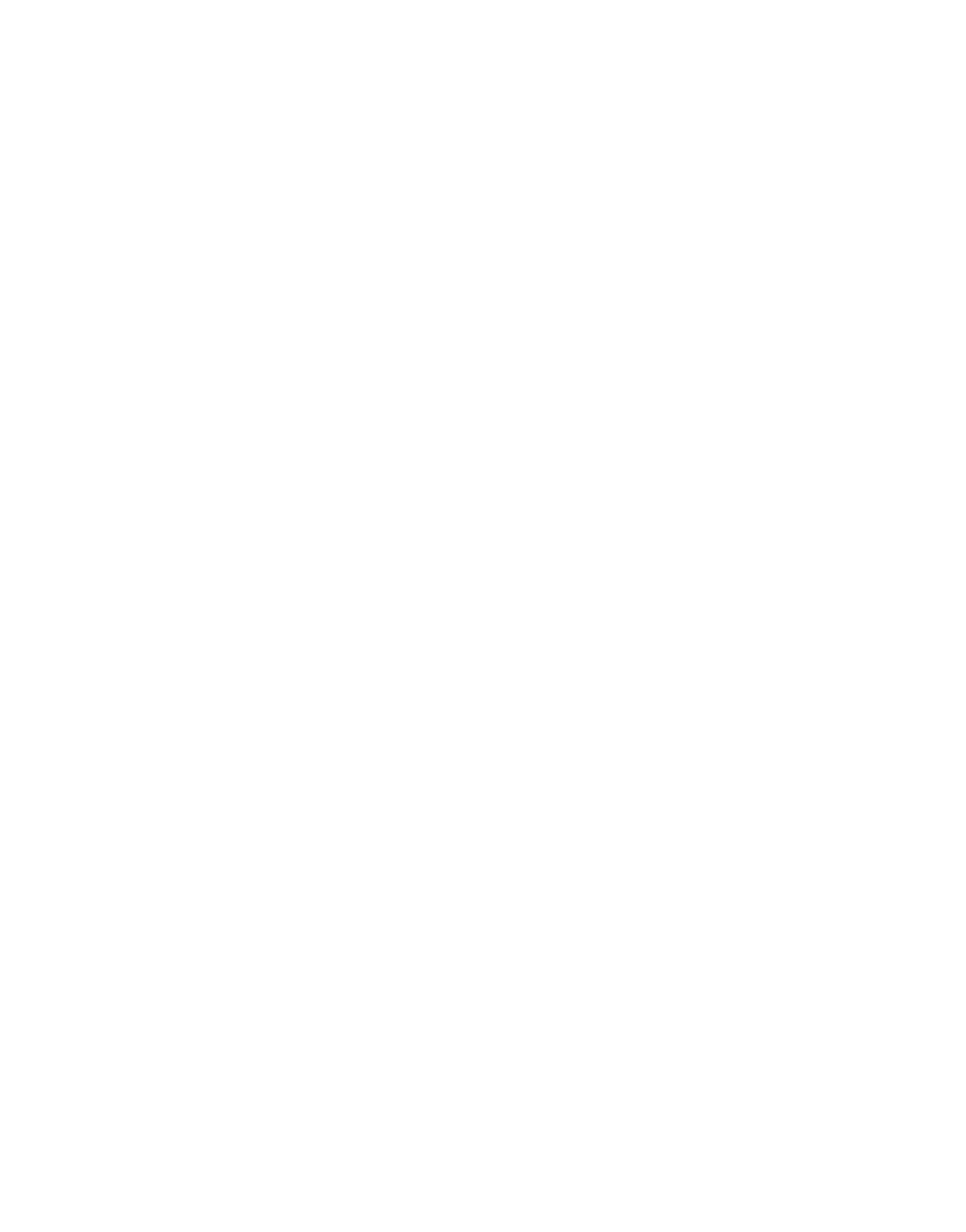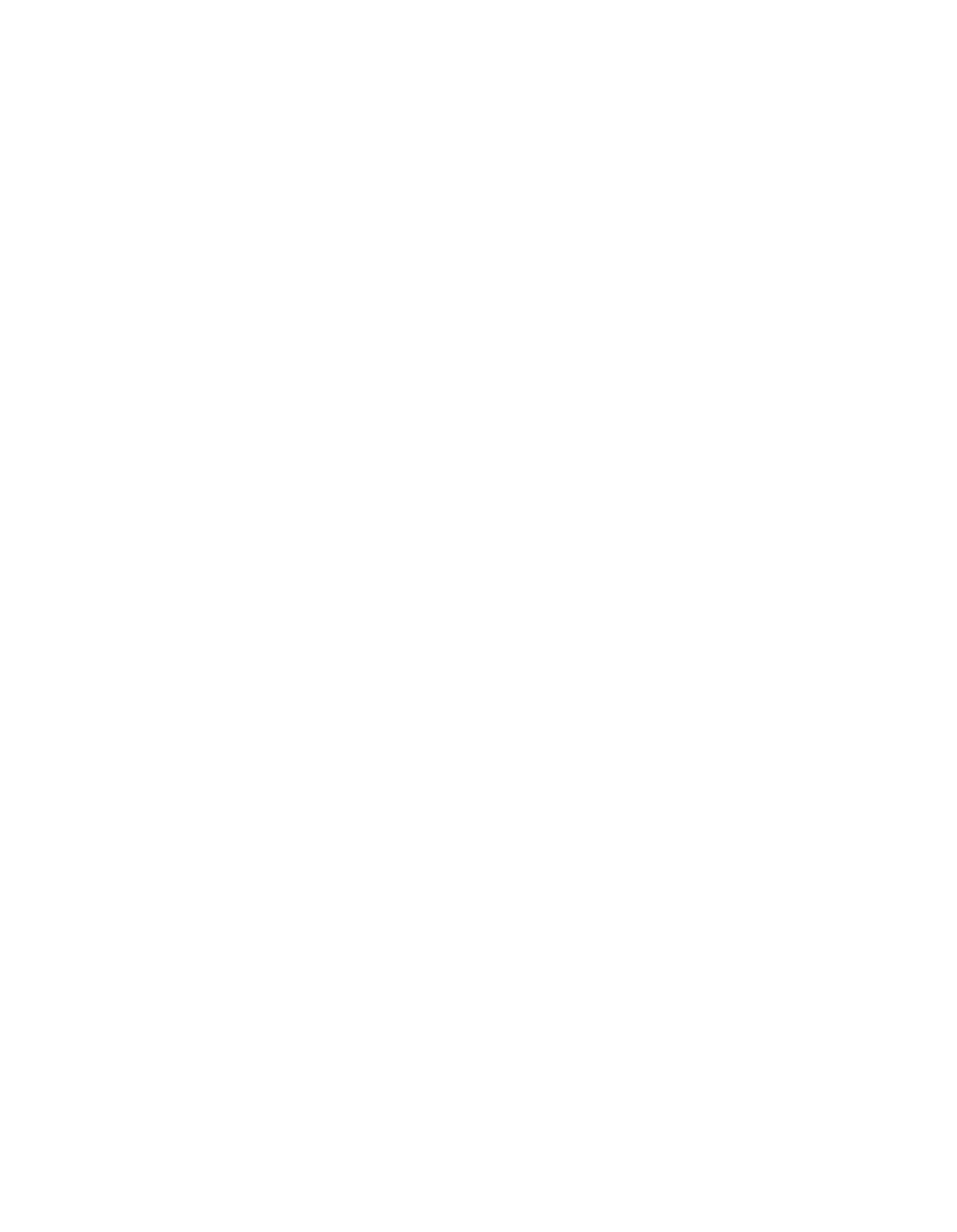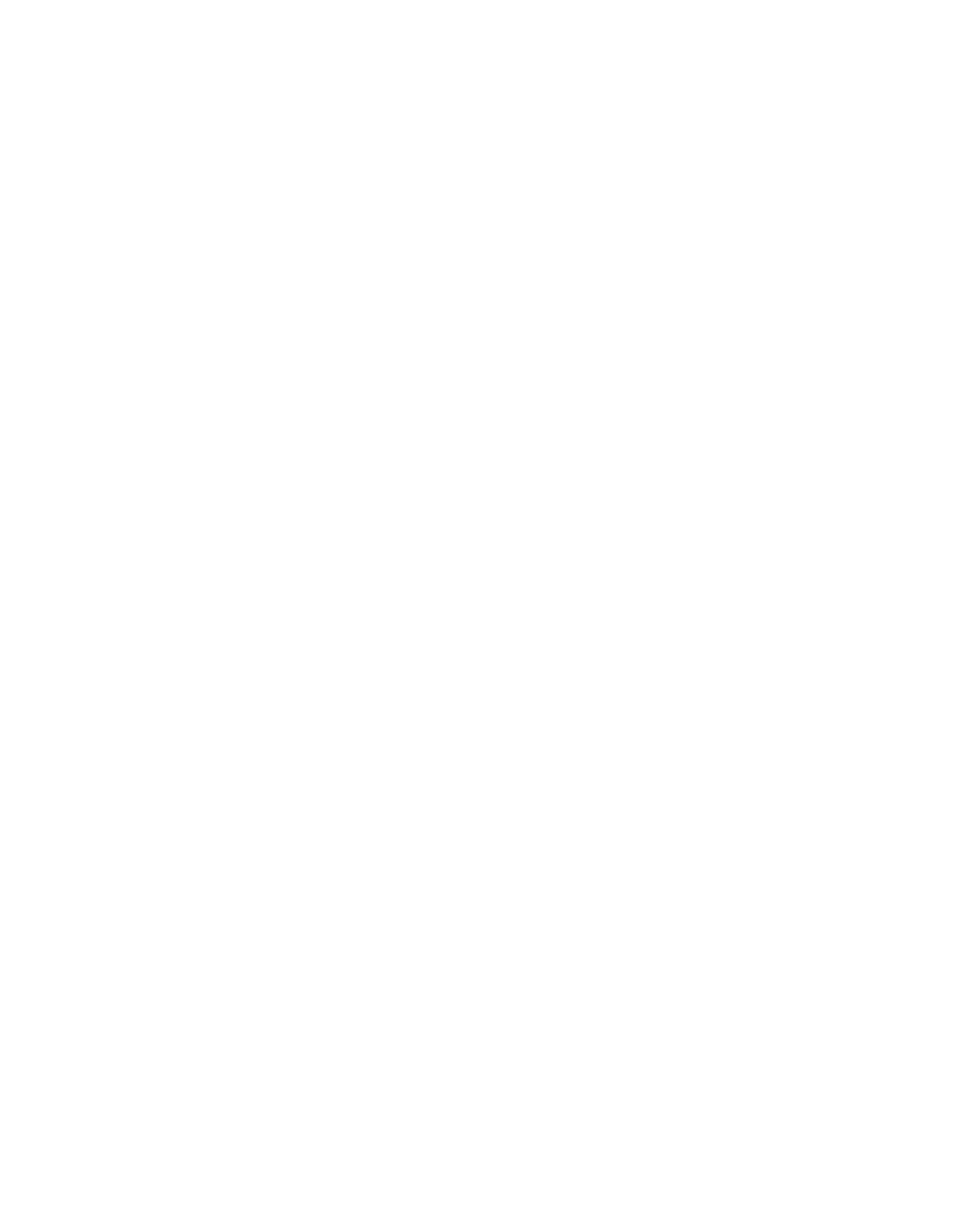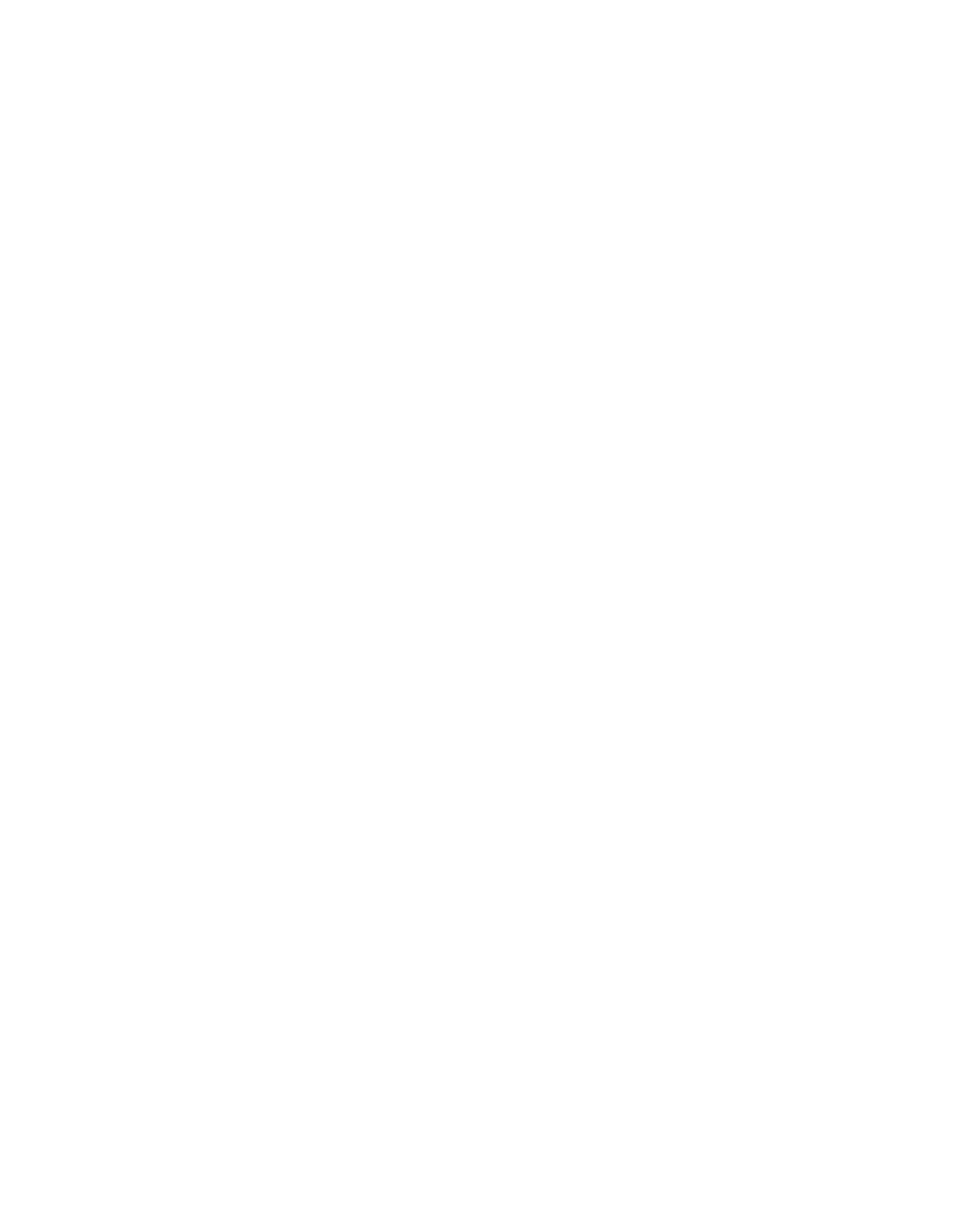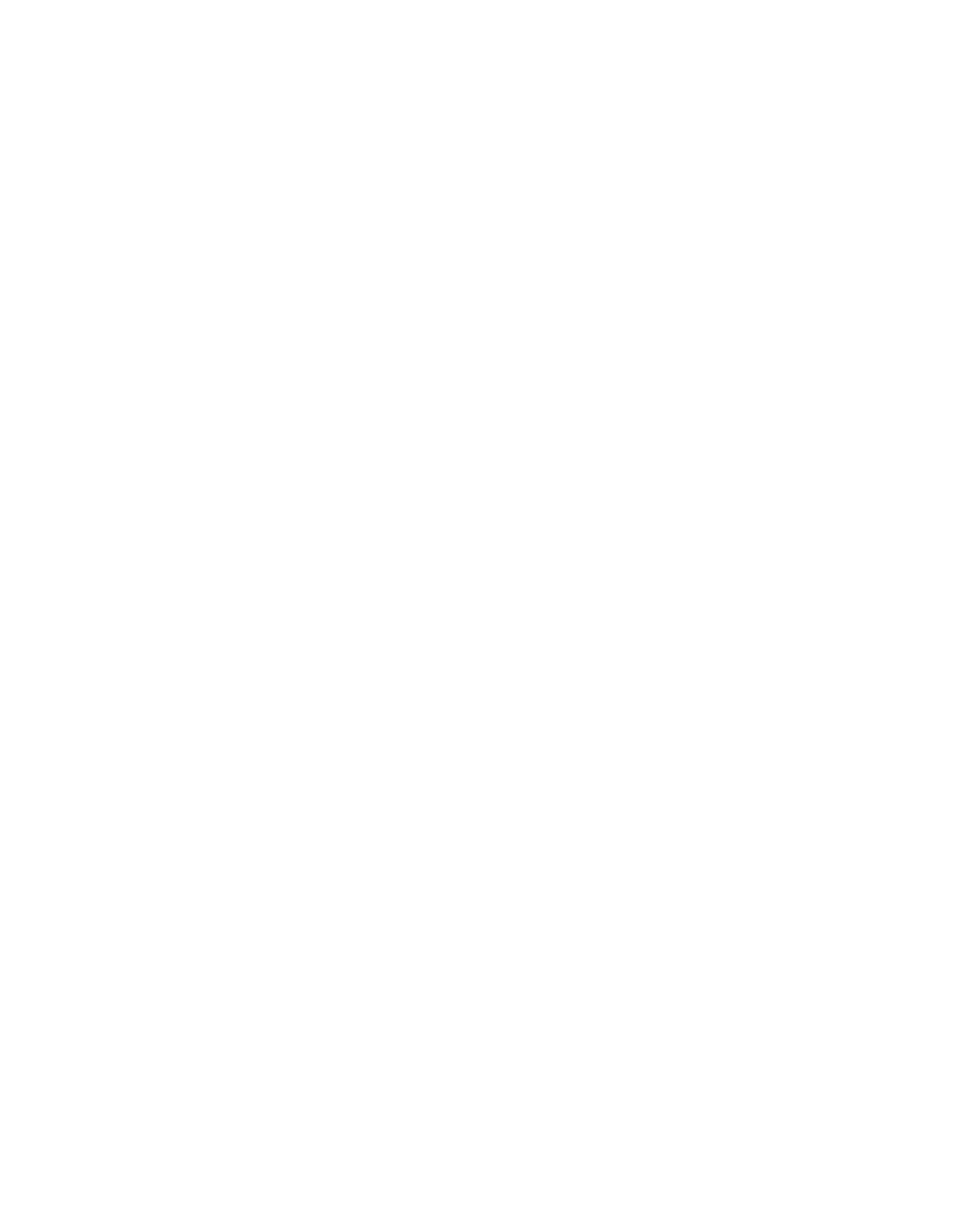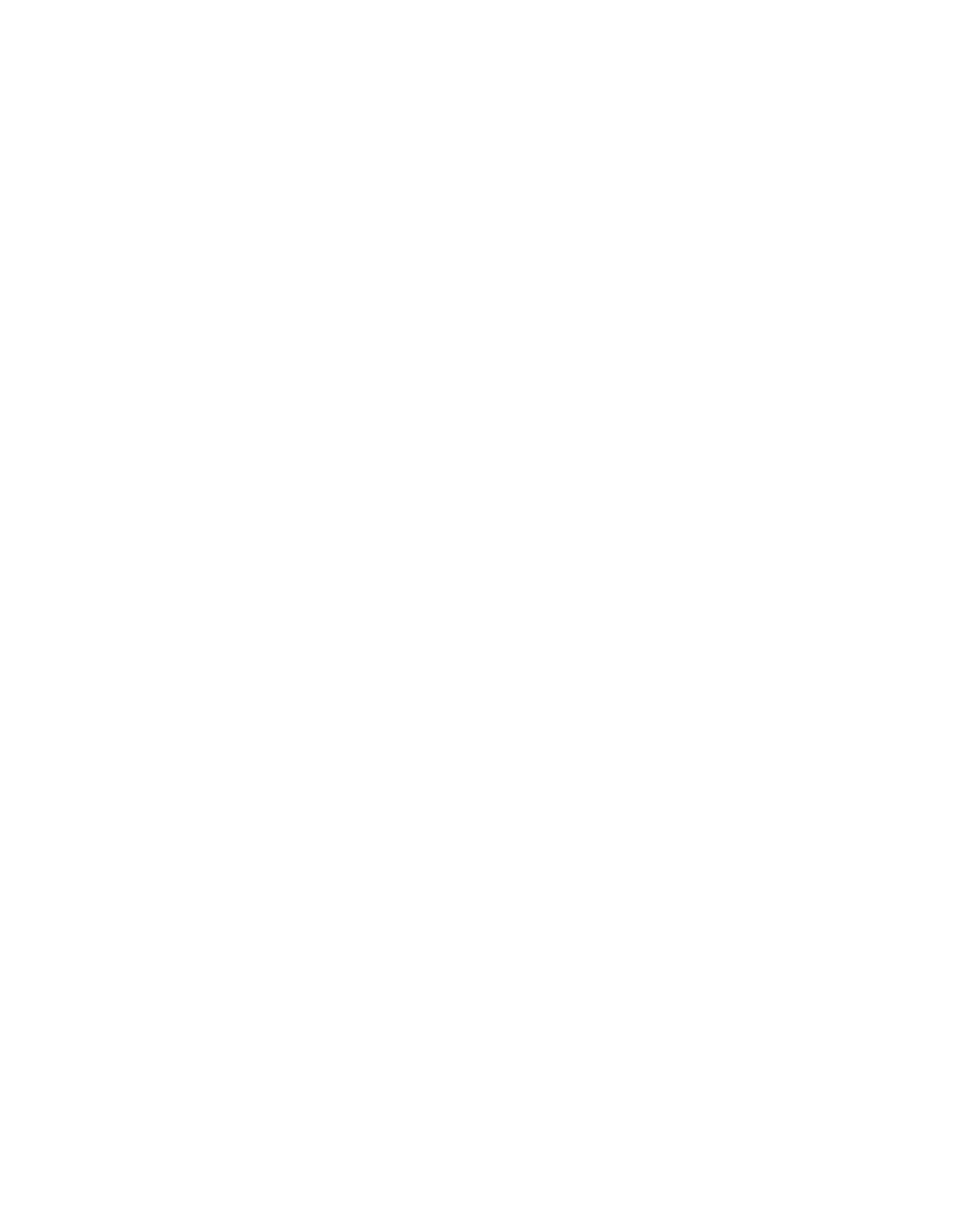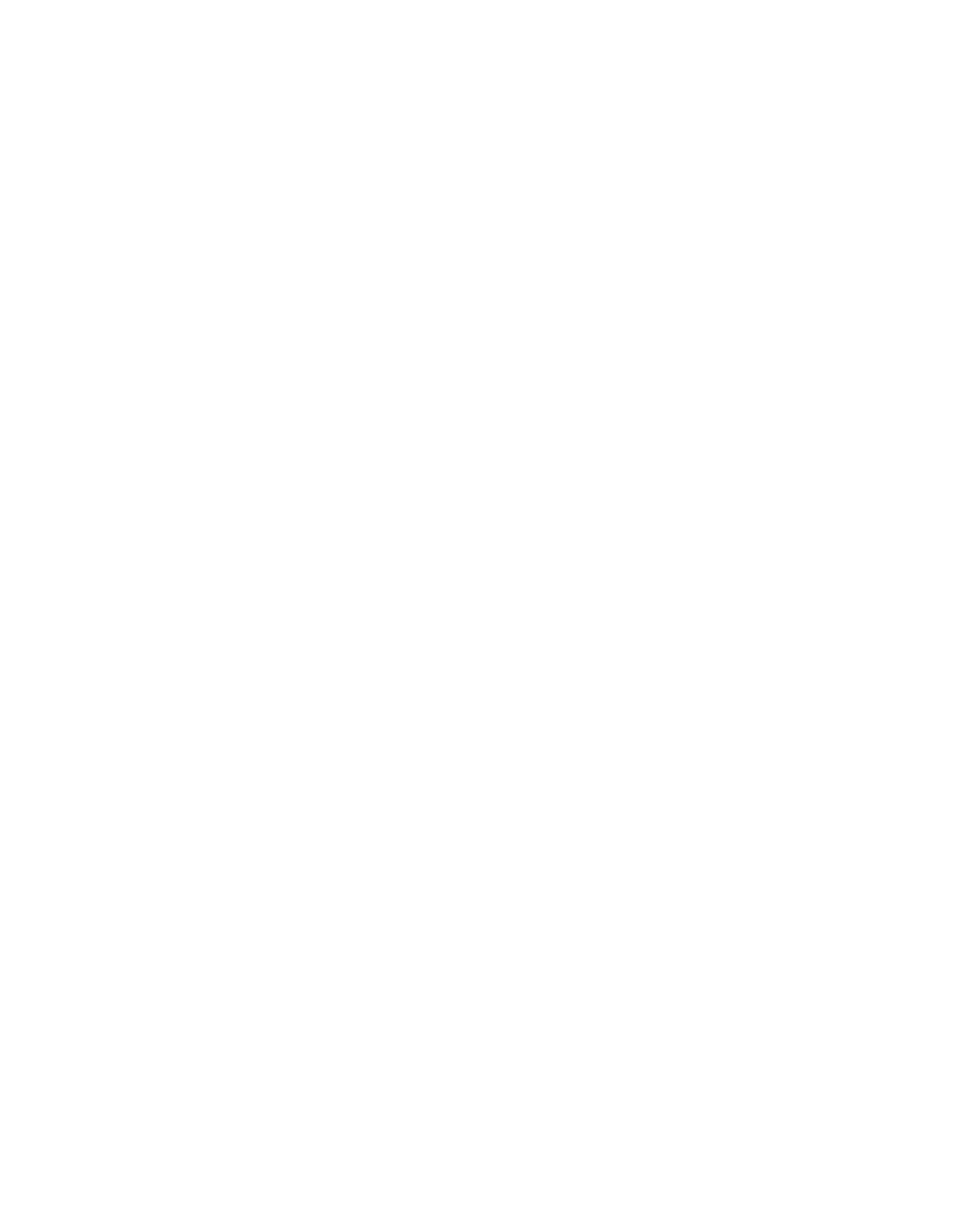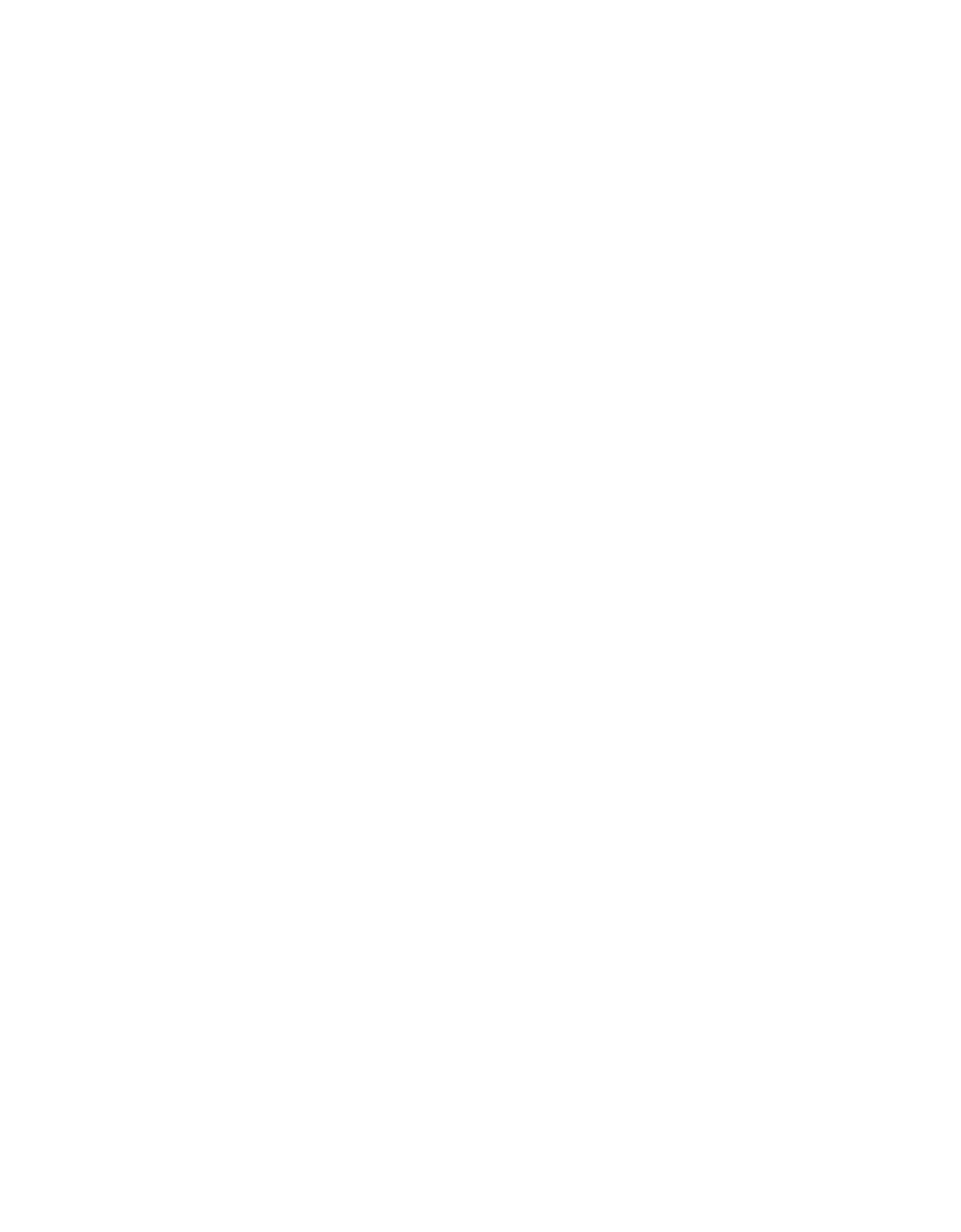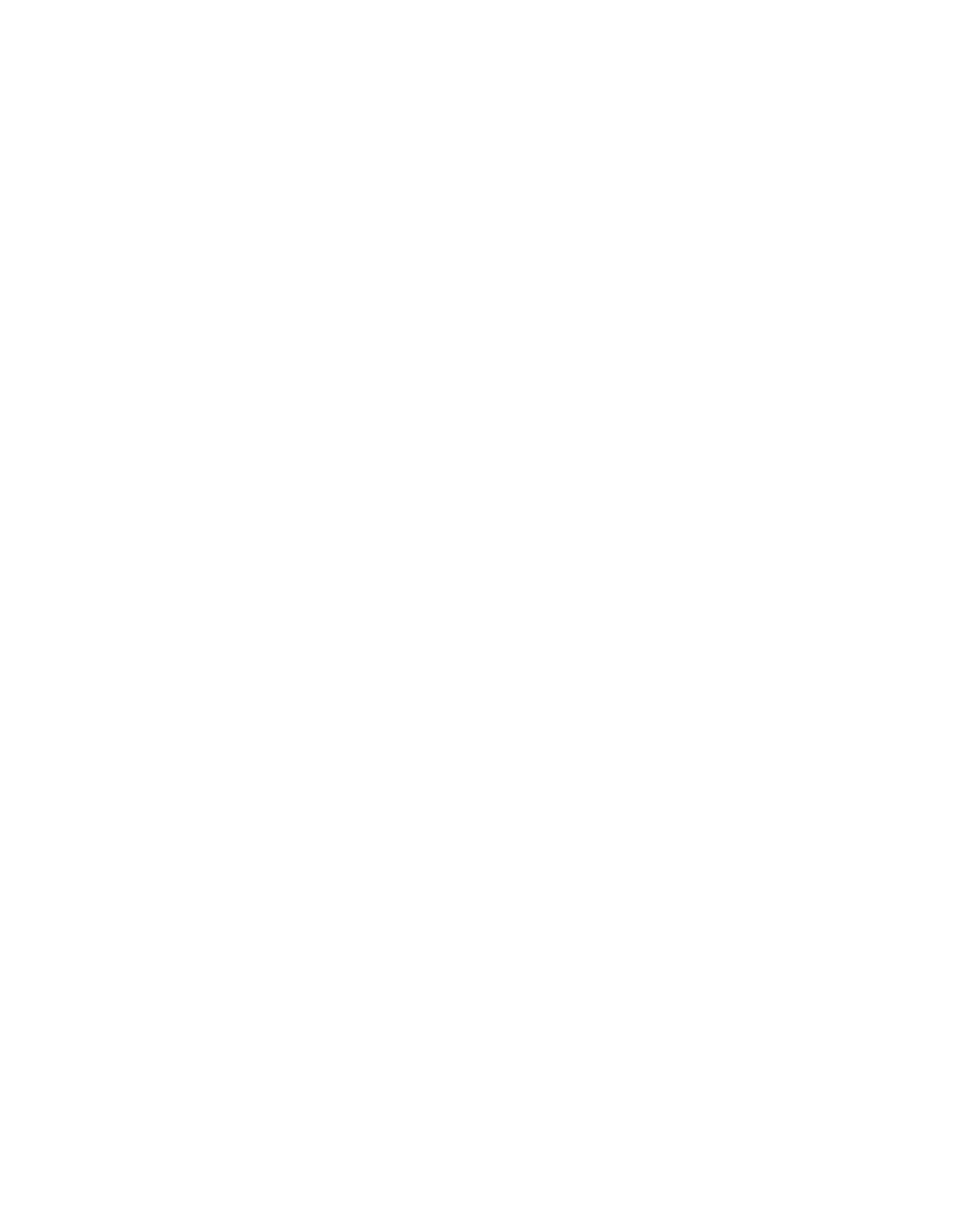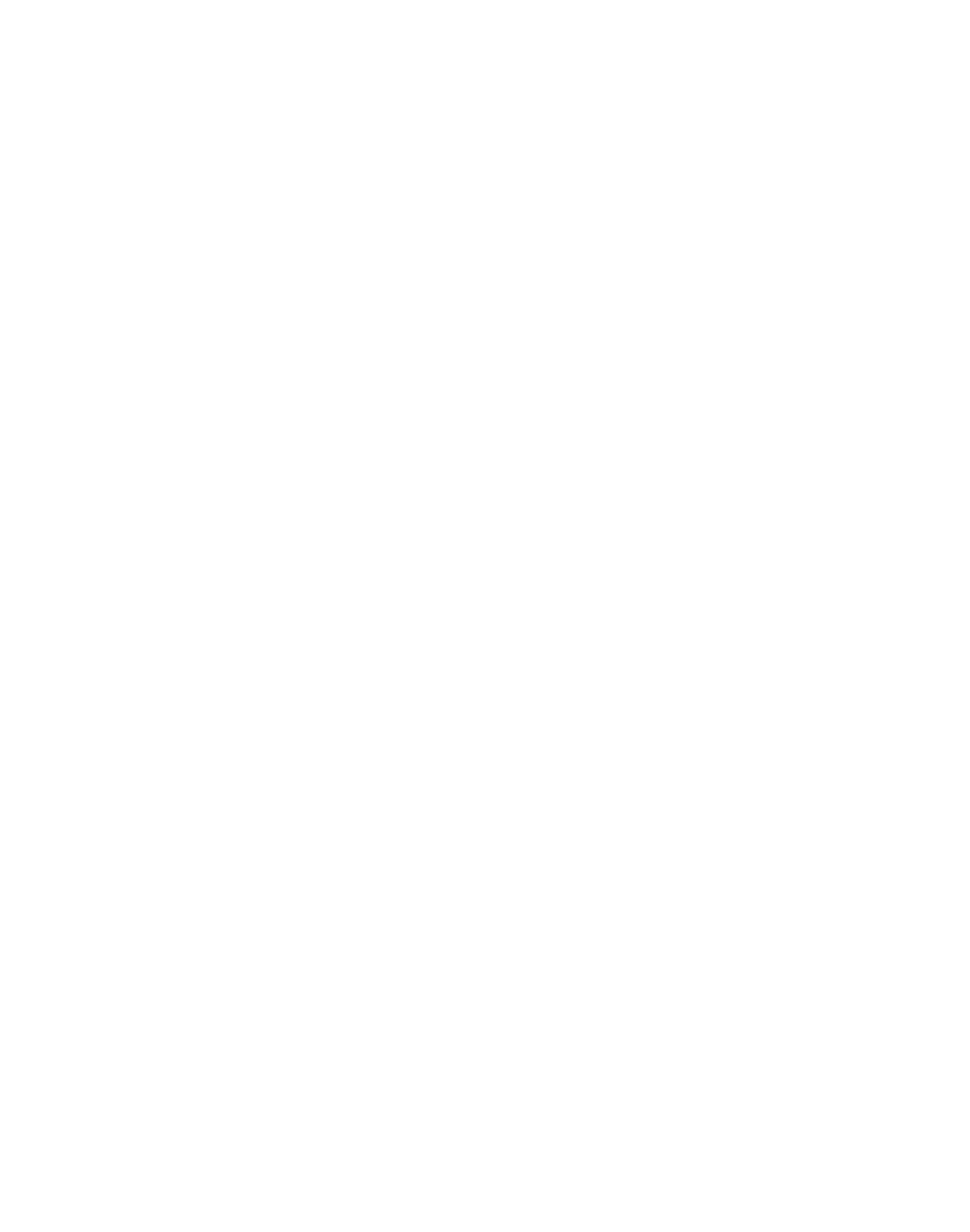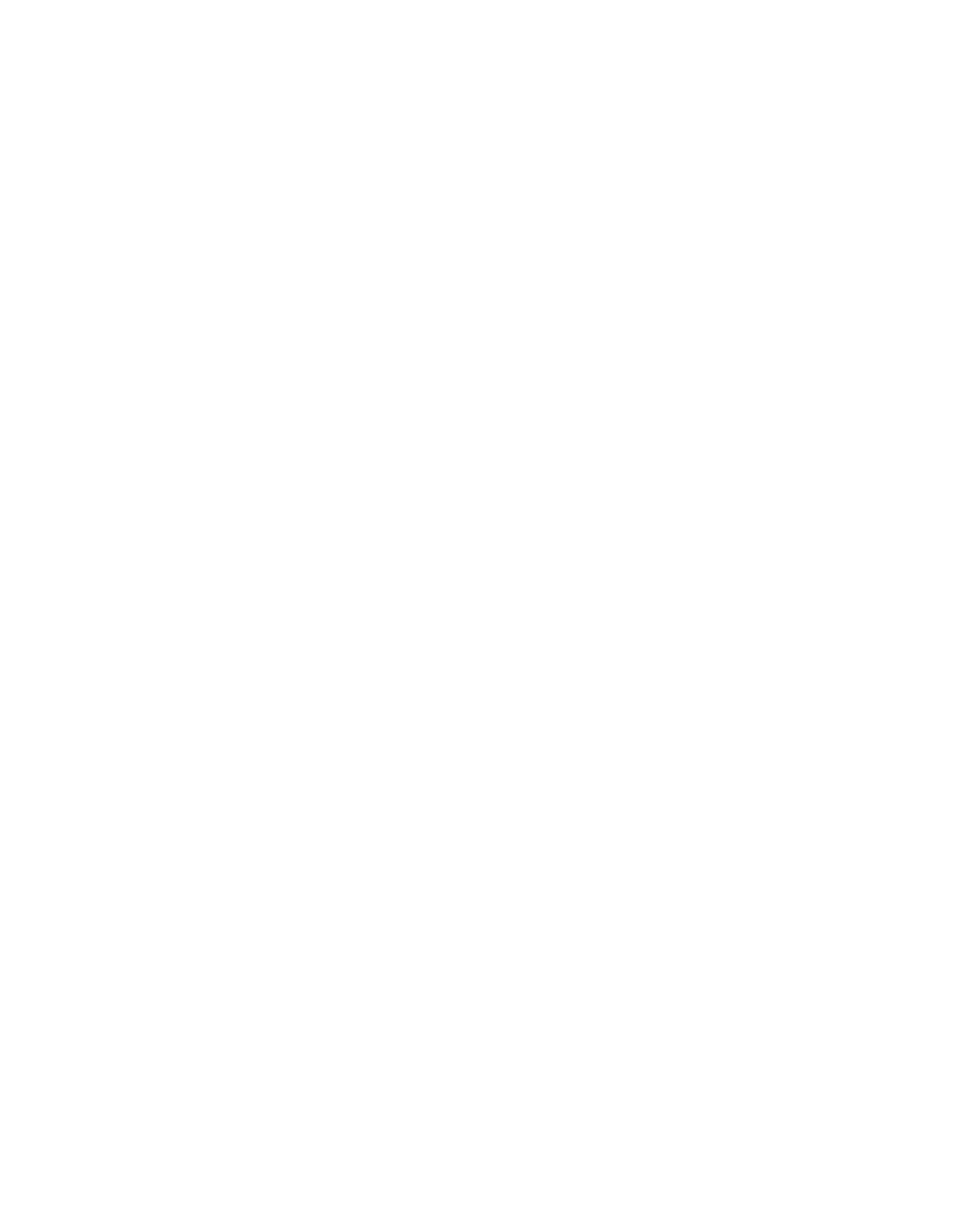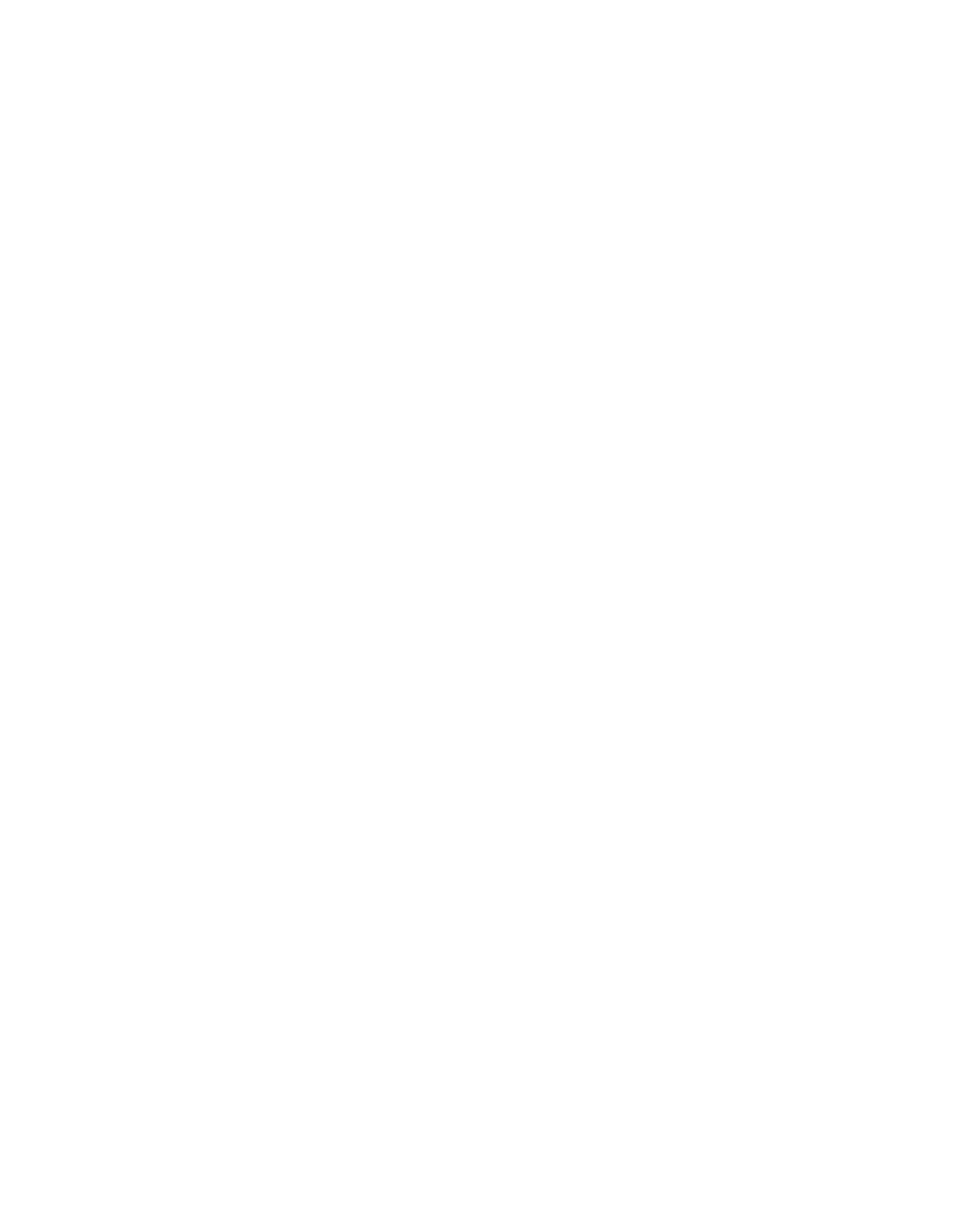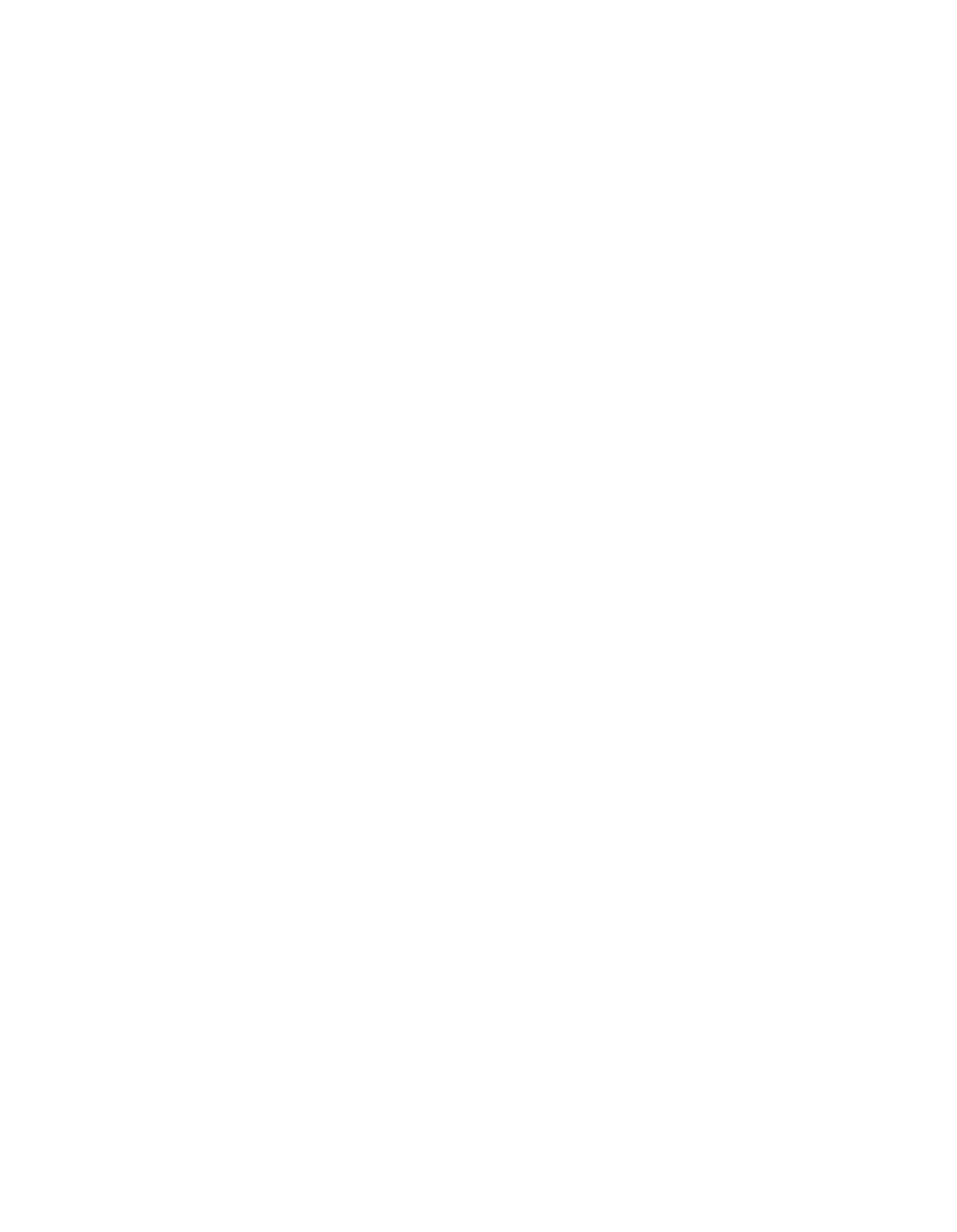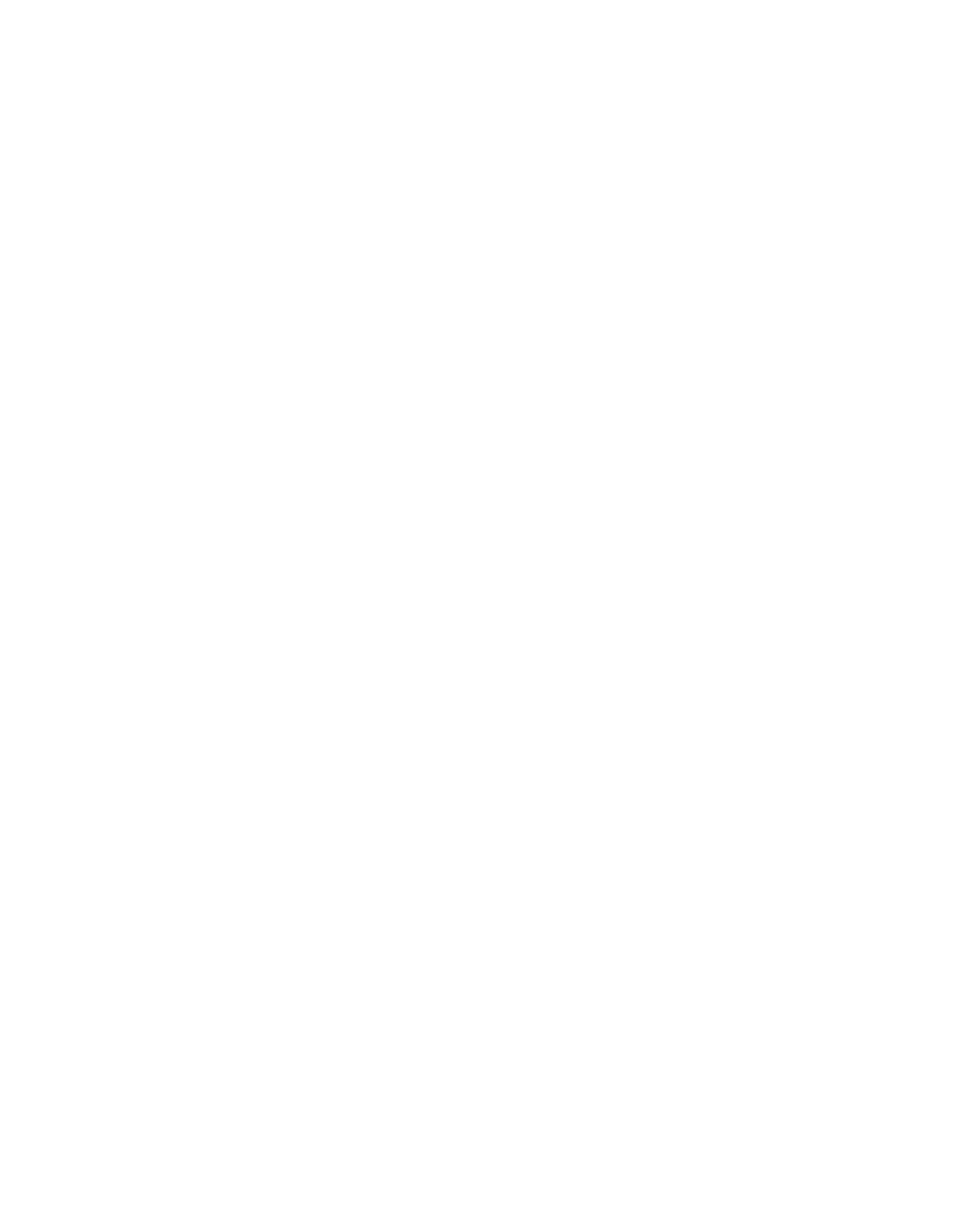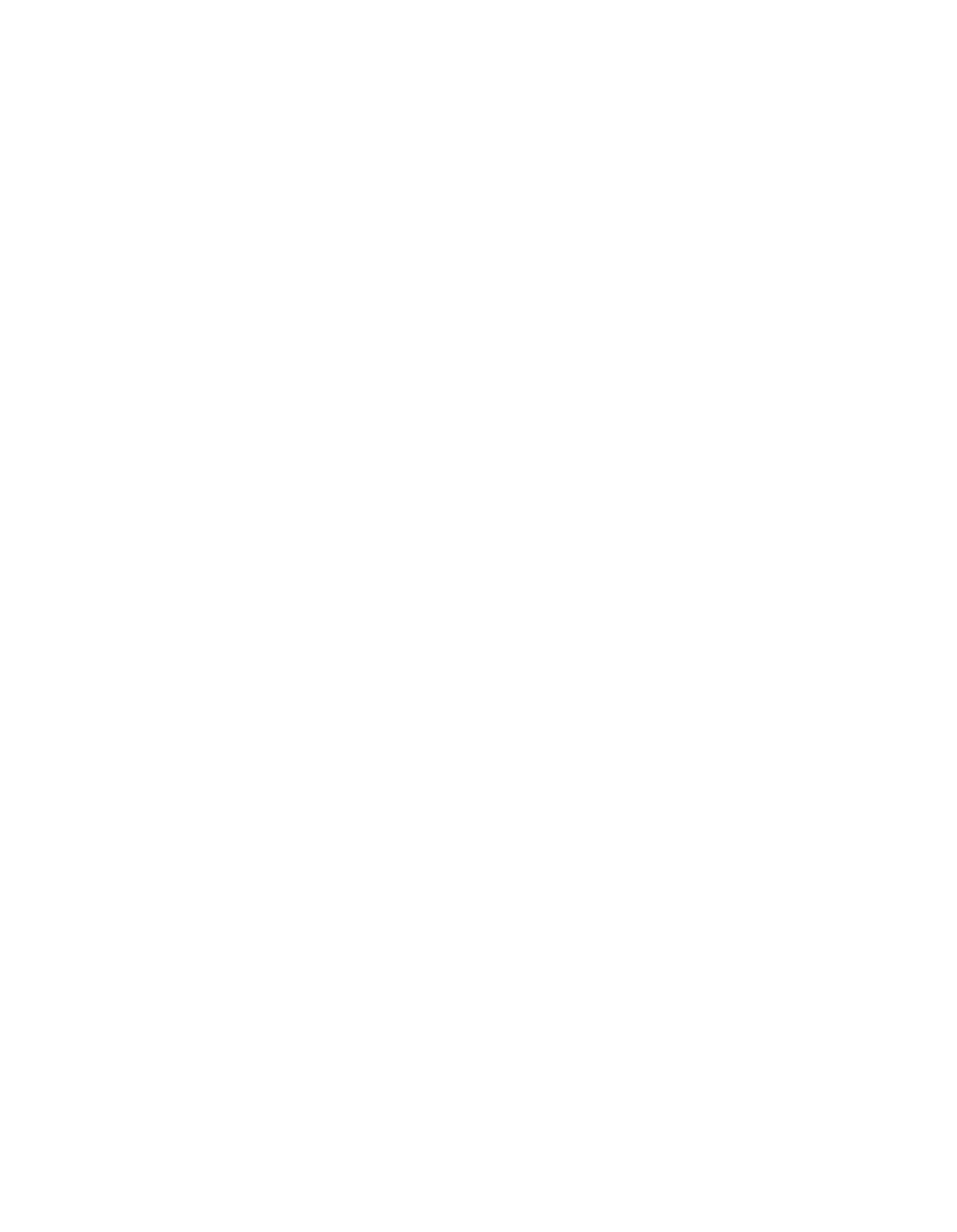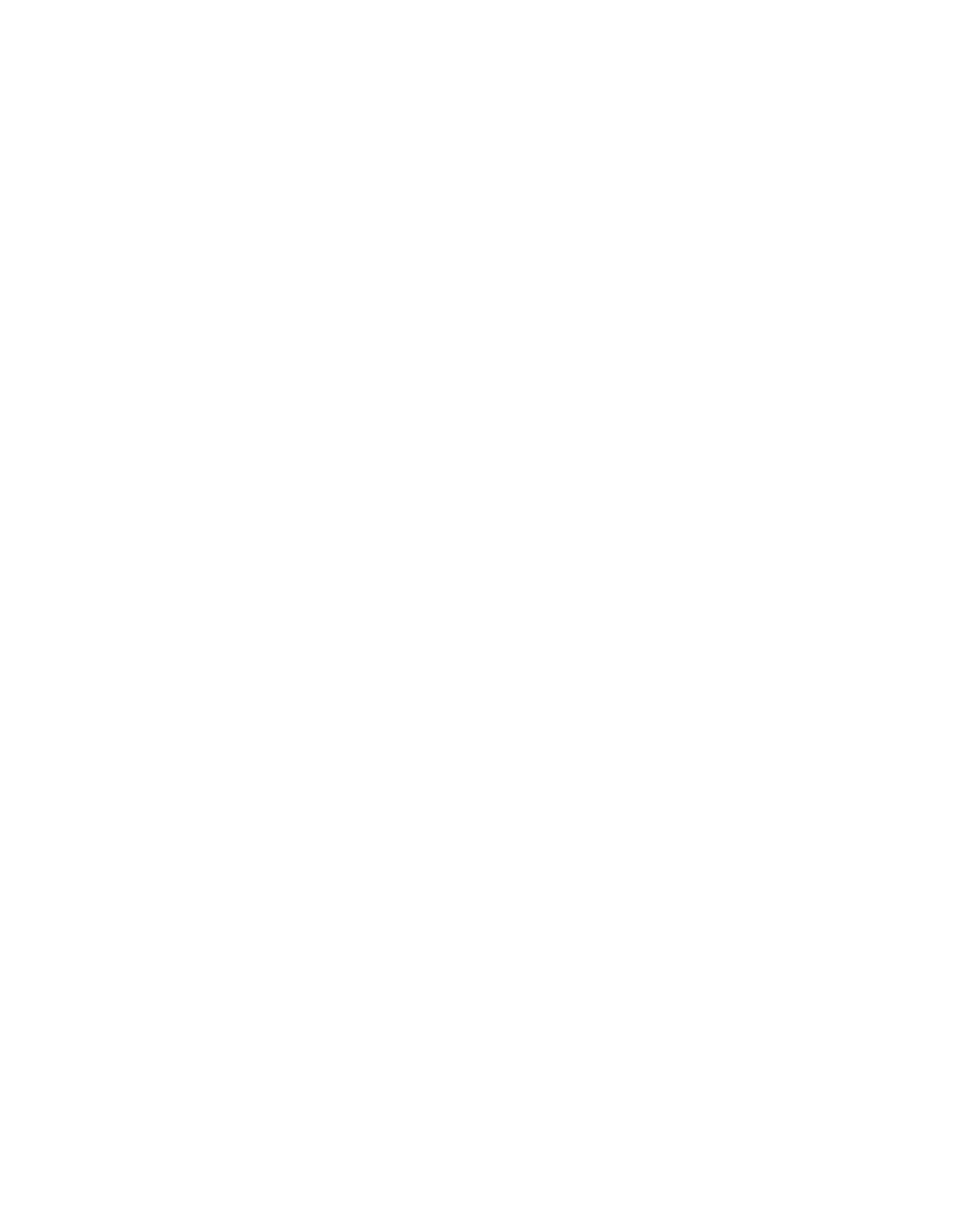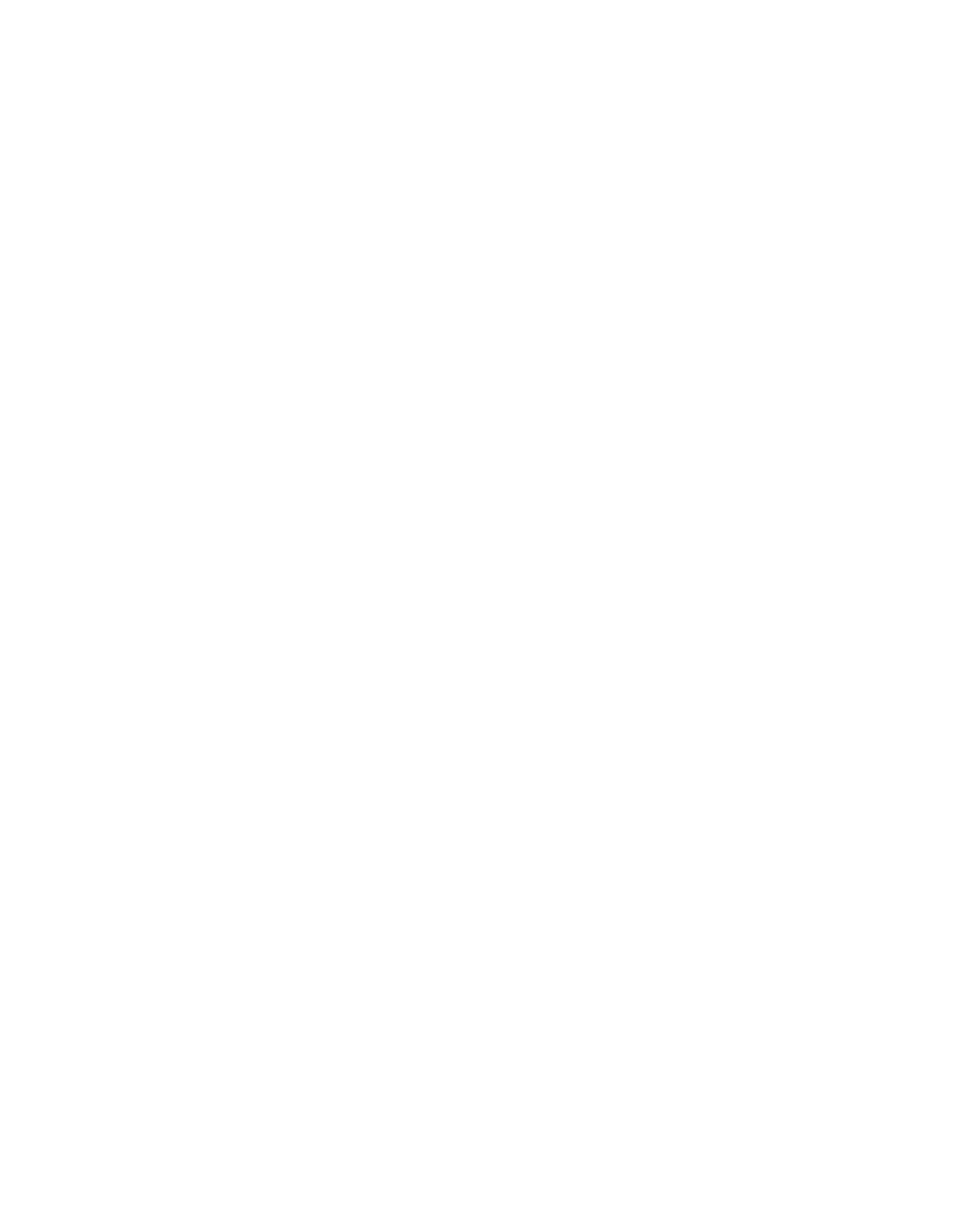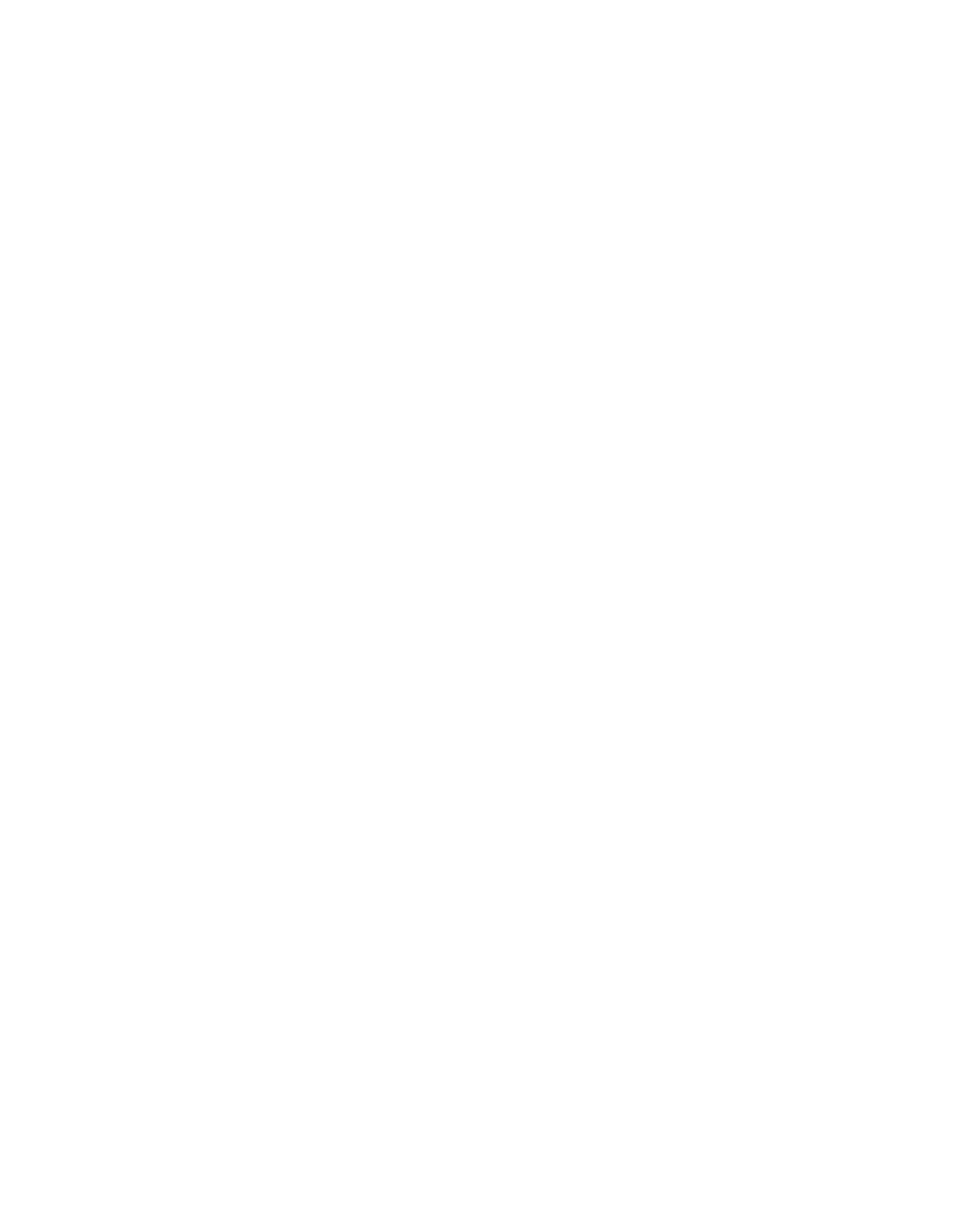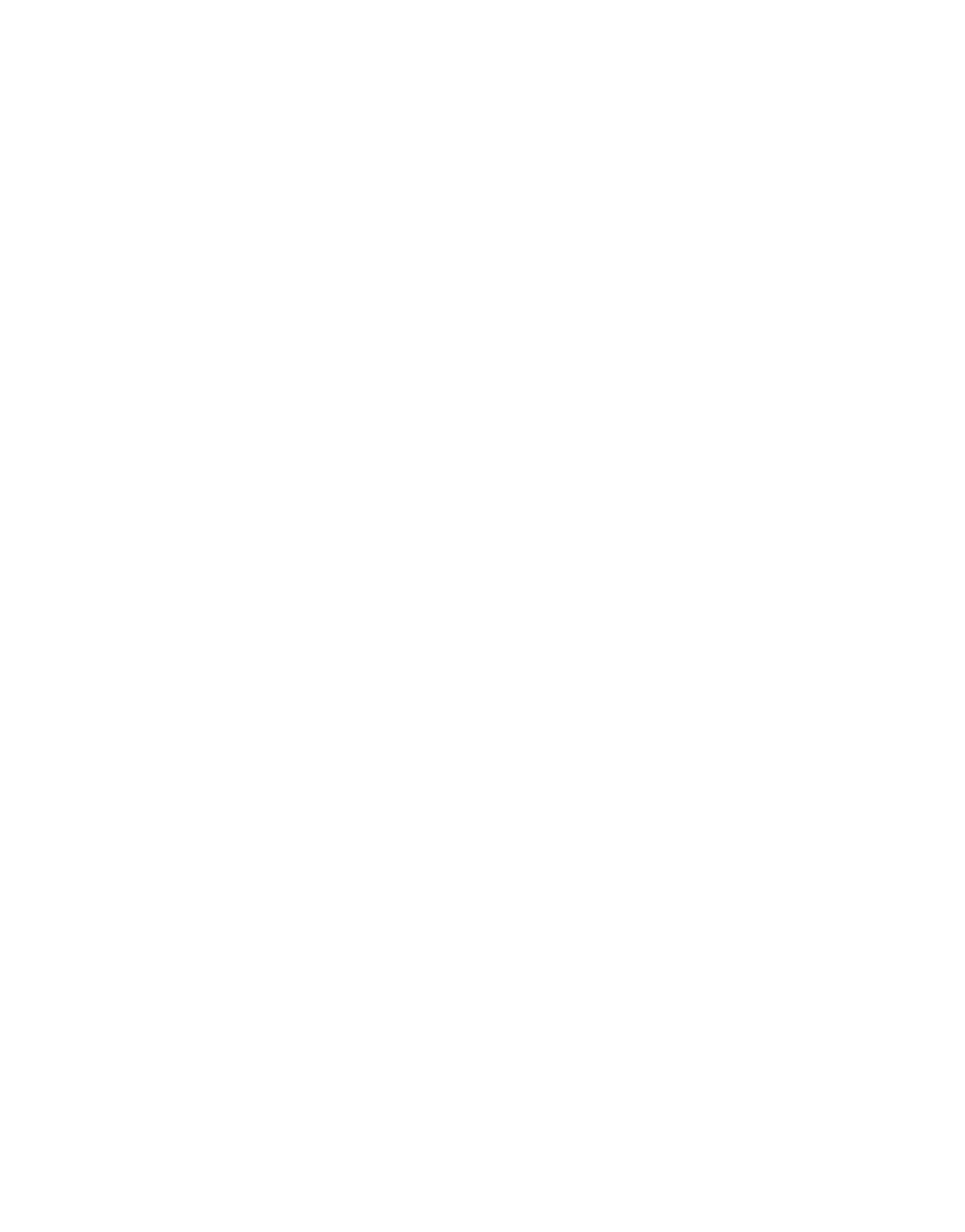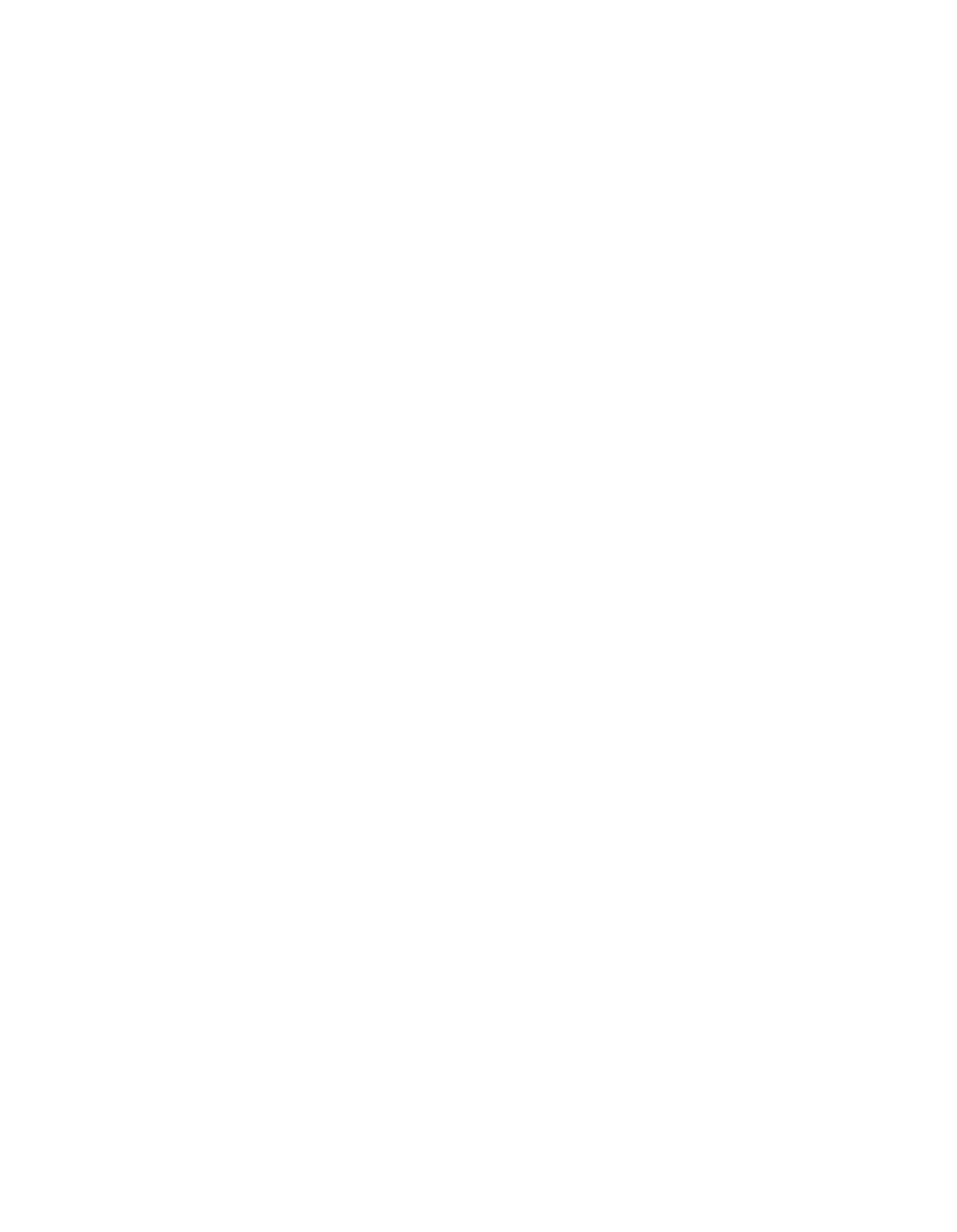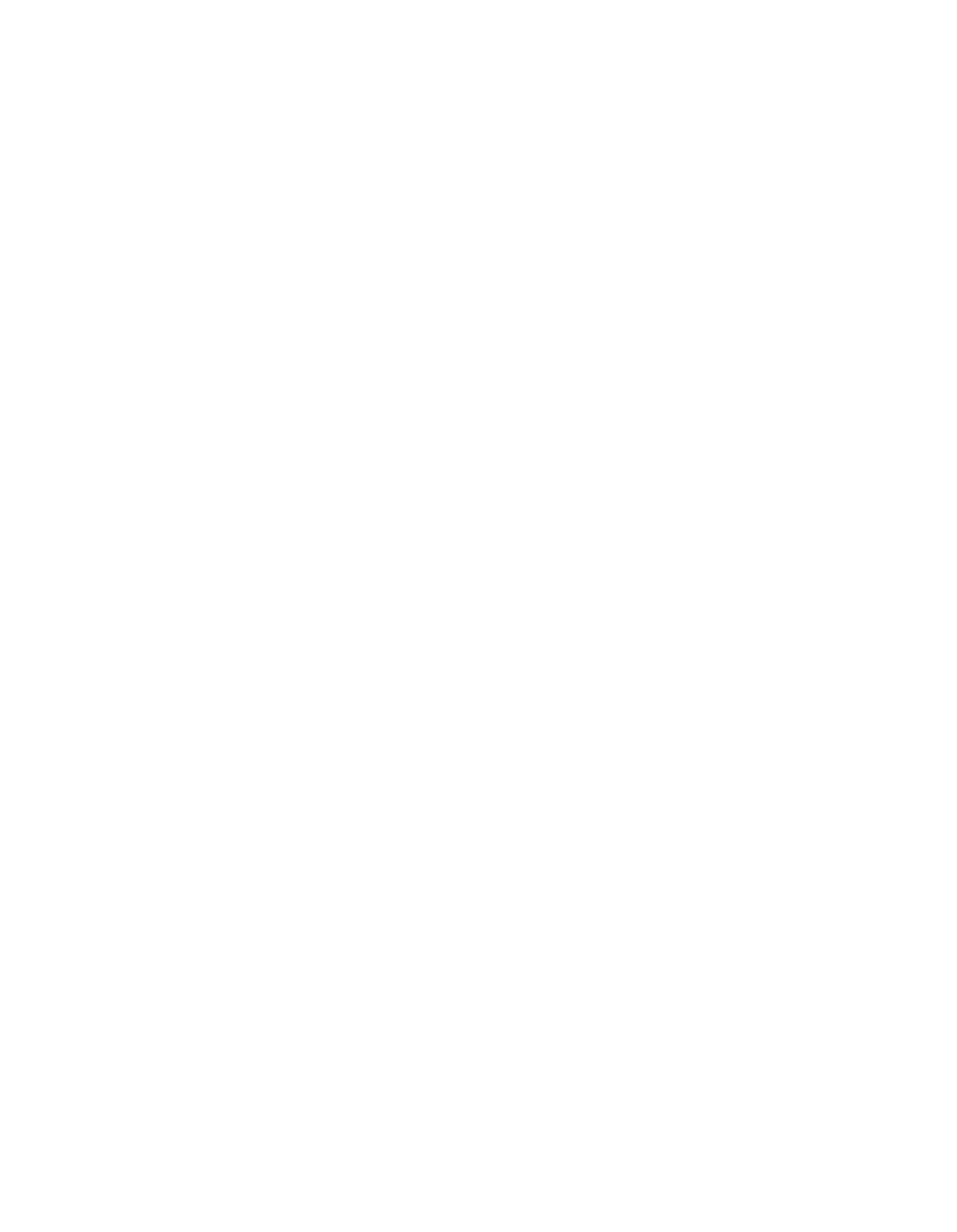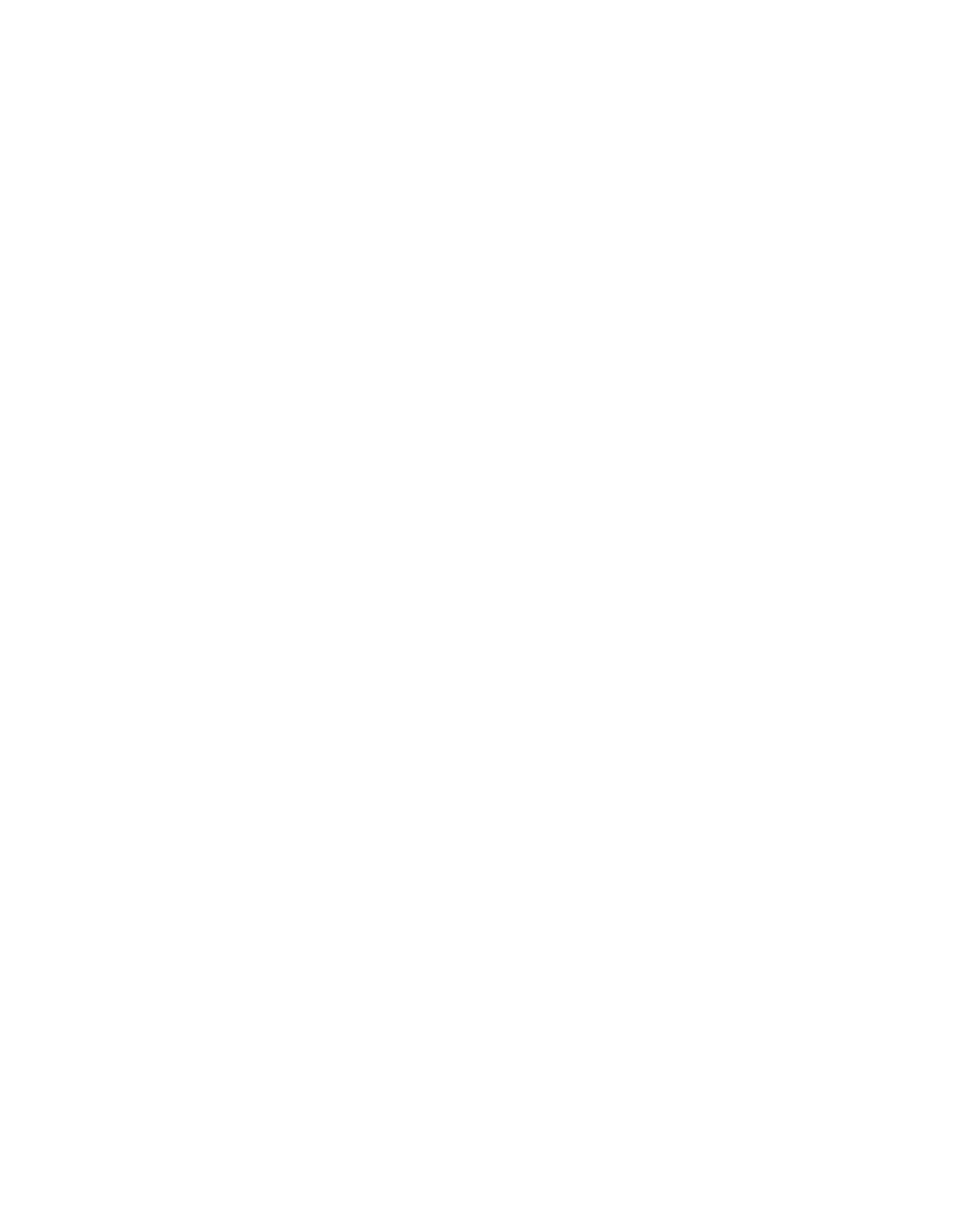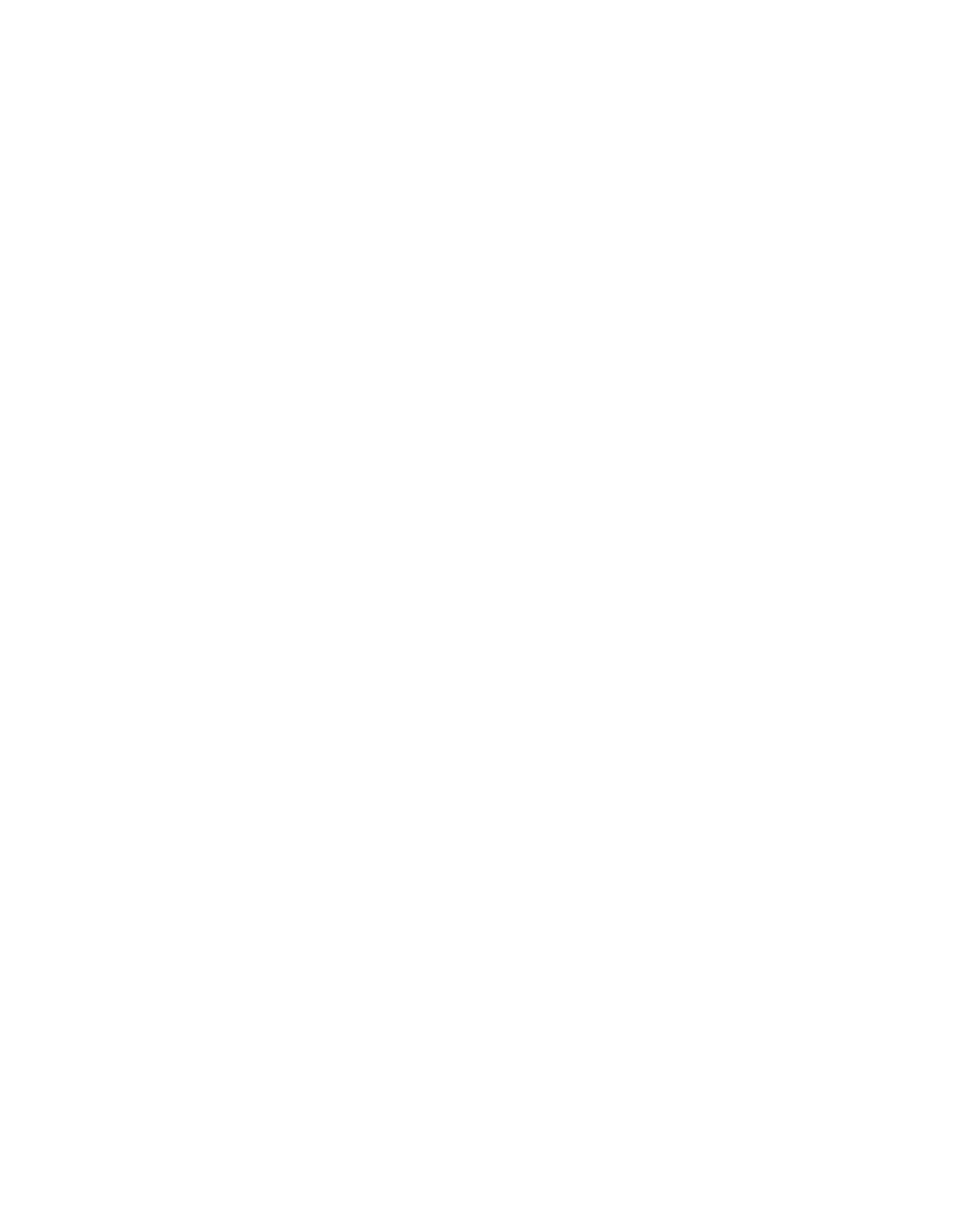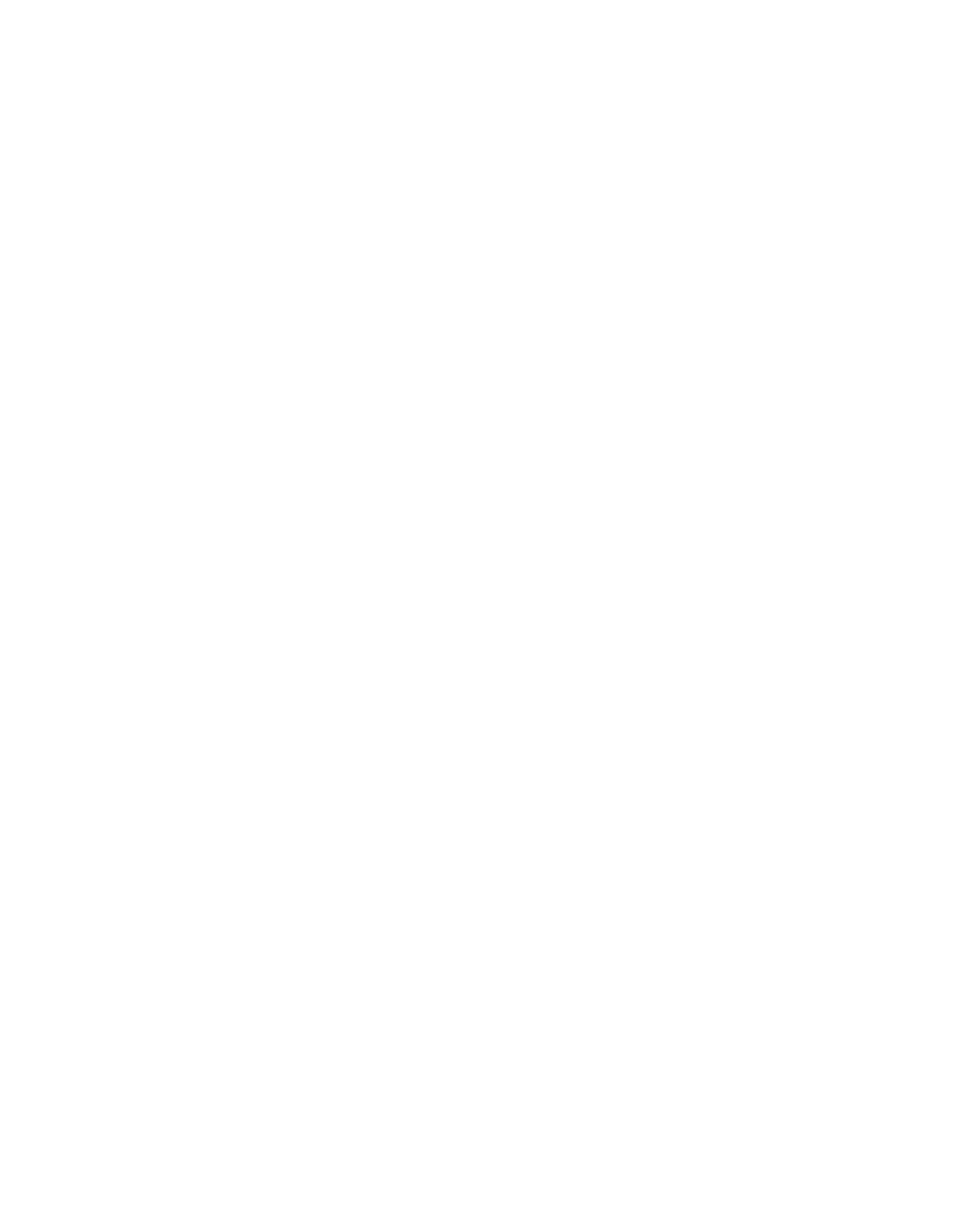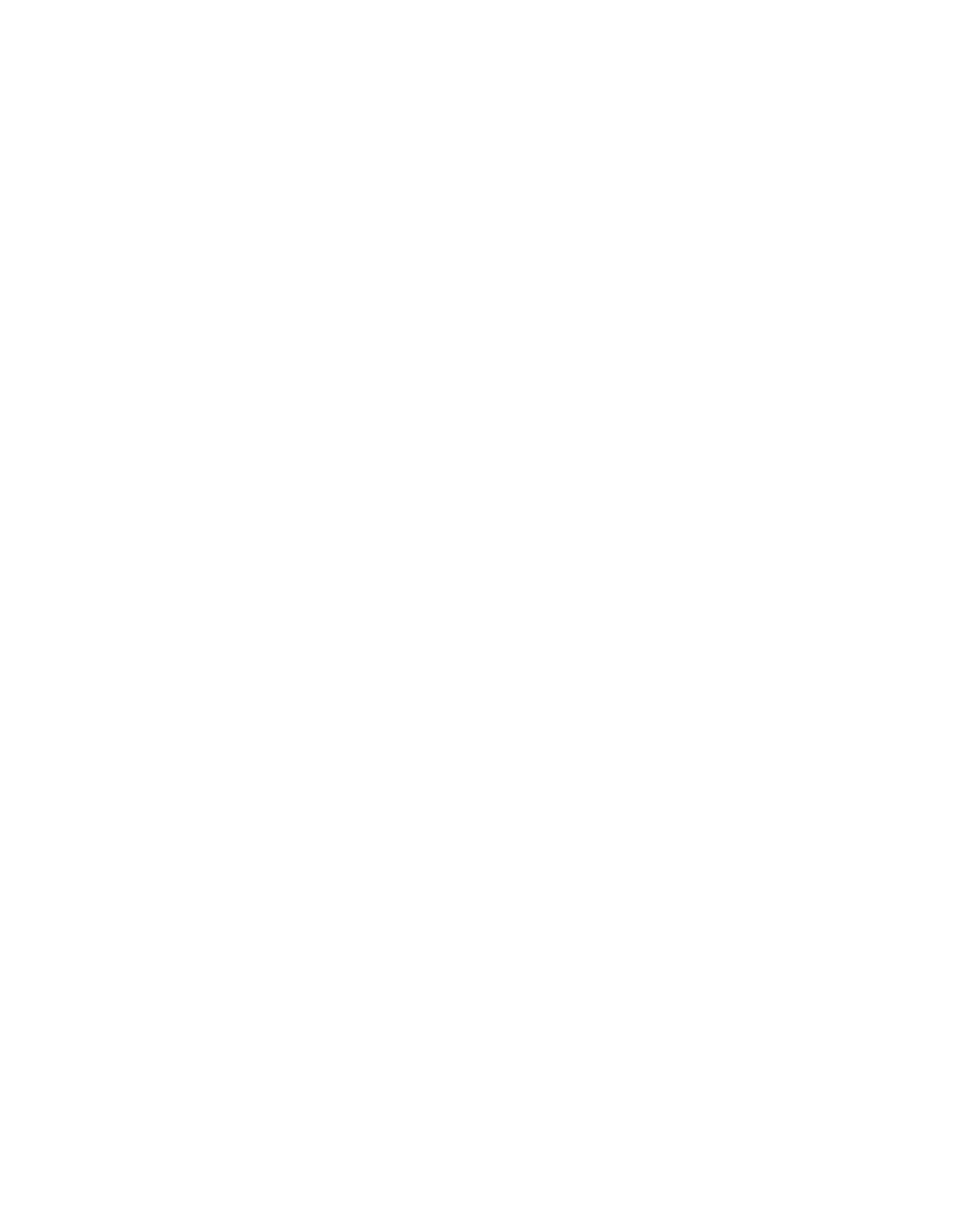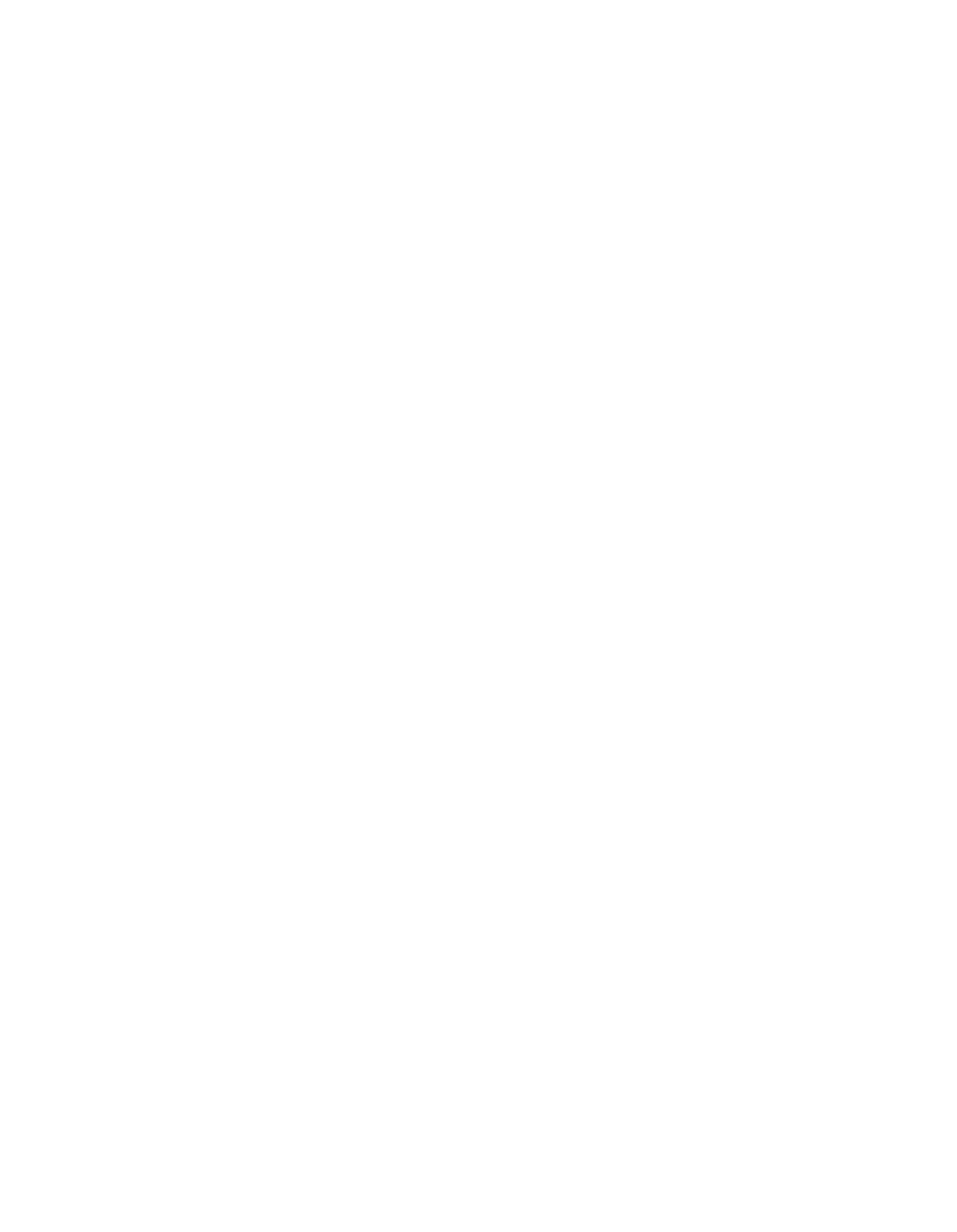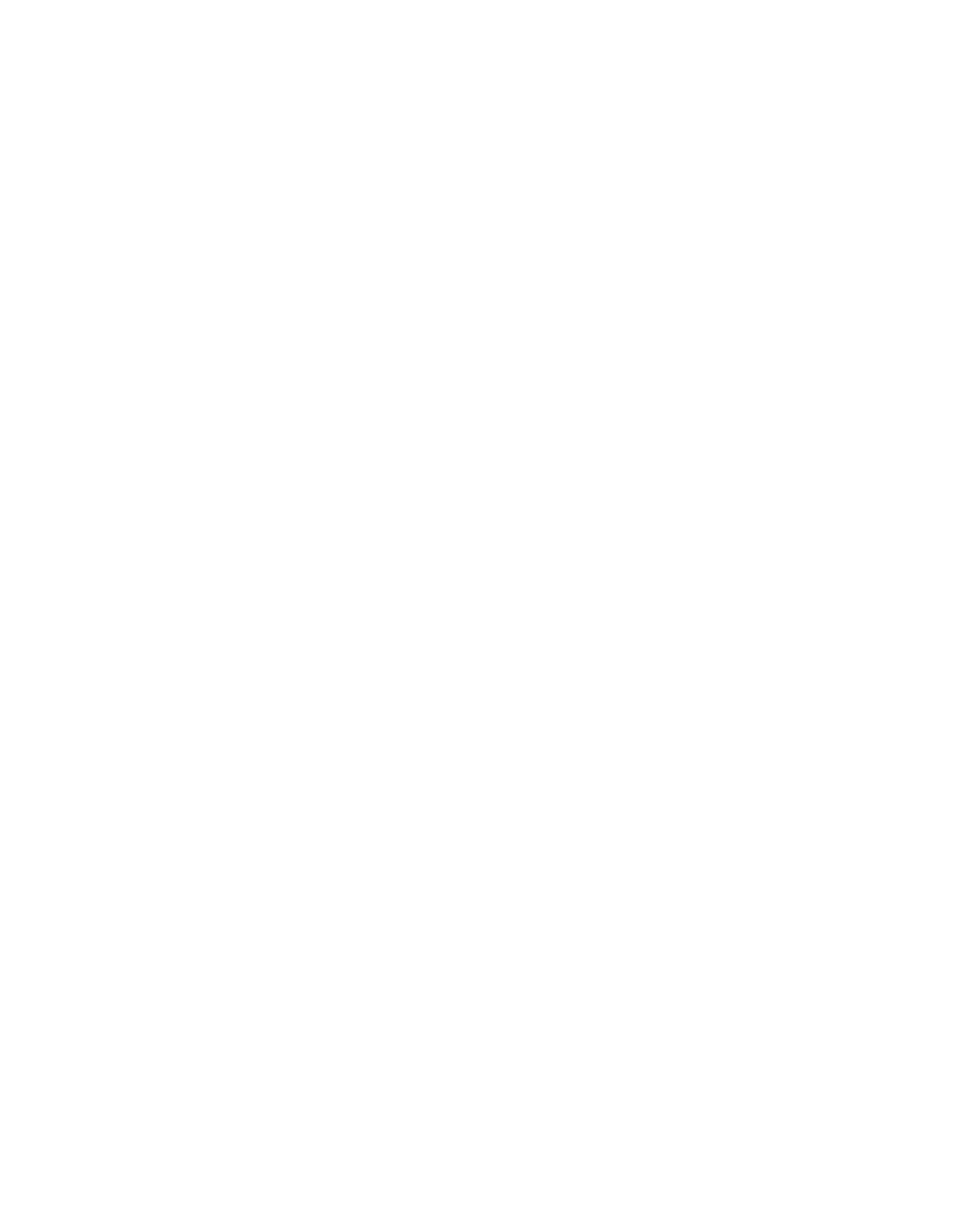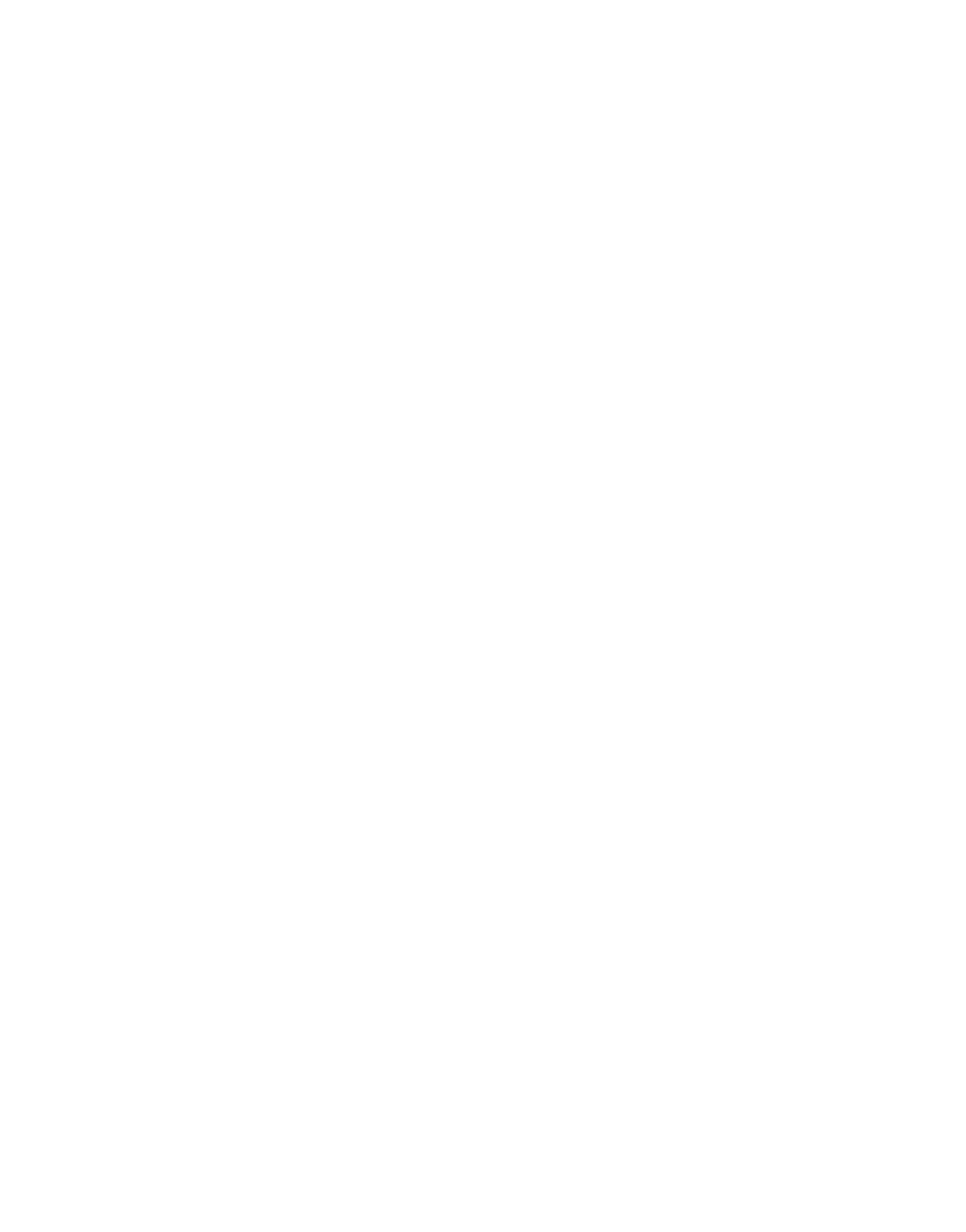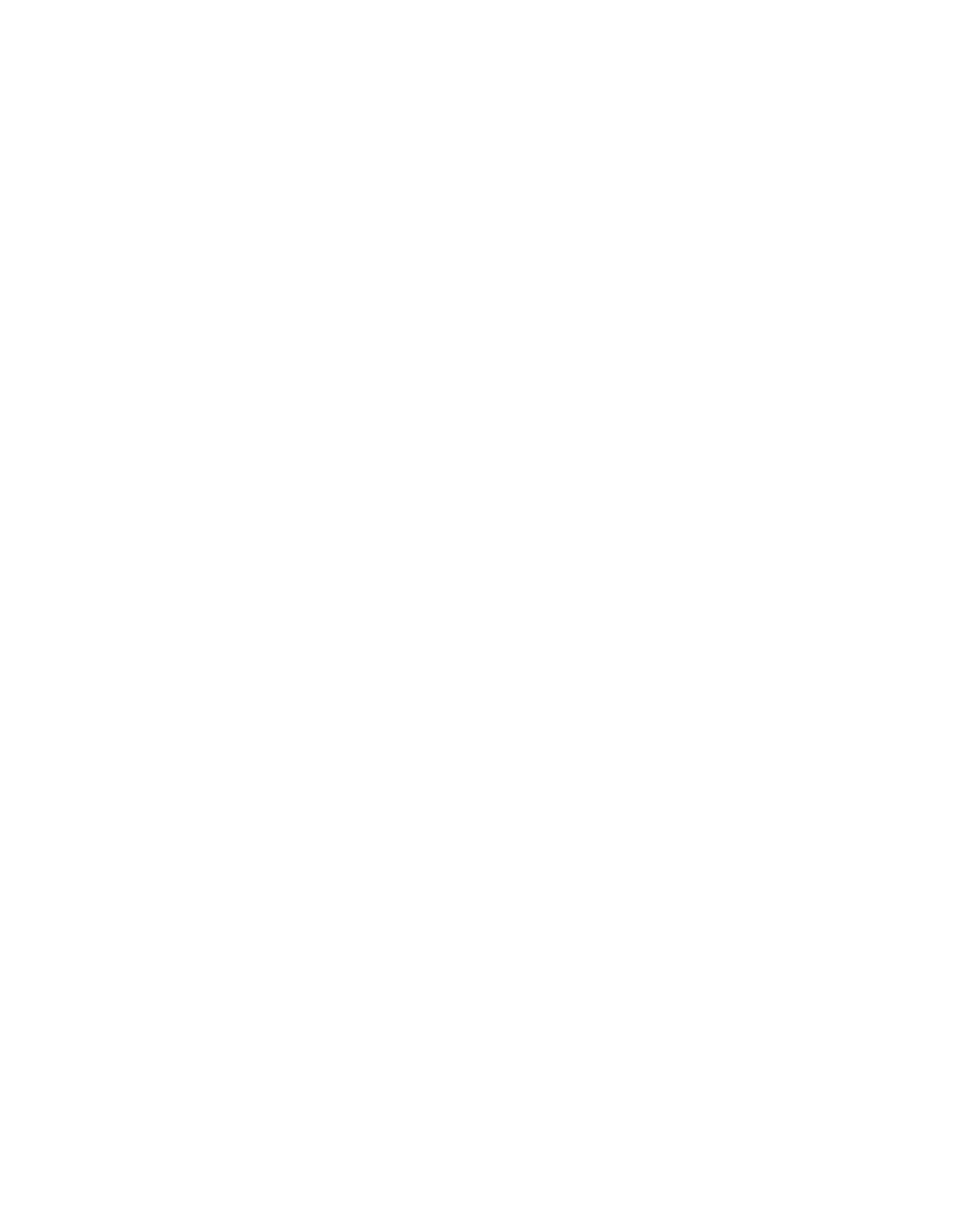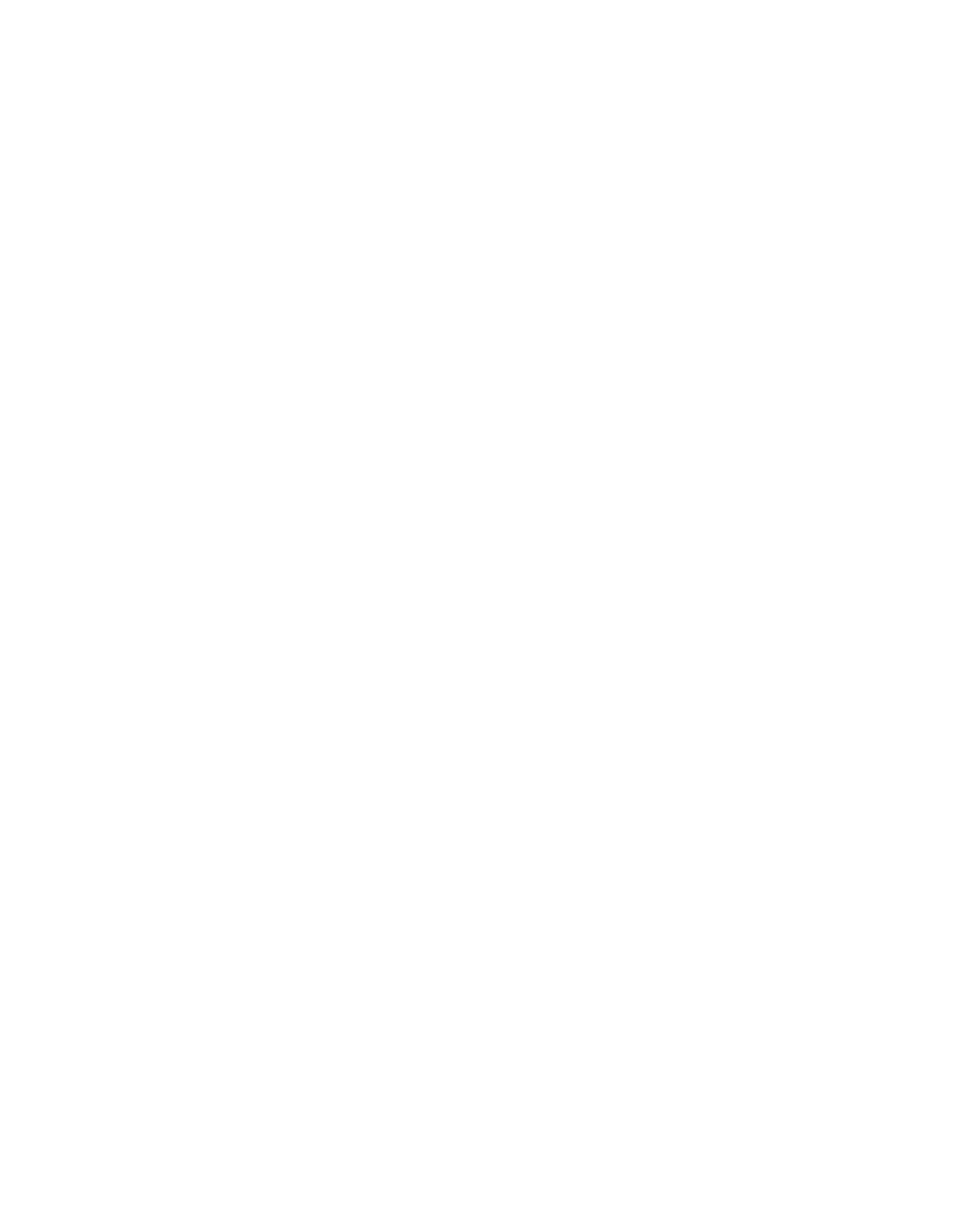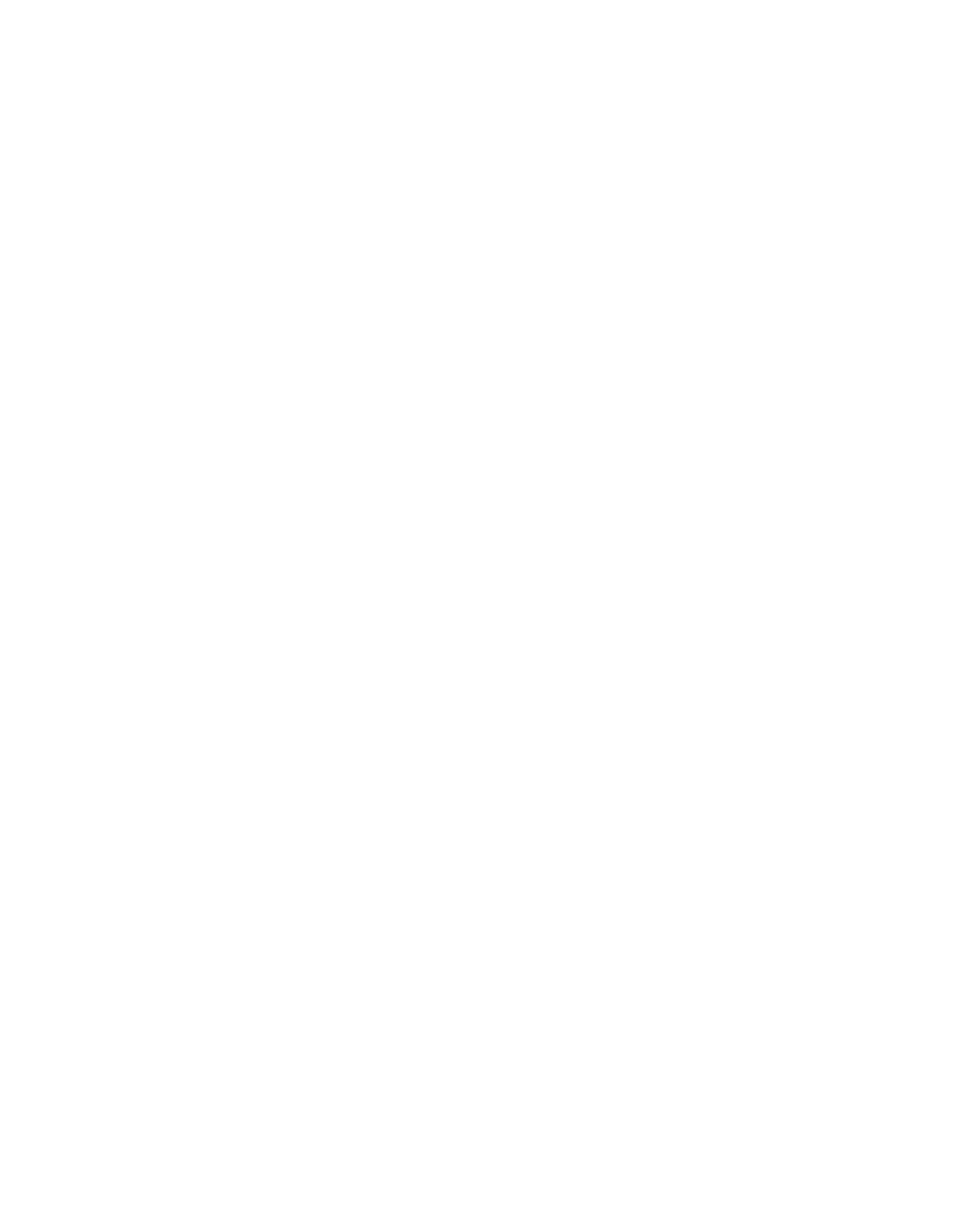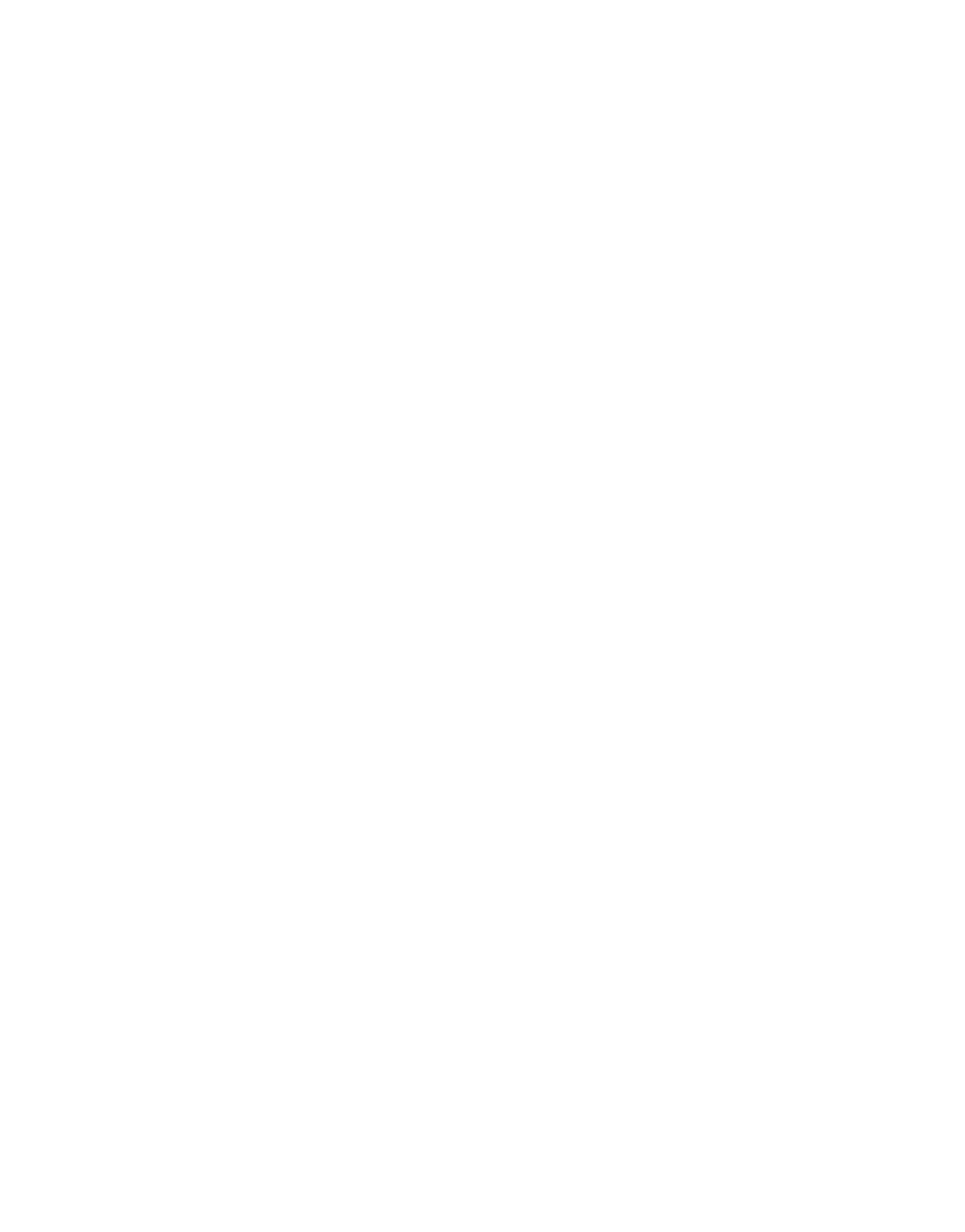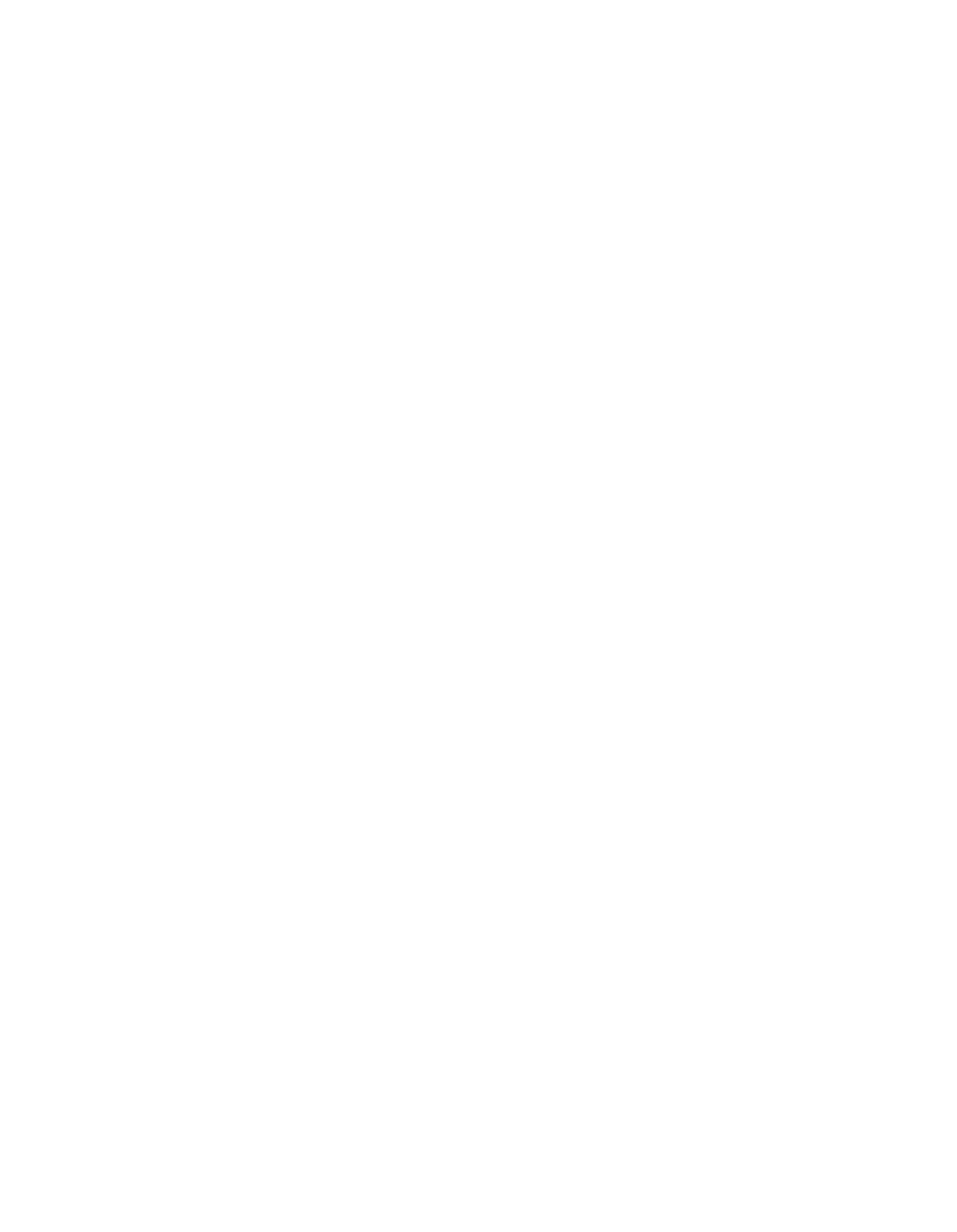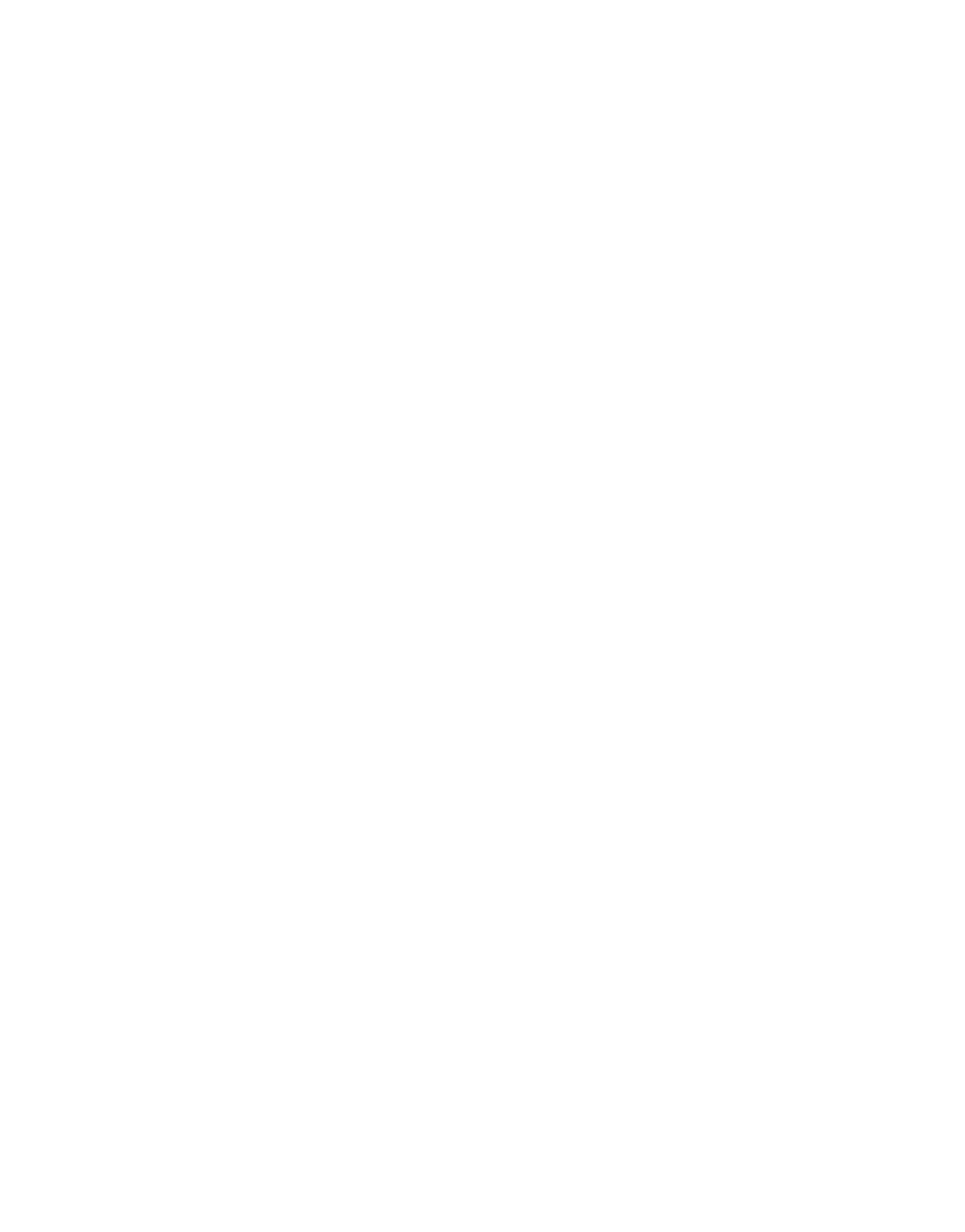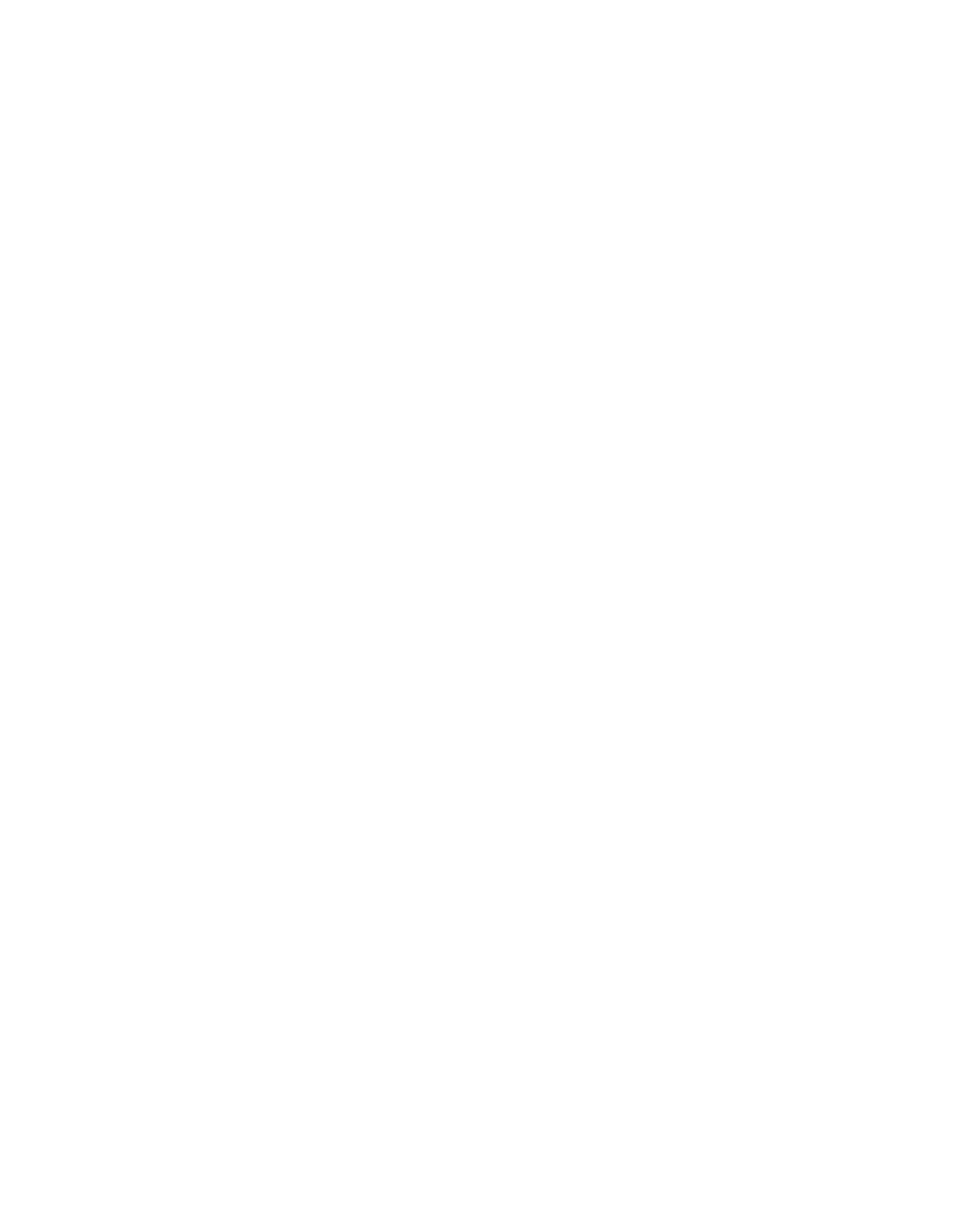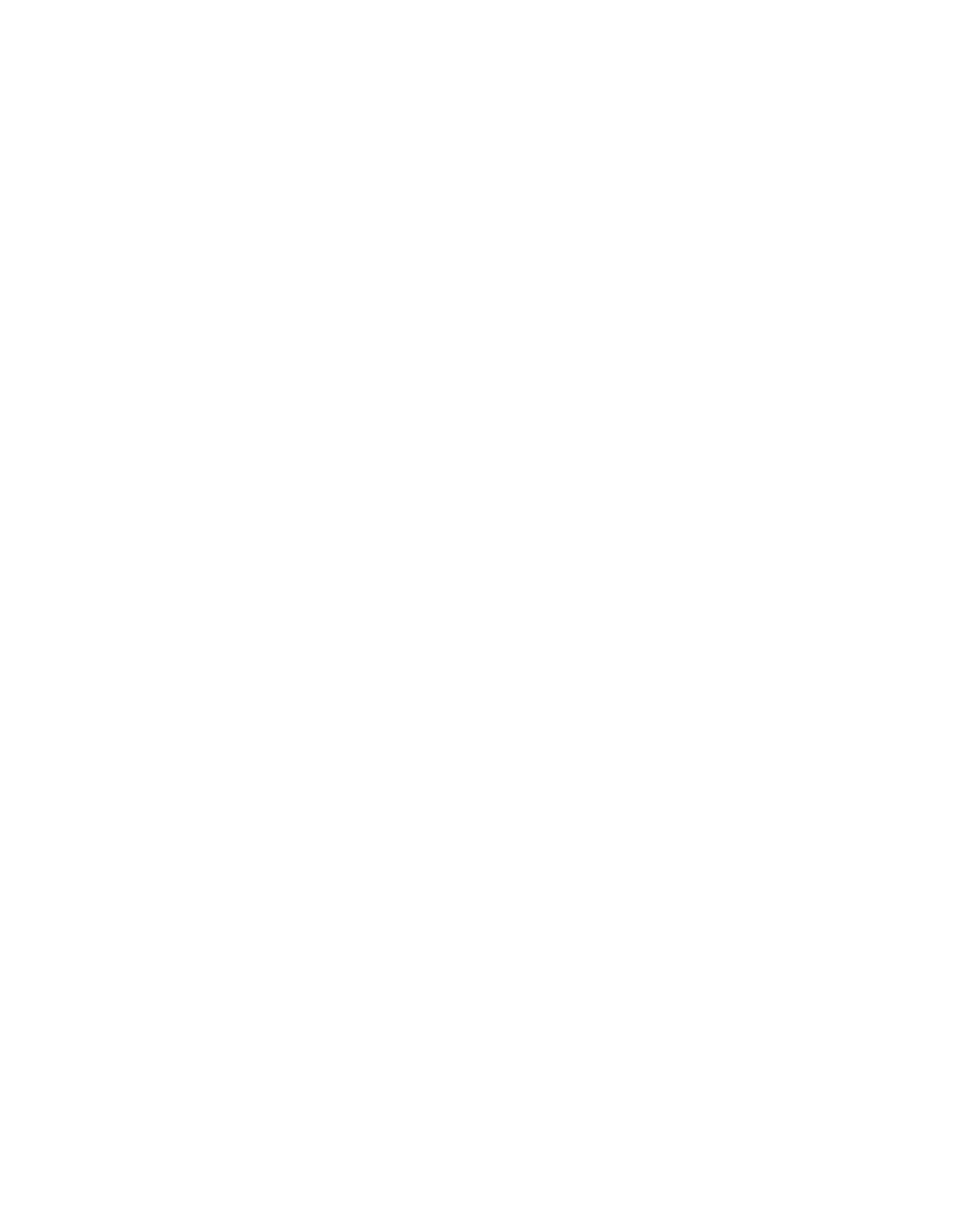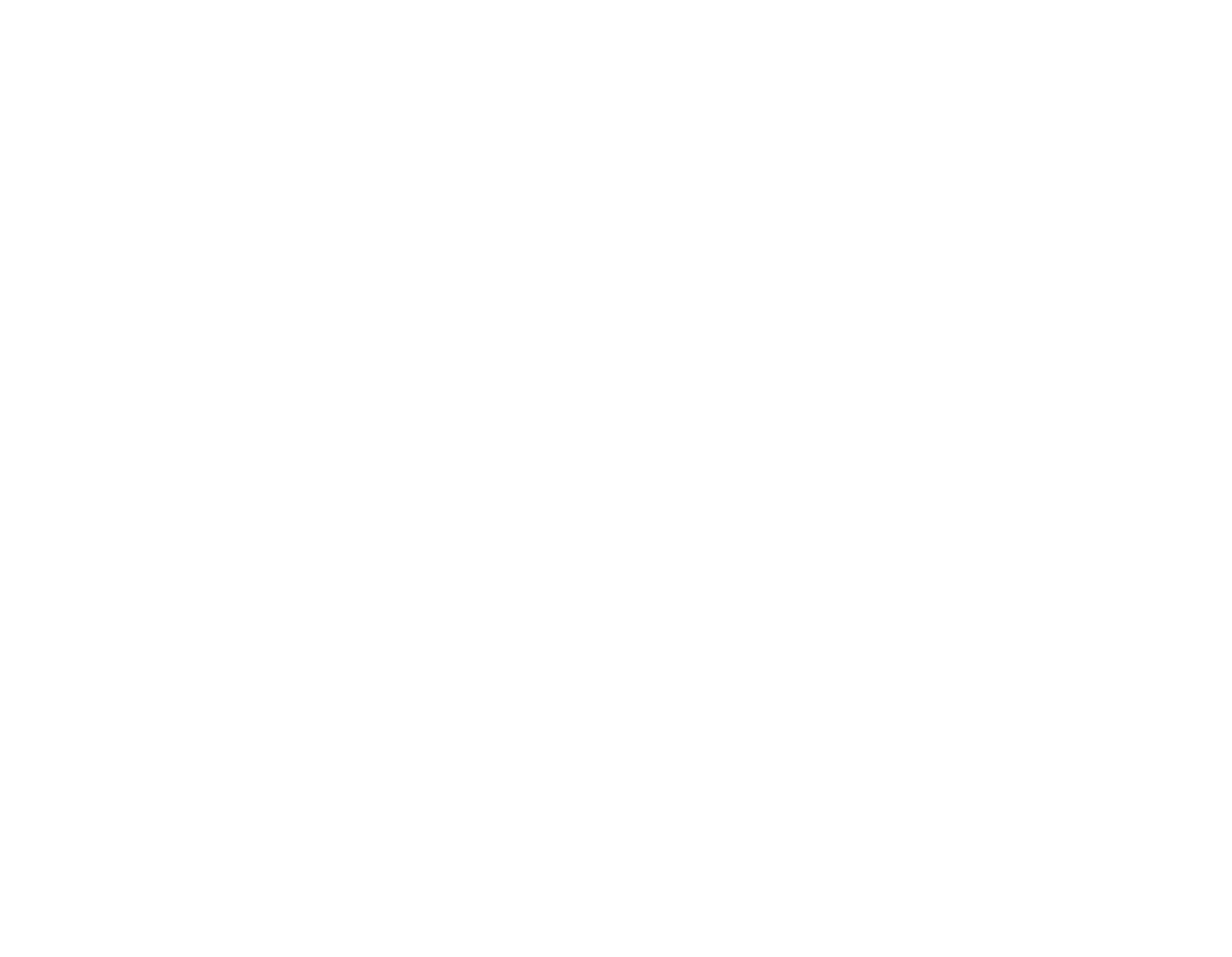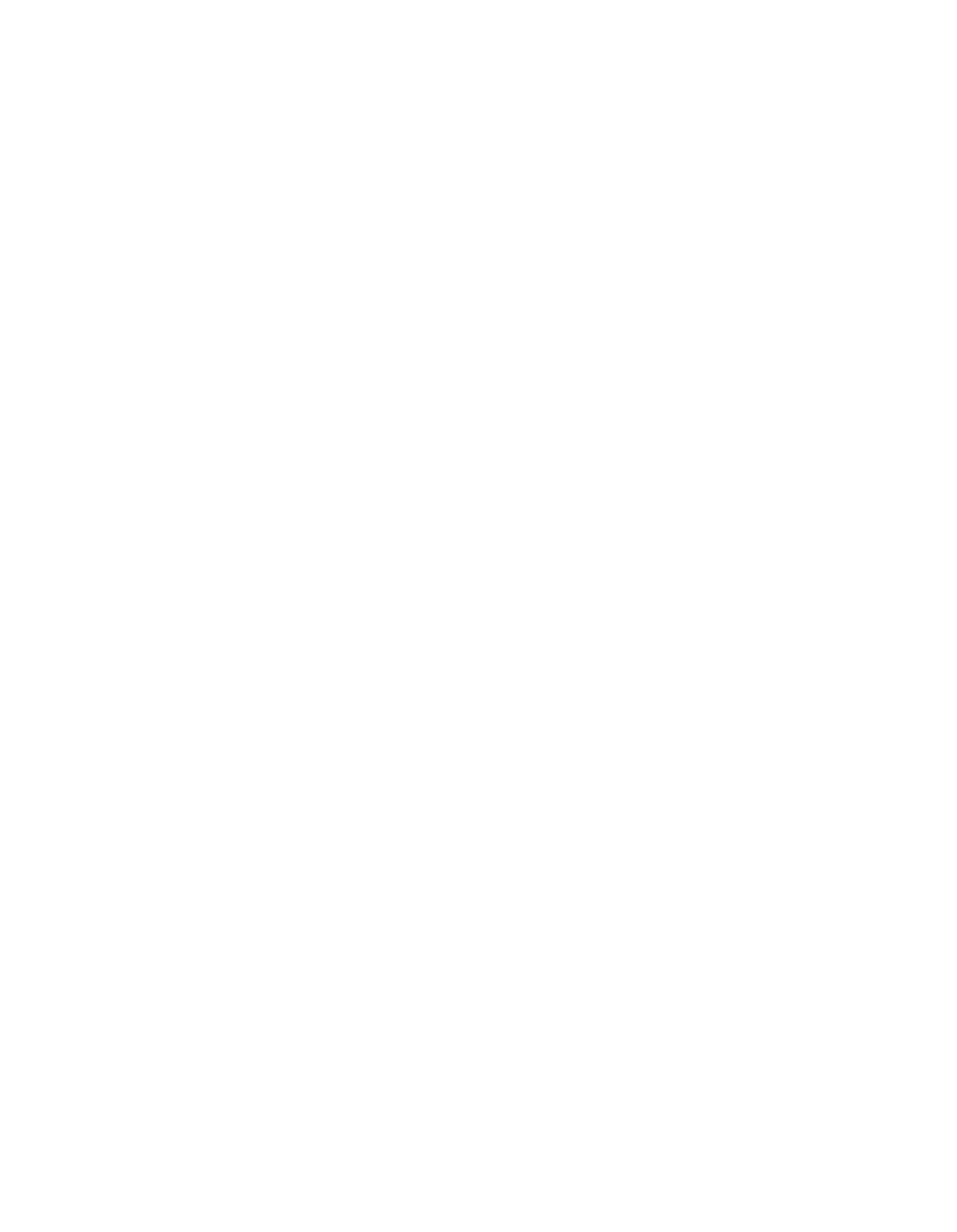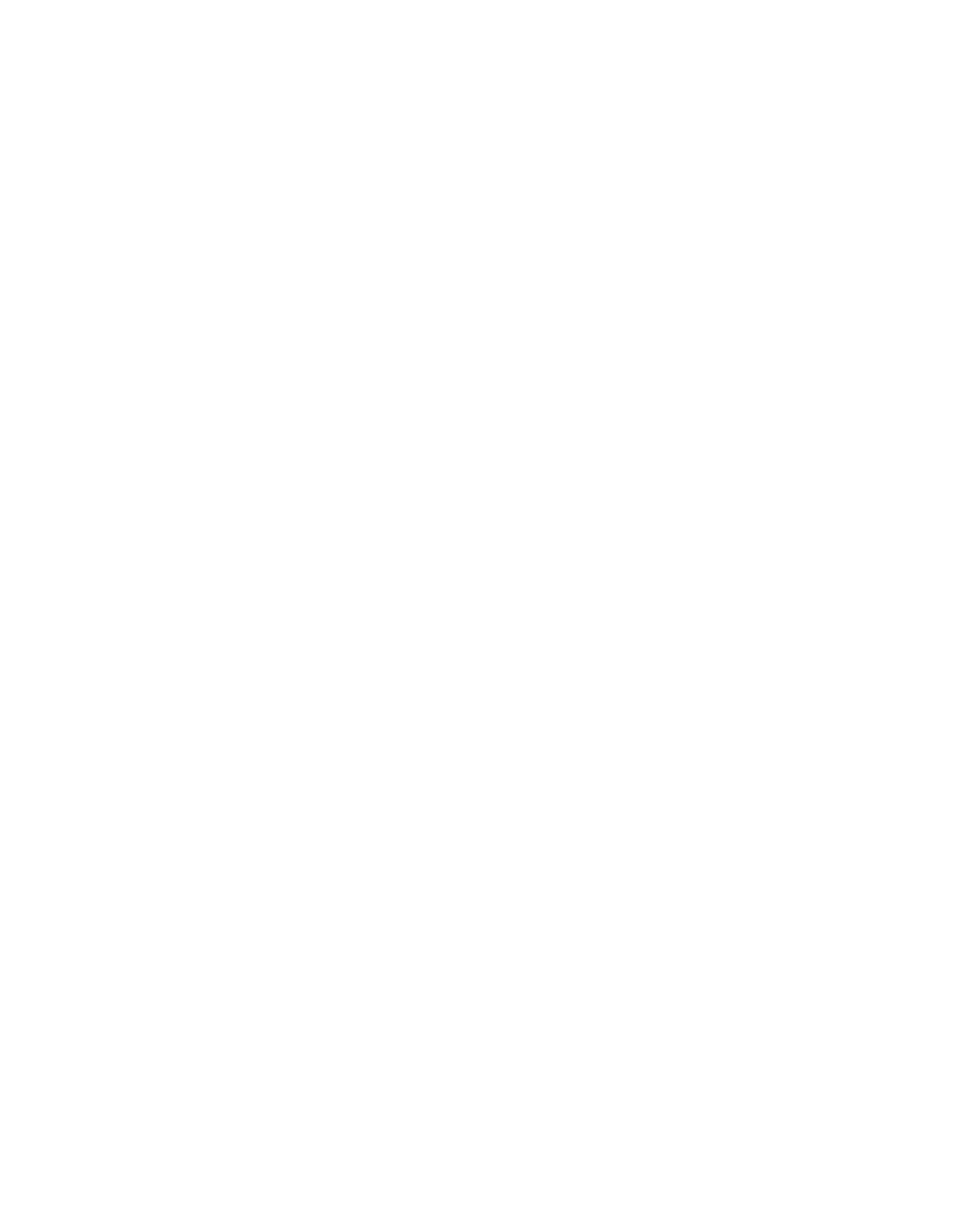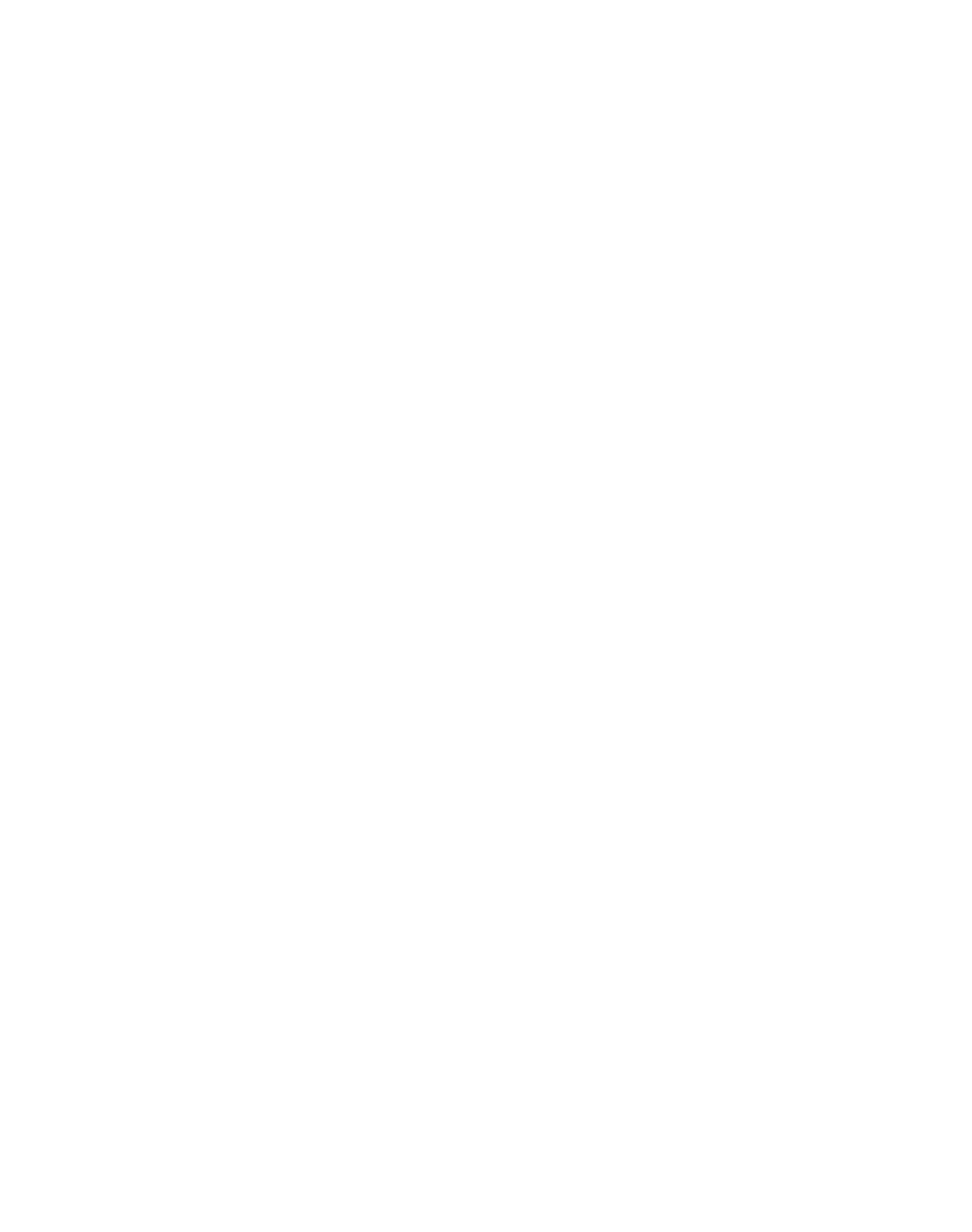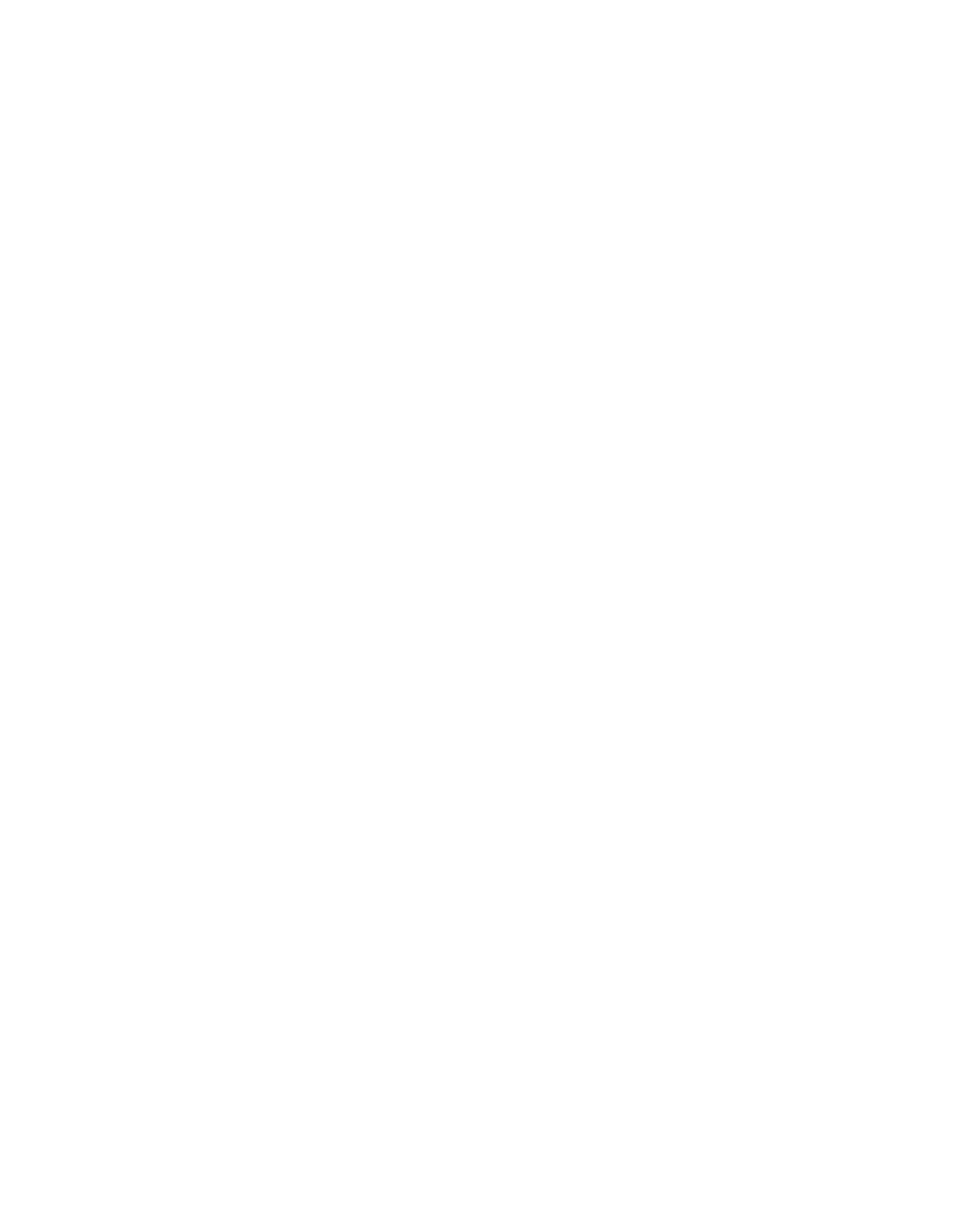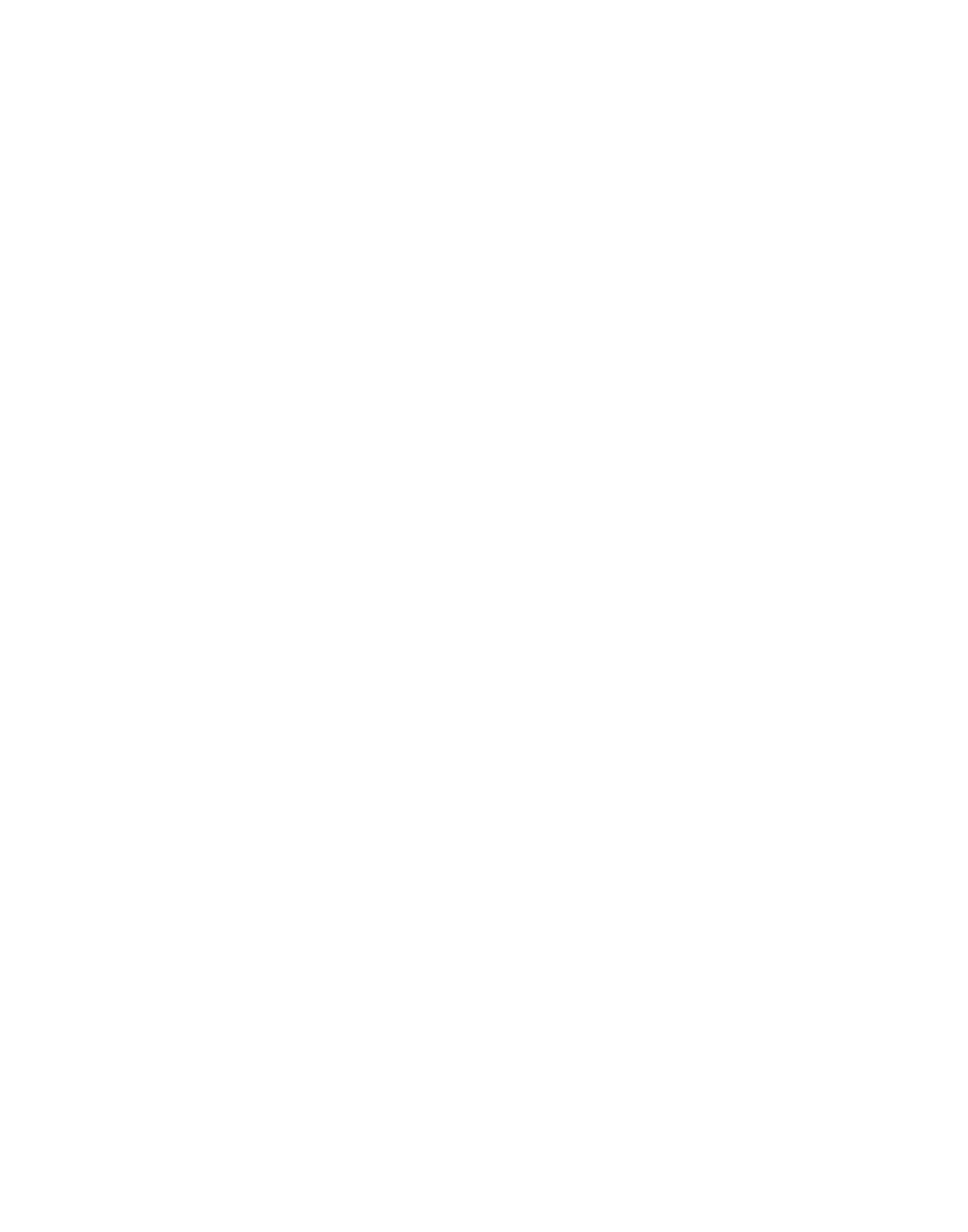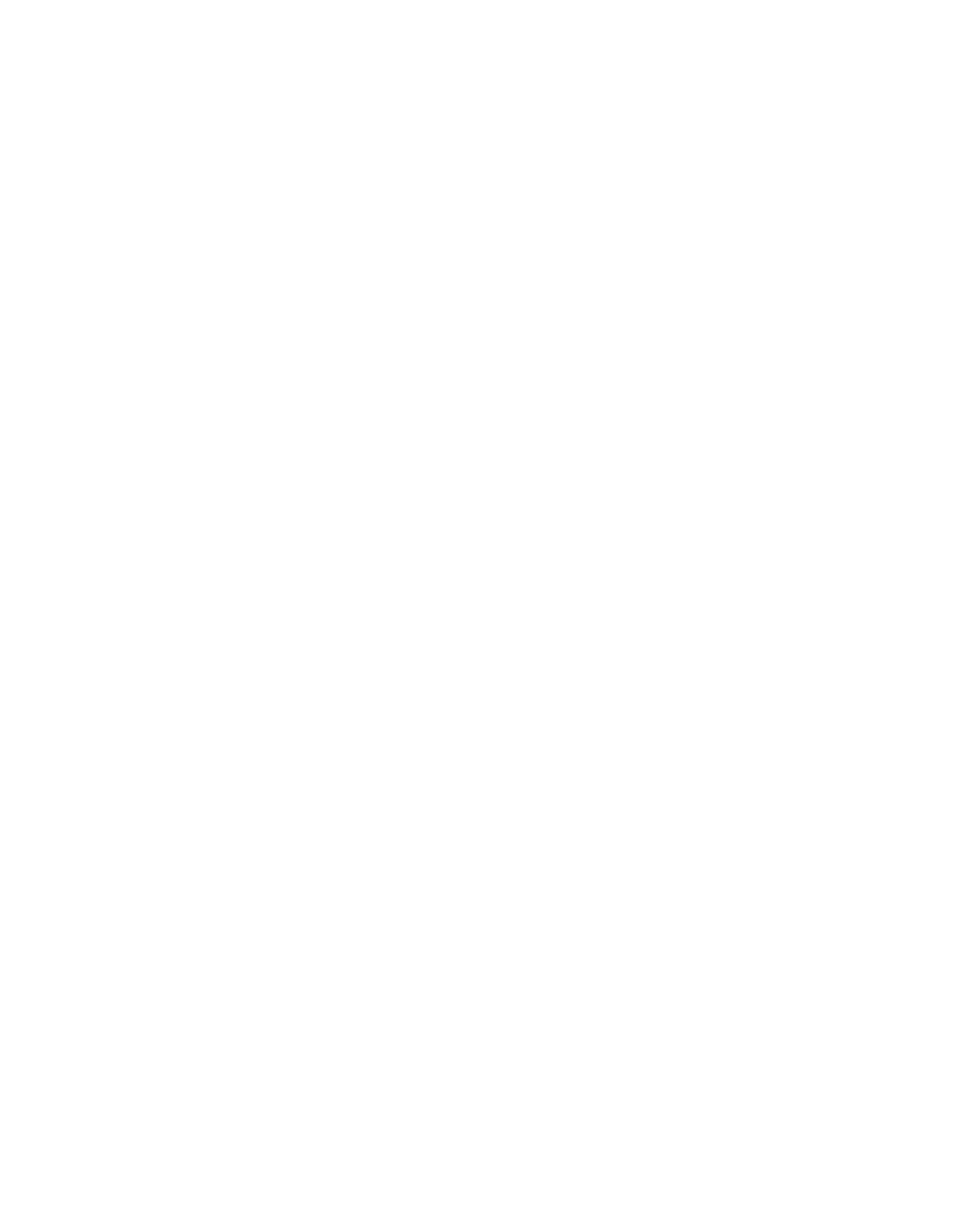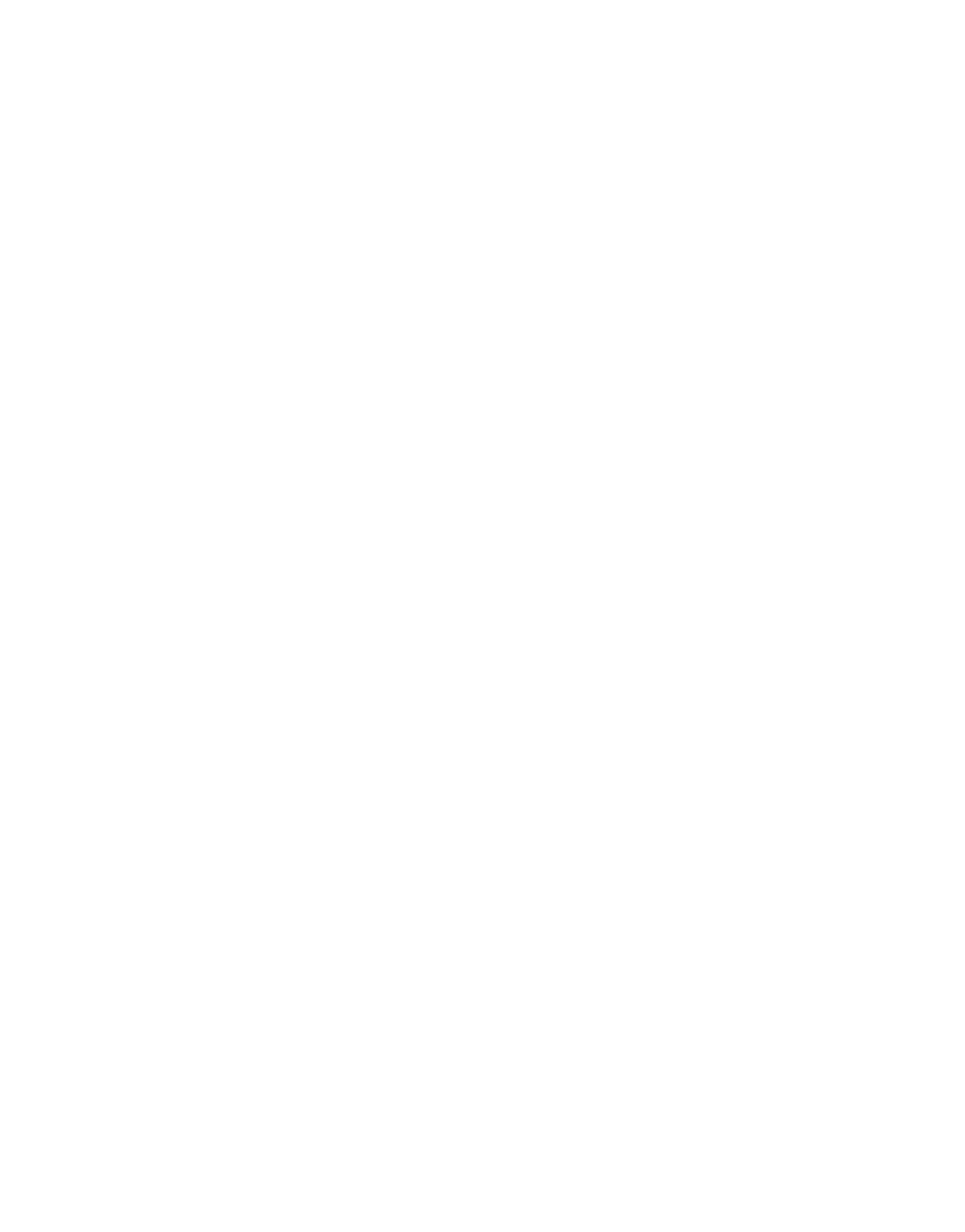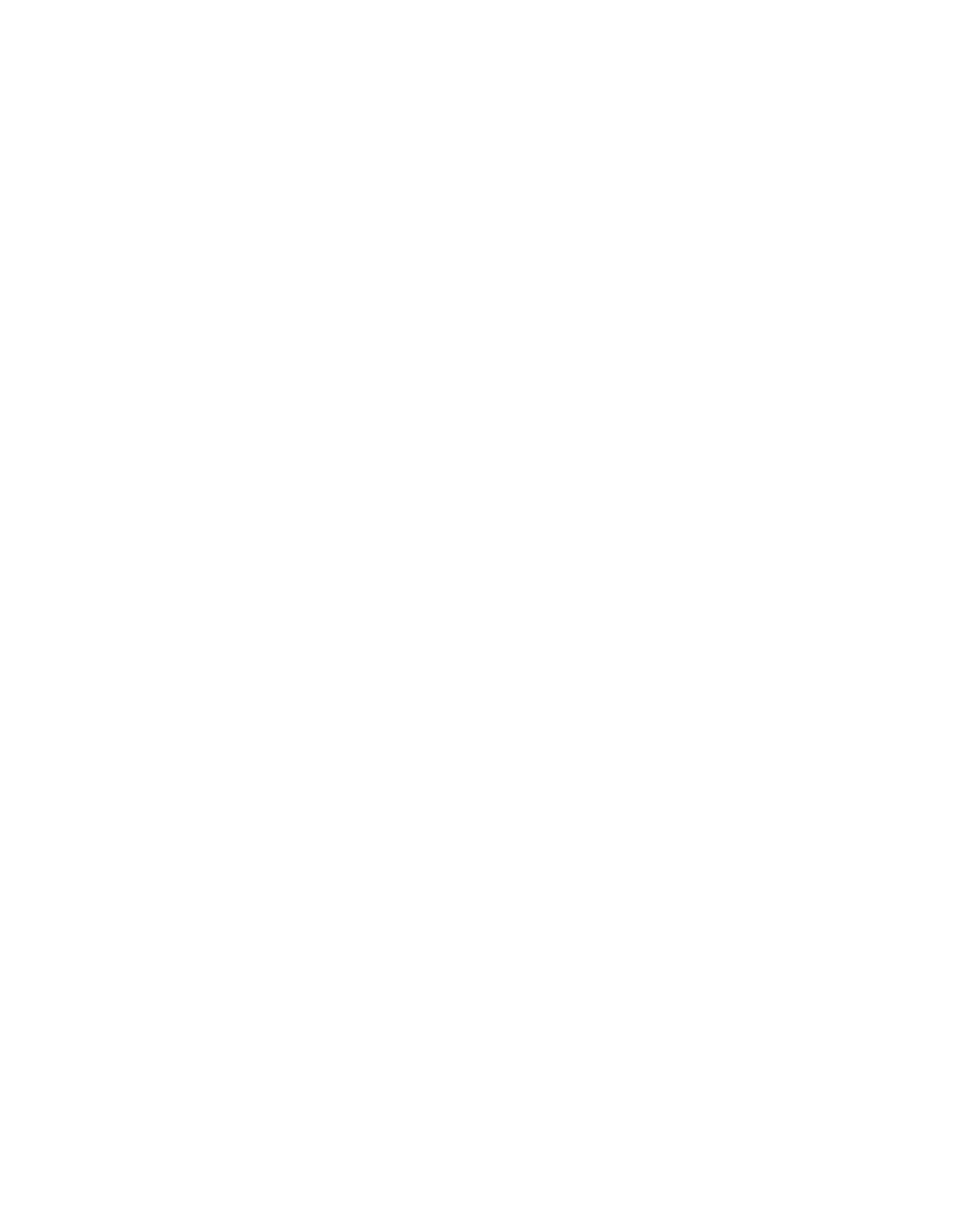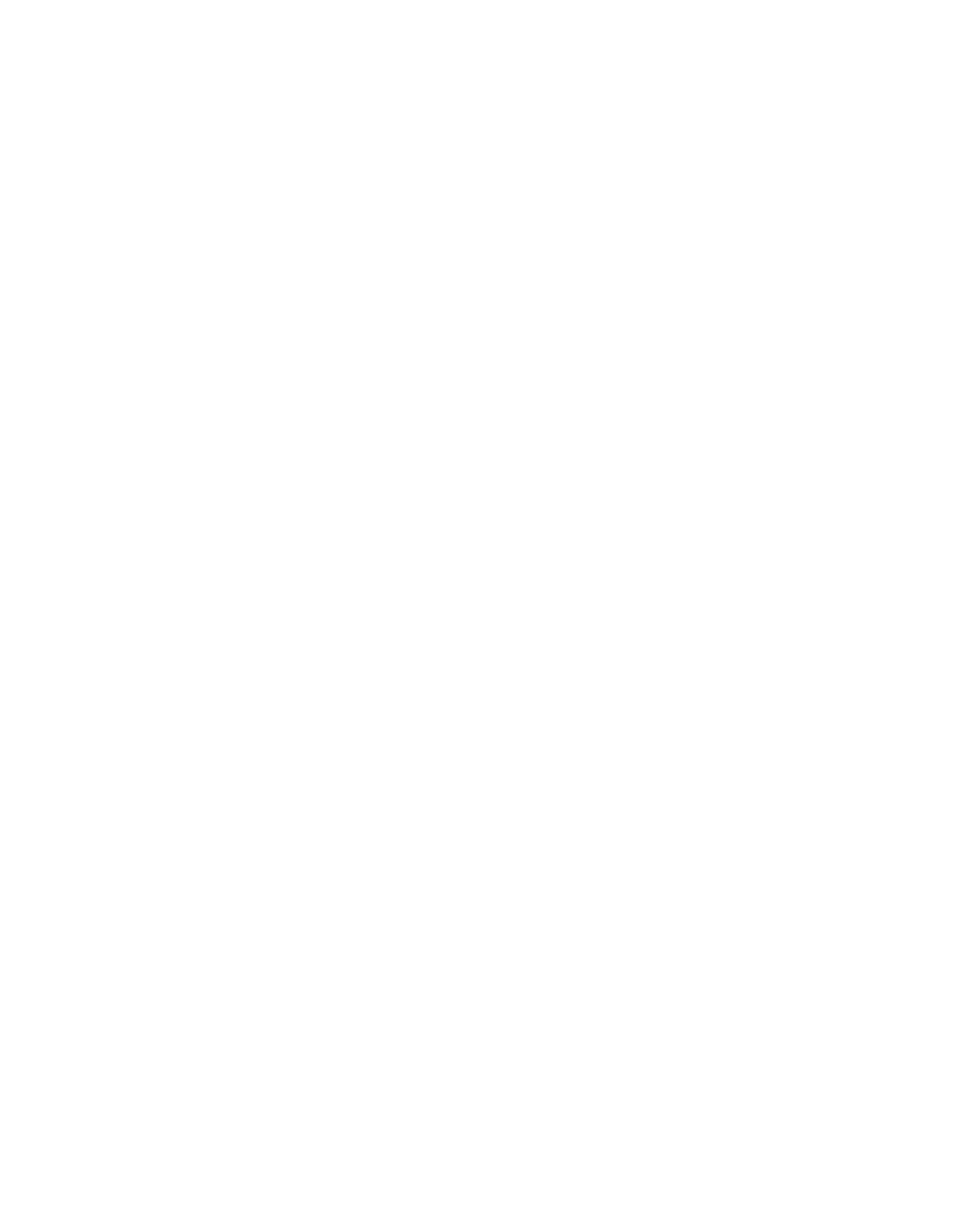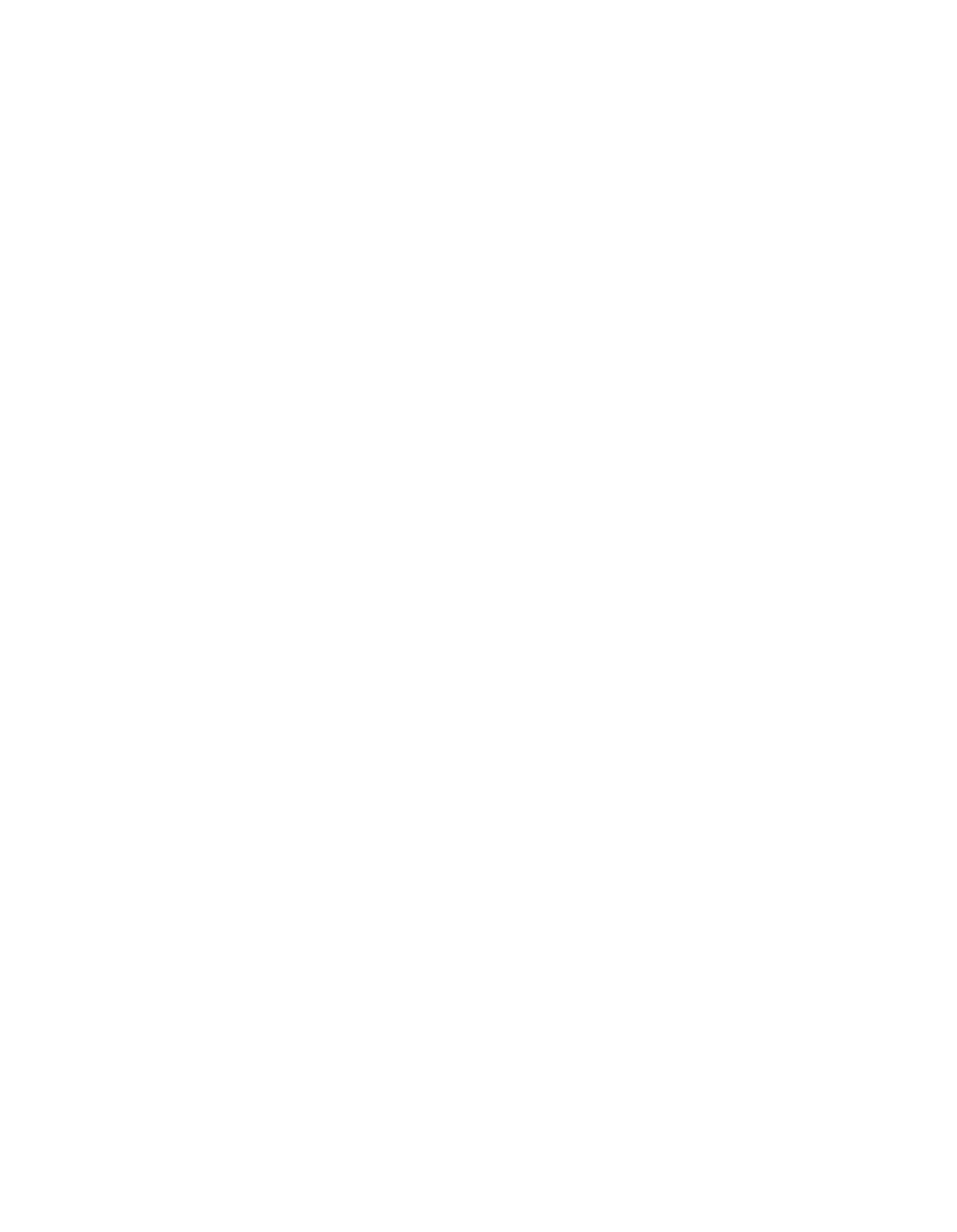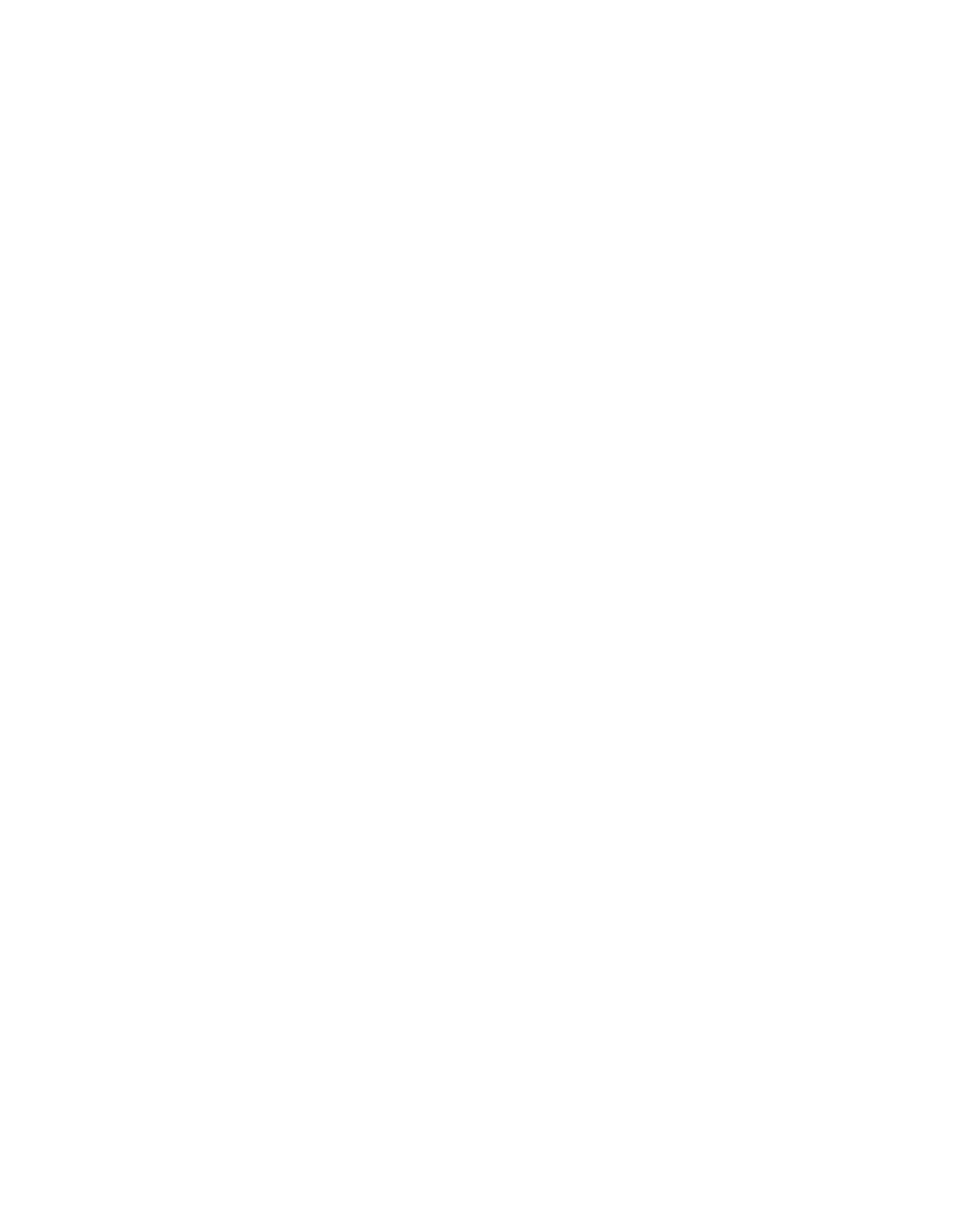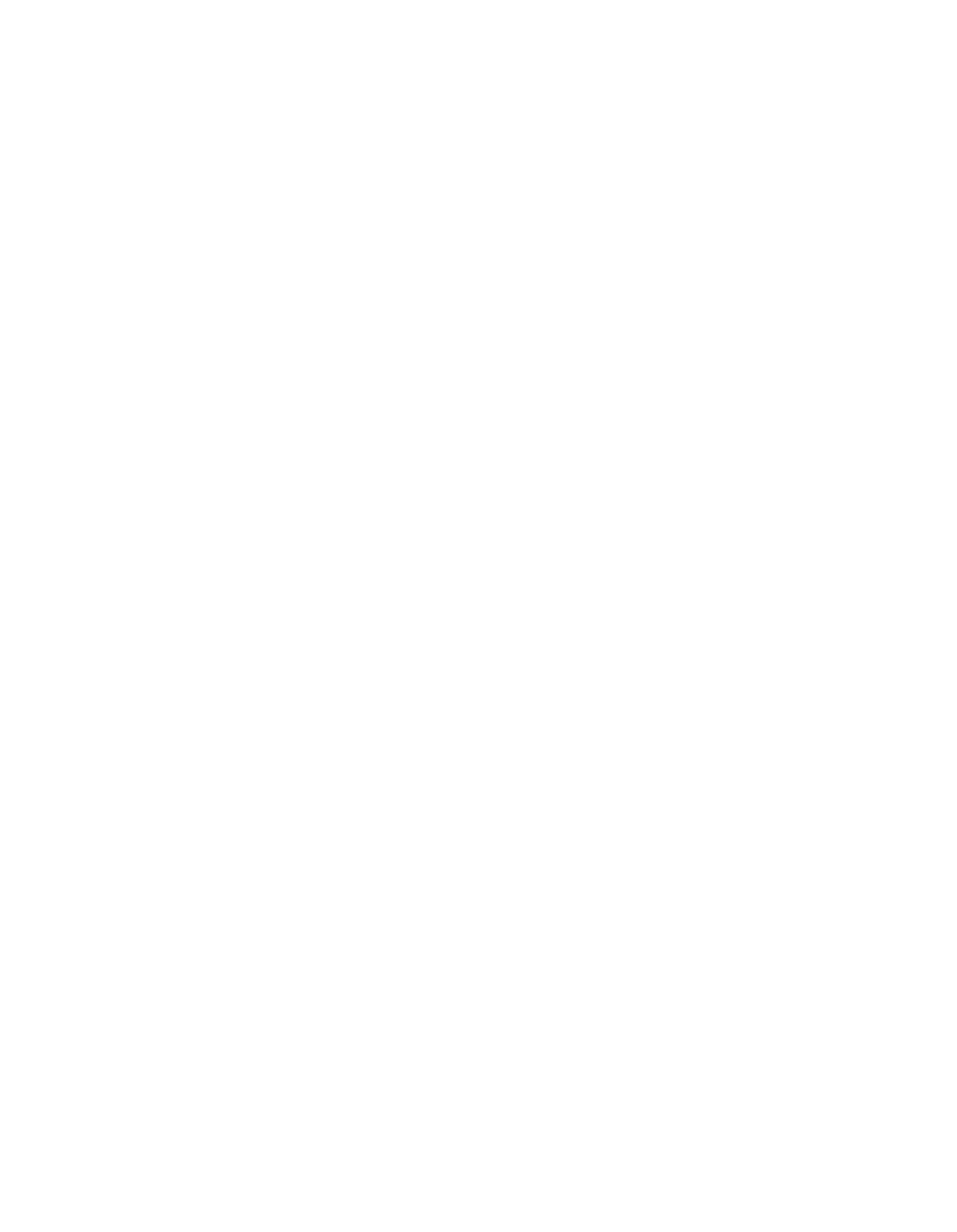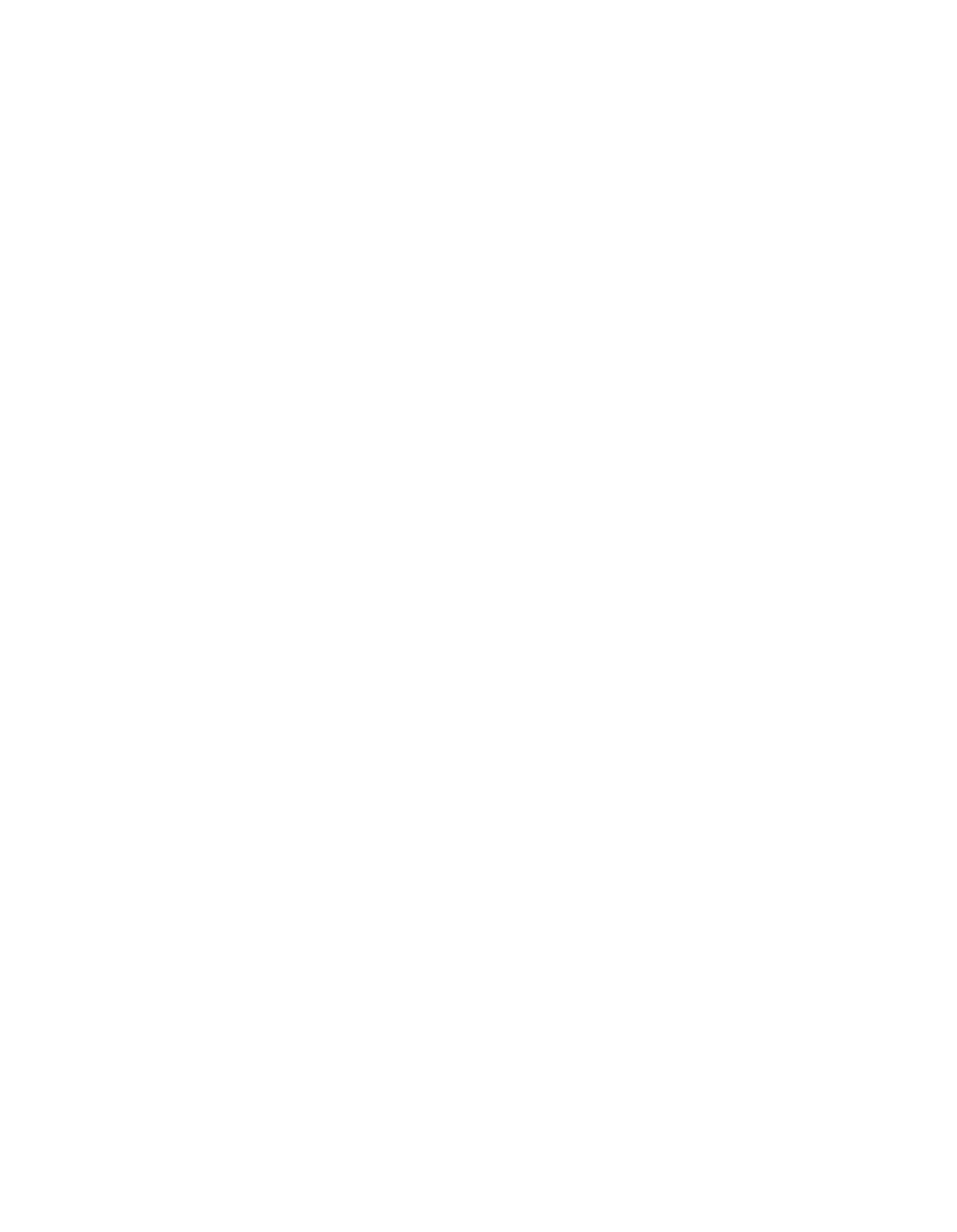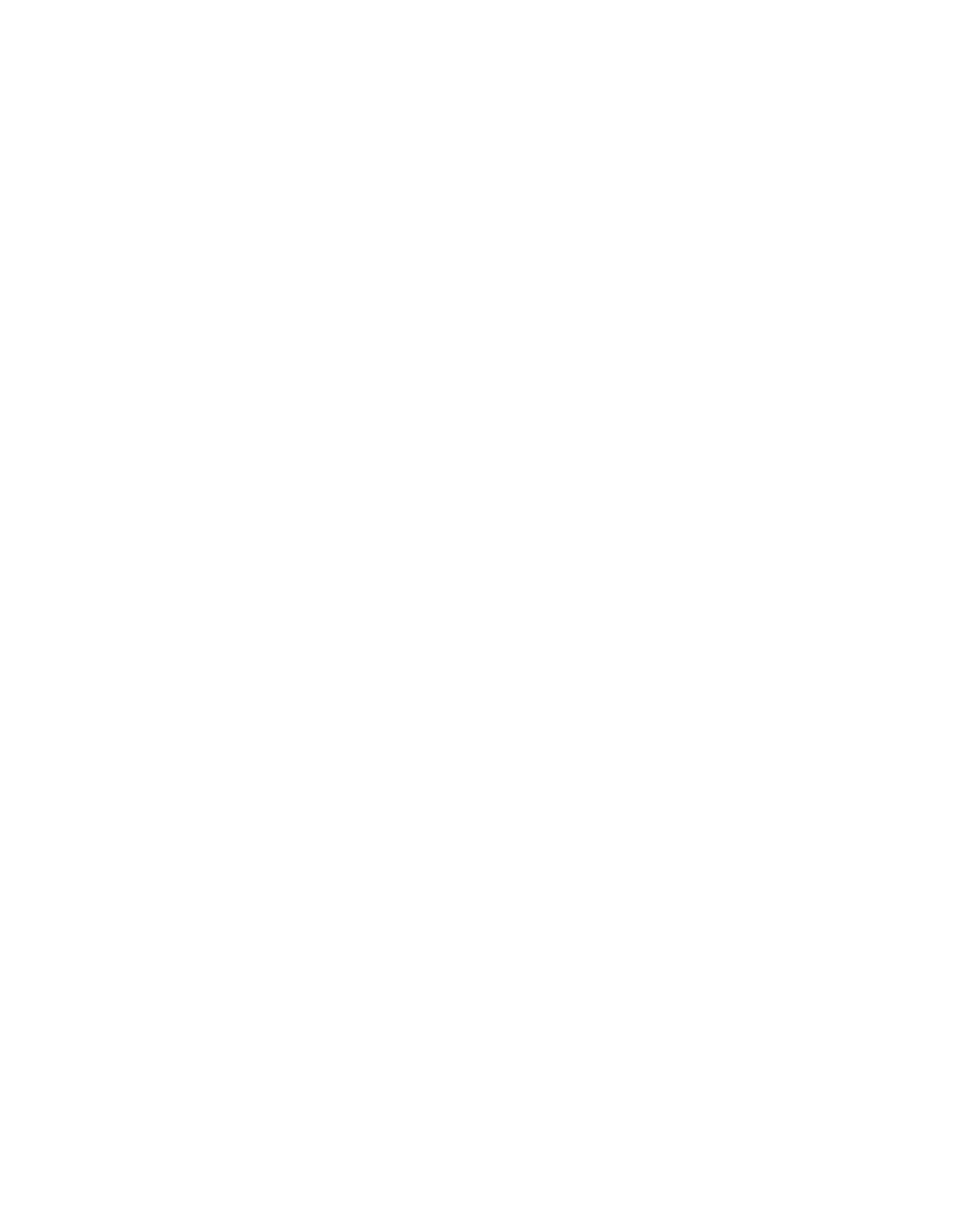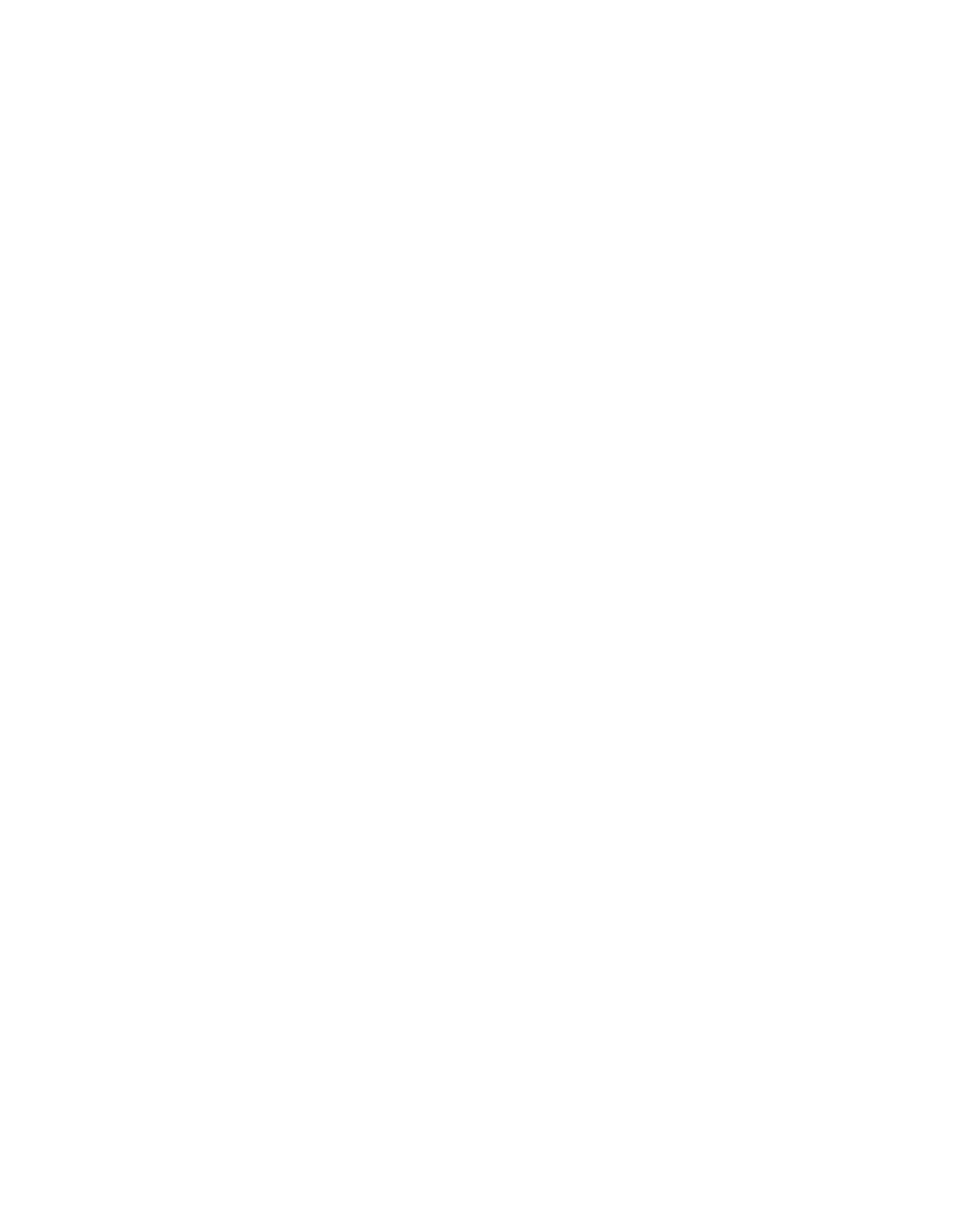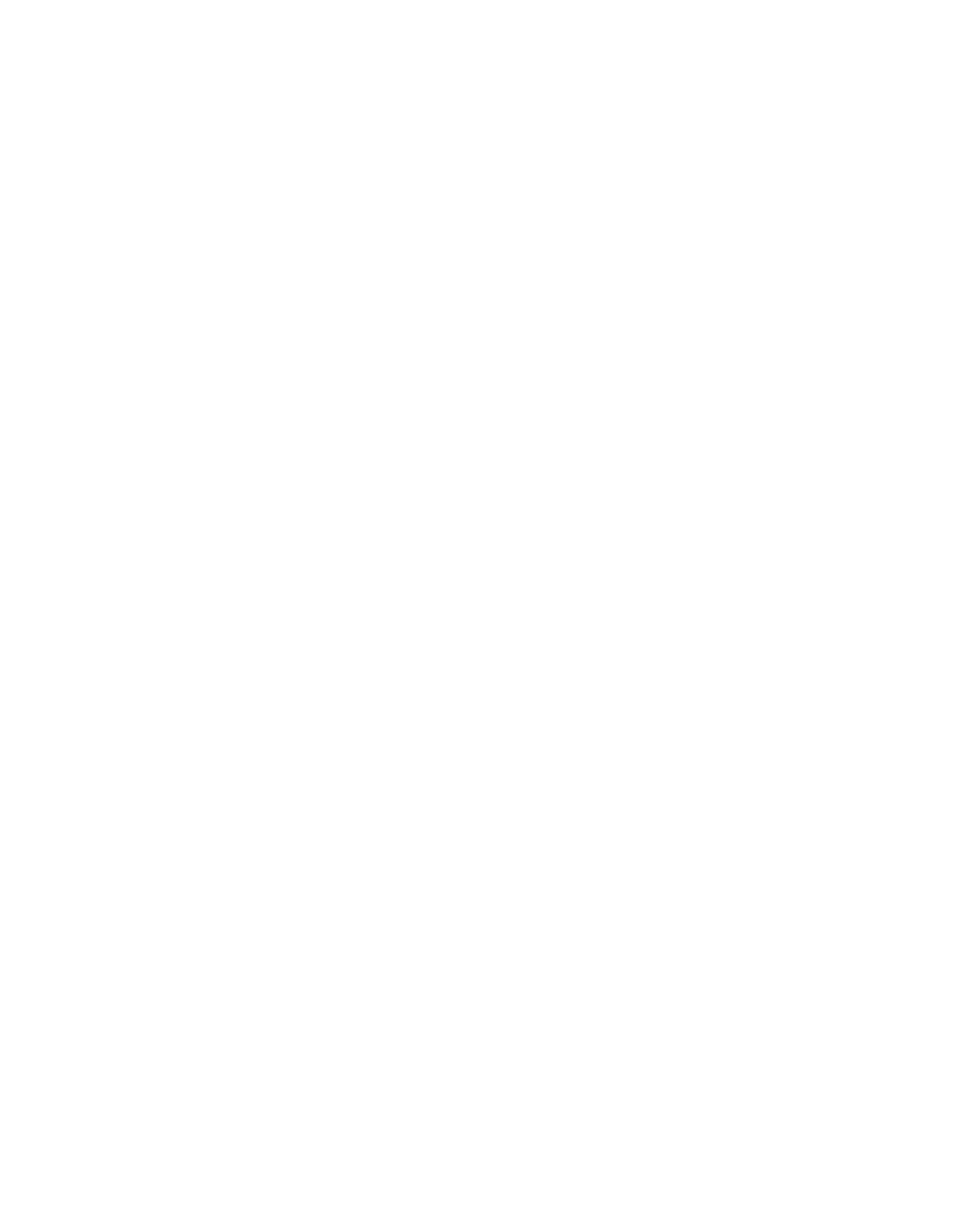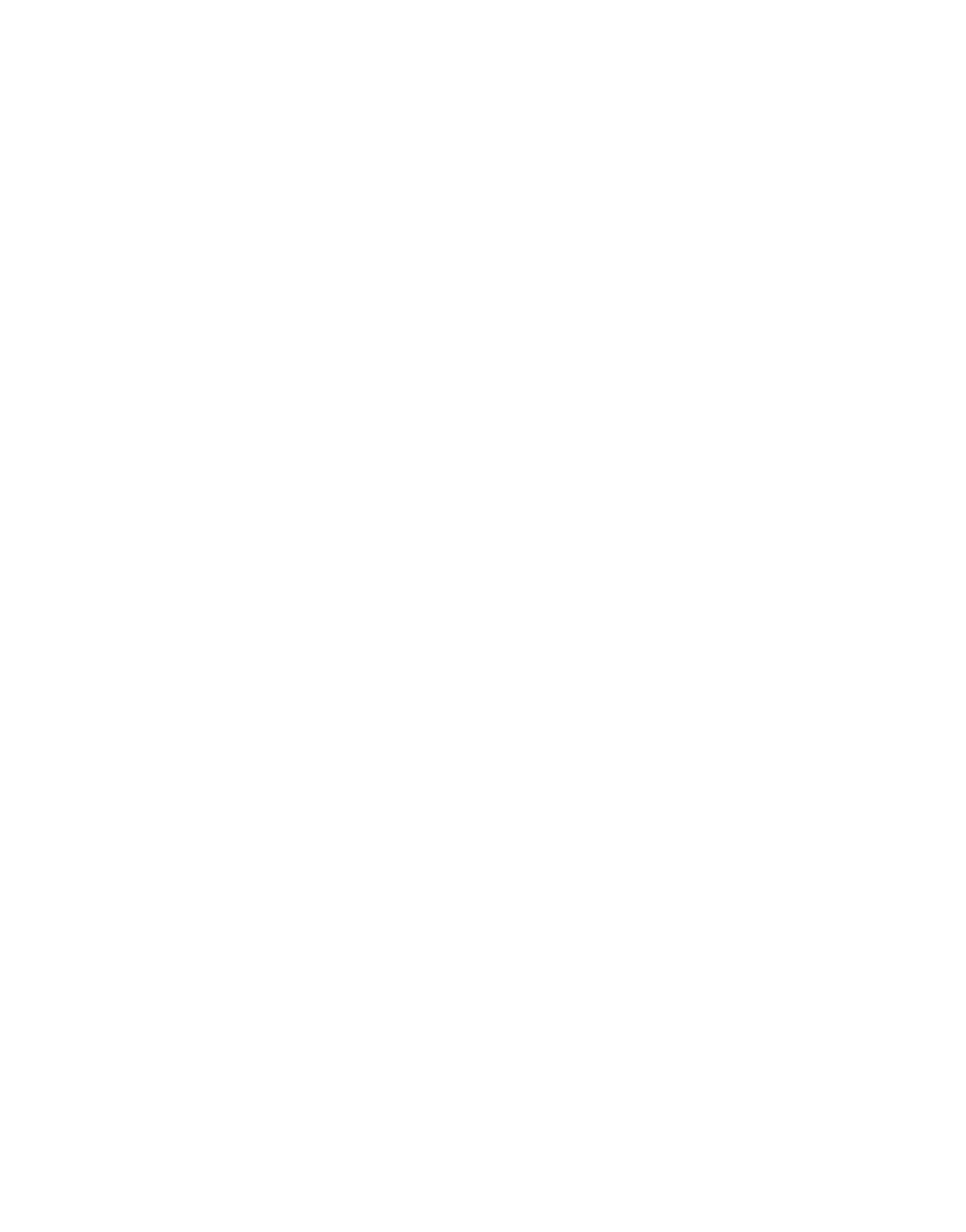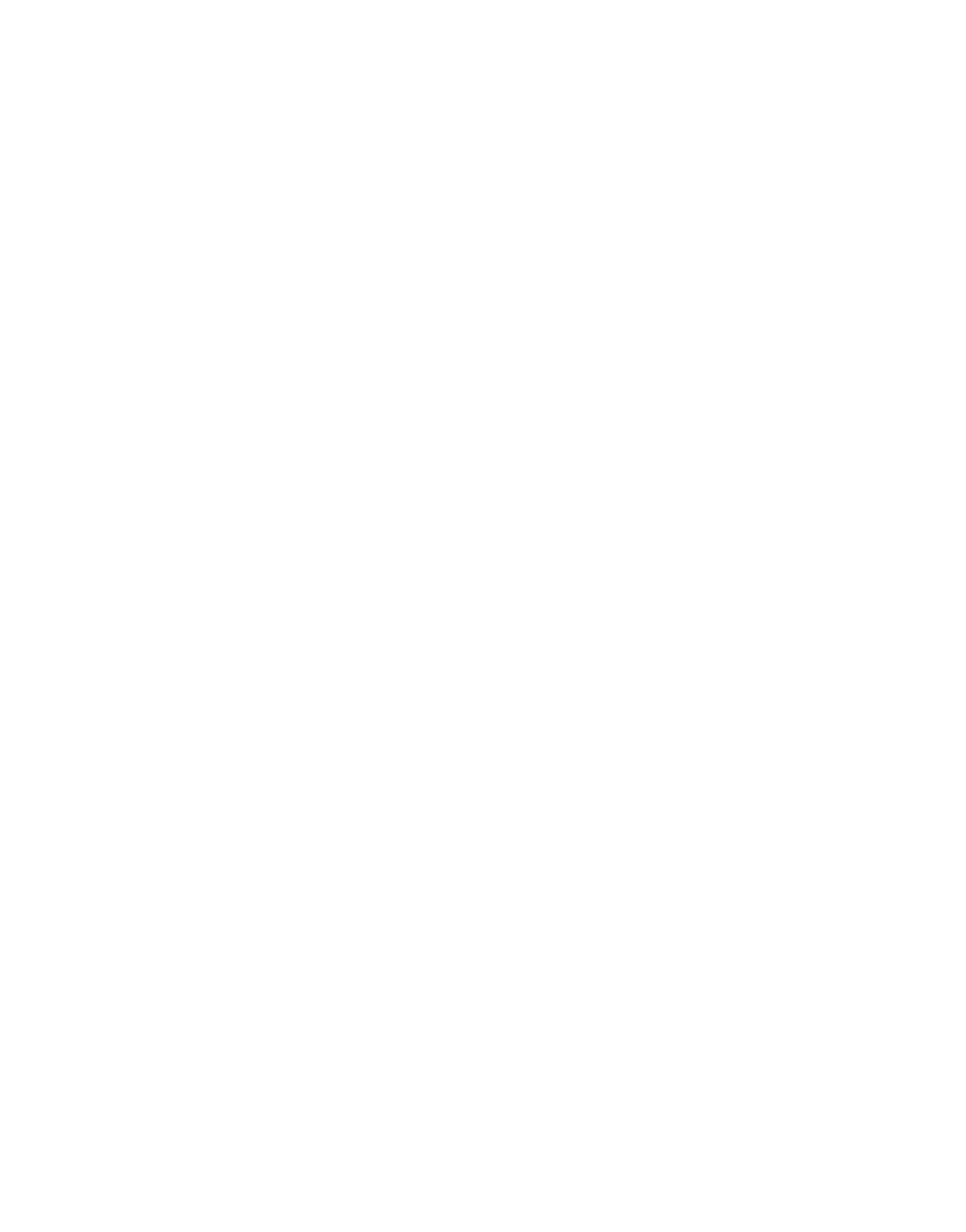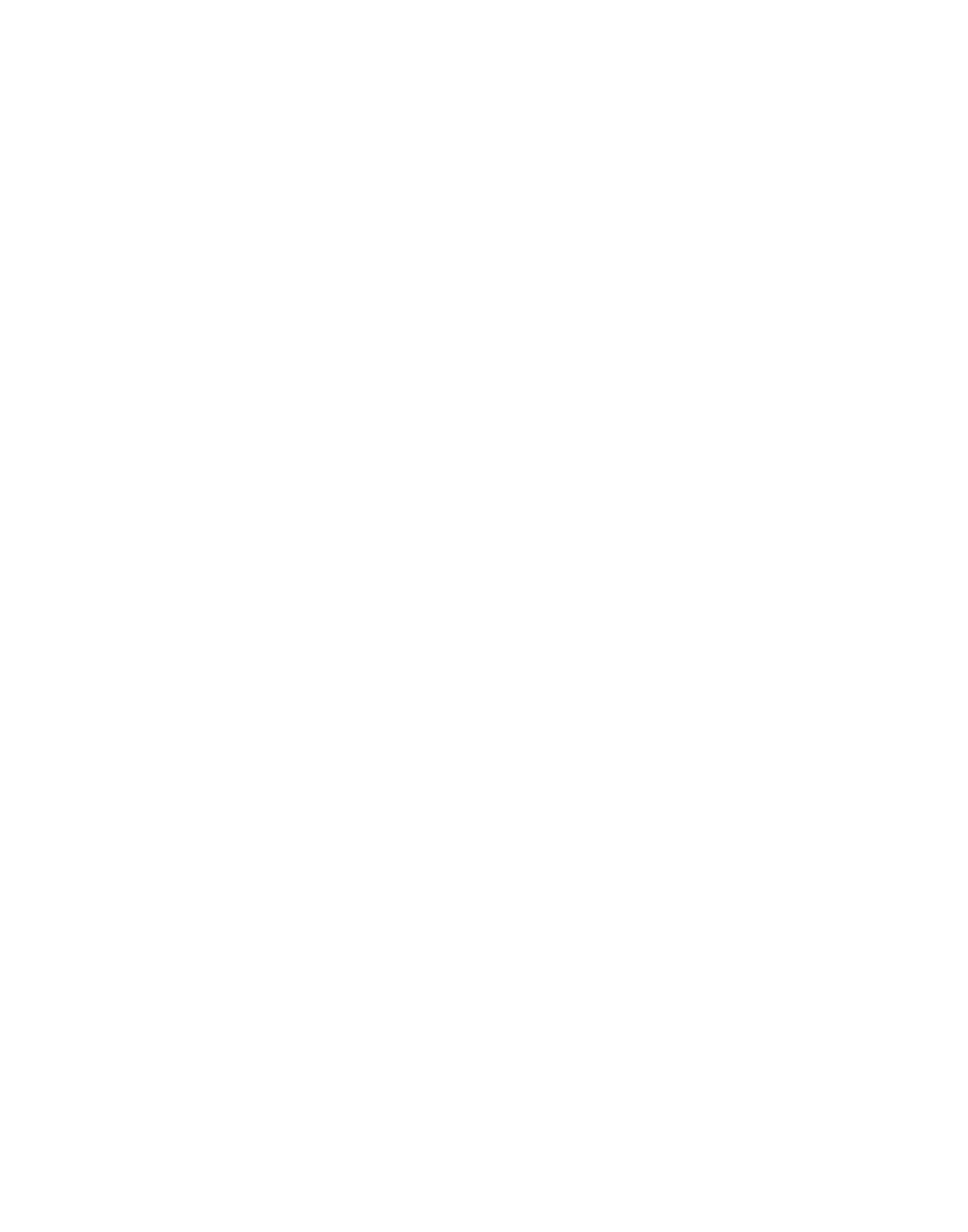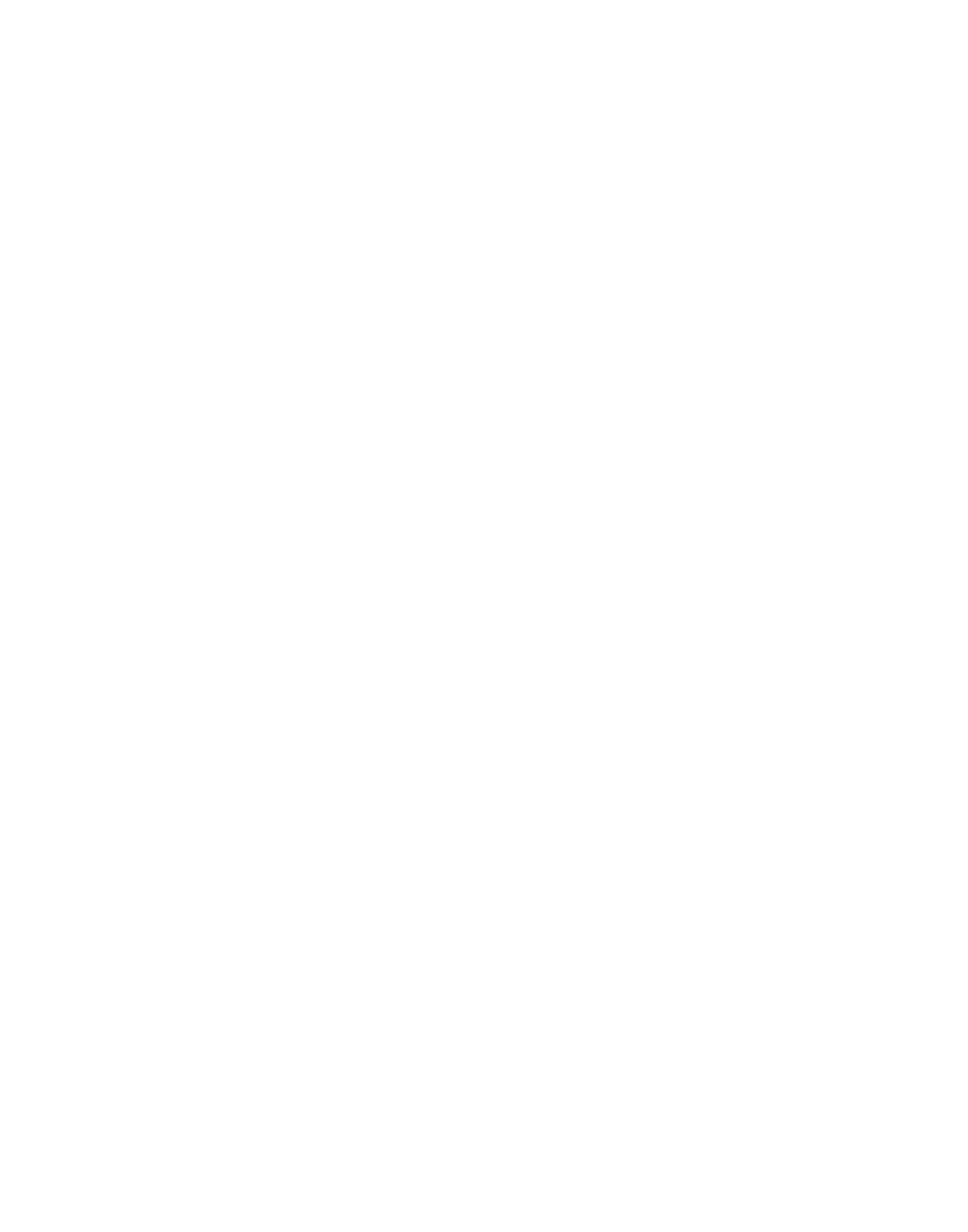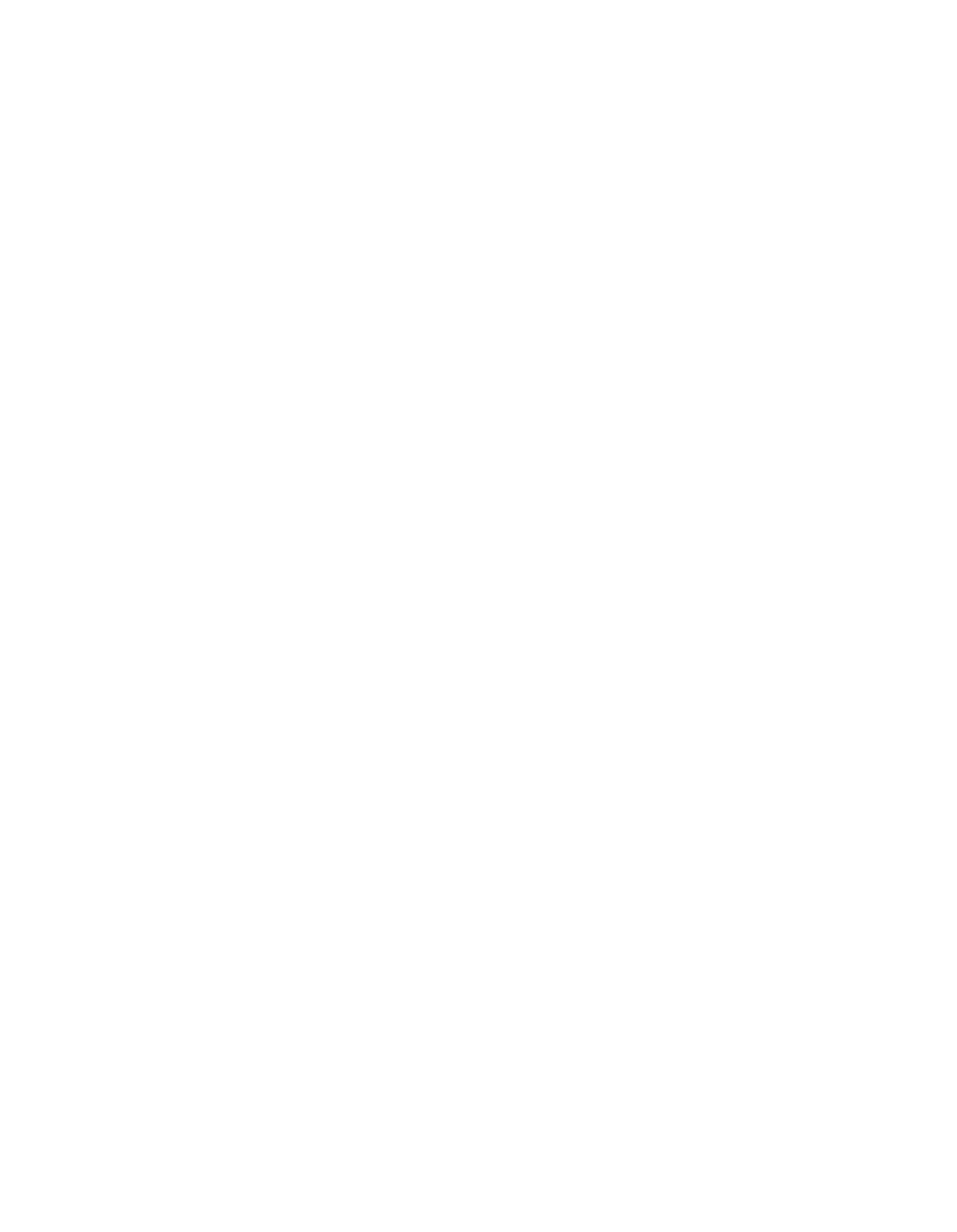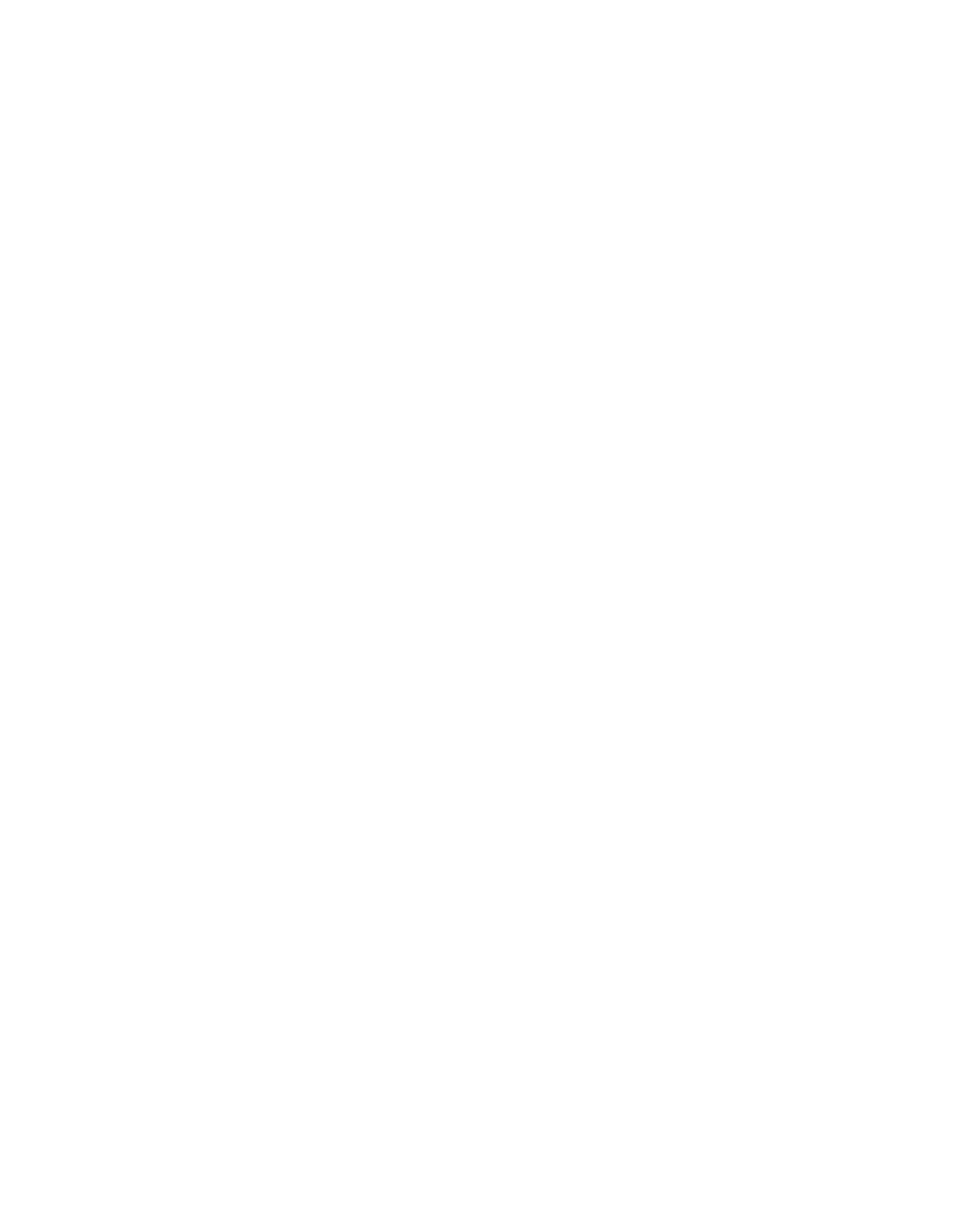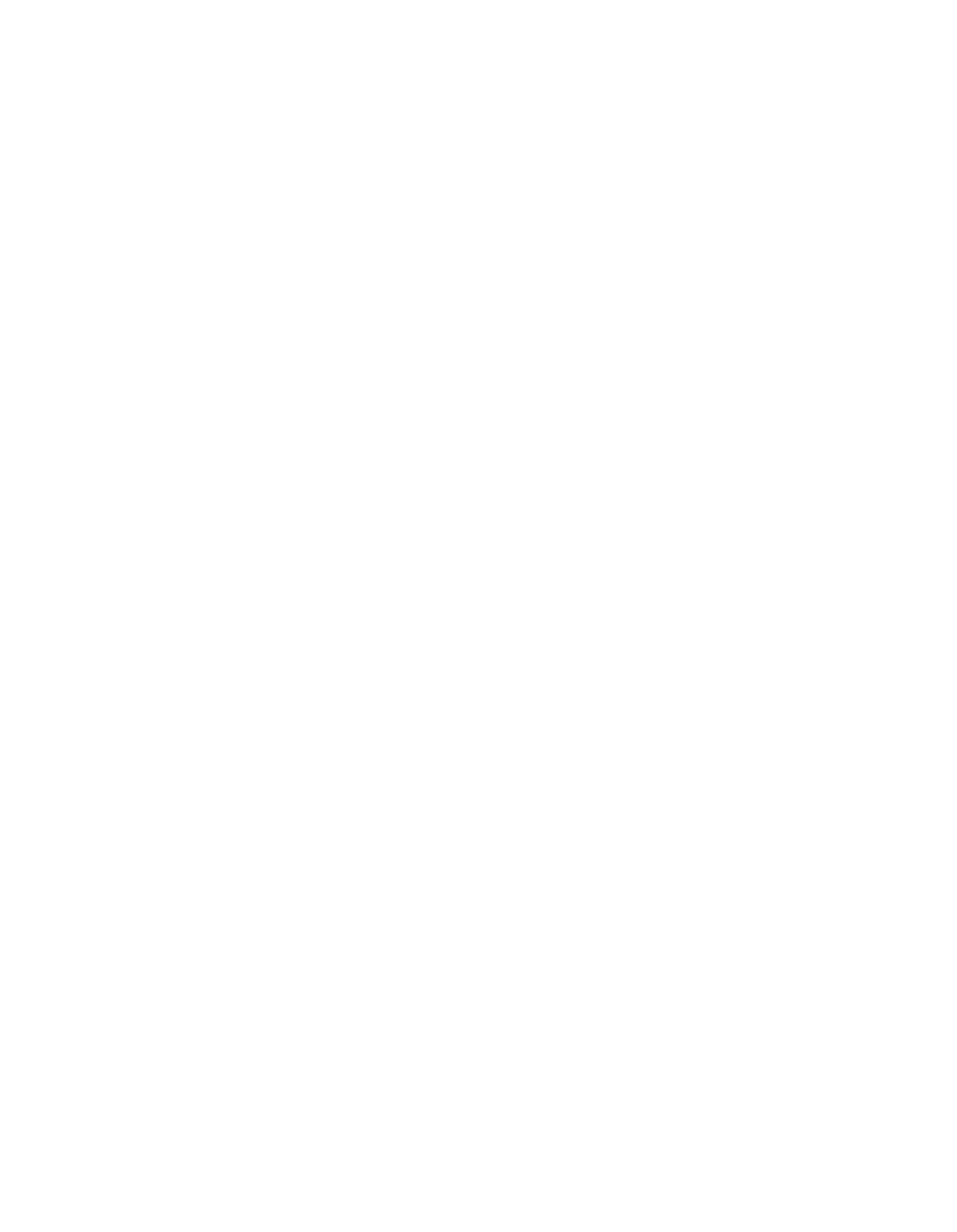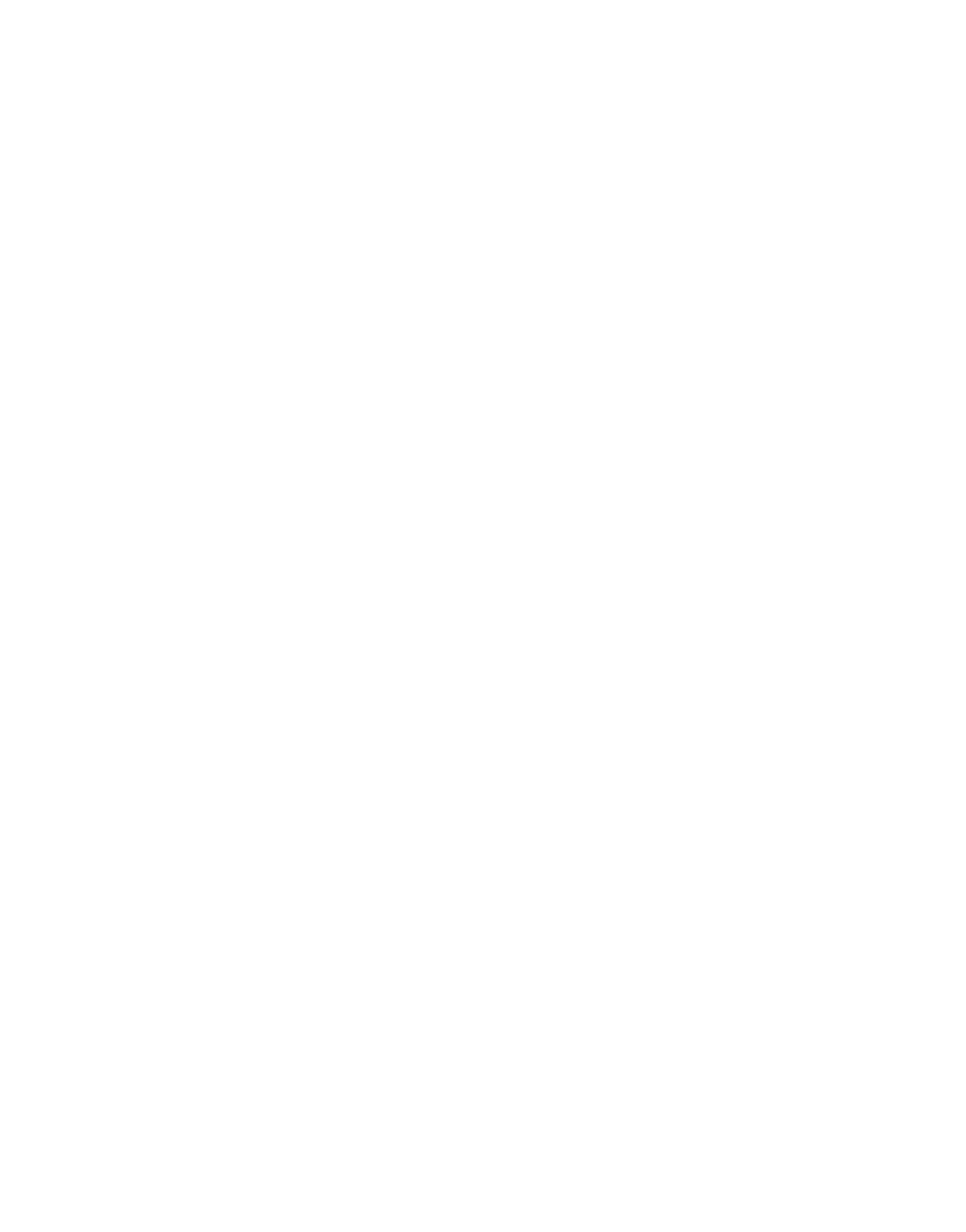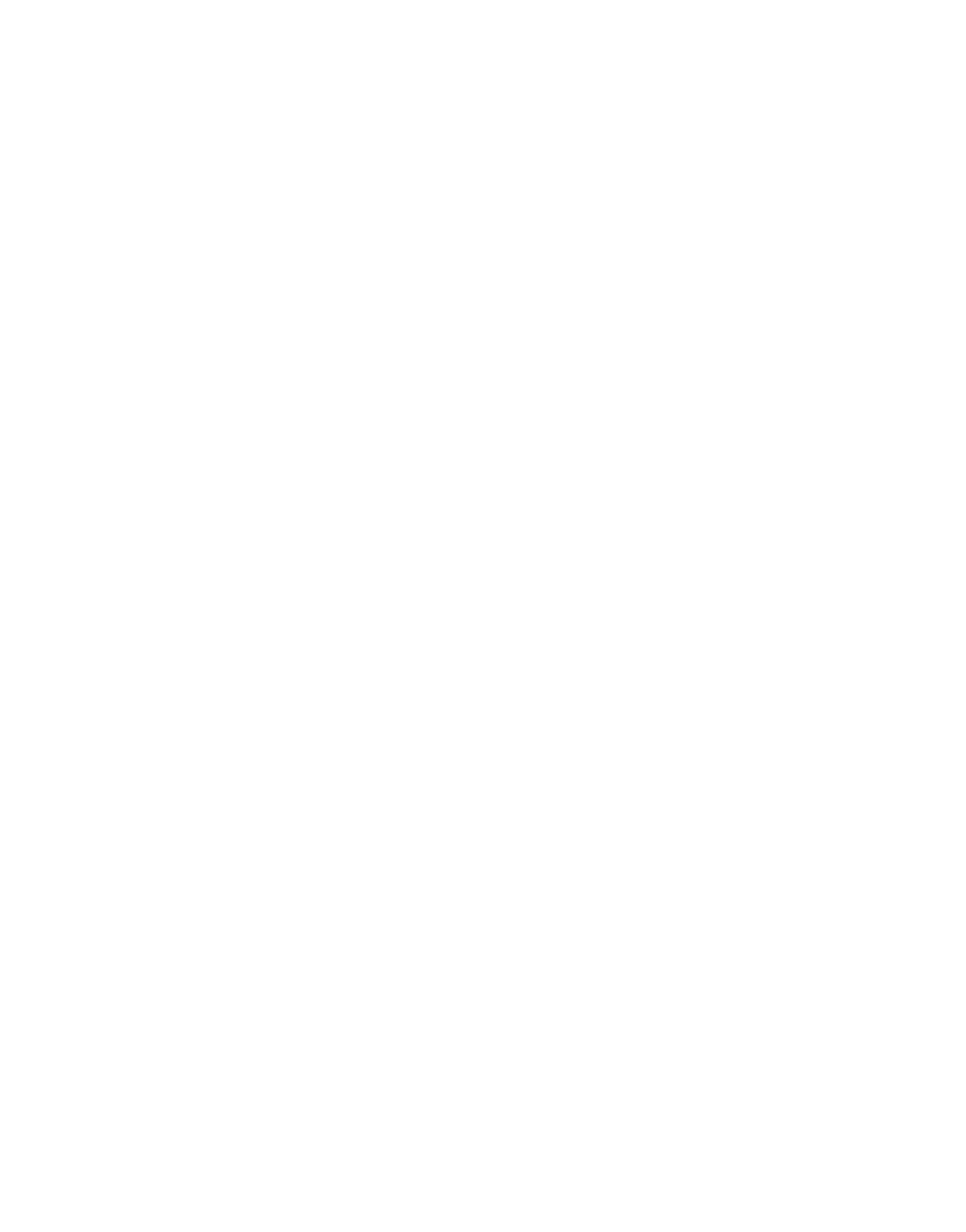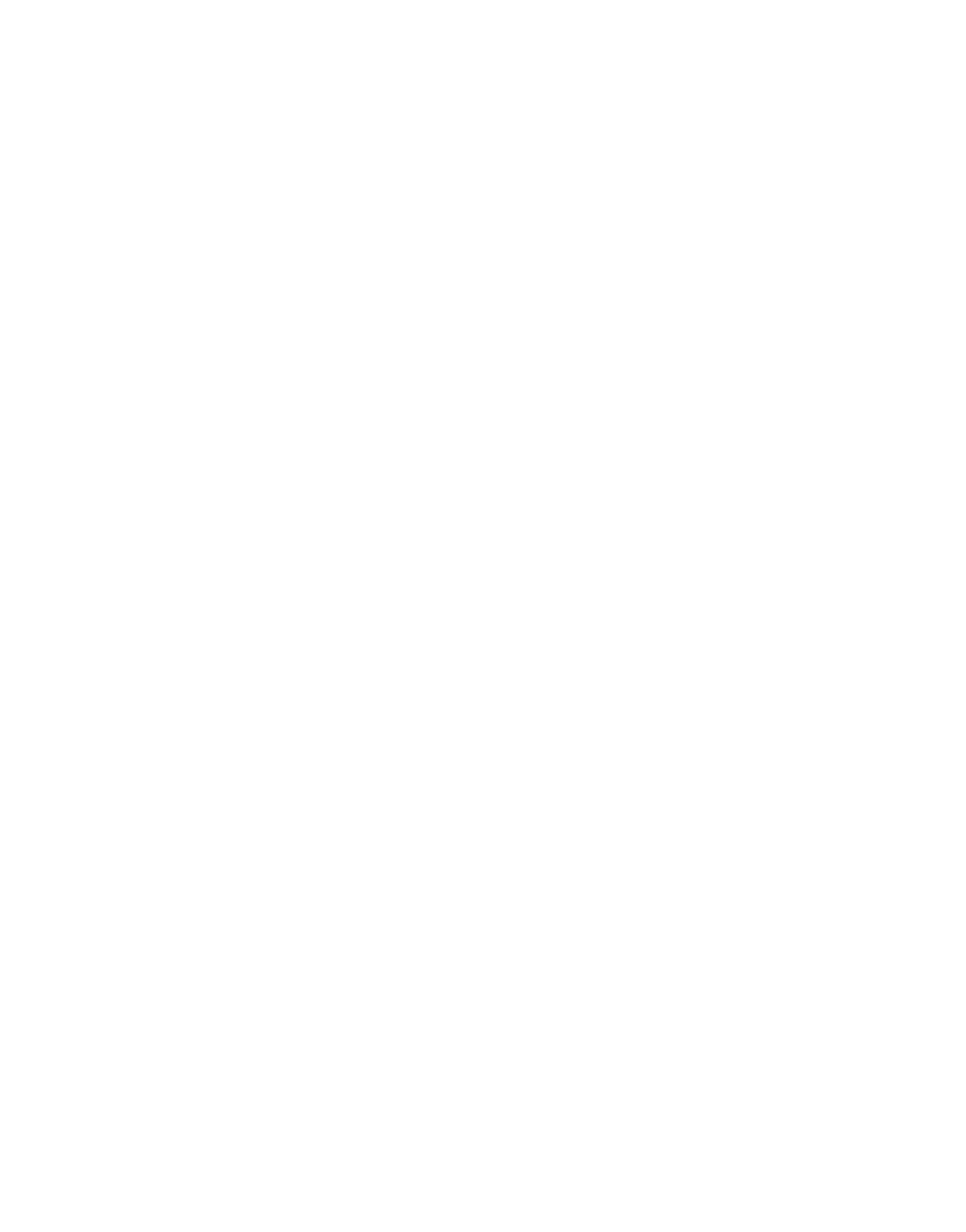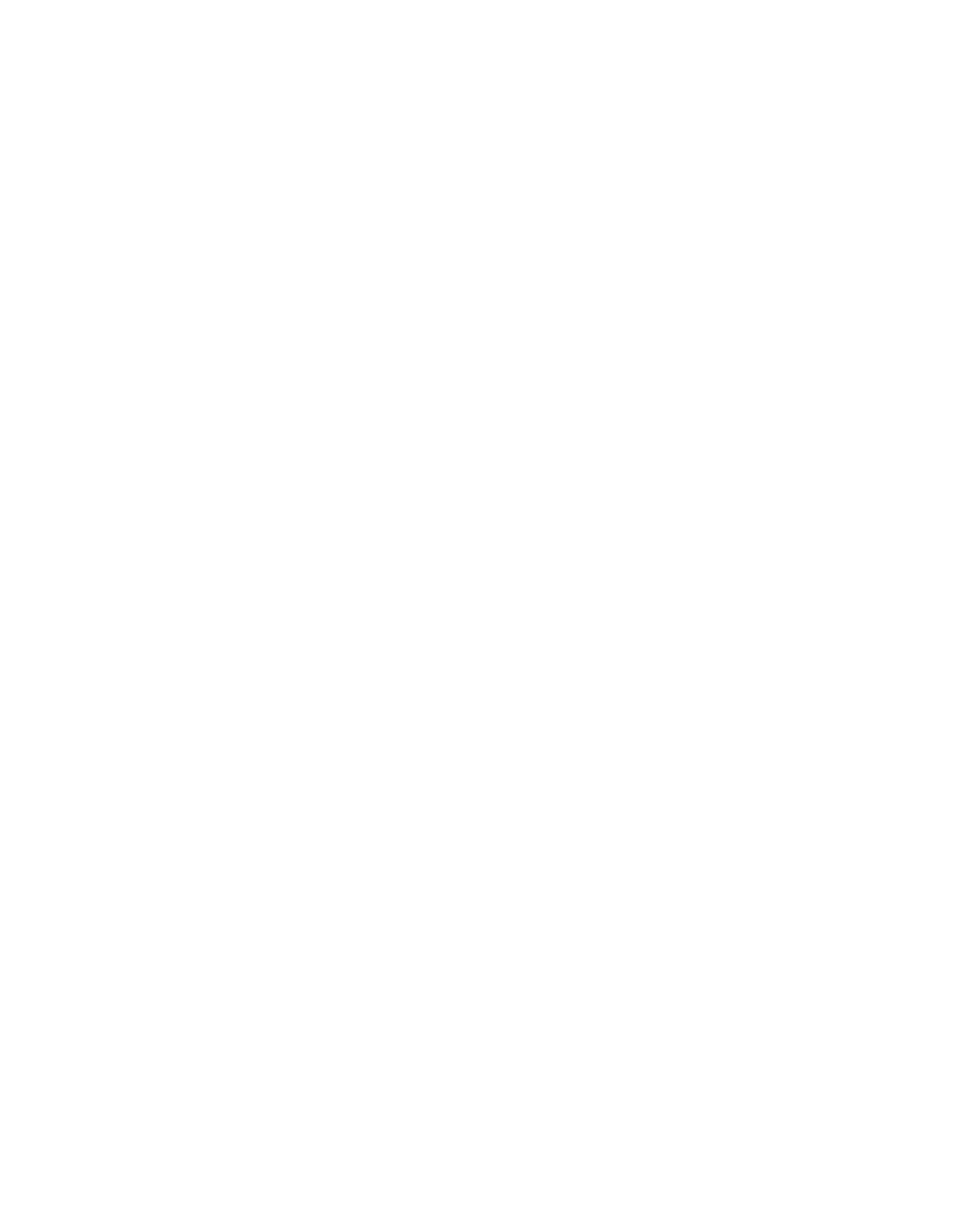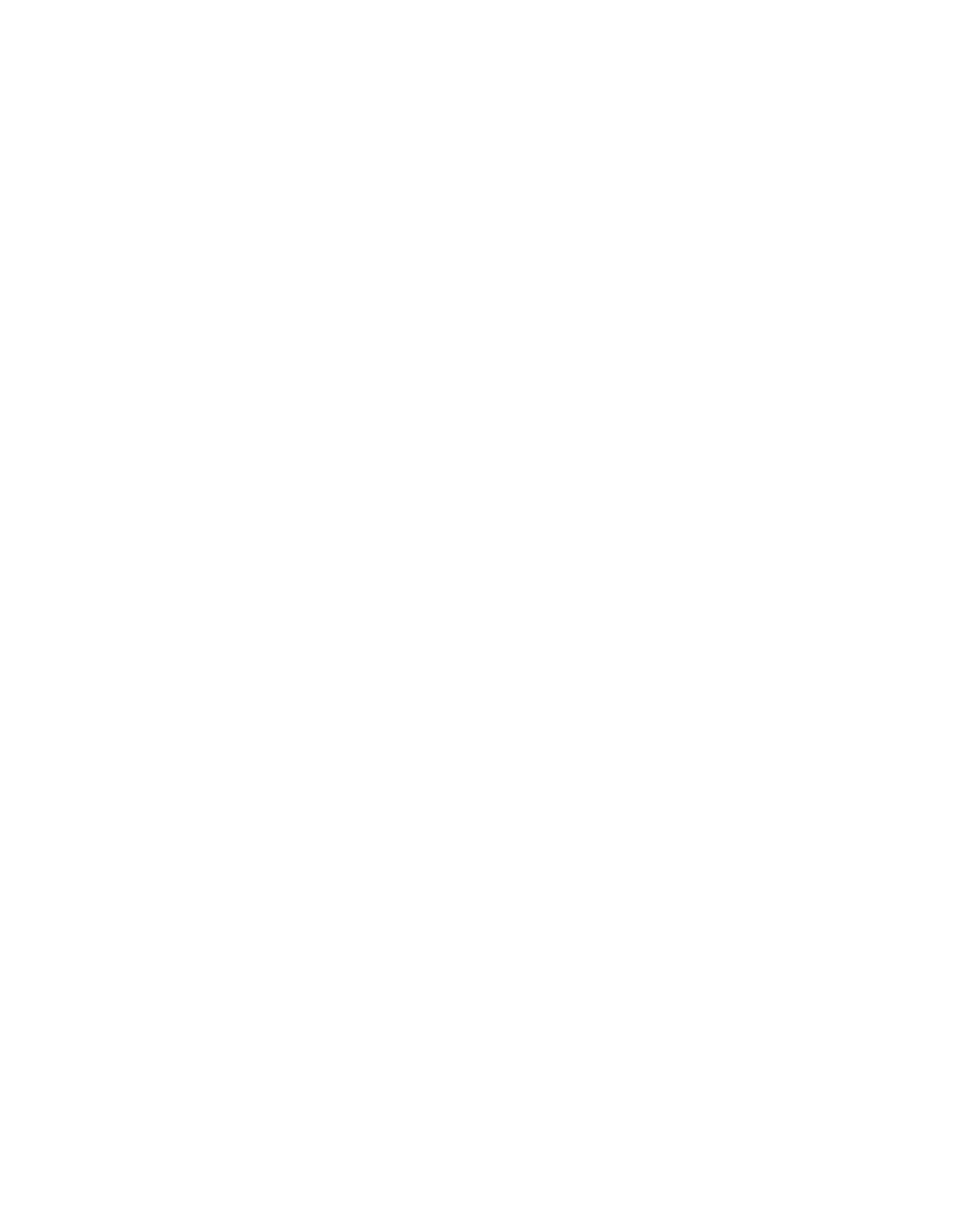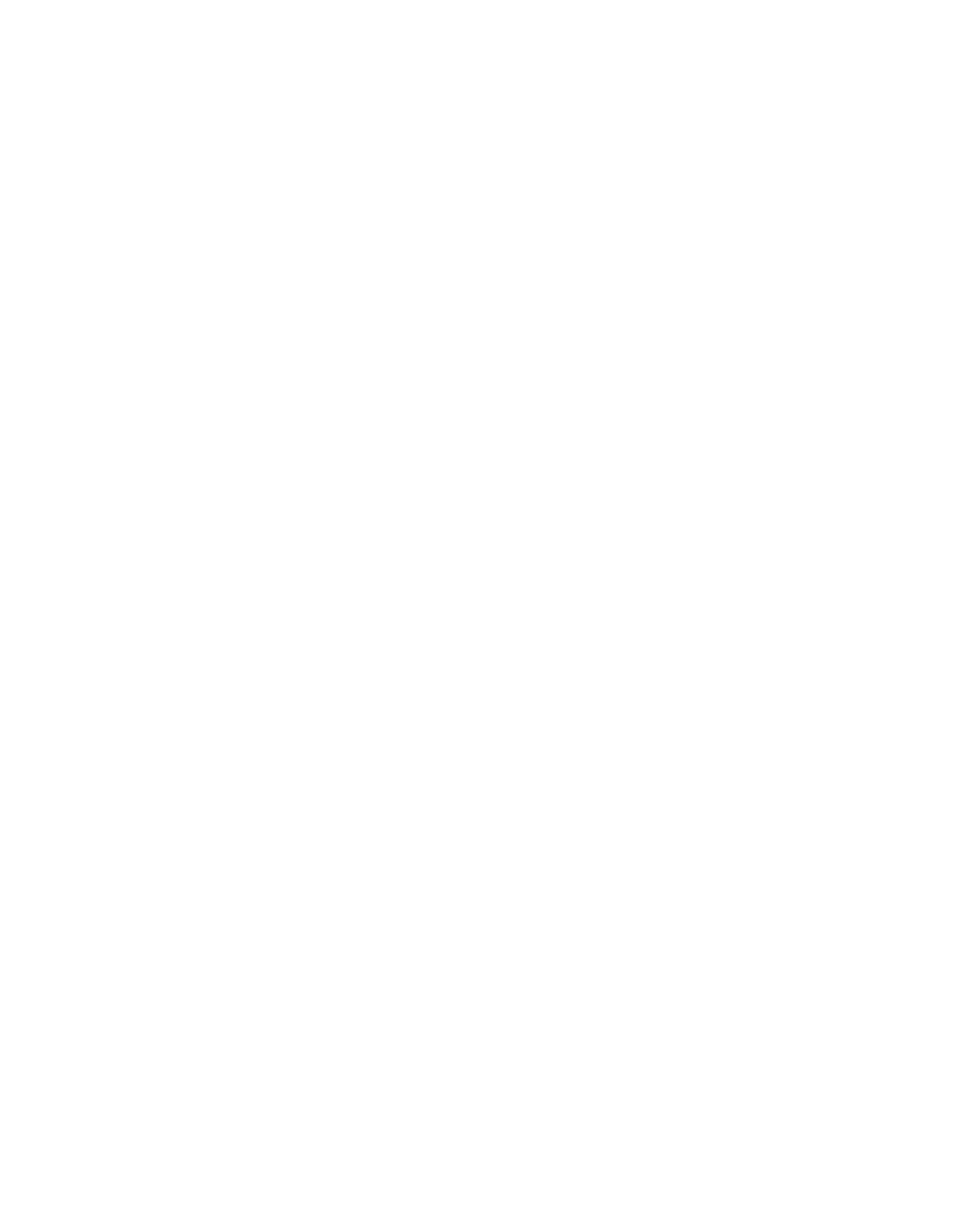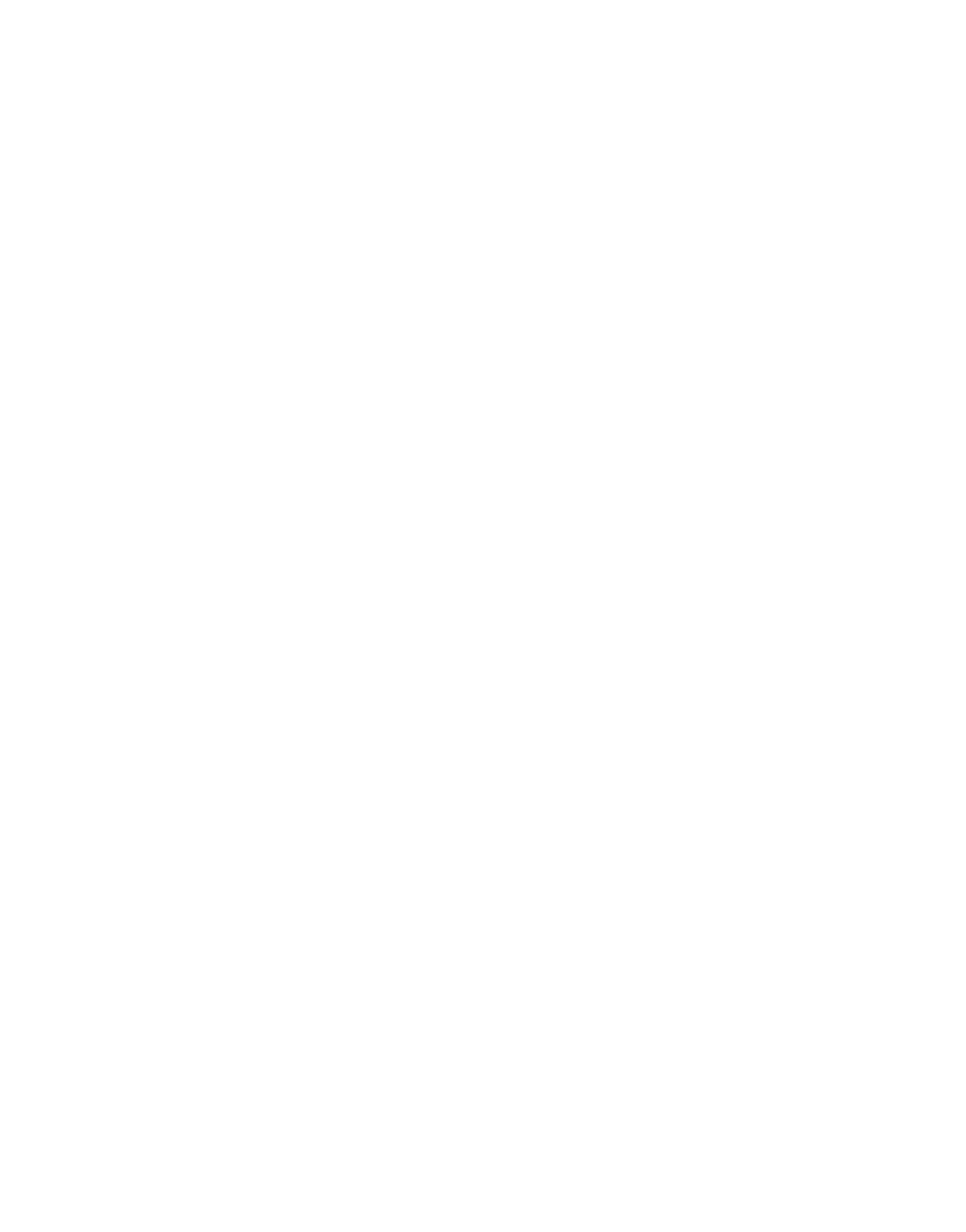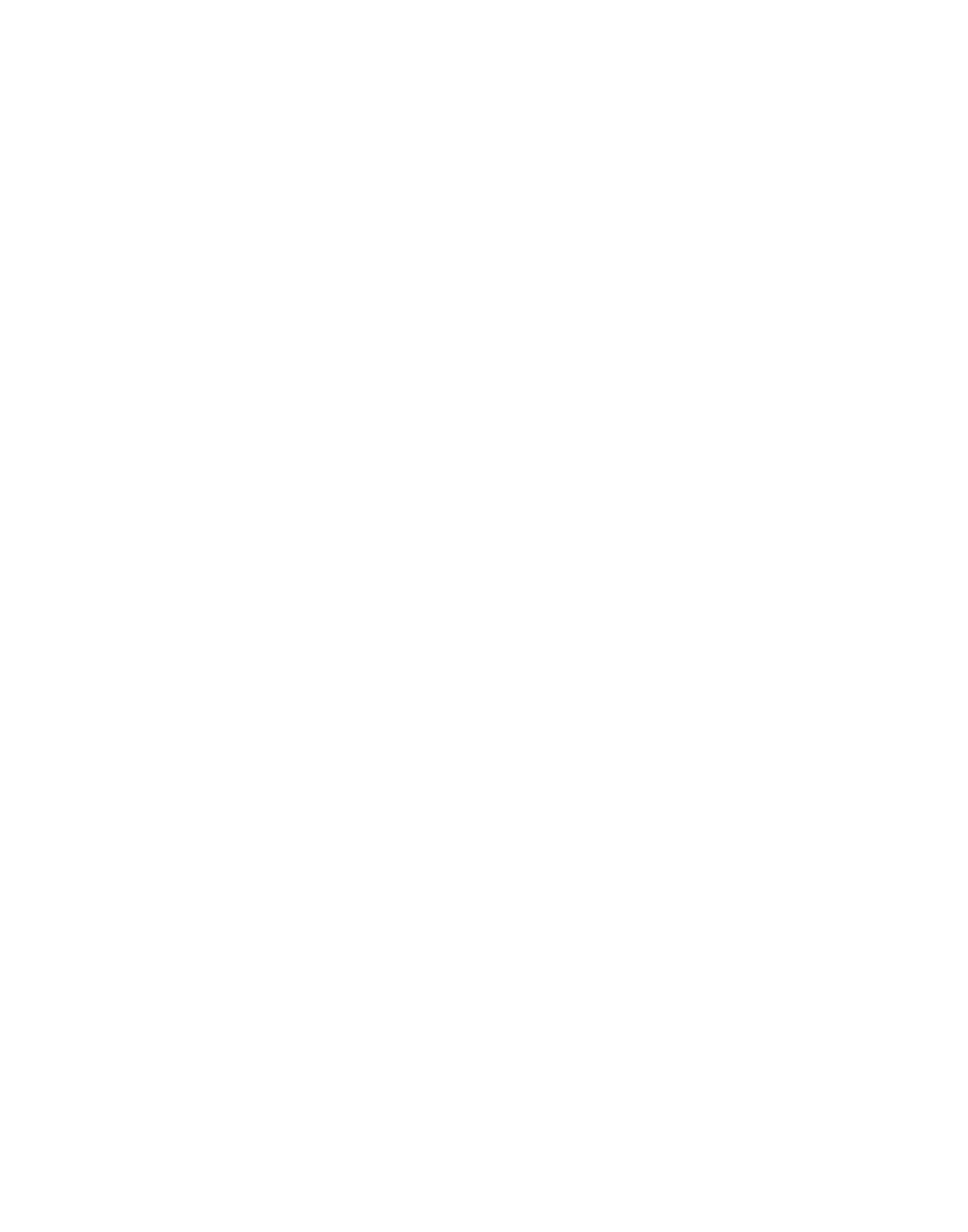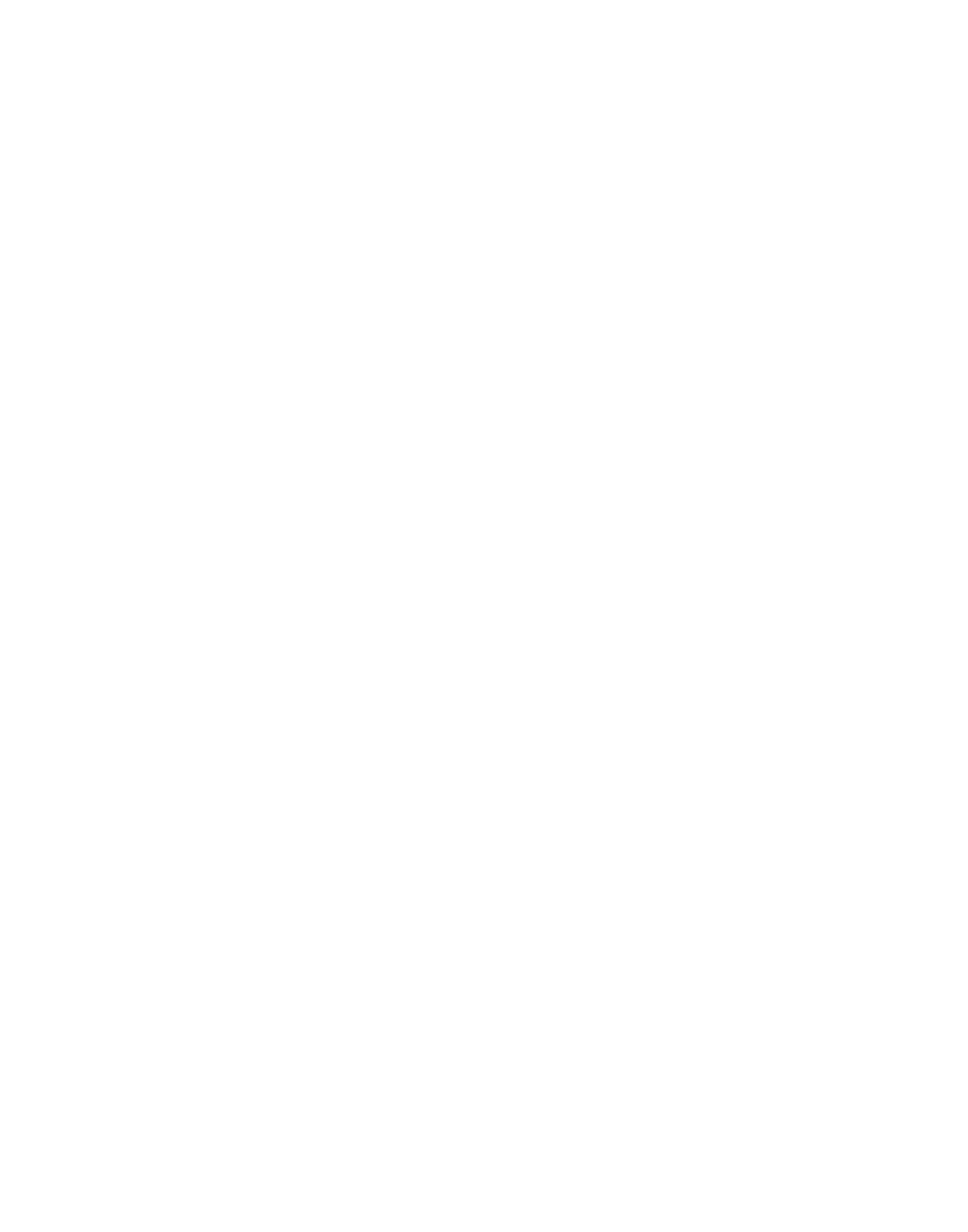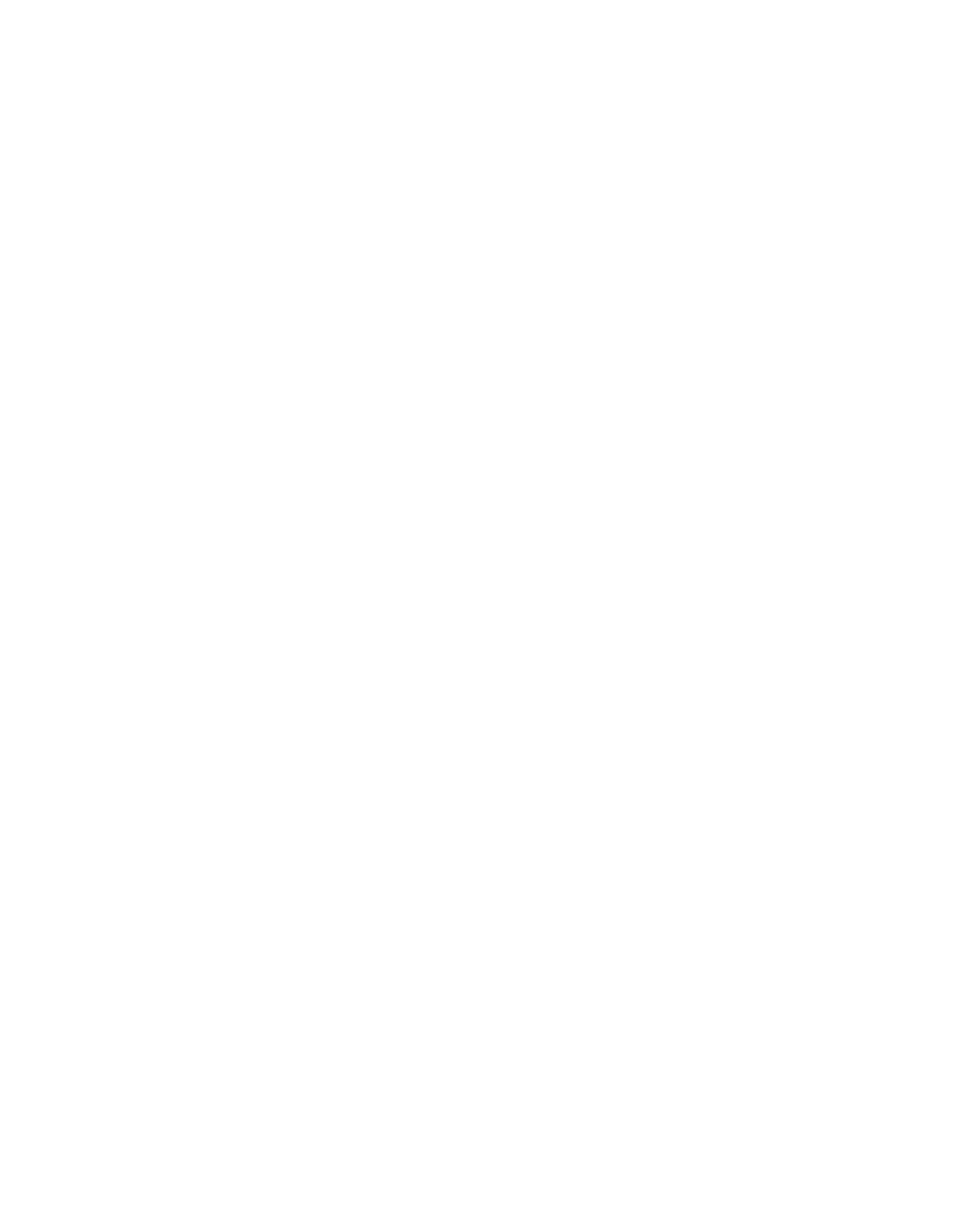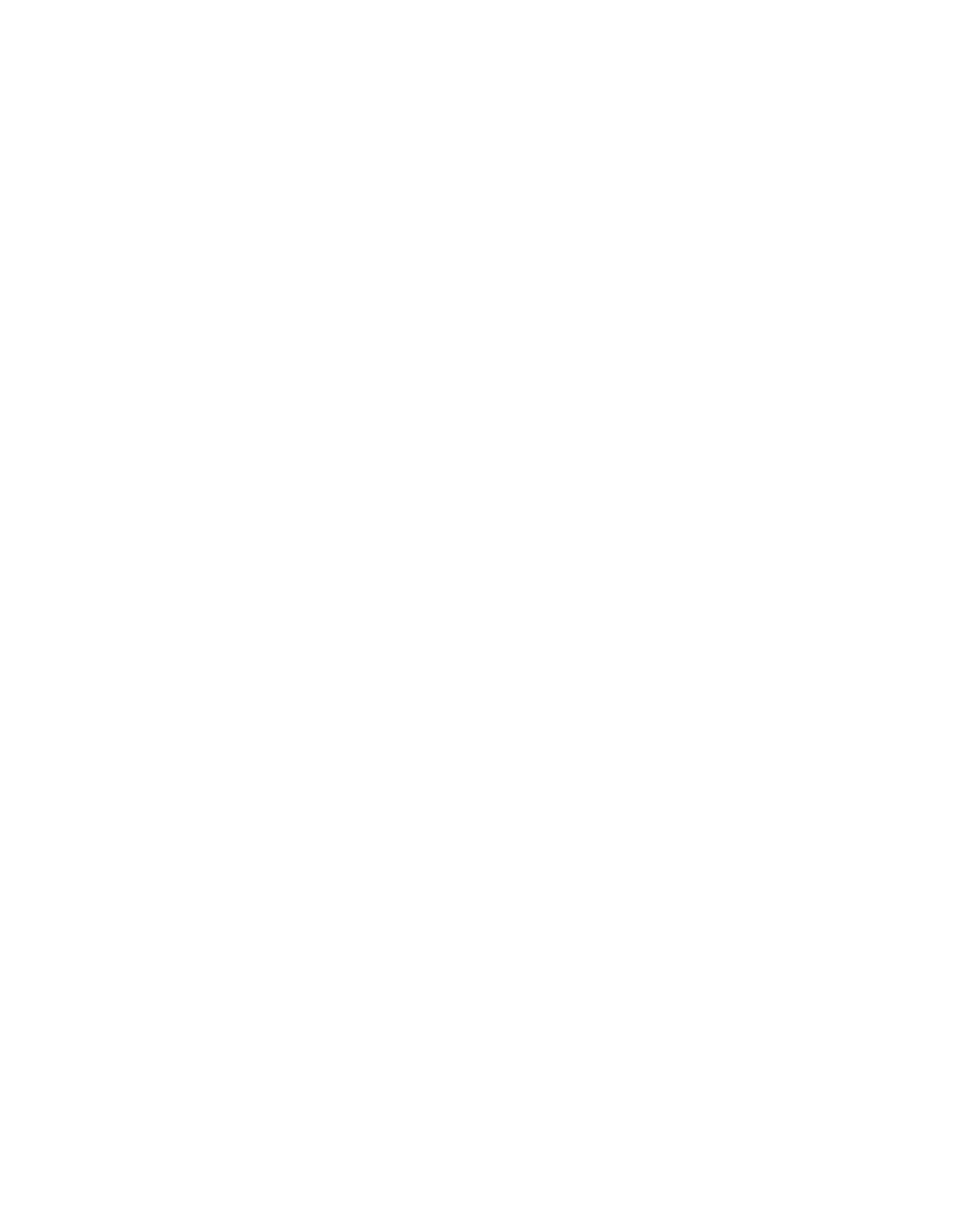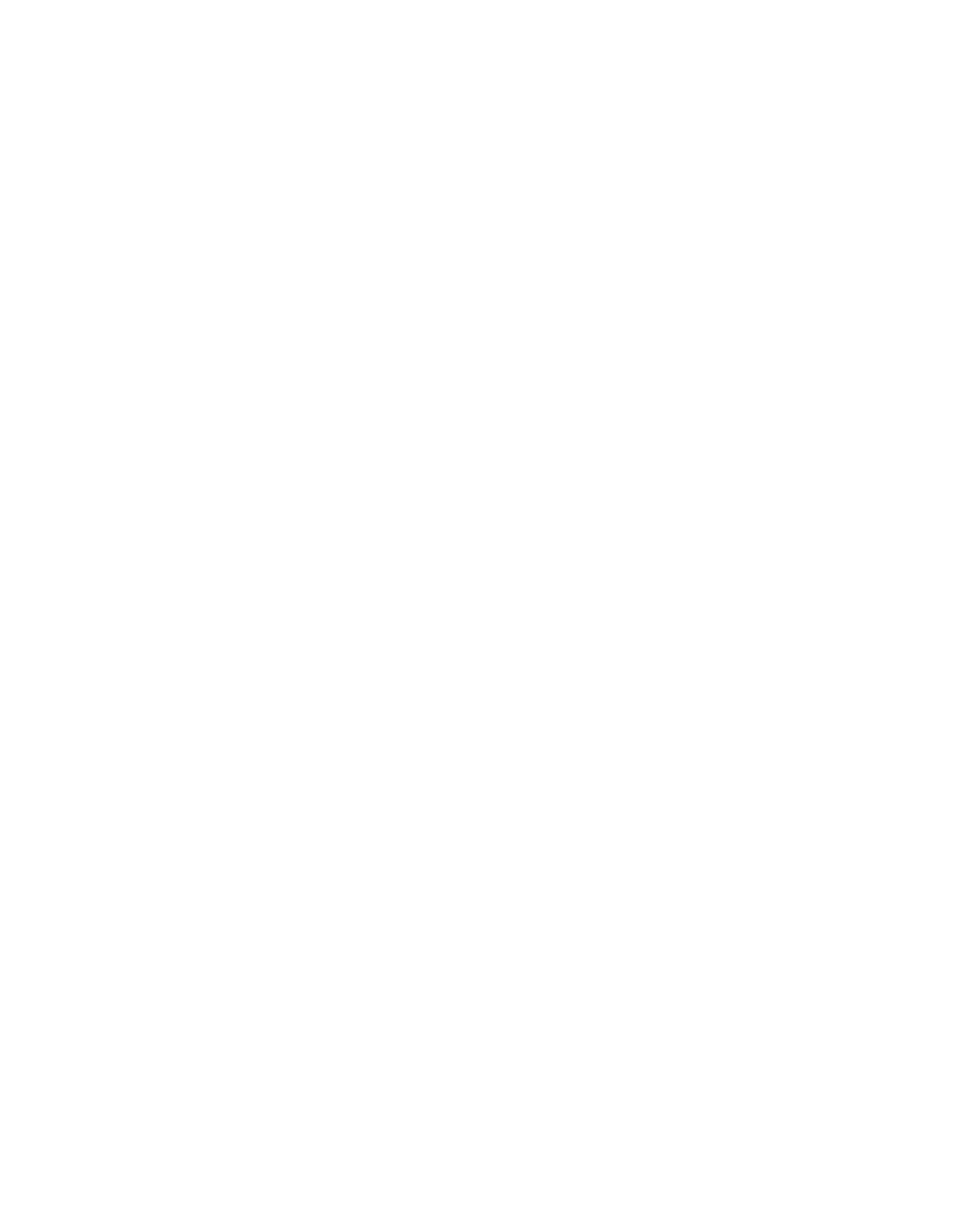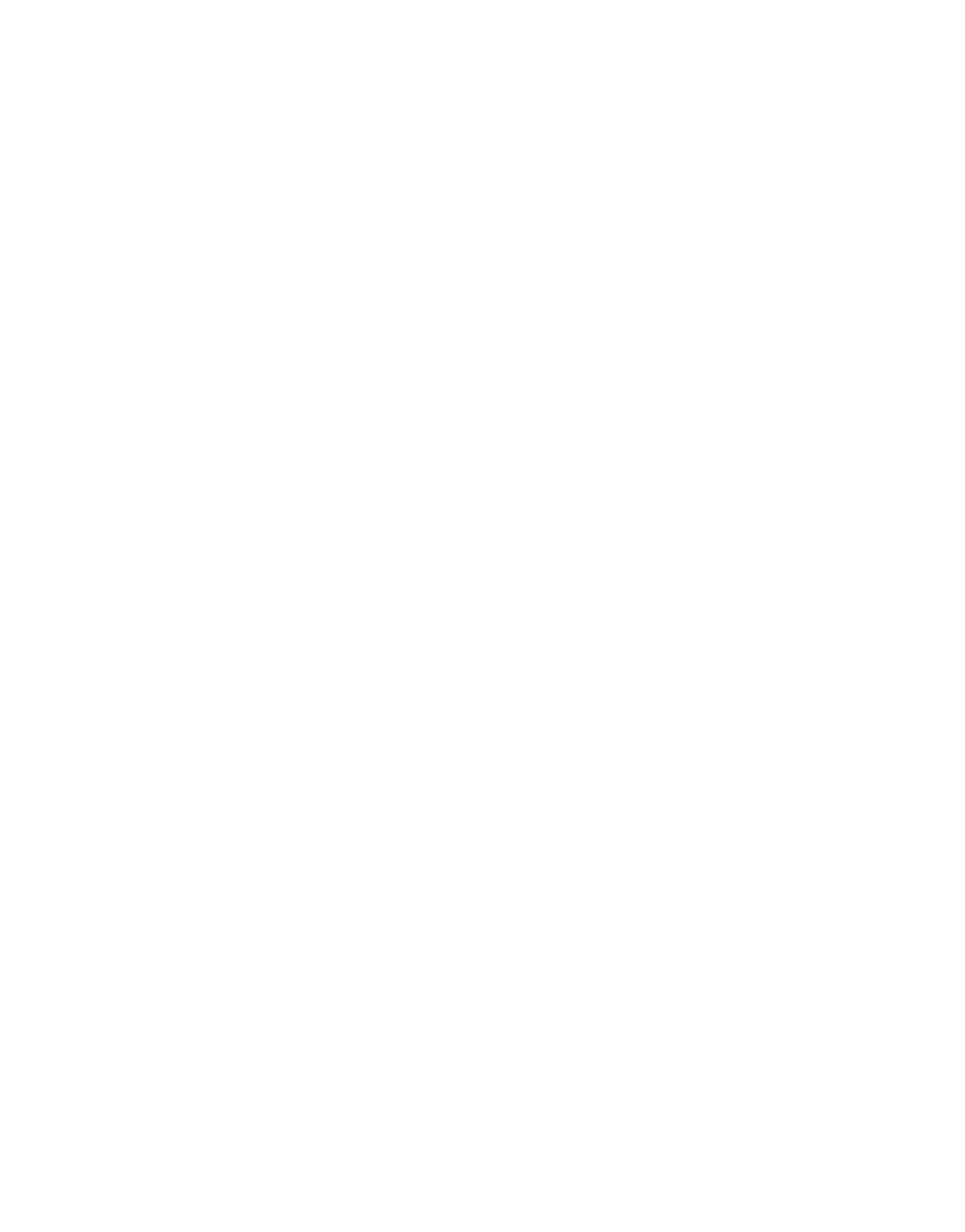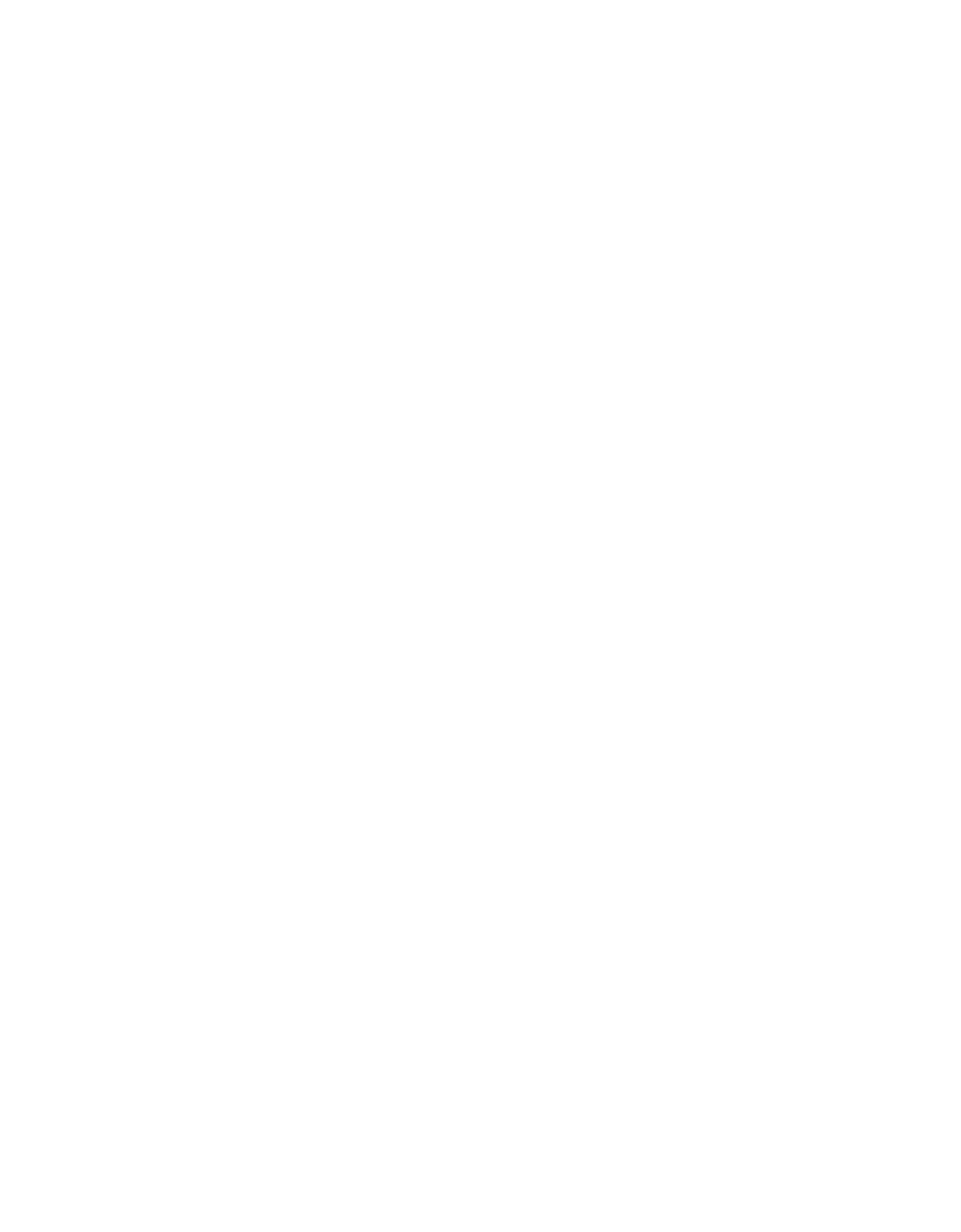| | - COOK CCU!~T~
- COOK C-0U?~TY
- (May be cited as PCB Regs.)
- TABLE OF CONTENTS
- ILLINOIS POLLUTION CONTROL BOARD
- of specified air contaminants to the atmosphere.
- ment.
- this Chapter.
- or after the effective date of this Chapter.
- this Chapter.
- Manual (1967), as revised from time to time.
- that:
- provisions of Part IV of this chapter; and
- materials.
- the case of nitric acid.
- Opacity lorcent Ringe .mann
- 10 0.5
- 30 1.5
- 100 5
- TABLF A
- M7JOR_?1ETRO1’OhaiT~.N )\fl)~!~5 IN ILLlfl3IS
- COUNTY1tS INCLUDED
- Kane, Grundy, Kendall, Kankakee
- (8) St. Louis (Illinois) St. Clair,, Madison
- Startup: The setting in operation of an emission source forany purpose.
- or vessel whiáh it protects.
- greater at 70°F.
- 2,000
- 4,000
- 6,000
- 8,000
- 10,000
- 20,000
- 30,000
- 0. 10
- 15.00
- 2 .40
- 6 .00
- 500,000 250.00 48.50
- 630,000 300.00 53.00
- E 2.54 (P) 0.534
- ia pounds per hour;
- E 24.8 (P) 0.16
- 900,000 450.00 67.70
- 1,000 3.05
- 2,000 4.70
- Table 2.4
- less than or equal to 10 1.0
- greater than 10 but smaller than 250 5.18
- (H5)0.715
- allowable emission standard in poundsper millionbtu of actual heat input
- (C) Existing Controlled Fuel Combustion Emission
- Sources Using Solid Fu~1Exclusively.
- (i) The emission source has an emissionrate based on original design or equip-
- compliance with paragraphs 203(c) (1) and (2)of this Chapter.
- in 36 Fed. Beg. 15718, Method 7.
- 1. High pressure air massover an area;
- 3. A temperature inversion.
- (8) Buildings shall be maintainedat temperatures no greater than 65° F., except
- (9) All manufacturing facilitiesshall curtail production to the greatest ex-
- t:Jn ~ bou1~d.r!e3rl;:ois ::ur. c..:.i
- scc.~ wo:
- ro’u.e bcitc b.YLntc1.
- (a) The open burning of agricultural waste, but only:
- (1) on the premises on whic’i such waste is generated;
- (2) in areas other than restricted areas; and
- (3) when atnospheric conditions will readilydissipate contaminants; and
-
- device to re’h~ceemizs3o:~ctstantialj; or
- cont.~ninanter.:i:uions subc~tanticlly.
- as well as for otti~rsapctions provided in the Act.
- Rule 505 Explosive Wastes.
- Rule 506 Local Enforcement.
- Rule 702. Definitions.
-
- 707(c) (1)
- Rule 603. Definitions
- Agency The Illinois Environmental Protection Agency.
- profit as a primary aim.
- SECTION’ In: Construction, Alteration and Repair of aStructure
- 4—281
- posed by burial at a sanitary landfill.
- so as to preclu?te the emission of asbestos fiber into the ambientair.
|
ILLINOIS POLLUTION CONTROL BOARD
April
13, 1972
In the
Matter
of
•
)
#R
71—23
EMISSION STANDARDS
)
Opinion of the Board
(by Mr. Currie):
New regulations for emission control of sulfur dioxide,
nitrogen oxides, carbon monoxide, hydrocarbons, and particulate
matter have been adopted by this Board.
Highlights of the
regulation are as follows:
•
significantly tightens the limits on the emission of particulate
matter from such operations
as steel mills, oil refineries,
electric power plants, cement plants and corn wet milling
facilities;
•
for the first time requires sophisticated new equipment to con-
trol emissions from coke ovens;
greatly strengthens existing standards for emissions from incin-~
erators;
for the first time limits emissions of sulfur dioxide in the
Chicago, East St.
Louis and Peoria regions to the equivalent
of 1
sulfur coal,
and imposes a series of limitations designed
to assure compliance with ambient air quality standards for
sulfur dioxide elsewhere;
• requires the control of dust escaping from stockpiles;
•
limits
the
emissions of
sulfur
dioxide and sulfuric acid from
industrial processes;
• requires such practices as floating roof tanks, submerged loading
pipes,
tight seals, and waste—heat boilers
to prevent offensive
hydrocarbon emissions from oil refineries;
• restricts the emission of photochemically reactive organic ma-
terials from such activities
as painting and printing in order
to prevent Los Angeles-type smog conditions, and further limits
emissions of organic materials where local nuisances would
result;
• for the first time requires the control of carbon monoxide
emissions from stationary sources such as incinerators,
iron
and steel processes, and oil refineries;
4
—
298
• for the~first time imposes limits on the emission of nitrogen
oxides from power plants in the Chicago and East St. Louis
areas, and from other industrial processes throughout
the State;
adopts
a statewide nondegradation standard to prevent the un-
necessary deterioration of air that is now clean,
and to pre-
vent new pollution sources from being located
in areas where
they will do the most damage;
• prohibits any emissions that cause a violation of the air quality
standards established to protect the public health and welfare;
•
institutes a statewide requirement of operating permits for all
pollution sources as an aid to enforcement;
• requires sources
to monitor their emissions, to keep detailed
records,
to adequately maintain their equipment, and to make
regular reports to the State.
An additional provision imposing strict limits on particulate
emissions from residential and cortgnercial coal burning has been
suspended by a temporary injunction and cannot be adopted until
further court order.
With this exception we believe today’s new
package of air pollution regulations, together with the federal
controls on motor vehicle emissions, will enable Illinois to achieve
compliance with the federal air quality standards for these
important. air contaminants.
In December of 1970 this Board published its initial
implementation plan containing proposed regulations for achieving
compliance with air quality standards for sulfur oxides and
particulate matter in the Chicago Metropolitan Interstate Air
Quality Control Region
(*R 70-15).
Extensive hearings were
held on this proposal, which was supplemented by a more stringent
proposed table for particulate emissions from process sources
(#R 71-4).
We also published for hearing purposes a similar
implementation plan for our portion of the St.
Louis region
(#R 71-8).
Before hearings could be held, however, the federal
Environmental Protection Agency, acting under authority newly
granted by the Clean Air Act amendments of December 1970,
adopted new air quality standards,
Under the ~ame statute,
it became the responsibility of the States to devise implementation
plans to meet the new federal standards.
These standards apply to
the entire State and cover carbon monoxide, hydrocarbons, photo—
chemical oxidants, and nitrogen oxide,
as well as sulfur and
particulates.
We asked the Illinois Environmental Protection Agency,
with the aid of the Institute for Environmental Quality, to con-
duct further studies to determine what measures were necessary and
reasonable in order to achieve compliance with the federal standards,
and to propose and defend before us a set of new regulations that
would give us a satisfactory basis for controlling air pollution.
Thereafter, upon preliminary study, the Board published for hearing
purposes two further proposals, one dealing with permits for air
contaminant sources
(#R
71—IS)
,
and the other with emission limitations
for hydrocarbons and other organic substances, carbon monoxide,
and nitrogen oxides from stationary sources
(#R 71-17),
Hearings
however, awaited receipt of more definitive Agency drafts.
4
—
299
we received Part I of the Agency’s proposal in October
and Part II in November, 1971.
Part
I, which dealt with
permits
and other general provisions, was designated #R 71—18, and hearings
were held on it in November.
Part II, containing substantive
limitations such as emission standards, was designated #R 71-23.
All the above proceedings were consolidated with #R71—23, and
extensive further hearings were held through December and
January.
Following this set of hearings the Board published a
proposed final draft embodying a number of changes based upon
evidence received and scheduled further hearings, which were
held in March.
After studying the final transcripts and
other evidence submit?ed in written form, we have today adopted
the final set of regulations.
This opinion explains the
basis for what we have done.
Before discussing the specific provisions in detail,
a
general wora of appreciation is in order.
In the Board’s
view the entire process of developing these complicated standards
illustrates how the Illinois environmental program can operate
successfully and in accordance with the intentions of the
General Assembly.
These regulations as adopted represent the
best thinking and the combined, cooperative efforts of all
three environmental agencies working together, each according
to
its special function, with a full opportunity for public
participation responsibly availed of with the result of numerous
improvements in the regulations in response to evidence given
by persons affected.
This Board can function best on the basis
of concrete proposals,
as in the present case, made and supported
by another agency such as the EPA.
The Institute’s assistance
was invaluable, in providing expert technical guidance for
the Agency in assessing the available technology and,
through
the special services of Argonne National Laboratory,
in furnisti—
ing impressive evaluations of the effectiveness of various
possible control strategies in advance of their application.
The record is as a result extretAely solid in telling us what is
needed to assure satisfactory air quality and what is technically
and economically reasonable in terms of control technology.
We
trust that the numerous constructive changes made in the proposed
regulations, many with the concurrence of the Agency, demonstrate
that both the Agency and the Board view the public hearing
process as
a meaningful opportunity for the acquisition of
additional relevant information and that we are more than willing
to alter a proposal in the light of new information.1
A detailed discussion of individual provisions follows.
PART I
Rule 101:
Definitions.
Most of these definitions are
self-explanatory.
Additional definitions appear in Rule 201
since they are most directly applicable to the emission
limitations of Part II, but both sets of definitions apply
to both Parts.
a
1.
A special word of thanks is needed for Dr. Richard Wadden
of the Board’s staff for his tireless and expert efforts
in the consideration of these regulations.
4
—
300
Among the more significant definitions is that distinguish-
ing
between new and existing sources, a distinction that in
some cases determines which of two alternative standards must
be set and which also relates to the need for a construction
permit.
On the basis of the testimony we have adopted the
federal definition of a new source, which recognizes that once
binding contracts have been entered for construction of a facility
there is a significant reliance interest in treating the source
as an existing one.
Also of importance is the definition of
~specified” air contaminant, which means that permits are
required only for facilities capable of discharging certain
listed contaminants for which specific standards are provided.
Without this provision the broad definition of “contaminant”,
which is entirely appropriate for enforcement purposes, might
require permits for the emission of water, for example, which
would distract the Agency from its more serious concerns and
impose unnecessary paperwork costs on all concerned.
Rule 102:
ProhIbition of Air Pollution restates the
statutory prohibition against air pollution,
so that all relevant
prohibitions appear in a single document, and states the general
statutory principle that emissions shall not violate the
regulations.
As we have held, the statutory prohibition is
directly enforceable without regard to the regulations.
It
means that substances not covered by numerical standards may
not be emitted so as to cause a nuisance, since no code of
rules could ever provide numerical standards for all contaminants.
See EPA
V.
City of Springfield,
# 70—9
(May
12,
1971).
More-
over, as the statute specifies in Section 49(e), compliance
with a numerical standard constitutes only a prima facie de-
fense to a charge of air pollution even with regard to the
same contaminants.
For numerical limits only state what is
acceptable in ordinary situations; under special circumstances
of geography, meteorology, or configuration, emissions meeting
the standards may cause a nuisance, and that the statute
flatly forbids.
EPA v. Granite City Steel Co.,
#70-34 (March
17, 1971); EPA v.
Southern Illinois Asphalt Co.,
# 71—31,
(June 9, 1971).
Rule 102 also incorporates the important additional
provision,
inherent in the idea of air quality standards,
that emissions shall not prevent the attainment or maintenance
of any ambient air quality standard.
Such a provision is
required by federal regulations for the approval of any
implementation plan,
as the very purpose of the plan
is to assure
that the air quality standards are met.
Because even the
tightest emission standards cannot assure that emissions are
clean enough to breathe, the unlimited proliferation of sources
in a relatively small area could result in violations of the
air quality standards even if each source met its emission
standard.
The air quality standards themselves are based on
4
—
301
expert assessment of health and other adverse effects of given
levels of pollution and of the technology for reducing emissions,
assessments that are in the present record.
As we recently
stressed in adopting a corresponding provision respecting
water quality standards
(PCB Regs,
Ch.
3, Rule 402, adopted
Jan.
6,
1972, sub nom. Effluent Standards,
#R 70-8), compliance
with the emission standards is a minimum;
it is essential that
whatever measures are. necessary, subject to proof regarding
economic reasonableness in the particular case, be taken to en-
sure that the air quality standards are met.
Under this
provision enforcement action may be undertaken against an emission
source even if
it is in compliance with numerical emission
standards,
if such compliance
is insufficient to assure that
the air is ~f satisfactory quality.
Rule
103:
Permits.is the heart of a comprehensive permit
system both to aid in obtaining emission information necessary
for an evaluation of the control program and as an effective
enforcement mechanism.
Existing regulations promulgated by the
old Air Pollution Control Board
(APcB)
and preserved by section
49
of the Environmental Protection Act require permits for
the construction of new equipment that would cause or control
contaminant emissions, but there was no provision for operating
permits.
See EPA v.
Southern Illinois Asphalt Co.,
#71-31
(June 9, 1971).
This omission meant that older facilities were
allowed to operate without permits, and
therefore without
adequate state supervision.
This situation is remedied in
the new regulations.
Paragraph
(a) restates the existing requirement of a
construction permit, which allows review of the pollution
potential of a proposed installation before expensive invest-
ments are made and should result in catching many improper
projects before they begin, to the benefit of all concerned.
Basic outlines of the information that must be submitted in
an application are provided, with the Agency given authority
to be more specific in light of its familiarity with its own
information needs in administering the program.
The basic
standard for issuance of
a permit is that the installation
will comply with the law and regulations, and the Agency may
impose whatever conditions are necessary to assure that compliance.
Compliance of course means more than meeting the numerical
minimum standards; the applicant must show that his installation
will cause neither statutory air pollution nor a violation
of the air quality standards, and that a new facility will
not cause degradation of the air in violation of Rule 303.
Thus the permit requirement is the
first line of defense against
putting the right~factory in the wrong place,
such as where it
might interfere with the esthetic qualities of a state park~
Paragraph
(b) requires operating permits.
In the case of
new equipment for which a construction permit has been obtained,
the basic issue with respect to an operating permit will be
whether or not the terms of the construction permit have been
met, since compliance with them should assure compliance with
the law and regulations,
Joint construction and operating
permits are authorized where appropriate to reduce the paper
burden.
In the case of older sources,
a phased schedule is set
requiring operating permits by various dates beginning November
1, 1972, in order to allow the Agency to distribute its work-
load.
In the case of
an operating permit the applicant must
show not only that he is presently in compliance, but also that
he has an approved compliance program that will assure that
he meets any applicable future compliance date,
as well as an
approved episode control program where applicable.
In this way
the permit requirement serves as a means of enforcing the
requirements of episode control and of an early start toward
meeting future contro’ requirements.
Among the conditions the Agency may impose in an operating
permit are that equipment be properly maintained,
that a written
maintenance program be developed, and that maintenance records
be kept.
It is not enough that good equipment be installed;
it must be adequately maintained
to prevent pollution.
To
prepare a written program assures that an operator in his own
interest gives serious attention to the problem and that his
employees are properly instructed.
This much is merely good
practice.
It also gives the Agency a chance to make constructive
suggestions,
and the record requirement serves as both an
internal and external check to assure the program has been
adhered to.
The further Agency proposal that EPA be empowered
to pass on the adequacy of the program in a permit proceeding
was omitted because the Board majority thought it unnecessary
and
burdensome.
Paragraph
(d) authorizes the Agency to establish design
criteria indicating examples of acceptable design parameters
for the guidance of those wishingto know what the Agency considers
adequate to meet the standards for issuance of a permit.
These criteria are not binding; any applicant is free to de-
monstrate that alternative designs will achieve compliance with
the substantive standards, which is the ultimate goal of the
regulations.
In order to aid the
Agency in
making its
determination whether or not the applicant is entitled to a
permit,
the Agency under paragraph
(e) may conduct a hearing to
elicit facts beyond those presented in the application.
Paragraph
(1) authorizes the Agency to require the posting of
a bond,
~s the Board requires in variance cases, as an additional in-
ducement to assure compliance with the terms of the permit.
4
—
303
Permits may be revoked only upon a complaint and order
by the Board as a sanction for violation,
in order to assure
due process to the permit holder.
Permits may be revised upon
any
revision of the Act or regulations.
Paragraph
(h) states
the obvious point that having a permit does not authorize a
violation of the emission standards or other applicable
limitations, any more than a driver’s license authorizes
reckless driving.
Certain classes of emission sources are exempted from
the permit requirements, but not from the substantive
limitations, because the burden of processing permits in
these cases would not be justified by the benefits.
The
exempted classes are basically numerous small sources.
The permit provisions today adopted are very closely
parallel to those relating to water pollution and adopted by
this Board March 7,
1972
(Water Quality Standards,
#R 71-14,
PCB Regs., Ch.
3, Part IX).
Rule 104:
Compliance Programs is a most essential provision,
adapted from the Air Contaminant Emission Reduction Program
section of the APCB regulations, for assuring prompt initiation
of programs for achieving compliance with standards whose
effective date is in the future.
Many of the substantive
limitations adopted today impose stringent new requirements
which cannot be met immediately without closing down large
numbers of existing facilities.
While
it is important that
the new standards be met as soon as
is practicable, we have no
wish to obtain clean air at the cost of closing down society.
It is common practice, when standards are tightened,
to allow
a reasonable time in which to construct the necessary equip-
ment or take other necessary measures to meet them, except in
rare cases in which the immediate public danger is so great
as to require a shutdown until the problem is corrected.
Consequently we have in many cases set deferred compliance
dates for new standards adopted today, leaving the emergency
cases for case—by-case determination under the statutory air
pollution section.
At the same time, however, we cannot be content simply to
set a future compliance date and to wait until then before taking
any action to assure that something is being done.
We need
interim checkpoints at which the Agency can determine whether
people are falling behind the pace that is necessary
if compliance
is to be achieved by the prescribed date.
Therefore Rule 104
requires the timely submission of programs spelling out the
steps that are to be taken, and the dates on which they are to
be taken, in order to bring the
facility into compliance.
Agency
approval of such a program will constitute a prima facie defense
—
304
to an enforcement action,
since wedo not wish to penalize those
who are doing their best.
The defense cannot be absolute be-
cause Board regulations cannot give the Agency power to allow
violations of the statutory prohibition against air pollution,
and because policy requires that we reserve authority to direct
a shutdown in the rare case in which there
is an immediate and
excessive health hazard.
As a corollary
to the provision that
following an approved program is a defense, the Rule provides
that failure to submit
a program,
to obtain approval, or to
follow an approved program constitutes a violation for which
a complaint may be filed.
Without such a provision the Agency
could do little against a laggard until the deferred compliance
date
is reached.
By that time it would be too late to do any-
thing to accelerate performance short of the drastic remedy
of shutdown.
The regulation is designed to avoid that remedy
whenever possible.
Once again the ~ecently adopted water regulations are
similar.
Rule 105:
Malfunctions, Breakdowns,
and Startups.
No
machine works perfectly all the time.
Further, startup
conditions may result in less than optimum emission control.
The policy of this Rule is that insofar
as
is practicable,
efforts shall be made to reduce the incidence and duration of
startups and excessive emissions during startup periods; and
that, except
in special cases, equipment whose pollution controls
are out of order should not be operated,
just as an automobile
should not be operated when its brakes are out of commission.
Clearly the latter principle cannot be absolute, for it may
not be worth blacking out the entire Midwest to prevent emissions
from a partly malfunctioning boiler precipitator.
We cannot
resolve the myriad of individual variations in a single rule.
The Agency’s admirable proposal, which we have adopted, places
case—by—case discretion in the Agency under its permit
powers, providing that if special conditions warrant permission
to operate during a malfunction,
or if irreducible startup emissions
will somewhat exceed the general standards, EPA may grant
permission for such emissions upon application and proof.
Rule 106:
Monitoring and Testing allows the Agency to
require an operator to measure emissions, either continuously or
periodically,
in order to provide information necessary to
determining compliance.
The cost of acquiring such information
is an appropriate cost of doing business and is placed upon
the operator.
In order to assure that general monitoring
requirements are well—considered and reasonable, the Agency
must allow time for public comment before such requirements
become effective.
In individual cases, however, the Agency
may require monitoring as a permit condition, subject to Board
review under the statute.
Latitude is left
to the Agency in
these matters because, although the record amply supports the
4
—
305
desirability of monitoring,
it does not tell us what devices
are available at what cost to do the job.
In matters of this
nature the Agency’s field experience will enable it to make an
expert determination.
Provision is also made for allowing the Agency to conduct
its own tests,
or to require individual stack tests to be
performed as needed by an operator.
These provisions are
indispensable to any enforcement program.
Stack tests are the
best indication of the actual performance of control
equipment;
without them it is often possible to demonstrate violations by
calculation in the absence
of adequate control equipment, but
it is not so easy to prove by calculation whether or not adequate
equipment is operating as
it should.
Rule 107:
Records and Reports implements the statutory
provision authorizing the Agency to acquire information necessary
to the performance of
its functions.
Rule 108:
Proof of Emissions restates formally the Board’s
holding, e.g., EPA v.
Lindgren Foundry Co.,
# 70-1
(Sept.
25, 1970),
that an expensive stack testisnot necessary in
all cases to demonstrate a violation of numerical emission
standards.
Standard emission factors have been developed on
the basis of prior testing that enable
one to make fairly
accurate calculations
as to emissions from equipment similar
to that previously tested.
Relevant considerations include
the nature and amounts of materials processed, the size and
type
of process and control equipment, and the method of
operation.
Such calculations are of course subject to rebuttal
by more direct evidence,
as
in EPA v.
Norfolk
& Western Ry.,
#70—41 (May 26, 1971).
RUle
109:
Circumvention,
as in the APCB rules, prohibits
such practices as dilution, which might result in nominal
compliance with certain standards without reducing the amount
of contaminants emitted or their adverse
effects.
Rule
110:
Design of Effluent Exhaust System requires
a stack or other outlet to be constructed so as to minimize
adverse effects of an emission.
Emissions controlled by
sophisticated equipment are much better than uncontrolled emissions,
but nobody should have to breathe them directly.
Rule 111:
Burden of Persuasion Regarding Exceptions
states the otherwise implicit rule that special exceptions must
be proved applicable by the party claiming them.
4
—
306
Rule 112:
Annual Report, as in the water regulations,
requires the Agency annually to assess progress in controlling
pollution and to provide the Board and the public a status
report so that the actual operation of the program can be
assessed.
Rule 113:
Severability is a standard severability provision.
Rule 114:
Repealer specifically avoids any gap in
enforcement by preserving the APCB rules until the effective
date of any new standard.
That is, any source required to
meet a new rule at a future date must continue to comply with
the old standard in the meanwhile.
4
—
307
PART II: EMISSION STANDARDS
Air quality standards, based upon evidence as to the
harmful effects
of various concentrations of air contaminants
in the ambient air,
are sometimes said
to state
the
goals of an
air pollution control program.
More properly,
they should be
viewed as outer limitsof tolerability,
They constitute a
commitment by both state and federal government that the air
will not long be permitted to remain, nor ever allowed to re~’
turn,
to a worse condition than that prescribed in the standard.
Thus air quality standards are minimum benchmarks against
which to test the success of
a program of air pollution control.
Moreover, since one principal goal of a control program must be
to keep the standards from being exceeded, air quality standards
are a valuable tool in determining the requirements of such a
program and an eloquent justification for the imposition of
controls.
But air quality standards are not in themselves
a control
program.
They tell us the limits of tolerable air, but they
do not tell us how we are to avoid worse.
We cannot punish the
air if the standard is exceeded,
and in many~cases we cannot
without difficulty enforce the standard itself against those
whose emissions—-often from a great many disparate sources-—
may have contributed to the overall problem.
Rather the heart
of any control program, and thus the working part of an imple-
mentation plan,
is
a set of regulations more directly limiting
emissions from individual and area sources.
Such limitations
constitute Part II of today’s regulations.
We find that compliance
with the provisions of Part II,
in combination with federal
vehicle control requirements, will suffice
to achieve and to
maintain the air quality standards for the foreseeable future.
The record amply demonstrates that in portions of the State
existing pollutant concentrations grossly exceed those prescribed
by federal air-quality standards.
Annual mean concentrations
of particulate matter in Granite City and in Chicago Heights,
for example~have recently exceeded 190 micrograms per cubic
meter (ug/m~)
,
as contrasted with federal primary and secondary
standards of
75 and 60 ug/m3, respectively (Implementation Plan,
Appendix II, p.
42).
Similarly, despite the favorable effects
of the sulfur limitations enacted by the City of Chicago, sulfur
dioxide concentrations there and elsewhere continue to exceed
the air quality standards
(Ex. 82, Implementation Plan, Appendix
II,
PP.
50,
51,
59,
60).
Moreover, expert mathematical analyses
make
it clear that in some areas full compliance with all existing
numerical limitations will not suffice to meet the air quality
standards.
Clearly some tightening of those limitations
is
necessary, since any acceptable control strategy must at a minimum
assure that the air quality standards are met.
4
—
308
Beyond this, however, an acceptable control strategy must
protect against unnecessary degradation of areas that are now
cleaner than the standards require.
This
is true for two reasons.
The first is to make allowance for anticipated growth and develop-
ment,
so that the standards continue to be met in the future with-
out forbidding desirable expansion.
Where we can reasonably
do so, we must provide
a margin for the installation of new facilities
by requiring controls that may be tighter than the minimum needed
to meet the standards today.
We cannot allow present emission sources
to use up the entire assimilative capacity of the air without
robbing the future of the opportunity for growth.
Second,
air
quality standards are set not at the optimum level of air quality,
but at the worst level we are prepared to tolerate if we must.
Whenever we can reasonably make the air cleaner than that, we
ought
to do
so.
In short,
to adopt regulations that barely suffice
to meet air-quality standards today would be intolerably short-
sighted if technology permits us to do substantially better
without imposing exorbitant costs.
For these reasons, and because uniform minimum standards are
of utility in preventing local nuisances and in discouraging
competitive discrepancies that might tend to concentrate sources~
in areas now clean, we have
in a number of cases imposed state-
wide emission standards that must be met everywhere as
a mqdicurn
of good practice.
This action has precedent in the ~PCB’s generally
uniform emission standards for particulate matter,
and in the
uniform requirement of secondary sewage treatment adopted by
our other predecessor, the Sanitary Water Board
(see Rules and
Regulations SWB-7 through SWB—l5).
We have recently followed the
same philosophy in adopting state—wide minimum standards for a
number of additional water contaminants
(see Effluent Standards,
#R 70-8,
Jan.
6,
1972, now PCB Regs.,
Ch.
3,
Part IV).
This
is not to say that different regional needs have been overlooked.
Quite a number of today’s regulations specifically impose more
stringent requirements in parts of the State in which they are
necessary to prevent violation of air quality standards.
Rule
201:
Definitions is largely self-explanatory.
References
to important items are made in connection with the substantive
provisions to which they refer, below.
Rule 202:
Visual Emission Standards.
Standards based upon
the visual appearance of an emission are long—standing, familiar, and
relatively unsophisticated.
They were much assailed by industry
during our hearings, largely because of their subjective
nature,
E.g., Bergren, Armour, and Quon
(R 70—15, pp.
619—21,
656-57,
1128).
On the other hand, pending considerable improvements
in scientific monitoring practices,
in many cases the appearance
of an opaque plume may be the best available evidence of improper
4
—
309
operation.
With all its drawbacks, therefore, the visual standard
is an indispensable enforcement tool.
Moreover, the appearance
of an emission relates directly to esthetic concerns, which
should not be overlooked in air pollution control.
For these
reasons, as well as the encouragement of citizen participation
in bringing pollution cases, we have retained and broadened the
APCB prohibition on excessive visible emissions.
The prohibition is broadened in that, unlike the APCB ban,
it
applies not only to smoke but to other particulate matter as well.
Although the familiar Ringelmann chart for determining opacity
was designed for gray and black emissions characteristic of smoke,
there
is equal need for an equivalent opacity standard for
other particulate emissions.
The numerical standard for opacity,
40
in the APCB regulations, has been lowered for most sources
to
30
on the basis
of Agency evidence
(R.
30,
31,
496,
501)
that this level will generally be achieved or bettered by facilities
complying with the numerical standards for particulate matter in
Rule 203.
Since we have found compliance with the latter economically
reasonable, it follows that the corresponding opacity standard
is reasonable too.
Paragraph
(a)
imposes a more restrictive 20
opacity standard for certain large new fuel combustion sources
and 10
for new cement plants.
These provisions are taken directly
from applicable federal standards for such sources
(Fed.
Req.,
Dec.
23,
1971,
pp. 24876-95).
In order to ensure
the reasonable-
ness of these limitations, paragraph
(c) provides that compliance
with the more specific particulate standards at the time of the
alleged violation
is
a defense to an opacity charge.
We stress
that such compliance must be shown at the time of the alleged
violation;
it is no defense that the condition causing the opacity
violation has since been corrected.
This provision is protection
for industries
in which the emission of particles of high reflectivity,
such as glass
(Sharf,
R.
939—41)
or iron oxide
(Krikau,
R.
767—
68), may result in relatively opaque emissions despite the use of
the best available controls.
Limited exemptions from the opacity limits are provided
in recognition of special conditions that will preclude compliance
at certain times.
The first
is
startup, during which the evidence
CR.
2053 ~54,
2285)
is that excessive emissions may necessarily
occur.
Protection against abuse of this exemption is provided by
the Part
I requirements, earlier discussed, that the Agency limit
startup excesses to the minimum practicable in issuing permits.
Considerable variations
in alleged startup times preclude our setting
any specific time limit in the regulations.
The APCB regulations attempted to list other specific excuses
for emissions in excess of the opacity standard, but we think the
danger of inadvertent omission and the rather minimal nature of the
problem justify a more general allowance of not over eight minutes
in any hour and not more than three times daily, with a 60
maximum opacity 1im~teven during those periods, and with more
stringent new—source limits once again derived from the federal.
4—310
Federal testimony
(Walsh,
R.
2697-98)
indicated that the times
specified for new boilers should be adequate for such activities
as soot blowing and trip outs.
There was a great variety of
testimony as to the time required for blowing soot from existing
boilers
(see Geers,
R.
1587; Dodge,
R. 1519—20; Johaningsmeir,
R.
2053).
Soot blowing cannot be eliminated without jeopardizing
both efficiency and safety through buildup
in the boiler
(Sullivan,
R 70-15,
R.1l62-80).
The allowable times we have chosen should,
according to the evidence,be adequate in most cases.
The time
required appears to be
a function of the individual equipment,
and we cannot relax the rule for everyone simply because a few
may have trouble meeting it.
Those who have trouble and can prove
it may seek a variance based on arbitrary or unreasonable hard-
ship.
Rule 203:
Particulate Standards.
Statewide particulate emission
limits were adopted by’the~APCBin 1967, and we have devoted
much of our time to cases concerning their enforcement.
Compliance
with the APCB standards has resulted and will continue to result
in considerable improvement of the air, but more recent information
has shown, as the present record indicates,
that in a number of
respects the standards are in need of further strengthening.
At the same time,
as indicated below,
in several instances the
Agency suggested, or we have adopted on the basis
of ether
testimony, provisions making allowances for people who have made
considerable investments
in reliance on the old regulations, where
it appeared possible to avoid multiple expenditures without un-
duly jeopardizing air quality.
Paragraphs
(a)
,
(h), and
(c)
establish basic emission standards for
particulates from a variety of industrial prbcesses.
The one hour time
period is simply intended to designate the emission averaging time and
not to impose stringent pleading requirements on the Agency.
Incinerators
and fuel—combustion units, such
as furnaces for space heating and boilers
for steam electric generation, are covered separately in subsequent
paragraphs.
The process standards are expressed
in terms of pounds of
particulate that may be emitted in any hour as a function of the weight
if
materials introduced into the process. This “process weight” approach
has
the advantage of relating emissions directly to the productivity of
;~
orocess as well
as discouraging resort
to such evasive practices as
~
~:ior. which must be specially provided for if the earlier
tandard limiting concentration in terms of axhaust
~‘ation
is used,
as suggested by U.S.
Steel (Jackson,
Standards requiring employment of devices with
on efficiency do not take adequate account of al-
of erissionreduction such as fuel or process
and
th~v
too are said to be subject to circum—
Argonn~’sdocument IIPP—2,
p.
83 (~R70-15, Ex.
4).
4— 311
The process weight tabl~ in i~ragraph (b)
is in its
most essential feature, the
ai1cw~il~
emission numbers for most
sources,
the
same
as
that
alr-d~i~t~f~orre
ander the APCB regulations.
These
limits
are
in
turn
de~-c~
~
the long-standing Bay
Area
code
in
effect
ir~
th~
San
~n~’
:c~~:ea, which was based upon
a
study
cf
~r!s~on~
&cn~~c
~
~~:ace
by industries with respec-
table
coatt~~s
The ~
~
of remiiririg adherence to such
a table
‘~
~i
i
1Ls~mof —~driottct
in most industries
is amply
sustaio~dby
-o~ ::e~a~
~i
a
~oarn
in
administering
the
APCF
ind~~i~s,
:s
~oro:-
a
-o~‘cu
1-~oa~c.
decisions
approving
pic:~sun
in
~ari
Jo~Th~
Lr~~a
‘~-•.
in
compliance,
as
well
a~
D
~tO~i
~a
.~
u
~c1tey
~nci
by
others
in
~ji;.
nr,ter”
~
~
~
~
ur
t~rlier
decisions
o
tte
ore~ent record.
~
~
~iC
it
appears in
10
-
~c ~:atac~r
~c’!n
e’~emptions for
•~t ~
-
-o
‘.
i-~
~jc1
~ooulations.
No
one
c-
T:o4c~,
~-
-~‘
outtons
for
meat
smoke—
c~.
-
-
~
~o~:-~cturing
,
and
there—
-
:o
ov~~erce
cc
-os
~
~
tIor
~ny
special
exceptions
I
tr
~
ot
noo:
L~ma.
‘1he
-~-~
f~
~
c~ant
exceptions,
~
we_i
::
tnosu
for
corn
ro~.
.
to~
ytic
cracxing,
are
discOsE.Cd
below.
Too
;3cc00d
chdnge
is
to
~‘~e
~xpliciti”,
as
the
old
table
did
not~.
that
similar
soure~
~tc
cc
aa~reoatodfor
purposes
of determining the apnlicaole
~
‘;~s
~ci-ht.
The
significance
of
this
provision
is
that
n~ot~
f~c~’o
toicrols
are
required
on
larger
units,
both
becau~-
b~’~
‘ater
potential
for
harm
and because cf well r.
~-r.
:~aciencies
of
scale in
control equipment.
This
-;ro~ia~co
control
requirement was a
feature of the
oraginal
i~av
~:ea
table.
It
is
important,
there-
fore,
to
treat
multiple o~i~sti
the
seine kind on
the
same premises
as
if
tney
were
r~ne,
both
to
prevent
circumvention
by
building
several
small
units instead
of
one
large
one
and
recause
of
the
practicalilo’
of
app1~’ing a
single
large
control
~v~ce
to
a
number of
smal
like sources.
Because these
la~t~r policies
do
:~.
apply to sourcos of different kind, it is not necessary to
~c~regate
•~
basic oxygen furnace with an asphalt saturator, or
~v~n with
a sincering plant, for purposes of this Rule.
The
Agency
asked
us
to enact
an
absolute
upper
limit
of
70
~ctund~
par
hcur
regardless
of
the
size
of
the
process,
in a commendable
ef~r~
to
avoid
an
undue
concentration
of
emissions that might lead
t~
a
‘iiolaticr
of
air
~uai~ty
standards,
We
agree
with
the
goal,
t.t
tie
reciedy
is
oct
tai1or~d
to
the
need.
Emissions
of
over
~
~.-r~ds
nr:.r
hour
w4ll
not
neceFsariiy
cause
viclations
of
the
-~
c-”
‘~candards .~fthe~cc-,
bhey
can
be
prevented
or
abated
4—312
under other provisions of the regulations.
The principal effect
of the absolute limit would be
to encourage the proliferation of
small sources, rather than to reduce emissions.
The Agency’s
latest data show that the 70-pound limit is not necessary to
meet the air-quality standards
(Ex.
113-H), and we have rejected
it.
Not only
is it reasonable to expect compliance with the APCB
process
weight
table
as
revised
in paragraph
(b);. the evidence is
convincing that
that
table
is
a
good
deal
more
lax
than
necessary
in
the middle size
ranges
in
te~ms of
what
can
reasonably
be
ex-
pected by the application of readily available technology.
Pro-
fessor Babcock, who made a preliminary study of technical and economic
feasibility of process particulate controls
(Exs.
28, 29,
30;
R 70—15,
R.
574-608), pointed out that control devices, including
electrostatic precipitators, scrubbers,
and baghouse filters are
readily available and in common use with removal efficiencies of
over 99,
and that small open hearth furnaces, for example,
could comply with the MCB table with as little as 90
control.
At
our
request
he
drafted
a
more
stringent
table,
achievable
by
standard technology, which in essence the Agency proposed as
paragraph
(a)
,
applicable
to new sources and to those not yet
engaged in
a program to meet the more relaxed paragraph
(b)
The Agency corroborated Babcock’s conclusions in Gaddam Reddyts
extensive analysis of twelve different industrial processes
(Ex.
11), demonstrating the degree of control, and the ready avail-
ability of control devices, to achieve compliance with a table
more stringent in some size ranges than that of the A~CB.
Except for a few industries discussed specifically below, there
was virtually no argument that the stricter table
was technologically feasible.
The practicability of meeting
such a table is further confirmed by our own cases, noted above,
in many of which devices installed under the old regulations proved
more than adequate to achieve compliance with the more stringent
requirement.
Industry testimony,
too, for the most part,
confirms
the achievability of themore stringent rule.
Salvage, for example,
testified that an actual 45-ton-per-hour foundry cupola with
a
98
scrubber now installed in Illinois would comply with the
Babcock table
at a point where the latter cuts allowable emissions
to half those permitted under the old table
(R 70-15,
R.
82-83,
90); Feeley (id.,
R.
1243-45) testified that Olin’s phosphoric
acid plant would have no difficulty in complying because of its
existing scrubber.
On the basis of overwhelming testimony
as to
common practice in industry even in the face of less stringent
standards, we conclude that it is feasible and reasonable to impose
the more stringent process weight table of paragraph
(a)
as
a
minimum state-wide standard of good practice in limiting particulate
emissions in the general case.
4—31$
This
andlysis
has
led us
to
adopt
the
more stringent
paragraph
(a)
for
new
sources, wherever located,
and
also
for
ex:Lsting
sources
that
have
not
yet
taken
steos
toward
compliance
with
the
more
i~nient
APCB
regulation,
which
is
largely
retained
as paragraph
(b)
The
more
strinoerlt-.
table
is
necessary,
accondiac
to
modeline
anforr~atarn,
iv’
crier
to
ma~ntas
c’csp1i~c-ive
~itO
tno
civ
stancta.rds
in
the
Chicago
region
in
the
lace.
of
continuec
growth
~Iinplementat1on
Plan,
pn.
6—I--lU
•
6-1—22,
6-~l---23).
In
other
parts
of
the
State
we
thin.k
it.
desirable
that
peonle
who
must
now
undertake
to
ccn~ ru~
ccitr~
nr~,/iJ~
tts
noopabl
ivI
~
r
i
by
~oaraq.raph
(a)
in
orde.r
to
reduce
:Lc.cal
nrcbie:ras
to
avoid
unnecessary
degradation
of;
airth
at
can
be
ole-an
and
do
leave
is
~xaiau~
i
u m
it
r
~iivu
a
dci a
o~c-c t
0
~
~
c
t
s
~cr~Lc~
there
appears
no
reason
to
allow
forty
pounds
of
narti
c.ulate
an
LS~
ion
p
r
‘-
on
a
rC
t
~‘~t
c
1
—~
r~
i-b
n~ a
en
ii ±
t.een
,
to
qlve
one
exam
i.e
rosin
toe
•two
tables
-
On
the
other
ha.nd,
in
accordance
with
policies
~expresse.d
earlier
in
this
o~ioaoo,
we
have
retasn.ed.
the
less
demand lop
paracraph
(b)
for
those
sources
xi :Lch
have
mode
cniflcant
expenditures
a
i
thE
~n
c
-o
a
io~’
~der
rl
a
C
cii
u
not
be
waict.od
To•
do
otherwise
might
In
many
cases
open ire
scrapping
of
expensive
new
e
uic~menr. to
achieve
a
r.Ca:cg1na~. .lmcrcorem?~r0:
iLo
sir
~
~t
a
do
OO~
t~
iv
I
L)~
‘
3d
1 ~
~
~
c-
Le
L
applies
II
the
source
is
ocx
in
comploance
with
its
provisions;
or
ii:
the
owner
baa:
entered.
into
contract.s
pursu.a.n.t
to
a
variance
~‘nthod1
pe
a
nrcpe
ir
i
at nrC
nc-b
a
v’
ivich
i
inp~.inric
C~
~C
has
comtic-nced
construction
of
facil,itie.s
to
achieve
such
compl?anco
and
cbtasn.s
a
variance
to
that,
effect
in
the
icc-ediate
future.
doe
Agency
is
contldent,
that
this
relatively
sma:Ll
ccucca.ss
cc
to
those
who
have
built
in
g~yyJ faith
will
not
ieo’pardi.~ze the
air
quality
standards,
Paragraph
(d)
~1)
makes
separate
provision
for
catalyst
rpeemora~ors
Fi
eeL~ l~no
craoc-’~g
tar
ijitmo
~C~?
it
have
enormous
Ic-ocess
xeigi-its,,
up
cc
3500
tnos
per
hour
and
would
he
greatly
hampered
b
the
absolute
70
pounds
per
hour
:Limit
initially
p~0posE~dby
Babcock
The
rule
as
adopted
subjects
ai.l
such
units
,
old
or
new,,
to
the
seine
limitation
as
in
paragraph
(is)
,
specifying
that.
process
weight
is
the
weicrh t
of
catalyst
recirculated,
and
repeals
the
nc-re
lsr~ient
provision
of
99
7
recovery
efficiency
on
the
basis
of
testimony
that.
the
more
strinqent.
requirement
was
already
met
hI
several
Illinois
installations
~in~v1O~
cc 4rosmo-
c :re~Iintctcr9‘M~rsiig, ~ ~
5
1
IS—c-,
1032—34
,
1042—44)
ice
high
degree
of
control
required
Is
:iustified
:Ln
our
opinion
by
tie
value
of
she
reconered
cctac-rsi:
and
by
the
considerable
quai~cities
of
narticula-te
matter
ersicted
by
units
complying
with
the
old.
ccl e~
See
the
testimony
of
Lopez.
R.
3156—57.
9970—71,
that
Shell’s
regenerator
emits
two
tons
of
particulates
per-
day.
To
re.lax
the
new
standard.
for
existing
sources
at
this
kind
,
therefore
wcuid
siermit.
very
consicierotlo
4--314
emissions
that
can
be
avojded
,
according
to
the
evidence
~
by
adding
an
additional
control
device
at
the
end
of
the
existing
system,
withoutwasting
investments
already
made.
We
decline
to
do
thts~
The
APCB
regulations
made
special
and
more
lenient
provisions
for
~2t
number
of
pro:cesses
in
the
steel
~.t ndustry
,
aliowing
ver~y
~mihstant±a1
guant
:.
ities
ci:
emission
in,
excc~ss
of
those
that
would
1d~E~
.DeCfl
pnrtt
~d
~
~E
IETe~ns
p
~ces
~~JJlt.
~±~r
furnaces
xcix-:
required
tc::~ control
to
~:)
~ü~
~ lrctiras
~~
its
tztndard
~uabic
foot:
(APCB
P:ule
:
~C3
~
2
:~
)
~
opera
1h~eEti:t:h~
~
b.:~.st:Lc~
C)C/gEtfl
furnaces
10511L
~
r—eccu~1
~
~
OmI
_i
)
~r/’c
l~
1
.3-fl
3.
113.0)
delco
none
w ore
g.iven
a
atl.ll
more
sweeping
exemption
CII
SOUS Soil
be LOW
Viewing
ftc
a Ieel plant excep
i:i..cna
as
ma
j
or
sources
i
ttE!_~rI
~
Sta
e
‘
a
~~so
e
c~
v’
N-
IL
ON-
L
r
~N-
n
cj04_
b
ç~ ~
~ocj~
fu.rnaces
anti
electric
scrn.accs
,
as
well
as
signiiisarr::i
stricter
rw
O’OL
~it~
1
CC
0
iN
ad.opted
t ia
A
once
5
pa eec sal
Nc
.me
•di spul:dd
the
al loins
tier
ci
a
e.cln
~.
iron
alone
icr
open
hearti
is
or
for
beast
fern
ices
As~ in
heated
anove
laNced
j
ea
an
‘
C
0
r
ç
1
CL
I
I
1110
4
1
1~tL~a~
~
NJ—
~li
iS
I’~
—nwi
I
N
0
1
c1 _i’
1~
1
1
a
5
Uti
(LLL1I
tIlt
L
~l4
I
~
v
~,r
Ii’
~is
ricisid
.rece
re
S
sill
:lesii
etticienr
~coritsO
:i.
(331!
,
op
II—
Ii
too
at
1
a
t
‘
—
Ic
~cc
C’3~t
E~
r
~
~
-—c
ISIOt
1~
0
~t~i
p
)t
1,115
r(
rty
4*
fcrt..1b,e
13.121
aI
ii.
e~r
c~eri
si. P
e
ssili
2.
a
t~~çri
Or.!. t5nC~JE1
.5.11
5.J,ist:3 isa ii
~~—‘
55 tN-S
N
It
~
1
r
a
‘~
s
t
I
ci
~
~
N-Li
I
Ii’-~
~i
~‘
5~’
iC~
ct
N-1
15
j
C
I
I
Inc
‘~oi
ii
L.
t?
mra
404
I_~~
1
LI
I
c
.n last
terraces
very
e.lfici
en seas
clean
i.nc~is
rct’.enicen
tc
enable
5c
Lee
5
41
~1
4ahlc
114
n
rc~fl
~
4*
Sitsilti,
carbon
isenesnc3e.~.
,
Silt
ne at .Lng
Pi~
i1i?O!15.
isa
he.cdsz
tee tars
~en
b
I
LiI*
5N’
cc
Li
IlLir
5~t
C
C
1rs
sq
11L
Ia
I
~Ot
;~:x
a
sat
C
~
4
nellIe
ci
N1r11l
_~
.Lo4ad inn,
he
concluded
xcii lb
eel Ii cc
tc
bs:anci
0111155ions
iron
acm
,_J
~‘
e
1
1
N
coop ii area
xi
t.d
P~elEI 20 i~
1
i:d
(13.
271. —722
lx
.123,
PP.
i~
-~
Steal
industry
witnesses
foi..l.ewino
the
lead
of
Ii
S
Sta’el
(
1tNfr~N-
1
‘
asee~
rt
I
C
1511
1
C
/
m.
ode
tmr
h-i
o~
‘
~
r
~cc
s~tEInd!LScieaiC1ni(~T
no
provision
for
tighter
:eonarn 1
ci
l.e.rqe.r
units
are.
11
1
411
CL
IHLL
d
scm
acm1
ci tn oug.n
,Arnc~ur of
n tc r
I axe
stitjTea
eiv
snpner tad.
7
S
Sto of
4
—
so
position
(Ex.
114,
No. 170), he responded to our subsequent inquiry by
reaffirming his earlier flat testimony that Interlake’s BOF,
with a 99.7
precipitator,
already complied with paragraph
(b)
(R 70—15,
R.
665—76; Ex.
114, No.
165).
.Reddy’s calculations
confirmed that Interlake would have no difficulty with its basic
oxygen furnace even
if
it were required to meet paragraph
(a)
(Ex.
11.
p.
25).
So did Blank, testifying that for a 500—ton—per
hour BOF 99.66
control would be needed for paragraph
(a) and that
“there would be no difficulty from my experience
in obtaining
99.7,
99.8
percent
efficiency
from
precipitators and to maintain
this efficiency
if
the
equipment
is
well
maintained and operated’s
(R.
458).
In
terms
of
grain
loadings,
the evidence is equally
clear
that
the
O~03 standard
proposed
by
U.S.
Steel
is
far
more
lenient than existing emissions from several Illinois installations.
EPA information is that Interlake’s present grain loading
is 0.008 gr/scf and Wisconsin Steel’s as low as 0.003 to 0.007
(Ex.
113—0).
Thus U.S.
Steel
is asking to be excused from
applying the degree of control already practiced by its competitors
as
a matter of good practice or good citizenship.
It is abundantly
clear that U.S.
Steel can meet the stricter standard.
It is
equally clear that the difference between the
standard
we
adopt
and that proposed by
U.
S.
Steel is too significant to justify
any exception for sources now meeting the APCB standard.
De-
pending upon the effluent gas volume, which under a grain loading
regulation could he increased without limit, with consequent
increases in particulate emissions,
U.S.
Steel’s basic oxygen
shop would
emit anywhere from one half ton to
1. 1 tons per day
more than allowed by 203(b)
if the 0.03 gr/scf standard were
adopted.
Moreover,
Illinois
principal steel-making operations
-are
located
either
on
Chicago’s
far
South
Side
or in the Granite
City area.
The evidence is striking that these areas are among
the dirtiest we have
in terms of particulate concentrations.
Annual mean concentrations near the steel mills in 1970 were as
follows
(Implementation Plan, Appendix II, pp.
30,
33,
34)
Location
Particulate Concentration
(ug/m3)
Granite City
(# 03)
194
Washington
189
Granite City
(4~ 1)
134
Carver
120
Clay
110
Calumet
103
C.V.S.
105
Fenger
96
4
—
316
The federal primary standard, essential for health reasons, is
75 ug/m3.
The secondary standard, which we must meet under
federal
law to assure adequate protection of all interests from air
pollution,
is 60.
In areas so grossly exceeding the air quality
standards we cannot afford to allow an unnecessary emission of an
additional half ton or more of particulates per day from a single
plant.
We adopt the Agency’s proposal and eliminate any exception
for basic oxygen furnaces.
With regard to electric furnaces, Armour testified that
Interlake elsewhere was building a 98-plus
baghouse that would
bring an electric
furnace into compliance with the process weight
table
(R 70-15,
R.
665-76).
Laclede Steel, with the same size
electric furnace shop as U.S.
Steel
(2 furnaces each rated at
85
tons per hour), points out that the pollution control equipment it
Is now installing will meet Rule 203(bL(Ex.
114, No.
139).
U.S. Stee1~s
own
evidence
is
that
its
electric
furnaces
will
operate
between
0.02
and
0,03
gr/scf
and
will
at
least
sometimes
meet
Rule
203(b),
which,
for
this plant size, corresponds
to
a grain loading of 0.022 gr/scf.
Thus
U.S. Steel
is already o’perating within the range contemplated by
the Agency~sproposal.
Moreover, emissions from electric furnaces
are
highly
variable
according
to the method of operation.
Exhibit
33
(pp.
570-71)
lists
an
uncontrolled emission range of from 4,5
to
75
pounds
per
ton
of
steel
depending
upon
the
condition
of
the
material
charged,
and
exhibits
31
(p.
96)
and
85A
(Reference
to
Varga
Report
on
Integrated
Iron
and
Steel
Industry,
p.
v—l4)
note greatly increased emissions when oxygen lancing is used.
By
proper operation, therefore,
U.S.
Steel may well be able to meet
the
stricter
standard even ~dth its present equipment, while the
company’s proposed grain loading standard would permit practices
increasing the flow of effluent gas and therefore the quantity
of
contaminants emitted.
We have adopted the Agency’s proposal.
For the main windbox of sinter plants the Agency recognized
a special control problem and proposed a standard of 1.2 times
the emission allowed by paragraph
(a).
This standard was explicitly
based upon the program of Granite City Steel Co., which testified
it would meet the standard
(Ex.
114, No.
166;
R.
3651,
3668).
U.
S.
Steel, once again, took the lead in arguing for-more emissions,
urging a standard of 0.05 gr/scf (Jackson,
R.
3230-31).
Interiake
in its original testimony
(Armour, R 70-15,
R. 665—76)
evinced no
problem in meeting a process weight limitation such
as that the
Agency proposed, stating
•that a 99
multiclone already in operation
should suffice.
Later, however, Interlake stated that its grain
loading was 0.05 and that 0.03 would be required to meet the Agency’s
standard for its size plant
(Ex.
114, No.
165).
Granite City’s
expected grain loading, which will meet the stricter standard,
is
..027
(Ex.
114,
No.
166).
Ii.
S.
Steel specified that its sinter
4— 317
plant
wou’d
require
an
O~0169 gr/SCF
outlet
loading
an
meet
the
regulation
~s.Ar
i
electrostatic
precipitator,
presently
in
operation
in
the
~1ant
~Thas
been
improved
to
the
maxirathm
perfc’r~ance
for
this.
deviL a ~
,
and
further
controL
woul•d
he
recruired
t~: corctp~iy
even
~,~it:h.
0
.
0 5
crr1”sof
.
~.J
.
S
.
S
.
ain~i-~tedti~iat technology
was
available
to
reacs
sower
crs.in
loadings
which
•could
•b-a
doria
with
high
oncrcpi
~
b
:u~
F
o~ieo
—~
~eu
nit
~
:t
I
a
a
s.uuj.
uii no
ix.
114
•
Nc.
133):
-
IC
I
s
thus
clear
toot
the
teclsna lacy
~x
ists
•
anit
in;
in
some-
plants
already
ern.plryed
ho
reduce
ale too
1
i
a’r
~
~a
I
a
hi
th~
~ae
c~
m
it. S.
Steel.
c.an
be
expected
to
do
as
well
,
especially
since,
as
Ito
own
err
dance
makes
clear
that:
company
must:
istal:L
not
1
~
0
~
U
1
C
Cc
105
1
0/
1
5
‘
3110
01
~
Cfl~
~
I
1
1~
CI
r~-i
t
U
S
fli~
305
0
F
C
~
~r
oao~i
-.
a
L
~
C
C
so
~
/
i
~
i’~
~
~
~on~-
~~e-
r
ot.onr:s
(Sx~:i3
p.
400
,
113
n-;:l ..Lv
•
the
dii
ferenc
in
e:r;i
is
ii
ta•neeo
t1~
a
1333k
a
ors
::-on;al
nod
that
::CI
13
5,
Steel
is
..3. 23
r
I
-~
c—0
C-—
I
c
~
c-
Cc
r
a
r
I an•ss
are
icc a.ted.
tICs:
I arc-a
3ocorpor
::ted
thin
~q
?:~~:cv
a
o
S to .rc
t
IV
0
So:.
.odas 3
In
.kois
20
3
C
c-C
31
Pa
CO)
(
3
3
1:
tsaRan;
ii C~so
Ia 1.
p :rc,w
:3.s:Lon
fin r
coincot:
P 2ant:
-~
CCII
C
c-
C
a
hi oh
CC S qr
C IC
C Oj.C 0:0 CI I.
ASC
S
•Rn
3. a
3
—
3
.,
2 2:
(I
seoul
r
s-C
inka-c.
:5 eonsCIt
Isoh s con
hr
C
I
to
31
(c
jc~
r
r~.
rij~
~u
Ic-Ic-
LI
I.-~
CI
-c-
~
sn
~o
L~rc
w~di
.RuIa
20 3
;:
0501.
ti-a h:oew
clan to
fri
low
toe
Fe-Ce ion
1.
New
Source
Stand.arCs
or
oh at-:sit
:Ln
Rule
202- (it)
3
)
-
There
are
tihree
OsmotiC:
r
C
£
xc
c-I
11
01)1
00
h
-o
co
C
5
1
~,
7
c-a
F
3
c-
IT
1
Lino
a
C Mar ci
SIC
he
Sont
I anCt
Coin en
t
-
1..
3871— -8 4
cts
in C
hod
to
th a
need
so
•.:COP5Iv
wi hA
20
3 (.b
,
main I:aining
t:nat
t.i-:e:Lr
C;OmparLL
en;
are
in
the
process
C)
f
.sns hailing
contro
Ls
which
inkii
meet:
the
ASCII
5,c-
a
ic-
n.
I
I
no’
‘c-S
‘1
~.
c-’c
a
rc-
c-c-’
I
1~
-~
~C
c-c-
c-
nbc--rid
aisoc.
:soint
our:
that
our
.Dixon
to: inn;
currently
meet.
:no-t
only
the
1X50
ting
Ill:LnohA
st:ninciaiod
(but
Iso.)
the
or-nooses.
tano•r ru,
.as
3-tel I
as
•tha
federal
r~i
poseC
c-
cOO
C
CCC
(it
r~
At
the
PCI3’s request, both Marquette and Missaurs submitted
more
-detailed
inforr- ation
on
their individual processes
(Ex,
114
No.
167
a-ed
168).
Thin
data
revealed
that
-the
des ion
value
for
uncontrolled
emissions
from
the
maior
kiln
t~7as
51.3
an-C
32
gr/SCF
i8or
Marsuette
and
Missouri,-
respectlvely.
Neither
firm
maintained.
(shot
these
values
were
based
on
actual,
test
informat,ic-n.
The
hi~,~,est test
grain
loading
for
dry
pc:
I land
cement
plants
resorted
a’i
the
~n~eral
cocurehA
“AtOll
OI’EOlC
Pn~
~150~
CI:
~‘1a of re’-
~c-c
pf
Portland
Cemerild’
,
(Em.
183
is
17
.
8
gr/SCF
.
with
~:~h
:Ls
p1-sin
:IOOd1,fl~
arid,
the
rei?OrteCI
eesi..gn
15-
ficlencies
Ito tin
of
the
ol-ant:s
i.e
quen;tion
will,
meet,
or
001.50
ve.ry
close
to
oCeetincI
,
Rule
20:1 (b)
Si::n;ce
complaance
wi-bk
203 (F)
15
not
rega
med
until
19713,
and
startup
of
control
e—:3uli:iment
for
these
-two:
plants
is
p lar~rc-e3ifor
1st-a
c-~~cr~7
I)
OPTS
dSt50
~P0r
t
~
~
~at
S
c-niL
c-I
~cc
behAo
the
n)nk
oat
c-A
reoc-
~tre
l?~
a-a
1
icl’nU
hA
kdiat
on
a~-
C
a-nc
it
~5ci
i~eok,
c-S
c-’c-
30
Cc
c-
u
1
a
-(the
IOT-E
B
-attention.
On
t.hc-
other
Sc-and
there
is 0
StrC)03C4
j)0-SS
lb.i
I
tO
that
:1:0)
further
cont.rois-
will
inc
reo:.iloo-C
to
meet
Rule
203 (It)
Conx.seciuensly,
at
the
5I~?ISE:C..
t
tCI~
,
he
.pc:s
cannot
Jun.thy
055111
t.he::recou Ia tree
0-fl
the
bits i-s
of
the
above
ci.
C:,ec
den
Ipx: grain
load
i_OS U
The
limitations
of
Rule
203
(‘1)
.(
:3)
(53
aOP1.y
0
00W
ncrtland
e1~I1enc
diUfltr
OIG
rcc-
t~’
i
aC
~
—1
cA
~
c-
c-C
O”
50
onloc-
S
Kestiii
r
cruest:ioned
5350c-.thc-’c-r
.s-
c--C--35
~tandi~~ircC
C-suit:
.a(’~5UalJ:v
Ire
Cent.,
ci
I
C
ft
SC
C’
5c-~
—
c-
1
c
U
~
Ic
~CC11-r31I
c-
on
s-c-
c-c--’
in
on
p1
(Ei:.
1.1.5)
citec:
-t.asts
at
one
plant
which
c-did
meet
these
cOiSt.ICC)I
Oc-ICOOII50sierit.S.
Sara-gre-ph
(it)
(4)
provides
55500:353
rule
for
certain
co:on
milling
proces.ses
The
APCB
reoulatlons
cc-nta.ined
an
ac-—r-Lrc~c-c-eiv
lair
prol.1rlsion
(r~c-c-lac-
3
3
.
2511
except.lng
aI’:ooc~etRer ann-wet
corn
milling
P000:05:5
cxi
thEa
(1051:5
Of
ifl.rtiV-ldUal
proof:
of
hardshio
provided
t.hat
new
processes
not
exceed
a
ç~-ra~n
loao:,n
of
0
75
tin/oct.
c-c-ho
industry
test:ified
that:
-I.kiere
was
sti:Li
need
for
a
i~r
ii
ac-IC
tanaa~j
1503
t
C-~c~
crC-
uteri
1
00150
1
c-~
c-c~n
I
humidity
low
specific
gravity,
and,
small
cort-ic3Le
size
made
scrubbers
.n:reoipi+at:or~s:,
and
baphouses
so
far
UnaCceI?table
:but-
that
ciX~.S
tx-n
irnpi-o’vercce ott;
in
cyclone
t:echnoiociy
m.ade
itpo
55
10
le.
to
pc-var
the
pern~ss hAle
loading
to
0
.-
3
(Coac-merford.
II.
70—15
,
5
.77 9~
3i9
We
have
accepted
this
.sugoesticin
for
iimrxed:i.ate
applicatIon
01000
it.
oepres.ents
currant:
oraot.ice.
4-hr
nave
100
tOri
Agenc-y’
.~
-siIqss,s:-t:..oni
added
a
provision
reraovino~ this
5550151
exce-tioni
in
1975
c-~
on
the
has
c...
di
JC9
~eeu
an1
in
‘c-500
ot th~too
coptr~ ~
Ft
5
3
3
~arioaid
is
looser
by
a
facto:r
of
tr-’~
than
that.
:30
have
rejec-ted
s
too
l.a x
for
stee~: plants
arc-it
are
view
it
as
an
lflteniOt
measure
tolerabl:.e
any
because
of-the
limits
of
present
technology.
The
corrcxxen’as
ox:
the
indusory
as
tO)
future
control
itCchtI-OiO0A’
developments
were
coos
LI
y
cnphA
a-st
L
~
lg
h,
c-el
CI
1
No
7
ro
)
-,
no
II.
1654—95
t-
Commenford
,
supra)
.
If
-t:.hese
developraent.c-s
reOVE1
1C’,y
c-ic-
~
~
hA
tIe
~fld0C
-!
to
1
hA
any
extension
of
tha.
present
ti~
~
stontlard
4—519
Rule 203(d)
(5) emphasizes that grinding, woodworking, sand-
blasting, and shotbiastirig are covered under the fugitive particulate
rule
(203(f))
and not by the process weight tables.
Rule 203(d) (8)
does the same for stock piles.
These provisions are based on the
fact that emissions from these sources are riot likely to be ex-
hausted, collected, or measured in such a way as to make
application of the process weight tables feasible.
On
the
other
hand, the definition of fugitive dust in Rule 201, as well as the
circumvention provision of Rule 109 and the exhaust system requirement
in Rule
110,
is meant to make clear that processes otherwise subject
to the process weight rule cannot be exempted simply by leaving
off
the stack.
Rule
203(d)
(6)
contains
strict
new regulations for emissions
from
coke
ovens.
The
development
many
years
ago
of
by—product
coke ovens utilizing the gases that otherwise would have been emitted
to the atmosphere greatly reduced the air pollution potential of
coke ovens.
But conventional byproduct ovens are opened to the
atmosphere both for the charging of coal at the start of the cycle
and for the pushing of the finished coke at the end, At both
these
times
severe
particulate
and gaseous emissions occur.
Moreover, additional emissions occur when the hot coke is quenched
with water after pushing.
See Ex.
11;
R.
733-734.
The APCB
regulations, based upon the then state of technology, despaired of
controlling these emissions, allowing up to twenty minutes per hour
of opaque emissions during charging and as many again during pushing
(Rule 3-3.2121).
These exceptions, as shown by the transcript
in
EPA v. Granite City Steel Co., ~ 70—34, represented a major gap
in particulate control.
The record is clear that the steel industry recognizes the
need for controlling coke oven emissions and that the technology
for doing so
is rapidly advancing.
The Agency
proposed a regulation
based on anticipated performance of the new charging car
(AISI car)
developed by the Iron and Steel Institute and scheduled for immediate
construction by Granite City Steel
(R.
3666-67).
Interlake agreed
that
it
was
reasonable
to
require
now
that
some considerable controls
be
placed
on
charging
in
the
next
few
years
but
objected
that
the
numerical
parameters
proposed
by
EPA
would
confine
the
choice
to
a
single
type
of
control
device
CR.
736).
In
response to this
testimony we rewrote the provision to specify,
in substance,
that
either the AISI car
(which employs negative pressure to keep emissions
inside the oven,
together with mechanical lid lifters to minimize
the time the oven is open)
or some equivalent control system (such
as a scrubber on the charging car, or pipeline
charging
that
would
keep the oven entirely closed during charging)
be utilized by no
later than the end of 1973.
We believe the evidence, not least
the commitment of Granite City Steel, amply demonstrates that the
time has come to require correction of the charging problem.
4—
320
With regard to the pushing and quenching end of the coke
cycle, the Agency initially made no proposal pending further
information.
Such information was forthcoming during the hearings-.
Hanley testified to the development of a largely enclosed quench
car into which the coke could be pushed, with potential emissions
captured and treated by a control device mounted on the car itself
(R. 2798—2805).
Interlake testified that it had contracted for
the construction of such a car, which should be
in operation
by the end of 1972
(R.
2797).
We believe it reasonable, based
upon the timetable, to allow others
to await the Outcome of Inter—
lake’s demonstration, recognizing that pushing control technology
is somewhat behind that for charging,
and still to install the
Allen car or an alternative of equivalent effectiveness by the end
of
1974.
Performance standards for such installations, as well
as more
specific ones for charging controls, will have to await
-iesting results.
For now the important thing is
to get the control
equipment installed and in operation.
Until
this
technology
is installed, emissions from coke
ovens
can
be
minimized
b~’ encouraging
good
work
rules
and
operating
procedures.
Hence
203(d)
(6)
(B)
Ci)
(aa)
limits
the
time
allowed
for
replacing
charging
port
lids
to
20
seconds
(Armour,
R.
757);
203(d)
(6)
(B)
(ii)
(aa)
specifies
30
per
cent
opacity
from
quench
towers
as
long
as
water
is not included in the
observation
(a
standard
achievable by using baffles) (Hanley,
R.
569—574);
203(d) (6) (B) (iv)
requires that leakage from coke oven doors must not exceed 30 per
cent opacity
(Cairns,
R.
2012)
and must not last longer than
10 minutes
(Armour,
R.
735 and Ex.
111,
p.
111-48)
and-.that
a
supply of spare doors must be available
(Armour,
R.
738);
and
203(d) (6) (B) (iii)
requires work rules to bring about
the above
control
techniques.
The prohibition of beehive ovens in Rule
203(d) (6) (A)
is merely a recognition that such devices emit all
of
the gaseous products of coke production to the atmosphere.
None presently exists in
Illinois.
Rule 203(d) (7)
incorporates
a rather specific exemption for
small foundries which already have control equipment meeting the
requirements of APCB Regulation-2—2.54.
Biss
(R. 2997—3015),
Blank
CR.
460-464)
and Vanderwalker
(R.
2854—2864)
testified that
technology for control of foundrie~was available to meet
either Table 2.1 or 2.2,
although Blank admitted that control to
the more restrictive standard would probably require switching
to an induction furnace for economic reasons.
Huelson
(R.
200—214)
representing the American Foundryrnen’s Society testified to the
general economic hardship which would be incurred by small foundries
in conforming to Rule 203(b)
but did not specify any economic
figures.
The Board in setting this regulation
took note of the
fact that Table
2.3 for small foundries differs,
at most, by
6
pounds per hour from Table 2.2.
On the other hand,
those
foundries which have not installed control equipment to meet the
special standard must comply with 203(a).
4
-~-
321
Rule 203(e) covers the emissions from incinerators. Vander-
walker’s testimony
(R.
2864-2866)
that his company had guaranteed
a grain loading of 0,05 gr/scf on a very large incinerator
is
the
basis for Rule 203(e) (1) ,controlling incinerators with refuse
loadings greater than 60,000 lb/hr.
These large sources should
be controlled as tightly as is practicable, and the old standard
(.2 gr/scf) was so loose that no exception can be made for those
now in compliance.
The value
of 0.08 gr/scf for incinerators
processing
more
than
2000
lb/hr
tracks
the
Federal
New
Source
Standards
(supra)
and was supported by Goder
(986-1000)
and Reed
of the Incinerator Institute
(Ex.
114,
No.
105).
The cutoff value
of 2000 lb/hr and the 0.2 gr/scf limit
for small existing incinerators
were based on Goder~ssuggestion
CR.
1004).
The testimony of Cook
(R. 3823—26), Basic
(3827—29)
and Chiagouris
(Ex.
102)
indicated
that 0.1 gr/scf was reasonable for small new incinerators.
A
more lenient standard is included for rural wood waste incinerators
based on PCB experience with the difficulties of finding alternate
disp~ô~a1
methods
for such materials.
(PCB cases
-
71-17,
71-27,
71-63,
71—56, 71—65,
71—73, 71—84, 71—121, 71—128, 71—135,
71—144, 7l—220~
71-304, and Exhibit 114
—
No.
146).
Industry testimony was that
this standard could be practicably met
CR.
3132
-
3141), and
this is far preferable to the open burning that might otherwise
result.
Most of the testimony on fugitive particulate matter
(203(f))
emphasized
the
difficulty
of
controlling
emissions
from
stockpiles
in
high
winds,
e.g.
Howlett,
cement
plants
CR.
1107—1109,
1114-1116);
Cairns,
coal stockpiles
(R.
2009);
Thomas,
sand,
rock
and
gravel
for asphalt paving
CR. 1916—1917); Smith, grain storage
CR.
2934).
Krikau
(R.
746)
and Cairns suggested 35 mph
as a cut off point,
while Scherrnerhorn
CR.
2968)
pointed out that wind speeds
in excess
of
20 mph will raise dust in open corn fields.
Roberts
CR.
3314)
nbted that with a 25 mph limit, fugitive particulates will be regulated
for 99
of the time per year, and this
is the value which has been
specified.
Rule 203(g) contains the all-important limitations on particulate
emissions from fuel combustion sources, which emission inventories
show constitute
a very substantial percentage of total particulates.
(Implementation Plan,Appendix I).
The APCB regulations, basically
allowing up to 0.6 pounds of emission per million btu of heat input
within metropolitan areas and 0.8 for existing sources elsewhere
(Rules 3-3.112, 2-2.53), were quite lax for large sources.
Common-
wealth Edison Co. conceded that 99.5
collection efficiency was
feasible, that it had ordered a 99.5
precipitator for its new
Powerton
5 plant, and that itcould meet the present
regulatio~ts
with only 90
control
CR 70-15,
R.
941).
Reddy testified for
the Agency that to meet a standard of 0.1 lb/MBtu equipment of
98.5
or greater efficiency was required
(Ex.
11.
pp.
44—50).
4
—
322
Edison is already required by the Illinois Commerce Commission
to control to 98
everywhere and had no objection to our
tightening the regulation to that level (R70—l5, R.902-950).
A number of
existing plants throughout the State have been or are in the process
of being controlled
to levels far beyond the requirements of
present regulations.
See, e.g.,
in addition to the Edison testimony,
that of Central Illinois Public Service Co.
(Ex,
114, No.49-
Table
I).
The need for a significantly tightened fuel particulate
standard in certain areas of the State
is shown by the results
of diffusion modeling.
1970 calculations showed that even the
New York City standard, which declines
to 0.1 pounds per million
btu at the upper ranges, would be insufficient to achieve compliance
with
the secondary air quality standard in the Chicago area, even
on the assumption that small fuel emission sources would
be eliminated by another provision discussed below
(See Argonne’s
document IIPP-4,
Ex.
6,
isopleths utilizing strategies 22-7-23
with London Law Phase II and with Citywide Ban on R/C Coal and
Oil).
More recently, t~heAgency’s modeling showed that
in Peoria,
whose particulate problems are less acute than those of either
Chicago or St.
Louis,
a standard of 0.~3.lb/MBtu, half that now
applicable, would probably not suffice to meet the secondary air
quality standard
(Ex.
113-H).
On the basis of the foregoing evidence, we conclude that
many fuel—burning sources throughout the State are presently being
controlled to emission levels far below those in the APCB regulations,
and therefore that a substantial tightening of the limits is desirable
throughout the State to reflect an improved level of standard
practice.
Moreover, the evidence establishes the practicability
of compliance with an 0.1 lb/MBtu standard for coal-burning units,
which are the most in need of control,
as well
as the need for
a
standard in that range
in order to meet the air quality standards
inthemore polluted regions.
In other regions we believe 0.1
represents
a desirable standard of achievement to prevent degradation
or local nuisances and to leave room for new development,
in
light of the clear availability of controls to achieve this level
of emission.
The basic standard we adopt today for larger sources,
therefore,
is 0.1 lb/MBtu, which
is also the federal standard for
large new sources.
For oil-burning units the evidence is that the 0.1 standard
can be met in most cases without the need for controls.
See
Lopez,
FL
1858,
and Mowers,
R.
3398-3402, both testifying
for the oil industry.
The Agency had asked that we impose
a stricter
standard for oil. than for coal because it could clearly be achieved
by utilizing relatively inefficient control technology.
Ultimately,
however, EPA modified its position to request an oil standard of
0.08, which
is not significantly different from the coal standard.
4
—
323
We decline to impose a tighter oil standard in this situation
because the 0.1 standard is tight enough to protect air quality
in all present cases, and because we see no reason to discourage
conversion from coal to oil, which can result in significant
reductions
in sulfur dioxide and nitrogen oxide emissions
as well as compliance with the particulate standard.
Rule 203(g) (2)
applies to
the 0.1 rule
to all oil-burning sources.
Two exceptions from the 0.1 rule, however, have been made
in the case of coal burning in response to legitimate claims
of hardship.
The first,
in Rule 203(g) (1) (C), recognizes the
equities in favor of those who have recently made substantial
expenditures
in order to bring their emissions close to but not
quite within those permitted by the new general rule.
The analogy
is
to the somewhat relaxed process weight table in Rule 203(b)
for sources already meeting it.
In the case of fuel combustion
the old rule
is so much more lax than the new that we cannot allow
an exception for all those meeting the former.
A number of
facilities, however, have been brought within the range of 0.2
lb/MBtu in reliance on the old regulation
(See,
e.g., Fancher,
R.
2077-80; Ex.ll4, No.
49, Table I), and the Agency tells us that the
standard may make allowance for them without jeopardizing the
air quality standards
CR.
2642—4).
Accordingly,
Rule 203(g) (1) (C)
allows up to 0.2 lb/MBtu from fuel combustion sources presently
meeting
or engaged in a program to meet that standard, provided
their equipment is maintained so as to avoid excessive deterioration
of present emission rates.
The second exception from the 0.1 lb/MBtu rule relates
to
smaller coal—burning sources outside the Chicago region.
In older
cities such
as Chicago and East St. Louis there remain a considerable
number of small sources burning coal for heating purposes,
especially
in small apartment buildings.
The Agency tells us
that particulate emissions from such sources, which are commonly
uncontrolled,
are as high as 1.0 lb/MBtu
(Ex.
113-H).
Not
only do these emissions grossly exceed what is allowed from
other sources, but Argonne’s diffusion studies show that because
small domestic and commercial sources emit generally at low altitudes
from poorly designed stacks or vents,
their effect on air quality
is disproportionally large in respect to absolute quantities of
emissions
CR.
45-48,
162-3).
In the Chicago area the evidence is
absolutely indisputable that control of small coal-burning sources
is essential.
Regardless of what other feasible controls are
imposed, not even the primary federal standard of 75 ug/m3,
much less the secondary standard of 60, can be met in most of
the
City without control of domestic and commercial coal burning.
See generally the two Argonne documents IIPP-2 and IIPP—4, as well
as the final implementation plan’s figures 6.3.2 and 6.3.4, which
constitute a direct comparison of
air quality with and without
that control, and which are appended to this opinion.
If
uncontrolled domestic and commercial coal burning continues, there
will continue to be bad air in Chicago beyond any shadow of doubt.
4
—
324
ó.-3—3
PACE
C0U~TY
r~1t-s’.*at
.,a~
*tCt
Fi~uii~-e6.3.2
C~AO,~R
?~rC1cuiatcLevels
with
R/c’~e;~jlzitjon.
Rule 203 Cb) limit for process
particulates.
(L-r~uua1Cc~c~.;ctr~
l’~-D..ir7 ~/r.3)
—~
‘k—C-
.~.______
CCO)~
cc~u~iy
Implementation Plan
-Q
p
I.
~—
t..
I.
C00~( C0U?~Ty
LI~~COiJ1~~TY
4
—
325
6—3—5
Figure
6.3,/~
CMJ~OCRParticul~teLevels
with
1
SnIfur
Coal,
I
•
e.
,
re p~rticulate
c~~a~rols
f.
R,’C fuel
co:~ihu~bon,
Rule
203 (b)
limit
for
process particulates.
LAKE
C0U~TY
(Anrtt31
C
~etr~c~-~ea-~
t.-~/n~)
Implementation Plan
COOK
CCU!~T~
“GE
COU?4T’~
rta..t.
~
COOK
C-0U?~TY
—
326
The practicability of eliminating these principal sources of
Chicago’s remaining pollution problem is amply sustained by the
record.
No one suggested~that~the
answer was~toinst~flcontrol
equipment;
apparently the ~ma1l size of the individualoffending
units makes the solution economically less attractive than the
alternative.
The alternative is to convert to the use of cleaner
fuels such as gas or oil.
Such conversions are proceeding for
reasons independent of air pollution control;
in 1970, according
to the Peoples Gas Co.,
some 84,000 dwelling uni-~swere converted
to gas heating in Chicago alone
(R 70-15,
R.
426).
An extensive
Argonne study revealed that, because of the lower price of gas to
the small consumer, the cost of conversion could be recouped within
a very few years even
apart from the increased convenience of gas
heating CIIPP-4,
Ex.
6).
Early doubts
as to the availability of
natural gas to fuel the necessary conversions
CR 70-15,
R.
419-436)
were resolved by the later explicit
testimony of Peoples Gas
in December,
1971, that the. gas is now available:
“Peoples Gas
is confident that it will be able to convert
all present residential and commercial coal users in Chicago
to natural gas within the next three years”(R.
1135).
Moreover, both Argonne
(IIPP-4, supra)
and the oil industry
(R
70-15
FL. 1292—94)testified -that enough distillate fuel oil would. ha avail-
able to do the job even in the absence of natural gas.
The cost of conversion, while
it may be recoverable in lower
fuel costs,
is nevertheless a significant one
($300~-$700per dwelling
unit according
to
Argonne,
IIPP-4,
Ex.
6)
for individuals of modest
means, many of whom will be affected by the conversion requirement.
We think
in the Chicago area these costs simply must be borne if
we are to have clean air.
The federal criteria showing the adverse
effects
of high particulate concentrations
such
as would continue
to be experienced without such a requirement suggest that the cost
would be easily made up
for in savings to
the
entire community
from reduced pollution
(R 70-15, Ex.
8).
We are quite aware that
the limitation will have adverse effects on those who now supply
coal
to
the
dwindling
retail
market.
But
to
refuse
to
adopt
needed control measures for
the
sake of
the coal merchants would
be akin
to fighting a war to keep the soldiers employed.
We
cannot preserve retail coal sellers at the expense of
the public
health.
As urged by citizen witnesses testifying in favor of
a
limitation on domestic and commercial coal-burning
(e.g., H 70-15,
R.
842—44), we think local
and state lawmakers should give serious
consideration to some form of government assistance for all those
adversely affected.
Both
the
limitation
itself
and
government
assistance
have
precedent in the action taken to combat. a similar problem
in
London,
where the use of coal for heating was forbidden
in designated areas
high in pollution and a subsidy provided for conversion.
The
remedy is not without its hardships, but we are convinced that
4
—
327
in no other way can we obtain such a great improvement in air
quality at a comparable cost,
and that in no other way can we
obtain acceptable air in the Chicago area.
Rule 203(g) Cl) (A)
accordingly would have imposed a “London Law” or ban on .residential
and commercial use of coal in the Chicago area by limiting emissions
from those sources, as well as from larger fuel—burning units more
susceptible to emission control, to 0.1 pounds of particulate
matter per million btu.
Rule 203 (g) (1) (D) would have made the same
rule applicable state—wide
to new sources, on the ground that there
is no excuse at this late date to begin creating new Londons
or.
Chicagos in light of the obvious advantages even apart from pollution
control in burning cleaner fuels.
We cannot make these provisions
applicable
today
because
of
a
temporary
injunction
issued
by
the
Circuit Court of Cook County in No.
72
CH
1482,
Roth-Adam
Fuel
Co.
v.
Pollution Control Board.
Accordinglywe have added
a proviso
that nothing in Rule 203(g)
shall be construed as inconsistent
with the court’s order so long as
it remains in effect.
The Agency initially proposed that we make the London law
state—wide with respect to existing sources too and later narrowed
its request
to the Chicago and St. Louis regions because
it
was unable to establish, despite probable local nuisance problems
(See Roberts, R.46-48, Ex.
113—B), that significant violations of
the air quality standards would occur as
a result of domestic or
small commercial coal—burning
in less built-up areas
(Ex.
113—H
).
Because the London medicine is relatively drastic,
and because we
do not wish
to create unnecessary pressures on the limited natural
gas supply, we do not at this time impose the residential—commercial
coal ban on a state—wide basis, although we encourage efforts
to phase out such coal burning and may reexamine the desirability
of a wider ban in the future.
With regard to St.
Louis the question
is
a close
one.
The
Agency’s most recent information, based on a revised emission
inventory and additional Argonne modeling,
is that without the
London law the federal primary standard of
75 ug/m3 can be met
throughout
the area and the secondary standard of
60 can be met
everywhere except in the vicinity of East St. Louis.
The
highest predicted concentration in that city without the ban is
about
65 ug/m3 with,
about 56
(Ex.
ll3—P).
The area affected
is relatively small a.~contrasted with the Chicago situation;
the
predicted levels are only slightly above
the
secondary level,
not within the health-danger range as in Chicago; the predicted
excess is so small, especially in.light of a just previous
Agency estimate that the London law would make only
1 ug/m3
difference
(Ex.
113-H), that we cannot say with confidence that
the secondary standard will be violated in the absence of a London
law in the
St. Louis
area.
In light of these factors, the depressed
financial condition of the East St. Louis area
(Ex.
114, No.
141)
the lack of evidence as to the availability of gas in that region,
the desire not to divert gas from the Chicago region where we know
it is needed, and the hardships of the London law on persons with
little money, we decline at this time to extend the London law
to the St.
Louis region.
We shall reassess the situation after
sufficient time has passed to permit a more accurate determination
as
to the adequacy of the other new regulations adopted
today to
achieve compliance with the secondary standard.
4
—
328
Our
decision to limit the London Law to Chicago, where it is
most urgently needed,
is reflected in the graduated emission
curve prescribed by Rule 203(g) (1) (B)
,
which begins at 1.0 lb/MBtu
to avoid requiring small sources outside Chicago
to convert, and
which descends to require control to 0.1 lb/MBtu, subject of course
to the special provision for certain existing sources in sub-
paragraph
(C), for larger sources more readily controlled.
The combination of fuels Rule 203(g) (3)
is consistent with
the particulate allowances for users of only one type of
fuel.
However,
203(g)
(4)
takes into account venting of several small
boilers to a common stack where this arrangement already exists.
The allowable emission
limit is then based on the aggregate heat
input for all the boilers.
Because of averaging,
this procedure
slightly relaxes the limit for individual boilers, and allows some
flexibility for those who use several types of fuel to reduce
emissions.
Use of ASME Power test Code
27 for particulate measurement
was generally supported by industry, e.g., Goder
CR.
990).
Under Rule 203(1) new sources must comply at once with all
particulate limitations; the definition
of new sources
is phrased
so as to avoid any undue hardship on sources
or. which work has
begun.
The basic date for compliance by existing sources, except
for
fuel-burning
sources,
is
December
1973.
Fuel-burning sources
are given until May 30,
1975,
in recognition of the fact that
the installation of sulfur removal equipment may take until that
time, as discussed in connection with Rule
204, and that it makes
sense to provide the same date for all controls on the same
units.
A 1975 date
is also provided for certain sources meeting
APCB standards which are not stringent enough to qualify for a
permanent exemption from paragraph
(a)’s process weight table,
again in reliance on good faith expenditures.
Rule 204:
Sulfur Oxides.
Illinois is long overdue in regulating
the emission of sulfur oxides, which constitute
a major pollution
problem in certain parts of
the State.
Emitted principally as
a
result of coal combustion and to a lesser extent from certain industrial
processes, sulfur dioxide
is the gas which,
together with particulate
matter, has
been
responsible
for
such
catastrophes
as
the
London
killer smogs.
The federal government
has
determined,
on
the
basis
of
abundant
scientific
evidence,
that
S02
concentrations
exceeding
an annual arithmetic mean of
80 micrograms per cubic meter
(equivalent to about
70 ug/mJ on a geometric mean)
can be harmful
to human health,
and that concentrations exceeding
60 ug/m3 on
the same basis
(52 geometric)
can have adverse effects on public
welfare, as for example by accelerating the corrosion of materials.
4
—
329
See 26 C.F.R. sections 50.4,
50.5, reprinted in 36 Fed.
Reg.
22384
(Nov.
25,
1971), setting those levels, along with short-
term concentrations,
as air quality standards that it is the
States’
obligation to achieve, and the document Air Quality
Criteria for Sulfur Oxides
CR 70-15,
Ex.
7).
Apart from adopting
its own air quality standards for the two most polluted regions
(APCB Rules and Regs.,
Ch.
V)
and special provisions
to control
emissions during emergency conditions
(now PCB Regs., Ch.
III.
Part IV),
the Air Pollution Control Board had not taken action
against sulfur dioxide when replaced by the present Board in
1970.
Developing meaningful emission standards for this
important pollutant has been one of our highest priorities.
That something must be done about sulfur dioxide is plain.
Despite the effects of the City of Chicago’s 1.0
sulfur coal
ordinance,
several stations within the City still report annual
SO2 concentrationsabove the Federal secondary air quality standard
(Ex.
82).
In addition, Argonnets calculations indicate that the
sulfur dioxide concentration over substantial areas of Chicago
is
in excess of this limitation and will so remain unless additional
measures are taken.
(Imp.
Plan,
p.
6-3—4).
In Peoria, and in
the Illinois section of the St. Louis region,
available monitoring
data indicate 502 levels close
to, or above the secondary standard,
and ANL has
determined that large areas of these two regions
are or will be in violation of the standard given an annual growth
rate of about
4
(Cohen,
FL
172-188;
Imp. Plan,
p.
6—2—14, 6—2—16
Ex,
7).
Illinois-mined
coal,
extensively
burned
in
Illinois,
tends
to be high sulfur content,often as high as
5,0
(see Simon,
R.
663);
its uncontrolled burning
is
a principal cause of our
sulfur dioxide problems.
To reduce emissions to a level that will
produce acceptable air in the Chicago region will require either
a shift to cleaner fuels
or the installation of devices to remove
sulfur dioxide from the
exhaust gas.
The switch to cleaner fuels
is in progress in the City of
Chicago and in Cook County under pressure of the City and County pro-
hibitions on the use of fuel containing over 1
of sulfur.
This law has
~ccelerated~the trend toward natural gas and distillate oil in domestic
~ndbther
small installations
(See ImplementationPian, p.6—3-7) and has
induced such large coal users
as Commonwealth Edison Co.
to obtain
low—sulfur coal from the Western states
(Rifakes, R 70—15,
H.
855-57).
It is clear from the diffusion modeling that these trends
must be encouraged beyond the city limits.
It
is
also
demonstrated
that a switch by small users to low—sulfur coal would not suffice
to maintain compliance with the air-quality standards
in Chicago;
conversion to still cleaner gas or oil will be needed unless
4
—
33C
growth is to be stifled altogether
(See Implementation Plan,
pp.
6-3-1 and 6-3-4).
Thus the London Law that would have been
in this
region by Rule 203(g) (1) (A)
is necessary,
in addition to other
sulfur control regulations,
to keep sulfur as well
as particulate
levels in line with the air quality standards.
The availability
of fuel and the reasonableness of this requirement are discussed
above.
For larger sources there
is insufficient clean fuel at the
present
to permit a total conversion to oil or to gas.
In the
long run the gasification of coal holds promise that high-sulfur
Illinois coal can be transformed into a safe fuel
(H.
2651—52,
2087—88).
In
the
meantime
Commonwealth
Edison
has
testified
that
it will be able to obtain sufficient Western coal of less than
1
sulfur content to comply throughout
the Chicago region with our
standard some time in 1974
(Rifak~s,R 70-15,
H.
863—64).
Our standard is phrased in terms
of pounds
of emission per
unit of heat input rather than in terms of sulfur content of the
fuel,both to discourage resort to fuels of low sulfur content and
low heating value that might pollute just as badly as that
they replaced,and
to allow for the use of equipment to permit the
combustion of high-sulfur fuels by removing sulfur dioxide from
the exhaust gas.
The testimony as to the availability of such
equipment was hot and controverted.
The dispute, however, -was
not significantly over issues of fact;
it was over the ultimate
question of judgment, which it is this Board’s obligation to decide,
as to whether on the generally agreed state of the technology
it
is appropriate to require the installation of sulfur removal
devices.
It
is undisputed that the chemistry of several processes for
removing sulfur dioxide
is simple and understood.
Sulfur dioxide
reacts with the oxides or carbonates
of calcium or magnesium,
for
example,
to form a solid product that can be separated from the
gas stream by standard collection methods, or it can be oxidized
and combined
with
water to form sulfuric acid that
ca-n be sold
to recoup a part of
the control cost
CR. 630-632).
It
is also
undisputed
that a number of firms have constructed sulfur control
plants of
various sizes employing these and other principles of
sulfur oxide treatment,
quite a number
of which are considerably
beyond the laboratory stage.
For example,
three full—sized units
employing
a wet limestone process were constructed and operated
in England for some time prior to the Second World War
(Walsh
Ex.
83,
p.
5;
Ex.
115).
A Swedish company has installed a similar
4
—
331
unit on a hospital
boiler;
the unit has operated continuously
for 6 months at a sulfur dioxide removal efficiency of 95-98
(ibid).
Closer to home, both the federal and the state EPA
gave extensive testimony as to existing demonstration projects
all over
the countr~’embodying various technologies,
several of
them full—scale utility boilers of 100 megawatts or more.
In
Illinois
alone Commonwealth Edison and Illinois Power Company
are about to begin operation of new full-size units based respectively
on limestone scrubbing and on catalytic oxidation
(Ex.
83,
Table
1).
Manufacturers
testified
that
they
were
prepared
to
sell
sulfur
removal equipment and to guarantee that it would meet our regulation
(e.g.,
R.
605-620,
621-656).
Nobody disputes that the time for
demonstration of such units on a full-scale basis has come.
The dispute centers rather on whether it is time to require
additional
units
beyond
those
already
undertaken
to
be
built.
The power industry and other large industrial coal users, as
well as the Illinois coal producers,
argue vigorously that it
is not.
They point to acknowledged operating problems experienced
in some of the existing installations such
as those of Union
Electric and of Kansas Power and Light
(e.g.,
H.
2866,
2870,
Ex.
46).
They observe that the performance guarantees actually
given them extend only to a limited test period
(R.
2949),
and they rely very heavily on a definition of “commercially avail-
able”
technology given in a report of the National Academy of
Sciences in discussing sulfur removal.
According
to NAS,
commercial availability of a control device is defined as
“satisfactory operation on a 100 megawatt or larger unit for more
than one year”
(H.
2280).
We have allowed until May of 1975 for compliance with the
sulfur emission standard in order to give affected persons the
opportunity to study the results of operation of the numerous
units now about to be tested.
On
the basis of testimony as to
the length of time required to design and construct these facilities
(H.
638,
2690), we conclude that this liberal timetable will
permit nearly a year of further information to be accumulated
before commitments must be made.
For those who feel the experience
of
the present demonstration units critical to minimize their
own ri~kS~therefore, we feel we have allowed ample time to
acquire the information.
Unless all of the present demonstrations
fail, which seems
highly unlikely, it is probable that even the
restrictive NAS criteria will be satisfied by the time o’1~
standard requires action.
4
—
332
Even should the facts prove otherwise, however, we believe it
imperative to enact a sulfur emission standard for the critical
regions now.
We are of course not bound by the NAS definition
on
what is, after all, not a scientific question but one of public
policy.
Given the seriousness of the sulfur dioxide pollution problem
in certain areas of the State, we believe we cannot continue to
postpone action to bring relief.
We cannot wait until all operating
problems are solved;
if we did,
as observed by Professor Wesley
Pipes in another context, we shOuld even now not be benefiting from
the long—accepted activated sludge process for sewage treatment
(See Effluent Standards,
#R 70-8,
H.
1536—1537).
We agree with
Professor James Stukel Of the University of Illinois, testifying
for the Agency, that on the admitted facts the development of
sulfur control technology has advanced to the point where we are
justified in requiring additional installations to be made,
in
areas suffering from serious sulfur problems
(H. 3473-3488).
The issue of what requi*ements are reasonable is one that can
be resolved only by balancing the benefits of the contemplated
rule against its costs, as the statute makes clear.
This means
that greater costs may be justified, and greater risks of operating
problems taken, when the need for pollution abatement
is greater.
The
time to substitute action for study comes sooner when action
is urgently needed.
Moreover, the adoption of a strict sulfur
regulation today will create needed pressure for the improvement
of the technology.
We must not allow ourselves to fall into the
vicious cycle of no regulation because no technology, and no
technology because no regulation.
In summary, we hold that there is need to limit sulfur
dioxide emissions from coal-burning sources in the Chicago, St.
Louis, and Peoria regions
to 1.8 pounds per million btu as of
May 30, 1975;
that small coal users can be expected to meet this
standard by switching to natural gas, to distillate oil, or,
in St. Louis and Peoria,
to low-sulfur coal;
that larger coal
users can be expected either to utilize low-sulfur coal,
as
Commonwealth Edison is doing,
or to construct additional facilities
for the removal of sulfur dioxide at the stack,
such as
is being
done at the Will County and Wood River power stations and else-
where in this country and abroa~L.
Outside these three metropolitan areas there
is no evidence
of
ac~iteregion-wide sulfur dioxide concentrations in excess of
the air-quality standards.
This is no excuse for permitting
unnecessary nuisances or the creation of new problems, and there-
fore the following regulations are applicable throughout the
State.
First, all new sources must comply with a strict emission
4
—
333
standard in order to prevent degradation.
The federal new-source
standard of 1.2 pounds per mi~1ionbtu, which should be attainable
with devices for stack removal of S02,
is applied to the larger
sources already subject to the federal
law; the 1.8 lb/MBtu
standard is applied to other new sources, which have a smaller
pollution potential,
to allow for the alternative of low—sulfur
coal.
Second, oil—burning sources everywhere must conform with a
standard of 1.0 lb/MBtu in the case of residual oil and 0.3 in
the case of distillate, with the largest new residual users limited
to 0.8.
These provisions are in recognition that oil emissions
can be kept substantially lower than those from coal even in
the absence of stack control equipment, and the evidence sustains
the proposition that the oil standards can be met by judicious
choice of fuel
(H,
1054—1068, 2026),
Third, existing coal—burning
sources are limited to 6.0 pounds of sulfur dioxide per million
btu.
This modest improvement on present practice at some facilities
can be met in most cases by the washing of Illinois coal at
relatively
low
cost
(Simon,
H.
657—668,
Ex.
56
a,
b,
c),
and
will
eliminate easily avoidable emissions.
Fourth, Rule 204(e) em-
bodies an equation designed to prevent local violation of
the air quality standards as
a result of emissions from point
sources with short stacks.
Roberts
(R.
54-58)
noted that the
basis for this equation is an analysis of the local dispersion
of SO2 from an elevated stack under various meteorological con-
ditions, and it
is designed to prevent the Federal 3-hour air
quality standard of 1300 ug/m3 from being exceeded
(36 Fed.
Reg.
22384, Nov.
25, 1971).
For stacks greater than 300 feet, the
minimum allowable emission level will almost always be governed
by Rules 204(a),
(b)
or
(c) rather than 204(e).
There was no
particular objection to this aspect of the regulation.
Finally,
Rule 204(c) (1) (B) (ii)
provides that the 1.8 1b/~tuemission
standard will also apply to any source within major metropolitan
areas whose ambient sulfur dioxide concentrations approach the
federal secondary standard.
We believe that this combination of measures will prove
adequate,
in the immediately foreseeable future,
to protect against
violation of the air quality standards throughout the State.
In contrast to particulate matter,
for which stack-cleaning
technology is tried, proven,
and in long-standing common use, we
think it would not be wise to extend the strict sulfur dioxide
emission standard state-wide at the present time.
In the short
term we prefer to permit operators in areas of the State not
faced with acute sulfur problems to await further information on
emerging technology before committing their resources.
The
corollary of the principle that the time for action comes sooner
4—
334
in
the face of need
is
that it comes later when the need
is
less.
Moreover,
it would not be prudent to dissipate the
none-too-abundant supply of low-sulfur fuels by requiring -their
use in areas without serious air-quality problems.
The basic equation in Rule 204(d) for sources using a
combination of fuels
is consistent with the limitations for
individual fuels.
One potentially attractive method for
reducing sulfur dioxide emissions
(Roberts,
R.
2651-52; Fancher,
H.
2087—88) is the gasification of
coal.
This approach is
encouraged by 204(d)
by allowing a relaxed emission standard
when such material is used,
and the same reasoning is applied
to refinery off gases and residual oil gasification.
The process sources covered by Rule 204(f) will usually
be sulfuric acid plants and sulfur recovery units.
Rook of
American Cyanamid
(R.
976-985), Weber of Monsanto
CR.
1590-1595)
and Hall of New Jersey Zinc
(Ex.
114, No.
52)
suggested 2000
ppm as a reasonable
le(’el for existing sulfuric acid plants
which could be achieved under normal operating conditions.
A
stricter concentration limit would require plant derating or
addition of auxiliary scrubbing systems and has not been shown
to be i~niformlynecessary to meet air quality standards.
Because
sulfur recovery units
in oil refineries serve as pollution control
equipment greatly reducing emissions of noxious sulfur compounds,
existing sulfur recovery systems are exempted from meeting the 2000
ppm limit provided they are equipped with tall stacks.
Mowers
(H.
3527—28)
indicated that 10,000 ppm was a normal SO2
concentration from such equipment, and the Agency’s calculations
(Ex.
113—I) indicate that stack heights
of less than 150 feet
will cause ground level concentrations to exceed the air quality
standard.
New sulfur recovery units will be required to meet the
2000 ppm level, and control processes are available to bring
this about
(Ex. 114, Nos.3, 162; Ex.
49).
The standard of four pounds of sulfur dioxide per ton of
acid produced
in new sulfuric-acid plants is the Federal New
Source standard.
Objections to this emission rate were voiced
by Rook
(Ex.
114,
No.
116) and Donovan of Monsanto
(Ex.
114,
No.
171)
on the ground
it was based on insufficient data, although
the latter noted that new plants could be designed to meet
this level.
The Federal EPA also cited information on foreign
plants that controlled to this standard
(Ex, 115).
The evidence
available to us does not justify our abandoning the already
applicable federal standard.
4
—
335
Rule 204(f) (2)
limits sulfuric acid mist emissions to 0.15
pounds per ton of acid,
for both new and existing plants.
Walsh
of the Federal EPA testified that high efficiency mist eliminators
were adequate to achieve this degree of control for both new
and existing plants
(H.
2693-95) and Palm’s testimony for New
Jersey Zinc tended to confirm this statement
(H.
3268-69).
The
Federal test data show levels well below 0.15 and are contained
in Exhibit 112.
The emission standard for acid mist is quite
dependent on the test method specified.
Weber of Monsanto
(H. 3093-3096)
and Palm
(H.
3273-74) questioned the compatibility
of the Federal test method of 204(g) (2) for acid mist with the
emission standard.
However, they admitted that they had not run
the Federal test as specified in the Federal Register
(36 Fed,
Reg.
p.
24893, Dec.
23, 1971).
The-only actual tests of which
we have evidence indicate the standard will be met.
The Federal
New Source backup information also indicated that most objections
to this test were based on theoretical grounds and not on parallel
testing data.
(Ex.
115;
Fed.
Reg.
p.
5770, March 21,
1972).
Compliance with the process SO2 standards, which
is not
complicated by advancing technology as in the case of fuel
combustion,
is expected of existing sources by the end of
1973.
Rule 205:
Organic Material Emission Standards serves both to
achieve and maintain compliance with the federal ~ir quality standard
for photochemical oxidants
(0.08 ppm for one hour not more than once
per year,
36 Fed.
Reg.22385,
Nov.
25, 1971)
and to prevent local
nuisances.
Certain organic emissions are precursors of the type
of irritating air pol1utior~characteristic of Los Angeles,knownas
photochemical smog, whose existence is indicated by the presence
of oxidants.
The federal standard
is set at a level at which
smog
is actively offensive.
(See Exs,
63 and 64, Criteria for
Photochemical Oxidants and for Hydrocarbons).
This level was
exceeded in the summer of 1971 in both Chicago
(0.135 ppm)
and St. Louis
(0.125)
Automotive sources account forthegreater part of the~organic
(hydrocarbon) emissions, and compliancewith the federal requirements
for exhaust controls on 1975 model vehicles will be necessary
if the air quality standard is to be achieved (Implementation
Plan,
p.
7—3—1).
However, stationary sources are estimated to
contribute 19
and 20
of the total in Chicago and St. Louis,
respectively.
As federal vehicle controls are met and as
stationary sources grow,
the relative contribution of the latter
will increase
Cid.
pp. 7-3—1 to 7—4—12;
Roberts,
H.
66—67).
Control of photochemically reactive emissions frcm these sources
cannot be ignored if the requisite air quality is to be maintained.
4
—
336
We conclude that the air quality standard can be met throughout
the State by the regulations in Rule 205 in combination with the
federal vehicle limitations.
Although the federal EPA cautions that the distinction
between more and
le~sreactive compounds is
an uncertain one
and urges that all hydrocarbons should be considered reactive
(36 Fed.
Reg.,
p.
22407, Nov.
25,
1971), we have followed the
example of Los Angeles County, where extensive tests demonstrated
a rough hierarchy of reactivity
(See Ex.
63,pp.2-8,
2-9,
2-10
Ex.
65, pp.3-24,
3-25;
Ex.
60,
pp.4,
7—48-)
and adopted a definition
of reactivity designed to discourage
the use of those materials
generally considered
at the present time to be most reactive.
~t is conceivable
that in the future,
the definition
of photo-
chemically reactive material may be expanded to cover more materials
as further
information
becomes
available
about
the
interaction
of
substances in the atmosphere.
Not all the provisions
of Rule 205, however, are limited
to
reactive materials,’ since photochemical smog
is not the only
adverse result of organic emissions.
Rules 205(a),
(b),
(c),
and Cd), for example,
apply to all volatile organic materials
in light of testimony about such installations as oil refineries. These
provisions are designed to require the use of equipment that
is
already
in use
at numerous facilities even
if there is no substantial
risk of Los Angeles smog.
In addition,
if local odor
nuisances exist,
205(b)
and
(c)call for control of all organic materia~ls.
The storage of petroleum and other volatile organic materials
often results in substantial evaporation losses that can readily
be prevented,
as required for large units under Rule 205(a),
by the use of floating roofs
or vapor recovery systems, which
tend
to
pay
for
themselves
by
avoiding
the
loss
of
valuable
materials
(See Ex.
65,
Control
Techniques
for
Hydrocarbons,
pp. 4-1 to 4-4;
Knowles, Ex.
60 pp.
13—44).
Industrial testimony
generally supported this provision as good engineering and good
economics
(Sullivan,
Ex.
114, No.
37, p.
3; Faith,
R.
2260,
2272).
Based
on
proof
of
hardship
by
the Illinois oil and gas
producers,
we have made an exception for storage tanks used in the
production of Illinois crude oil because of the low vapor pressure
and consequent low emission rate of the oil, the generally re-
mote location of these installations, and the declining nature of
the industry, which increases the burden of building floating roofs
that would have to be abandoned
in a short time
(Brown,
R.
1022-36;
Ex.
114, Nos.
25,
100).
The specification of positive pressure
vent valves and vacuum breakers in such cases was suggested
by the industry,
(ibid).
Other witnesses
(Spaeth,
H.
1005-20;
Lahey, Ex.
114, No.
8;
Feldman,
R.
776-82)
argued that to require floating roofs or
equivalent controls at bulk terminals would be destructively
costly,
suggesting that turnovers in the type of material stored
might make it impossible to recoup the cost.
Subsequent testimony
by Spaeth, however, in response to our inquiry for more specific
information,
indicated that only 10
of their storage facilities
are used forVolatile materials and suggested that the restrictions
of 205(b)
and 205(c) be limited to the control of these substances,
(Ex.
114, No.
149,
173).
The evidence before us implies that bulk
terminals have a rather considerable ability
to segregate volatile
organic materials
in order to limit their investment in floating
roofs
to those tanks in which a significant product recovery can
be expected,
and consequently, do not require special consideration.
Other significant sources ot offensive organic emissions are
facilities for the loading of gasoline and other products,•and
for
the
separation
of
hydrocarbons
from
water,
Rules
205(b)
and
(c)
require
such
established
good
practices
as
submerged
loading pipes, gas-tight connections for tank—truck loading, and
enclosed separators with appropriate controls.
See Hydrocarbon
Techniques,
supra,
pp.
4-5 to
4-13;
the supporting testimony of
Conoco and Amoco as
to loading
(Ex.
114, Nos.
29, 37); EPA~s
backup document
(Ex.
60);
and the’ suggestion by Sullivan
(Ex.
114, No.
37) and Knowles
(Ex.
60,
p.
24)
that separators may he
controlled without requiring
the
modification
of
existing
vessels.
Mechanical seals or equivalent measures can prevent leakage
from pumps and compressors (Hydrocarbon Techniques,
supra;
R.
400-401);
Rule 205(d) provides a performance standard for good
practice in this regard based on industry testimony (Lopez,
H.
3161—62).
The foregoing provisions apply principally to large installations
that are likely if uncontrolled to cause nuisances; they can also
generally be met by measures partly compensated for by product
recovery.
The sources affected by Rules
205(e) and
(f), however,
are neither
so certain to be offensive nor so economical to con-
trol.
Consequently in both paragraphs the emphasis is placed
on limiting the useof photochemically reactive material.
Where
no active odor nuisance
is shown, compliance with these provisions
can
be
achieved
by
switching
to
a
less
reactive
substitute,
which
was a principal means
of compliance in Los Angeles and which can
be accomplished without significant hardship.
This is the sole
solution contemplated by 205(e), which flatly restricts the use
of large quantities
of reactive architectural coatings under
circumstances in which, as in outdoor applications,
no emission
control techniques are practicable.
—
A great variety of activities are included within the general
limitation on organic emissions in Rule 205(f).
Among them are
?he manufacture and spraying of paint and other coatings, dry
cleaning, printing, degreasing, soybean processing, and other
business in which solvents are employed.
A variety of methods
are available,
at costs markedly variable from one industry to
another,
to reduce emissions from such activities,
if necessary,
by such means as absorption, adsorption,
or incineration.
Some
types of dry—cleaning solvents, for example, are reduced by a
factor of ten by adsorption on activated carbon in a process that
pays for itself within a year or two with capital costs as
low as $2300
(See Ex.
65, Hydrocarbon Techniques, especially pp.
4-31 to 4-33).
However, the evidence establishes that for certain
industries,
such as paint spraying,
some printing processes,
and
dry cleaning with standard solvents,
the
large volumes of exhaust
gas or the low value of the product to be recovered render the
costs
of control very considerable indeed
(H.
2355-65,
2410—14;
Ex.
114, Nos.2,
53, 36~Ex.
103).
Moreover, incineration,
the
only established emission reduction method in some cases, requires
large volumes of scarce’ natural gas or distillate oil that might
be put to good use in reducing particulate and sulfur emissions
(Grotelueschen,
H.
2413-14),
Consequently, while we will not hesitate to require that
such emission controls be undertaken upon a showing that
a
nuisance exists, we have refrained from requiring them uniformly
across the State.
In the absence of such a showing a shift to
less reactive materials,
or to materials such
as high-isolids
coatings or inks containing substantially less total organic
matter, will suffice.
Rule 205(g) requires that hydrocarbons
in the exhaust gases
from catalytic cracking units and other petroleum or petrochemical
processes be reduced to 100 ppm.
These uni-Ls,
like other refinery
facilities covered by Rule 205(a)—Cd), can be major nuisance sources
if uncontrolled and are commonly utilized as a heat source
(Hydrocarbon Techniques, Ex.
65, p.
4-6).
Industry
testimony
shows that
in such installations the standard can be readily a
achieved (Mowers,
R.
3406).
Vapor blowdow:n from other sources
is commonly burned, and
should be,
in smokeless f1a~es (Techniques,
pp.
4—4,
4-5)
, a
practice that has industry support subject to
the
careful
provision
in
205(g)
(3)
for
unregulated
safety
valves,
which was based on information supplied by industry
(Ex.
97)
to allow an
emption for valves that are seldom opened.
4
—
339
Rule 206:
Carbon Monoxide.
Federal vehicle regulations
promise significant reductions in carbon monoxide emissions, which,
together with Rule 206’s provisions for control of stationary
sources and the already adopted regulations on open burning
(PCB Regs.
Ch.
2, Part V), should suffice to meet the air quality
standards
(Implementation Plan,
pp. 7—4—1, 7-4—5,
7-4—12,
Ex.
79)
and to prevent local nuisances.
The Agency has announced its
intention to study other measures such as vehicle inspection and
maintenance and to propose additional regulations if they prove
necessary.
Rule 206(a)
limits CO emissions from most fuel combustion
sources to 200 ppm.
According
to Strehlow’s testimony
(H.
1411)
large fuel combustion sources will have no trouble meeting the
200 ppm standard.
He added that existence of CO in power plant
flue gas is an indication of inefficient combustion, which
is
undesirable from an economic as well as a pollution standpoint,
See also Ex.
66, Carbon Monoxide Techniques, pp.
3-3 to 3-7,
6-1, confirming that proper qperation of large sources will avoid
most CO emissions from fuel combustion.
The exemption for
sources less than
10 MB~u/hris
a recognition of the fact
that home furnaces an&~fireplacesoften do not have efficient
combustion.
Because~ofthe relatively small quantity of these
emissions, they need not be everywhere restricted.
Strehiow also testified that a level of 500 ppm, prescribed
by Rule
20-6(b), could easily be achieved by well-designed incinerators
(R.
1413—1422).
However, he noted that some small existing
incinerators would possibly have trouble meeting this level.
Consequently,
an exemption has been given for those small existing
incinerators which still conform to a particulate grain loading
of 0.2 gr/scf, on the ground that such equipment does not consti-
tute a major source of CO.
Major sources of CO,
in contrast, are the effluent gases
from the regenerators of catalyst cracking units in petroleum
refineries.
Mowers of the Illinois Petroleum Council
(H.
3406—
3408), Bruggink of Clark Oil
(H.
~694—3698), and Sullivan of
American
Oil
(Ex.
114, No,
37) questioned the need for control
of this type
of source, arguing that contributions to ground
level CO concentrations would be small from the elevated stacks
of such equipment.
However, Bruggink testified that each of C1ark~s
regenerators emits 12,600 pounds of carbon monoxide per hour
(H.
3720).
Using average automobile emission factors from
4
—
340
Exhibit 31,
this emission rate
is equivalent to the CO emitted
from 72,000 automobiles (1970 models)
being driven 20 miles/day.
It would ‘be difficult to assume that such
a large point source
would not substantially reduce the assimilative capacity of the
environment.
Carbon monoxide is commonly burned as fuel in
refineries
in order not to waste its considerable heating value
(CO Techniques, Ex.
66, pp. 4-1 to 4-13), and we think it should
be so used, or controlled by equivalent measures1
in all refineries
to prevent massive emissions.
As a consequence,
Rule 206(c)
calls for control of petroleum and petrochemical processes to a
concentration of 200 ppm,
a level suggested by Strehlow, which
can be reached by various methods of control
(EX.
60, pp.
29-30);
Ex.
108, pp.
2,
3).
Sullivan suggested 90
removal of CO as an
alternative standard.
However, in terms of pounds per hour,
this still results in a considerable and unnecessary emission of
CO to the atmosphere, e.g.
1260 lb/hr using the above example.
Iron and steel-making processes can be significant
sources of CO if not properly controlled.
See Ex.
66,
CO Techniques,
Pp. 4-1 to 4-13;
Ex.
31,
pp.
94-96.
That blast furnace CO is
utilized as fuel has already been mentioned;
in other cases
the 200 ppm standards of Rules 203(d)
and
(e) can be met with the
use of inexpensive afterburners
(See CO Techniques,
pp.
4-9,
6—2, giving $2400 as the cost of
a burner that reduced emissions
from a foundry cupola from 250 pounds per hour
to
8).
The
performance standard of 206(e) for foundry cupolas can also be
easily met with an afterburner
(H.
3012—14;
Ex.
87, 88(a),
(bfl.
The wording has been changed from an earlier draft on the basis
of Armour’s testimony
(Ex.
114, No.
170)
that such
a level of
control may well be attainable for basic oxygen furnaces and sinter
plants without using afterburners or CO boilers.
An exception
has been included for blast furnace slips, based on Armour’s
testimony
(R.
763)
that this condition constitutes an uncontrolled
explosion and that such occurences take place less than
20 times
per year
(H 70—15,
H.
659,
665—66).
Rule 207:
Nitrogen Oxides.
Oxides of nitrogen are among
the precursors of photochemical smog, but hydrocarbon control
is thought to be the preferable method of minimizing smog formation
(36 Fed.
Reg.
22402, Nov.
25,
1971)
.
The federal air—quality
standard for nitrogen dioxide
(0.05 ppm as an annual average)
is based upon adverse implications of that compound itself for
respiratory diseases,
This standard is now being exceeded both
in Chicago
(0.056 ppm)
and in downtown St.
Louis
(0.09
ppm)
(Imp.
Plan,
pp.
7-4-5, 7-4-18).
Concentrations on the Illinois
side of the St.
Louis region are estimated
at 80
of the standard
id., pp. 7—4—12
to 7—4—18)
4
—
341
Federal vehicle standards will help, but stationary sources
account for 31.2
of the total NOx emissions in the Chicago region
and a whopping 73
in St. Louis
(Imp.
Plan,
pp.
7-3-28,
7—4—9).
Control of major stationary sources
is necessary to
maintain compliance with the air quality standards,
The Illinois
EPA predicts that, even with the best anticipated vehicle controls,
4
annual growth in stationary sources would leave only a small
margin between
1980 levels in the St.
Louis region and the standard
(Ex.
113—C)
Rules 207(a),
(b),(c)
impose control requirements on electric
power stations, the largest category of stationary NOx sources.
Their intent is to control emissions by burner adjustments or
alterations
in firing procedures, but not to require NO~re-
moval systems on stacks.
The technology for oil and gas firing
control
is well supported by extensive testing in California
(Ex.
58, References
1 and 4).
On the other hand,
the application
of such techniques to coal-fired furnaces is
less clear cut.
Some data indicated that such modifications may be successful
for certain types of burners,
e.g. thc~ewith tangential
firing,
but Stukel testified
(H.
705)
that cyclone burners could not
meet a 0,9 lh/MBtu standard, and another source indicates the
same may be true for horizontally opposed equipment
(Ex.
58,
Reference
1).
Our regulation encourages the development of
designs that will reduce NOx emissions from all new large fuel
combustion units
(207(a) (4)), but specifies somewhat more lenient
standards
for
existing
coal
fired
equipment
(207(b)
(2),
207(c)).
The emission limits of 207(a) for new sources tragkthe Federal
New Source Standards
(supra)
,
although the 0.7 lb/MBtu emission
standard for coal fired units may well require further research
into design methods for such equipment.
The new—source regulation
is applicable state-wide.
New units should all be designed
so as to avoid creating unnecessary new problems, especially
since the control measures required do not involve the construction
of expensive gas cleaning devices.
‘Fancher
(H.
3841-42) raised
the question that new fast start peaking turbines will also be
limited by the PCB regulation; but that these are not presently
covered under
the Federal New Source criteria.
However, since the
purpose of the standard is to control new operations which emit
large concentrations and/or quantities of NOR,
these turbine units
are also included.
The levels for existing sources
in Rule 207 (b) reflect the
previously noted test results, with specific exemptions
(207(c))
for coal fired cyclones and horizontally opposed
burners, and for an oil fired cyclone power station, which
4
—342
Commonwealth Edison admits may well
be.the
only
installation
of
this type in existence
(Ex.
114, No.
137,
p.
11),
The 0.9 lb/MBtu
limitation for other coal burner configurations should not re-
quire any controls aside from good opera.ting practice
(Ex.
60,
pp. 16l~216).
Rule. 207(b) applies only ‘~othe Chicago and St.
Louis areas,
in which ambient nitrogen oxide concentrations are
at problem levels.
Rule 207(d) covers nitric acid manutacturing processes.
Rules 207(d) (1) and
(d) (3) follow the Federal New Source Standards
(supra)
for weak and concentrated nitric acid plants.
These
provisions were firmly supported by Weinstein’s submission of a
contract for the Joliet Arsenal which guarantees achievement of
such emission levels
(H.
1377—1382,
Ex. 71).
According to
Weinstein
(H.
1377—1390,
Ex.
60,
p.
249)
existing nitric acid plants
can meet the 5.5 lb/T limitation by installing control equipment
for 2 to 3
of the pro&qct price.
The technology is available
and has been installed at a number of existing plants. Visible
brown emissions, a frequent nuisance at nitric acid operations,
will not ordinarily occur when these emission limits are met.
Rule 207(e)
deals with other industrial processes using
nitric acid.
As with production facilitias, the necessary control
is available and has been installed
(Ex.
60, pp.
236-241).
Hackrnan
of Monsanto
(H.
1600,
1605—6)
asked that the limit
for existing
processes be raised to
15
lbs.
of nitrogen oxides/T ac~id,but
admitted that control to the 10
lb.
level was a feasible alternative.
The exemption of 207(c) (3)
is a recognition that small users are
not big contributors to NO~air pollution problems.
Rules
207(d) and
Ce)
apply statewide to require generally
accepted control practices in order to prevent local nuisances.
Rule 303:
Nondegradation,
embodies the principle, already
found in Illinois air quality standards
(APCB Rules
& Regs.
Ch.
5)
and in water pollution regulations
(SWB-7 through SWB-15;
PCB Hegs.
Ch.
3.
Rule 208),
that parts of the State ndw clean
shall not be unnecessarily degraded.
This does not forbid all
new
facilities,
as some seem to have thought.
It requires Agency
consideration,
in advance of issuing a construction permit, to
assure that degradation not justified by need will not occur
and that new facilities are not put in the wrong place.
Numerical air quality standards will be proposed in the
near future to fill out Part III.
Existing provisions
go~erningepisode control, open burning,
mobile sources, and asbestos~havebeen renumbered and classified
as parts of Chapter
II.
4
—
343
ORDER
The following new regulations are nereby adopted and
existing
regulations hereby renumbered to conform to the table of
contents as specified:
ILLINOIS. POLLUTION CONTROL BOARD
RULES AND REGULATIONS
(May be cited as PCB Regs.)
CHAPTER
2:
AIR POLLUTION
TABLE OF CONTENTS
Part
I:
General Provisions
Part II:
Emission Standards and Limitations for Stationary Sources
Part III:
Air Quality Standards
Part IV:
Episodes
Part.V:
Open Burning
Part VI:
Asbestos
Part VII:
Emission
Standards and Limitations for Mobile Sources
PART VIII:
Odors
I, Christan L. Moffett, Clerk of the Illinois Pollution Control
Board, certify that the Board adopted the above Opinion .and
Order this 13th day of April, 1972 by a vote of 4-0.
4
—
344
ILLINOIS POLLUTION CONTROL BOARD
RULES AND REGULATIONS
Ch.
2:
AIR POLLUTION
PART
I:
GENERAL PROVISIONS
EXCEPT AS HEREINAFTER STATED AND UNLESS A DIFFERENT MEANING OF A TERM
IS CLEAR FROM ITS CONTEXT, THE DEFINITIONS OF TERMS USED IN THIS
CHAPTER SHALL BE THE SAME AS THOSE USED
IN THE ENVIRONMENTAL PROTEC-
TION ACT.
ALL
TERMS DEFINED
IN
PART
2 OF THIS
CHAPTER WHICH APPEAR IN PART I
OF THIS
CHAPTER HAVE THE DEFINITIONS SPECIFIED BY RULE 201 OF PART
2
OF THIS CHAPTER.
Rule
101:
DEFINITIONS.
Ambient Air:
that portion
of the atmosphere external to build-
ings comprising emission sources.
Ambient Air
Quaj~4
Standard:
those standards promulgated from
time
to time by the Board pursuant to authority contained in the Act,
or by
the United States Environmental
Protection Agency pursuant to
authority contained in Public Law 91-604,
as amended from
time
to time.
Air Contaminant:
any solid, liquid, or gaseous matter, any odor,
or any~?~rm
of energy,
that
is capable of being released into the
atmosphere from an emission source.
Air Pollution Control
Equipment:
any equipment or facility of
a typeT~tendedto eliminate, prevent, reduce or control the emission
of specified air contaminants to the atmosphere.
Air Pollution:
the presence in the atmosphere of one or more
air co~~rninantsin
sufficient
quantities
and
of
such
characteristics
and duration as to be injurious
to
human,
plant, or animal life,
to
health, or to property,
or to unreasonably interfere
with
the enjoy-
ment of life or property.
Commence:
the act of entering into
a binding agreement or con-
tractual obligation to undertake and complete, within
a reasonable
time,
a
continuous
program
of
construction
or
modification.
Construction:
commencement of
on—site fabrication, erection or
installation of an emission source or of
air pollution control equip-
ment.
Emission Source:
any equipment or facility of a type capable of
emitti~gspecified air contamir.ants to the atmosphere.
4
—
191
Existing Air Pollution Control Equipment:
any air pollution
control equipment,
the construction or modification of which has
commenced prior to the effective date of this
Chapter.
Existing Emission Source:
any emission source, the construction
or modification of which has commenced prior to the effective date of
this Chapter.
New Air Pollution Control Equipment:
any air pollution control
equipment,
the construction or modification of which
is commenced on
or after the effective date of this Chapter.
New Emission Source:
any emission source,. the construction or
modification of which is commenced
on or after
the effective date of
this Chapter.
Modification:
any physical change in,
or’ change in the method
of operation of,
an emission source or
of
.air
pollution
control
equip-
ment which increases the amount of any specified air contaminant
emitted by such source or equipment or which results in
the emission
of any specified air contaminant not previously emitted.
It shall
be presumed that an increase in the use of raw materials,
the time of
operation,
or the rate of production will change the amount of any
specified air contaminant omitted.
Notwithstanding any other provi-
sions
of this definition,
for purposes
of permits issued pursuant to
Rule 103,
the
Agency may specify conditions under which an emission
source or air pollution control equipment may be operated without
causing a modification as herein defined, and normal cyclical varia-
tions, before the
date operating permits
are required,
shall not be
considered modifications.
Owner or Qperator:
any person who owns,
leases,
controls or
supervises
an emission source
or air pollution control equipment.
Person:
any individual,
corporation,
partnership,
firm, associa-
tion,
trust, estate, public or private institution, group, agency,
political subdivision of this State, any other State or political, sub-
division or agency thereof or any legal successor,
representative,
agent, or agency of the foregoing.
Specified Air Contaminant:
any air contaminant as
to which this
Chapter contains emission standards or other specific limitations.
Standard Industrial Classification Manual:
the United States
Office
of
Statistical
Standards,
Standard
Industrial
Classification
Manual
(1967),
as revised from time to time.
4
—
192
Rule
102:
PROHIBITION
OF
AIR.
POLLUTION.
No
person
shall
cause
or
threaten
or
allow
the
discharge
or
emission of any contaminant into the
environment in any State so
as,
either alone or
in combination with contaminants
from other sources,
to cause or
tend
to cause air pollution
in Illinois, or so
as to
violate the provisions
of this Chapter, or so as
to prevent the
attainment or maintenance of any applicable ambient air quality
standard,
Rule
103;
PERMITS.
(a)
Construction Permits.
(1)
Prohibition.
No person shall cause or allow the
construction of
any new emission source or any new air pollu-
tion control equipment,
or cause or allow the modification
of
any
existing emission source of air pollution control
equipment, without first obtaining
a Construction Permit from
the Agency,
except as provided in paragraph
(i)
of this
Rule 103.
(2)
Ap~g~on.
An application
for
a Construction
Permit shall contain,
as
a minimum,
the following data and in—
formation:
the nature of the emission source and air pollu-
tion control equipment,
including
the expected
life
and
deterioration rate;
information concerning processes to which
the emission source or air pollution control
equipment is
related;
the quantities and types of raw materials to be
used
in the emission
source or air pollution
control equipment;
the nature,
specific sources,
and quantities
of uncontrolled
and
controlled
air
contaminant
emissions
at
the
facility
which
includes
the
emission
source
or
air
pollution control equip-
ment;
the type, size, eificiency and specifications
(includ-
ing engineering drawings, plans and specifications certified
to by
a registered
Illinois professional
engineer)
of the
proposed emission source or air pollution control equipment;
maps,
statistics, and other
data
sufficient
reasonably
to
describe the location of the emission source or air pollution
control equipment.
The Agency may waive the submission by the
applicant of such engineering drawings, plans,
specifications,
or such other portions of the above data or information as it
shall deem inappropriate
or unnecessary to the Construction
Permit application, provided that any
such waiver by the
Agency shall be given in writinn
to the applicant.
The Agency
may adopt procedures which require data and information in
addition to and in amplification of the matters specified in
4
—
193
the
first sentence of
this
paragra~h (a) (2)
,
which are reason-
ably designed to determine compliance with the Act,
this Chap-
ter,
and ambient air quality standards, and which set forth
the format by which
all data and information shall be submitted.
Such procedures and formats,
and revisions
thereto,
shall not
become
effective until filed with the Index Division of the
Office of the Secretary of State as required by
“An
Act concern-
ing administrative rules,’
approved June
14,
1951,
as amended.
(3)
An application shall not be deemed to be filed until
the applicant has submitted all information
arid completed all
aoplication forms required by paragraph
(a) (2)
of
this Rule 103
and procedures adopted and effective pursuant thereto,
Provided,
however,
that
if
the
Agency
fails
to
notify
the
applicant
within
30
days
after
the
filing
of
a
purported
apnlication
that
the
application
is
incomplete
and
of
the
reasons
the
Aqency
deems
it
incomplete,
the
application
shall
ho
deemed
to
have
been
filed
as
of
the
date
of
such
purported
filing.
The
applicant:
may
treat
the Agency~snotification
that
an
application is
incom—
pLate as a denial of the application for purposes of review.
(4)
All applications and supplements thereto shall be
signed
by
the
owner
and
operator
of
the
emission
source
or
air
pollution
control
equipment,
or
thoir
authori
zod
aqcnt,
and
shall
be
accompanied
h
evidence
of
authority
to
sign
the
appli-
cation.
(5)
Standards
for
Issuance.
No
Construction
Permit
shall
be
granted
unless
the
applicant
submits
proof
to
the
Agency
that:
(A)
the
emission
source
or
air
pollution
control
equipment
will
be
constructed
or
modified
to
operate
so
as
not
to
cause
a
violation
of
the
Act
or
of
this
Chapter;
and
(B)
if
subject
to
a
future
compliance
date,
the
applicant has an approved Compliance Program
and Project
Completion Schedule in accordance with the provisions
of
Rule
104.
(6)
Conditions.
The
Agency
may impose such conditions
in
a Construction
Permit as
may
be necessary to accomplish
the
purposes of the Act, and as are not inconsistent with
the regu-
lations promulgated by the Board thereunder,
Except as herein
specified,
nothing
in
this Chapter shall
be deemed
to limit
the
power
of
the
Agency
in
this
regard.
Such
conditions
may
include conditions specifying any testing operations
that
may
be conducted under the Construction Permit.
4
—
194
(b)
Ooerating Permits.
(1)
New
Emis~ion
Sources
and
New
Air Pollution Control
Equipment
Prohibition.
No person shall cause or
allow
the
operation
of any
new
emission
source
or
new
air
pollution
control
eeuipment~ of
a
type
for
which
a
Construction
Permit
is
required
by
paragraph
(a)
of
this
Rule
103
without
first
obtaining
an
Operating
Permit
from
the
Agency,
except
for
such
testing
operations
as
may
be
authorized
by
the
Construc-
tion
Permit.
Applications
for
Operating
Permits
shall he
made
at
such
times
and
contain
such
information
(in
addition
to
the
information
required
by
paragraph
(h)
(3)
of
this
Rule
103)
as
shall
be
specified
in
the
Construction
Permit,
(2)
Existing
Emission
Sources;
Prohibition.
No
person
shall
cause
or allow the
operation
of
any
existing
emission
source
or
any
existing
air
pollution
control
equinment
without
first
obtaining
an
Operating
Permit
from
the
Agency
no
later
than
the
dates
shown
In
the
following
schedule:
(A)
Source Classification:
DATE
OPERATING
SOURCE
CLASSIFICATIO~1
PERMIT REQUIRED
Prdmary
Metal Industry Operations
as defined by code 33 of the
“Standard Industrial Classification
Manual,”
By November
1,
1972
Rubber and Plastics Products Indus-
try Operations
as defined by code 30
of the “Standard Industrial Classi-
fication Manual”
By November 1, 1972
Chemicals
and.
Allied Products ‘Indus-
try Operations
as defined
by
code 28
of the “Standard Industrial Classi-
fication
Manual”
By December 1,
1972
4
—
195
DATE OPERATING
PERMIT REQUIRED
Food
and
Kindred Products Indus—
try Operations
as
defined by code
20
and
Printing
and
Publishing
Industry
Operations
as
defined
by
code
27
of
the
“Standard
Industrial
Classifi—
cation Manual”
By
January
1,
1973
Petroleum and Coal Products Indus-
try Operations as defined. by code 29
of the “Standard
Industrial.
Classi-
fication Manual”
and. bituminous
cement (asphalt)
plants
By January
1,
1973
Stone,
Clay,
and Glass Products
and Paper
and. Allied. Products Indus-
try
Operations
as
defined
by
code
32
and 26 of
the
“Standard Industrial
Classification Mani~al’ and all paint-
ing operations using in excess of 5,000
gallons of paint
(including
thinner)
per year
By February
1,
1973
Incinerators
By March
1,
1973
Electric,
Gas,
and. Sanitary
Services as defined. by code
49
of the “Standard Industrial Classi-
fication
Manual”
and
coal
fired
boilers
.
.
.
By April
1,
1973
Gas and Oil fired boilers and all
other emission sources or air pollu-
tion control equipment not listed
previously in
this paragraph except
equipment excluded under paragraph
(i)
of this Rule
By May 1,
1973
(B)
All applications for Operating Permits shall be
submitted
to
the
Agency
at
least
90
days
prior
to
the
date on which
an Operating Permit is required.
provided,
however, the Agency may waive this
90 day requirement when
appropriate.
If necessary,
to prevent an unmanageable
workload as may be deemed. appropriate,
the Agency may ox-
tend
the
dates
by
which
Operating
Permits
are
required
under
Section
103(b)
(2)
(A)
for
a
period.
not
to
exceed
four
months.
The Agency shall notify the persons affected
and.
the Board
in
writing
of
the
extension
at
least
four
months
before the dates set forth
in Section
103(b) (2) (A).
4
—
196
(C)
Nothing
in
this Rule shall preclude any person
from applying
for
an Operating Permit earlier than the
dates specified
in part
(b) (2) (A)
of this Rule
103.
(3)
Applicat:ion.
An application for an Operating Permit
shall contain,
as
a minimum,
the data and information
specified.
in paragraph
(a) (2) of this Rule
103,
Each application
shall
list
all
individual
emission
sources
for
which
a permit
is sought.
Any
applicant
may
seek
to obtain from the Agency
a permit for
each emission source,
or such emission sources
as
are
similar
in design or principle
of operation or function, or for all
emission sources encompassed in an identifiable operating
unit.
To
the
extent that the above specified data
and. information has
previously been submitted to the
Agency
pursuant to this Rule
103,
the data
and information need not be resubmitted; provided, how-
ever,
that
the applicant must certify that the data and informa-
tion
previously
submitted
remains
true,
correct
and.
current.
An
application
for an Operating Permit
shall
contain
a description
of
the startup procedure for
each emission source,
the duration
and
frequency
of
startups,
the
typos
and quantities of emissions
during
startup,
and
the
applicant’s
efforts
to
minimize any such
startup
emissions,
duration
of individual startups, and frequency
of
startups.
The
Agency
may
adopt
procedures
which
require data
and
information
in
addition
to
and
in
amplification
of
the
matters
specified
in
the
first
sentence
of
this
paragraph
(b)
(3)
,
which
are
reasonably
designed
to
determine
compliance
with
the
Act,
this
Chapter,
and
ambient
ai r
quality
standards,
and
which
set
forth
the
format
by
which
all
data
and
information
shall
be
sub-
mitted.
Such
procedures
and
formats,
and
revisions thereto,
shall
not
become
effective
until
filed
with
the
Index
Division
of
the
Office
of
the
Secretary
of
State
as
required
by
“An
Act
concern-
ing administrative
rules,
approved
June
14,
1951,
as
amended.
(4)
An
application
shall
not
be
deemed
to
be
filed
until
the
applicant
has
submitted.
all
information
and completed appli-
cation
forms
required
by
paragraph
(b)
(3)
of
this
Rule
103
and
procedures
adopted
and
effective
pursuant thereto.
Provided,
however,
that
if
the
Agency
fails
to
notify
the
applicant
within
30
days
after
the
filing
of
a purported. application
that the
application
is
incomplete
and
of
the
reasons
the
Agency deems
it incomplete,
the application
shall be deemed to have been
filed as of the date
of such purported filing.
The applicant
may treat the Agency’s notification that an application
is
incomplete
as a denial of the application for purposes of review.
4
—
197
(5)
All
applications and supplements thereto shall be
signed by the owner and operator of the emission source or
air pollution control equipment, or their authorized agent,
and shall be accompanied by evidence of authority to sign
the application.
(6)
standards for Issuance.
No operating Permit shall
be granted unless the applicant submits proof to the Agency
that:
(A)
the emission source or air pollution control
equipment has been constructed or modified to operate
so as not to cause a violation of the Act or of this
chapter, or has been granted a variance therefrom by
the Board and is in full compliance with such variance;
and
(B)
the emission source or air pollution control
equipment
has
been
constructed
or
modified
in
accord-
ance
with
all
conditions
in
the
Construction
Permit,
where
applicable; and
(C)
the emission source or air pollution control
equipment
has been shown
by tests in accordance with
the
provisions of Rule 106 to operate in accordance with the
emission limitations set forth in this Chapter, provided
that
the
Agency
may
waive
the
requirement
for
actual
tests
where
sufficient
standard
testing
information
is
available;
and
(D)
the
applicant
has
taken
all
technically
feas-
ible measures, including changes in work rules, to
minimize the duration and frequency of startups and to
reduce the quantity of emissions during startup; and
(E)
if subject to a future compliance date, the
applicant has an approved Compliance Program and Pro-
ject
Completion
Schedule
in
accordance
with
the provi-
sions
of
Rule
104;
and
(F)
if
required,
the
applicant
has
an
approved
episode
action
plan
in
effect
in
accordance
with
the
provisions
of
Part
IV
of
this
chapter;
and
(G)
if
subject
to
a
future
compliance
dates,
the
applicant
was,
on
the
effective
date
of
this
Chapter,
and
is
at
the
time
of
application
for
an
Operating
Per-
mit
pursuant to
Rule
103(b) (2),
in
compliance
with
any
4—
las
applicable
omission
standards
of
the
Rules
and
Regu-
lations
Governing
the
Control
of
Air
Pollution
of
the
former
Statc
of
Illinois
Air
Pollution Control Board;
or
was,
on
the
effective
date
of
this
Chapter,
in
full
compliance
with
any
variance
from
those
regulations
granted
by
the
Pollution
Control
Board;
or
has
been,
since
the
effective
date
of
this
Chapter,
granted
a
variance
from
those
regulations,
and
is
in
full
com-
pliance
with
such
variance.
(7)
Conditions.
The
Agency
may
impose
such
conditions
in
an
Cperatinq
Permit
as
may
be
necessary
to
accomplish
the
purposes
of
the
Act,
and
as
are
not
inconsistent
with
the
regulations
promulgated
by
the
Board
thereunder.
Except
as
herein
specified,
nothing
in
this
Chapter
shall
be
deemed
to
limit
the
power
of
the
Agency
in
this
regard.
~Qhen
deemed
appropriate
as
a,
condition
to
th~
issuance
of
an
Operating
Permit,
the
Agency
may
require
that
the
permittee
adequately
maintain
the
air
pollution
control
equipment
covered
by
the
permit.
To
assure
that
such
a
mdintenance
program
is
planned,
the
Agency
may
require
that
the
permittee
have
a
maintenance
program
and
keep
such
maintenance
records
as
are
necessary
to
demonstrate
compliance
with
this
Rule;
provided,
ho~’ever,
the
Agency
shall
not
have
the
authority
to
approve
the
main-
tenance
programs
required
thereunder,
(8)
Duret~on
of
Permit.
No
Operating
Permit
shall
be
valid
for
longer
than
five
years
or
such
shorter
period
as
the
Agency
may
specify
in
the
Operating
Permit
as
necessary
to
accomplish
the
purposes
of
the
Act
and
this
Chapter.
Ap-
plications
for
renewal
of
an
Operating
Permit
shall
be
sub-
mitted
to
the
Agency
at least
90
days
prior
to
the
expira-
tion
of
the
prior
Permit,
and shall
conform
to
paragraphs
(b)
(3),
(b)
(4)
,
and
(U)
(5)
of
this
Rule
103.
The standards
for
issuance
of
Renewal
Permits
shall
be
as
set
forth
in
paragraph
(b)
(6)
of
this
Rule,
(c)
Joint
Construction
and
Operating
Permits,
In
cases
where
the
Acency determines
that
an
emission
source
or
air
pollution
con-
trol
equinment
is
sufficiently
standard
so
as
to
obviate
the
need
for
separate
Construction
and
Operating
Permits,
the
Agency
may
issue
a
Joint
Construction
and
Ope~ating
Permit.
The
Agency
may
adopt
procedures
which:
set
forth
the
circumstances
under
which
Joint Construction
and Operating Permits
may
be
issued;
require
data and information designed
to determine compliance with the Act,
this Chapter,
and ambient air quality standards;
and which set
forth
the format by which
all data
and information shall be sub-
mitted.
Such
procedures
and formats,
and revisions thereto,
shall
—
199
not
become
effective
until
filed
with
the
Index Division of the
Office
of
the Secretary of State as required
by
‘An
Act
concern-
ing administrative rules,”
approved June 14,
1951,
as
amended,
The
standards
for
issuance
of Joint Construction and
Operating
Permits
shall
be as set
forth in paragraphs
(a) (5)
and
(b) (6)
of
this Rule
103.
The Agency
may
impose such conditions
in
a
Joint
Construction and Operating Permit
as may be necessary
to accom-
plish
the purposes of the Act,
and as
are not inconsistent
with
regulations
promulgated
thereunder.
Except
as
herein
provaded,
nothing in this Chapter shall be
deemed.
to
limit
the
power
of
the
Agency in this regard.
No
3oint
Construction
and
Operating
Permit
shall
he
valid
for
longer
than
five
years
or
such
shorter period
as
the
Agency
may
specify
the
Joint
ConsLruction
and
Operating
Permit
as
necessary
to
accomplish
the
purposes
of
the
Act
and
this
Chapter.
Applications for renewal of a
Permit
shall
be
submitted
to
the
Agency
at
least
90
days
prior
to
the
expiration
of
the
prior Permit,
and shall
conforr~i
to
such procedures
as may
have been
adopted by
the
Agency;
and
the
standards
for issuance
of ~enewa1
Permits shall be
as set forth
in
paraçjraphs
(a) (5)
and
(b)
(6)
of
this
Rule
103.
The
terrti
“Operating
Permit”
as
used
elsewhere
in
this Chapter shall he deemed to include
a Joint Construction
and Operating Permit.
(d)
D~~n Criteria.
(1)
The Agency may adopt procedures
which
set forth
criteria
for the
design,
operation ar
runintenarice of emission
sources and air pollution control
equipment.
These
procedures
shall
be revised from time to
time
to reflect current engineer-
ing judgment and advances
in the
state
of
the
art.
Such
pro-
cedures
and
formats,
and
revisions thereto,
shall not become
effective
until
filed
with
the
Index
Division
of
the Office
of
the
Secretary of State
as required bY
“An
Act
concerning
administrative rules,” approved June
14,
1951,
as amended.
(2)
Before adopting
new
criteria or making substantive
changes
to any criteria adopted by the Agency,
the Agency shall:
(A)
publish
a summary of
the proposed changes
in the Board Newsletter or
a comparable publication,
at the Agency’s expense;
and
(B)
provide
a copy of the full text of the pro-
posed changes to any person who in writing
so requests;
and
(C)
defer adoption of the changes for
45
days from
the date of nublication
to allow submission
and
consider-
ation of written comments
on the proposed changes.
4
—
200
(e)
Hearings.
(1)
The Agency
may
conduct
hearings, prior to issuing a
Permit
pursuant to
this Chanter,
to
determine
whether
an aopli—
cant has submitted proof that
the
emission
source
or air pollu-
tion control
equipment
is
or will be in compliance with every
Rule of this Chapter.
(2)
The
Agency shall
adopt
procedural
regulations
for
the
conduct
of
such
hearings,
which
regulations
shall be
effectice
upon
filirsi
with
the
Index
Division
of
the
Office
of
the
Secretor
of
State
pursuant
to
‘An
Act
concerning
adminis—
trati
ye
ru
c~
,
“
approved
June
14
,
1951
,
as amended.
Revisions
to
such
procedural
rec~ulations
adopted
by
the Agency pursuant
to
this
pnrarjraph
shell
take
effect
in
like
manner.
(f)
flevca~ioo.
Violation
of
any
of the conditions
of
a Permit,
or
the failure
uo
cc:i~pJ.y w:i. th any rule
or
regulation
of
this
Chapter,
shall
be grounds
for
revocation
of
the
Permit,
as
well
as
for other
sanctices
providea
in
the
Act.
Such sanctions
shall
be
sought
by
ii lincj
a
complaint
with
the
Board.
(c~)
Rovisions to Pereits.
rr1~
Agency
may
revise any Permit
reoied
pur~:uan1. to Lhi~ i~ulL
103
,
ot
any
condition
contained
in
such
Permit,
nu
fol
lows
(1)
umc~n roapa
ication by
the
Permitt:ee
or
(2)
upon
the
revision
of
the
Act
or
this
Chapter.
(h)
Existence
of
Permit No
Defense.
The
existence
of
a Permit
under
this
Rule
103
shall
not
constitute
a
defense to
a violation of
the
Act
or
any
rule
or
regulation
of
this
Chapter,
except
for
con-
struction
or
operation
without
a prrinit.
(1)
Exemotions.
No
Permit
is
required
for
the
following
classes
of equipment:
(1)
air contaminant
detectors
or recorders,
combustion
controllers,
or combustion
shutoffs;
(2)
air
conditioning
or
ventilating
equipment
not
designed to remove air contaminants
generated by or released
from associated equipment;
(3)
fuel burning emission sources for indirect heat-
ing systems
and for heating
and reheating furnace systems
used exclusively
for residential
or commercial establishments
using gas
and/or
fuel oil exclusively with
a total capacity
of less
than
50 million
I3TU per hour
input;
4
—
201
(4)
fuel
burning emission sources other
than those
listed
in
(3)
above
for
indirect heating systems with
a
total capacity of less than
one
million
BTU
per
hour
input;
(5)
mobile internal combustion and
jet engines, marine
installation,
and locomotives;
(6)
laboratory equipment used exclusively for chemical
or physical analysis;
(7)
painting
operations
using
not in excess
of
5,000
gallons of paint
(including thinner)
per year;
(8)
any emission source acquired exclusively
for domes-
tic use, except that
a Permit shall he required
for any in-
cinerator
and
for any
fuel burning emission source using
solid
fuel with
a total capacity of 50 million ETC per hour
input
or more;
(9)
stationary internal combustion engines of
less than
1500 horsepower;
(10)
stacks
or
vents
used
to
prevent
the
escape
of
sewer
gases
through
plumbing
traps;
(11)
safety
devices
designed
to
protect
life
and
limb,
provided
that
safety
devices
associated
with
an
emission
source
shall
be
included
within
the
Permit
for
such
emission
source;
(12)
storage
tanks
for
liquids
used
for
retail
dispensing;
(13)
all
printing
operations
using
less
than
750
gallons
of
organic
solvents
per
year;
(14)
storage
tanks
of
organic
liquids
with
a
capacity of
less
than
5000
gallons;
(15)
flanged
and
threaded
pipe
connections,
vessel
man-
ways
and
process
valves
capable
of
discharging
specified
air
contaminants
to
the
atmosphere;
and
(16)
sampling
connections
used
exclusively
to
withdraw
materials for laboratory testing and analyses.
(j)
Former
Permits.
Any
Permit
issued
by
the
Agency,
or
any
predecessor,
is subject to the requirements of this
Rule
103, and
shall
be
revised
or revoked as
necessary
to
conform
to
this
Rule.
4
—
202
(k)
~ppea1s
from
Conditions
in
Permits,
An
ampl!cant
may
con-
sider
any
condition
imposed
by
the
Agency
in
a
Permit
as
a
refusal
by
the
Agency
to
grant
a
Permit,
which
shall
entitle
the
applicant
to
appeal
the
Agency’
a
decision
to
the
Board
pursuant
to
Section
40
of
the
Act
(1)
Ponds.
The
Agency
may
require,
as
a
condition
to
the
lssuancc
of
a
Permit,
the
posting
of
a
bond
to
insure
compliance
by
the
permittee
with
any
condition
or
uedertaking
related
to
such
Permi t.
The
Board
shall
have
jurisdiction
of
proceedings
to
ad—
judica-te facts related
to forfeiture of any such bond.
4
203
Rule 104:
COMPLIANCE
PROGRAMS
AND
PROJECT
COMPLETION
SCHEDULES.
(a)
Prohibition.
No
person
shall
cause
or
allow
the
operation
of
an
emission
source
which
is
not
in
compliance
with
the
standards
or
limitations
set
forth
in
Part
2
of
this
Chapter
(after
the
dote
by
which
such
emission
source
is
required
to
have
an Operating
Permit
pursuant to Rule 103)
without
a Comolience Program and
a Project
Com-
pletion
Schedule
approved
by
the
Agency.
(b)
Contents of
Corn
liance
Programs
and
Pr~ject
Complet~cn
Schedules,
-
(1)
A
Compliance
Program
shall
contain,
as
a
minimum,
the
following data
and information:
the nature
ond/oi:
type
of
the
proposed air pollution control equipment
or
proposed
air pollution control technique which
has
been
ceocen
to
achieve
compliance;
the
cost,
avai.abi
thy
and
technical
reasonableness
of
the
oroposeci
air
pollution
control
equip-
ment
or
proposed
air pollution
ccntro.
technique,
including
detailed cost analydes
and copies
of engineering
reports or
studies
sufficient
-to
prove
to
the
Agency
that
the
Compliance
Program will result in
cornpli ance
with
apolicable
standards
and
limitations
of
Part
2 of
this
Chapter.
(2)
A Project Completion Schedule shall contain,
Cr;
a
minimum,
the
following data
and
in
formation
:
a final
co:ipli---
ance date
,
which
data
shall
be
no
later
then
the
soolienhie
date prescribed in Part
2 of this Chapter;
and
int~erirn
dates
by ~vhich
various
increments
of
the
proposed
compliance
program
shall be completed,
such as dates
when
contracts
will
be
awarded,
dates
for equipment delivery,
and dates
for construe—
tion
of
preliminary
structural
work.
(3)
The Agency may adopt procedures which require data
and information
in addition
to and
in amplification
of
the
matters
specified
in
paragraph
(b)
(2)
of
this Rule 104,
and
which
set
forth
the
fcrmat
by
which
all
data
and
information
shall
be
submitted.
Such
procedures
and
formats,
and
revisions
thereto, shall not become effective until filed with the Index
Division of the Office of the secretary of State
as required
by
“An Act concerning administrative rules,”
approved
June
15,
1951,
as amended.
4
—
204
(c)
Standards
for
p~~al. No Compliance Program and Project
Completion Schedule shall he approved unless the applicant submits
proof
to the Agency that:
(1)
tue Compliance Program will result in timely
compliance with applicable standards and limitations of
Part
2 of this Chapter; and
(2)
the owner or operator has
provided adequate proof
that it
is committed to the Compliance Program and Project
Completion Schedule,
including,
in
the case of a corporation,
certification by
a duly authorized officer of such corporation
that such corporation approves each and every provision of
such program and of such schedule.
(d)
Revisions.
The owner or operator of an emission source
or air
pollution control equipment subject to an approved
Compli-
ance Program and
Project Completion Schedule may request
a revision
of such Program or Schedule at any time.
In addition, the Agency
may require a revision upon any change in
th.e Act or this Chapter.
The Agency shall not approve any revision which contains
a
final
compliance date later than the applicable date prescribed in Part
2
of this Chapter.
(e)
Effects of
~
The approval of
a Compliance Pro-
gram and Project Completion Schedule shall be
a condition precedent
to the issuance and effectiveness of
a Permit pursuant to Rule 103.
An approved Compliance Program and Project Completion Schedule,
and
full compliance therewith,
and a current Operating Permit,
shall be
a prima facie defense
to any enforcement action alleging a violation
of
the
standards or limitations set forth in Part
2 of this Chapter
with respect to any air contaminant included in such Program and
Schedule during the period of the program.
Failure to adhere to
an approved compliance schedule shall constitute a violation of this
Part for which appropriate sanctions may be sought in accordance
with the Act.
(f)
Records and Reports.
Any
person subject to this Rule shall
maintain such records and make such reports
as may be required in
procedures adopted by the Agency pursuant to Rule 107.
4
—
205
Rule
105:
MALFUNCTIONS,
BREAKDOWNS
OR STARTUPS.
(a)
Prohibition.
No
person
shall
cause
or
allow
the continued
operation of
an emission source during
a malfunction or breakdown
of
the emission source or related air pollution control equipment
if
such
operation
would
cause
a violation of the standards or limita-
tions
set forth in Part
2 of this
Chapter,
unless the current Operat-
ing Permit granted by
the Agency provides
for operation during a
malfunction or breakdown.
No person shall cause or allow violation
of the standards or limitations
set
forth in Part 2 of this Chapter
during startup unless the current Operating Permit granted by the
Agency provides for violation
of such standards or limitations dur-
ing startup.
(b)
Contents of Request for Permission
to ~~~ate
During
a
Malfunction,
Breakdown or Startup.
(1)
A request for permission
to continue to operate dur-
ing
a malfunction or breakdown,
if desired,
shall be included
as an integral part’
of
the
application
for
an
Operating
Permit
pursuant to Rule 103, and shall include
as a minimum:
a full
and detailed explanation of why such continued operation
is
necessary;
the
anticipated
nature, sources and quantities of
emissions which will occur during such continued operation;
the
anticipated length
of time during which such operation will
continue;
all measures, such
as use
of
off—shift
labor
or
equip-
ment which will be taken
to minimize the quantity
of air con-
taminant emissions and length of time during which such
opera-
tion will continue.
When
the
standards
or
limitations
of
Part
2 of this Chapter will be violated during startup,
a request
for
permission
to
violate
such
standards or limitations shall
be
an
integral
part
of
the
application
for
an
Operating
Permit
pursuant
to
Rule
103,
and
shall
include,
as
a
minimum:
ades—
cription of the startup procedure for each emission source,
the duration and frequencies of such startups,
the types and
quantities of emissions during such startups,
and the applicant’s
efforts
to minimize any such startup emissions, duration of
individual startups, and frequency of startups.
(2)
The Agency may adopt procedures which require data
and
information
in
addition
to
or
in
amplification
of
the
matters set forth
in paragraph
(b) (1) of this Rule 105, and
which set forth the format in which all data and information
shall be submitted.
Such procedures and
formats, and revisions
thereto,
shall not become effective until filed withthe
Index
Division of the Office of
the
Secretary
of State
as required by
“An Act concerning administrative rules,” approved June
14,
1951,
as amended.
4
—
206
(c)
Standards
for
Granting
Permission
to
Operate
During
a
Nal.:functioi~Threokdown
or
Startun
.
Permission
shall
not
be
granted
to
allow
continuce oparateon
during
a malfunction
or
breakdown
unless
the
applicant
submits oroof
to the Agency that:
such
continued
operation
is
necessary
tc
prevent
injury
to
persons
or
severe
damace
to
equipment;
or
that
such
continued
operation
is
required
to
provide
essential
services;
ierovided,
however,
that
continued
operation
solely
for
the
economic
benefit
of
the
owner
or
operator
shall not
be
a
sufficient
reason
for
granting
of
per-
mission.
Permission
shall
not
be
granted
to
allow
violation
of
the
standards
or
limitations
of
Part
2
of
this
Chapter
during
start-
up
unless
the
applicant
has
affirmatively
demonstrated
that
all
reasonable efforts
have been
made
to
minimize startup emissions,
duration
of
individual
startups,
and
frequency
o:f
startups.
(d)
Records
and
Reports.
Any
person who causes or a1~lowsthe
continued
operation
of
an
emission
source
during
a
malfunction
or
breakdown
of
the
emission
source
or
relai:ed
air
pollution
control
equipment
when
such continued operation would cause
a violation of
the standards or
limitations
set
forth
in
Part
2
of this Chapter
shall immediately report such
incident to
the
Agency by telephone,
telegraph,
or
such
other
method
as
constitutes
the
fastest
available
alternative,
except
if
otherwise
provided
in
time
Operating
Permit.
Thereatter
,
any
such
pen:son shell
coc~p1y ~:;ith
all
reasonable
Circe--
tives
of
the
Agency
with
respect to
the incident.
In
addition,
any
person
subject
to
this
Rule shall maintain
such
records
and
make
such
reports
an
may
he requared
in
orocedures
adopted
by
the
Agency pur-
suant
to
Rule
107.
(e)
Continued Operation or Startum
Prior
to
Granting
of
O~pc_rome
Peiut
~
pc
‘~on
eJ~iiing
to continue
to
oper-
ate
or
to
startup
inthccordance
with paragraph
(a)
of this
Rule prior
to
the
date when an Operating Permit is
required
pursuant
to
Rule
103
shall
make
immediate application
for
Permission
to
Operate
during
a
Malfunction, Breakdown or Startup
in accordance
with
paragraph
(b)
of
this Rule
105.
(f)
Effect
of
Granting
of
Permission
to
Operat.e
During
a
Ma1functio~7~Breakc3cwn
or
Startuo.
The
granting of permis-
sion
to
op~3~e durins
a
malfunction or
breakdown,
or
to
violate
the
standards
or
limitations
of
Part
2
of
this
Chapter
during
startup,
and
full
comoliance
with
any
terms
and
conditions
connected
therewith,
shall
he
a
prima
facie
defense
to
an
en:forcement
action
alleging
a
violation
of
paragraph
(a)
of
this
Rule
105,
of
the
emission and
air
quality
standards
of
this
Chapter,
and
of
the
prohibition
~of
air
poi—
lution during the
time
of
such
malfunction,
breakdown,
or
startup.
4
—
207
Rule 106.
MONITORING AND
TESTING.
(a)
Monitoring Equipment.
(1)
Every emission source
or air pollution control equip-
ment shall be equipped with
such monitoring instruments
as may
be required
in
procedures
adopted
by
the
Agency
or
as
a
condi--
tion to
a permit. issued by
the Agency.
Such
procedures
and
for-
mats,
and revisions thereto,
shall not
hecomp
effective
until
filed with
the Index Division of the Office of the
Secretary
of
State
as
required
by
“An
Act
concerning
administrative
rules,”
approved
June
14,
1951,
as
amended.
The
Agency
may
require
that
such
monitoring
instruments
he
continuous
or
intermittent.
Such
monitoring
instruments
shall
be
installed,
maintained
and
operated
at
the
expense
of
the
owner
or
operator
of
time
emission
source
or
air
pollution
control
equipment.
(2)
Before
adopting
or
making
substantive
changes
to
any
such
procedures
ad~pted
by
the
Agency,
the
Agency
shall:
(A)
publish
a
summary
of
the
proposed
changes
in
the
Board
Newsletter
or
a
comparable
publication,
at.
the
Agency’ s
expense;
and
(B)
provide
a
copy
of
the
full
text
of
the
proposed
changes
to
any
person
who
in
writing
so
requests;
and
(C)
defer
adoption
of
the
changes
for
45
days
from
the
date of publication
to allow submission and considera-
tion
of written comments on
time
proposed
changes.
(b)
Testinq.
Every emission source
or air pollution control
equipment
shall
be
subject
to
the
follo
ng
testing
requirements
for
the purpose
of determining the nature
quantities of
specified
air
contaminant
emissions
and
for the
pu
ose of determining ground
level
and
ambient
air
concentrations
of
such
air
contaminants:
(1)
Testing
~y
Owner
or
Operator.
The
Agency
may
require
the
owner
or
operator of the emission source or
hir
pollution
control equipment to conduct such tests
in accordance with pro-
cedures adopted
by
the Agency,
at such reasonable times
as may
be specified by
the Agency
and
at the expense
of
the owner or
operator of the emission source or air pollution control equip-
ment.
The Agency may adopt procedures detailing methods of
testing and formats for reporting results of testing.
Such
procedures,
and revisions thereto,
shall not becomp effective
until filed with
the Index Division of the Office
6~
the Secretary
4
—
208
of State,
as required by
“An Act concerning administrative
rules,” anproved
June
14,
1951,
as amended.
All such tests
shall
be
node
by
or
ui-ides
the
direction
of
a
person
qualified
by
training
and/or
experience
in
the
field
of
air
pollution
testing.
The
Agency shall have
the
right
to
observe
all
aspects
of
such tests.
(2)
Testing
by
the
Agency.
The
Aqency
shall
have
the
ri ght
to
conduct
sach
tests
at
any
tirr.e
at
its
own
expense.
Upon
request
of
the
Agency,
the
owner
or
operator
of
the
emis-
sion
source
or
air
pollution
control
equipment
shall
provide,
without
charge
to
the
Agency,
necessary
holes
iii
stacks
or
ducts
and
other
safe
and
proper
testing
facilities,
including
scaffolding,
but
excluding instruments
and
sensing
devices,
as
may
be
necessary.
(c)
Records
and
Reports.
Any
person
subject
to
this
Rule
shall
maintain
such
records
and
make
such
reports
as
may
be
required
in
Procedures
adopted
by
the
Agency
pursuant
to
Rule
107.
4
—
209
Rule 107:
RECORDS AND
RLIPOi1TS,
(a)
Records.
(1)
The
owner or operator
of any omission source
or air
pollution control
ecufprrent
shell
:euinitain
,
as
a
minimum:
records detailing all activities
pursue;
t
to
any
Pomp
iancc
Program and Project Ccsiplctioe
Scimedull
e
pursuant
to
Rule
1104;
records
deta~l~ng
all
Itaifunc
tions
,
Bre redowes
or
Startuon;
pursuant
to
Rule
105;
and
reco:~dr.
of
a
I
;lontori
no
and
Tent-
ing
conducted
pursuant
to
Rule
205
,
ulus
records
of
a
Ioni--
toring
and Testing
ci
army
typo
who tsoevur
conducted
wi
eh
re-
spect to
speci tied
ai r
conteaeunnnts
.
All
nueljrncordm
shell
be made
avaiiable
to
tile
Aqeflc:-/
at
an~ reasonocic
time
(2)
The
Agency
may
adopt
procedures
which:
(A)
require
additional
recoids
he —maintained
con-
sistent
with
these
regulac:i
ons
and
(B)
set
forth
the
for;ot
in
which
all
records
shall
be
maintained.
Such
procedures
and
formats
,
and revisions
thereto,
shall
not
become
effective
until
filed
-~ith
time;
In:ex
Division
of
time
Office
of
the
Secretary
of
Stat:o
am;
required
by
‘fin
Act
con-
cerning
administrative
rules,’
approved
tune
14,
1551,
as
amended.
(b)
Reports.
(1)
The owner or operator of any emission source or
air
pollution
control
equipment
shall
submit
to the Agency
as
a
minimum,
annual
reports
detailing
the
nature,
specific
sources,
and
total
annual
quantities
of
all
specified
air
contaminant
emissions;
provided
,
however,
t.ilat
the
Agency
may
require
more
frequent
reports
where
necessary
to
accomplish
the
purposes
of
the Act
and this Chapter.
(2)
The
Agency
may adopt procedures
which
require
that
additional
reports
be
submitted,
and
which
set
forth
the
for-
mat
in
which
all
reports
shall
be
submitted.
Such
procedures
and
formats,
and
revisions
thereto,
shall
not
become
effective
until
filed
with
the
lndex
Division
of
the
Office
of
the
Secre-
tary
of
State
as
required
by
“An
Act
concerning
admin.istrative
rules,” approved June
14,
1951,
as
amended.
4
-—
210
(3)
All
emission
date.
received
by
the
Agency
relative
to
aped
Lied
air
ccntLainnnts
shaJi
be
correlated
by
the
Agency
with
any
emission
limitatm
one
or
standards
set
forth
in
Part
2
of
this
Chaucer.
(4
)
jill
ernie-si on
data
recci
ved
by
the
Agency
,
shall
be
available
for
public
amirpect~on
at
reascenabie
times
and
upon
reasonable
not i~ce.
Rule
108.
P110012
OP
i-5ISSi(YJS
Notwi rhistai;oi
no
other
provasiomma
of
this
Chapter,
evidence
that
snoc~fled
nil:
contain
namit
c~sissions
,
as
calcula
Led
on
the
basis of
standard emission foe tome or
o ti-icr factors general
1y
accepted
as
true
by
those pc:isons
ci;cjaged
in
the
ft old
ofS
air
nollution
control,
cx—
cued
the
limit
ott
cam;
~~rescrihcd by
thi
Chapter
shall
constitute
ade—
quake
pc
nof
of
a
violation
,
in
the
absence
of
a
showing that actual
emissions
are
in
compliance.
Rule
109
.
CIRCU~i\’LNTION
Except
as
pmov~dea 1cm
parnqraohn
203(q)
(3)
,
204(d)
,
and
204 (e)
of
Part
2
of
Lhim;
Chanter,
and
except
am;
further
provided
by
Rule.
110
of
tI-it
c-;
Chapter
,
no
per son
shall
cause
or
allow
the
construction
or
opera
Li on
of
any
device
or
any
scans
,
~ncluPing
the
crea-Li on
or
use
of
any
corporations
or
oti-mer
business
entities
having
interlocking
directorships
ci:
substant
milly
identical
ownerships
which,
without
resulting
in
a
reduction
in
the total
amount
of
army
air
contaminant
emitted,
conceals,
dilutes
or
permits
air
contaminant
emissions
which
would
otherwise
violate
these
regulations.
4—
211
Rule
110.
DESIGN OF
EFFLUENT
JITIJIUST
STSTEM.
No
person
shall
cause
or
allow
the
om;eration
of
an
emission
source or of air
pollution
control
equip:ec;t
without
providing
one
or more stacks or vents
that arc
dem;igncLl
to
prevent
the concentra-
tion
of
any
air
contaminant
free;:
(1)
exceeding
any
applicable
anb2 ent
air
quality
standard
either
alone
or
in
combii1at::
cmi
with air
con
tae;enan
es
from
other
sources;
or,
(2)
causing
or
tendi
eq
to
cause
air
pollu tics
,
either
alone
or
in
comhiim
ni
ion
wi
ul
air
ccii tznirLnants
I loam
other
sources;
or,
(3)
exceeding
the
emission
standamnim;
and
lisi
rmi-Lions
of
Part
2
of
this
Cha~tcr.
Exception:
This
Rule,
110
sIc all
not;
aeply
to
oiliest
on
sources
such
as
stock
piles
of per
iii on
;mte
ma Liter
‘hi cli
because
of the
diamxcrse
nature
of
such
eirisai
on
sources
,
cannot
reasonably
be;
e:pec:
cml
to
he
emit—
ted through
a stack.
Rule 111
:
BURDEN
CF
‘TIRSUASIF(N-~
PYCAN1) PC
OTCOPTI1 (INC
In
any
proceeding
pursuant
t;o
this
Chapter
,
if
an’
except:i
on
stated
in
this
Chapter
would
limit
arm
obligation,
ii mit
a
limmbili lv
or
eliminate
either
an
obliqation
or
a
Ii
ability,
the
pem:son
who
would
benefit
from
the
appiicaL:ion
oil
the
execution
shall
have
the
burden
of
persuasion
that
the
exception
applies
and
that
the
tories
of
the
exception
have
been
met.
Rule
112.
ANNUAL
REPORT.
The
Agency
shall
annually
prepare
and
submit
to
tile
Board
an
Air
Contaminant
Emission
Report
which
lists
tile
emlSSiOn
sources
in
Lhe
State
for
which
an
operatimmg
permit
is
required
under
Rule
103,
describes
the
type,
quantity
and
concentrations
of
the
various
specified contaminants
being
emitted,
and
describes
the
existing
and planned controls
and the scheduled
dates
for completion of im-
provements.
4—
212
Rule
113:
SEViNARILIT~.
If
army
provision
of
those
rules
or
recjulations
is
adjudged
invalid,
or
it
the
appli
cation
thereof
to any nerson or
in any
cirename
tance
is
adj
udqod i;val id,
such invalidity
shall
not affect
time validity
of
thss
(Iliajtar
as
a whole
or
of any
part,
sub—part,
sentence
or
cause
therco
not
adjudged
invalid.
Rule
114:
PJ(PlAiiR.
Each
prov:islon
of
the
Rules
and
Rend
ationis
Governing
the
Control
of
Air
Poutionn,
is
amender
August
19,
1969
,
applying
to
en
eniLssjnn
SoUrce
Cli,
11
redairi
in-i full
force
and effect
unless
and
unfilL
such
source
:is
vequired
to
comply
with
a
corresponding
provision of
this Chapter.
4
—
213
PART
II:
EMISSION
STANDARDS
AND
LIMITATIONS FOR STATIONARY
SOURCES
Rule
201:
DEFINITIONS.
ALL
TERMS DEFINED lN
pART
1
OF
TillS
CHAPTER
NIIICH
APPNAR
IN
PImRT
2
OF THIS CHAPTER HAVE THE OI3FIUITIONS
S1~ECllFIEDBY RULE 101 of PART
I
OF
THIS
CJJJtPTER.
Actual Heat
Input:
The
quantity
of
heat
produced
by
the
combustion
oil
fuel
using
the
gross
imeatirig value of the
fuel.
Architectural
Coating:
Tiny
coating
used
for
residential
or
commercial
buildings
or
their
appurtenances,
or
for
industrial
buildings which
is site applied;
British
Thermal
Unit
:
The quantity of
heat
required
to
rai so
one pound
of
water from
6OhF
to
6l”F
(abhrevie
Led
btu)
Complete Combustion:
A process in
which
a
I
carbon
contained
in
a
fuel
or
gas
stremmni
is
converted
to carbon dioxide.
Concentrated
Nitri~
Acid
i4anuf~mctmcring Process
:
Any
acid
producing
:acil.i
ty manufacturing
nitric
acid
with
a concentration
equal
to
or
greater
than
70
percent
by
weight.
Dish
fete
Feel
Oil:
Fuel
oilm;
of
grade
TIc,.
1
and
2
a;;
specif
is
ml
in detailed
requirements
for
fuel
oil
A.S.T.M.
D396--59
(197).
Effluent
Water
Senerahe’r
:
Any
tank
box,
scenes,
or
cte~:
Ci)5t2 te
tea
in
which
any
organic
material
floating
on
or
entrained
or
contained
in
water
entering
such
tank
,
box,
sunip,
or
other
apparatus
is
physi
en
1
separated
and
removed
from
such
water
prior
to
outfall,
drainage,
or
recovery
of
such
water.
Emission
Rate:
Total
quantity
of
any
air
contaminant
di
seharged
into
the
atmosphere
in
any
on-ic-hour
period.
Excess
Air:
Air
supplied
in addition
to the
theoretical
quantity necessary
for complete combustion
of all
fuel
and/or
combustible
waste material.
Excessive
Release:
A d:Lscharge
of more than
0.65 pounds
of
mercaptans
and/or
hydrogen
sulfide
into
the
atmosphere
in
any
five
minute
period.
Floating Roof:
A roof on
a stationary
tank,
reservoir
or other
container which moves
vertically
upon
change
in
volume
of
~the
stored
material.
Fuel Combustion
Emission
Source:
Any furnace,
boiler,
or similar
equipment
used
for
the
primary purpose of producing heat or
power
by
indirect
heat
transfer.
—
214
—25—
Fugitive
Particulatq
!~atthr:
Any
particulate
matter
emitted
into
The
atmosj~iwe 5thor
than
through
a
stack,
provided
that
nothing
in
this
definition
or
in
Rule
203(f)
shall
exonpt
any
source
from
compliance with
other
previsions
of
Rute
203
otherwise
applicable
merely because of the
absence
of
a
stack.
Gross
ll~t4~
yalu:
Miount
of
heat
produced
when
a
unit
quantity
of
fuefls
“E~rnedto
carbnn
dioxide
and
water
vapor,
and
the
water
vapor
condensód
as
described
in
A.S.T.14.
D
2015-66,
D
900—55,
D
1826—64,
and
1)
240—64.
Incinerator:
Combustion apparatus in which refuse is burned.
Inc!ircIct
Heat Transfer:
Transfer of heat in such a way that
the
s~üFE&~T
FiZiit
ElBis
nci7
come
into
direct
contact
with
process
materials.
Hajar
Metropolitan
Arnn
(ft’tA):
Any
county
or
group of
counties
whichTs
dolLied
by
Table
A.
One
Hundred
Par
Cent
Acid:
Acid with a specific gravity of
1.8205 at 3irCTn the case of sulfuric acid and 1.4952 at 30°Cin
the case of nitric acid.
jtci~y~,:A
condition
which
renders
material
partially
or
wholly
impervious
to
trancmittonco
of
li:’•s
I:
nncl
causca
obstruction
of
an
observcir ‘s
view.
For
the
pur!hn::.:
‘~
th~su rcs:;ulatiorss,
the
folloidng
equivalence
between
opacity
and
t
n~.
‘lmann
shall
be
employed:
Opacity
lorcent
Ringe .mann
10
0.5
20
1
30
1.5
40
2
60
3
80
4
100
5
4—215
TABLF
A
M7JOR_?1ETRO1’OhaiT~.N )\fl)~!~5
IN
ILLlfl3IS
t’ctI~
t
,
~aJJfl
.1
COUNTY1tS
INCLUDED
MMA
___
INMMA
___
(1)
Champaign
-
Urbana
thampaign
(2)
Chicago
Cook,
Lake,
Will,
DuPage,
Mcllenry,
Kane,
Grundy,
Kendall,
Kankakee
(3)
Decatur
Macon
(4)
Peoria
Peoria, Tazewel.l
(5)
Rockford
Winnebago
(6)
Rock
Island
—
Moline
Rock
Island
(7)
Spring Cl eld
tiUlga3t’oIa
(8)
St.
Louis
(Illinois)
St.
Clair,,
Madison
(9)
Bloomington
-
Normal
Mclean
4—218
Orqanic
MiJierri.~l:
Any
chemical
comeound
of carbon including
dil
cents
and
thinners
which
are
liuids
at
standard
conditions
and
wh~.ch arc
used
as
disso
rcrs
vi scositv
reducers
or
cleaning
agents
bu t
cxc)
uding
methane,
carbon
monoxide
,
carbon
dioxide,
carbonic
add,
i
ta:Llic
carbonic
acid,
metallic
carbide,
metallic
carbonates,
anclaumonium
carbonate.
Crqanic
Vacor:
Gaseous phase
of
an
organic
material
or
a
mix-
ture
ci
organic
materlais
present
in
the
atmosphere.
Particulate
Matter:
Any
solid or
liquid
material,
other
than
water,
which
exists
in
finely
divided
form.
Photochee
cal ly heactive Material
:
Any
organic material with
an
aqc~rec3ae
of
more
than
20.
per
cent
of
its
total volume composed
of
the caemical
compounds classified below
or
the
composition
of
which
exceeds
any
of
the following
individual
percentage
composition
limitations
(1.)
A coirbination
of
hydrocarbons,
alcohols, aldehydes,
estecs,
ethers
or
ketonos
having
an olefinic
or
cyci
o—o
etini
c
type
of
unsaturation:
5 per
cent.
rfins
def InitJon does
not
apply
to
perch loroethylene
or
trichioroethylene.
(2)
A
combination
of
aromatic
comnounds
with
eight
or
more
carbon
atoms
to
the
molecule
except
ethylben—
zeric~
8
per
cent.
(3)
A
cornbi
nation
of
ethylbenzene,
ketones
having
branched
hydrocarbon
structures
or toluene:
20
per
cent.
Whenever
any
photochemically
reactive
material
or
any
constituent
of
any
organic
material
may
be
classified from its chemical structure
into
more
than
one
of
the
above
groups
of
organic
materials
numbered
(1)
,
(2)
,
(3)
,
it
shall
be
considered
as
a
member
of
the
most
reactive
group,
that
is,
that
group
having
the
least
allowable
per
cent
of
the
total
organic
materials.
Portland
Cement
Process:
Any
facility
manufacturing
portland
cement
by
either
the
wet
or
dry
process.
PPM
(Vol)
—
(Parts
Per
Million)
(Volume)
:
A
volume/volume
ratio
which
expresses
the
volumetric
concentration
of
gaseous
air
contami-
nant
in
a
million
unit
volumes
of
gas.
Pressure
Tank:
A
tank
in
which
fluids
are
stored
at
a
pressure
greater
tEen
atmospheric
pressure.
4
—
217
Process:
Any stationary emission source other than a ~Iuel corn--
bustion
emission
source
or
an
incinerator.
Process
Weight
Rate:
The
actual woi
ht
or
enc~ineerino
approxi-
mation
thereof
of
all
materials except licuid
and
unsecus
fuels
and
combustion
air,
introduced
into
any
process
per
hour.
For
a
cyclicnJ
or
batch
operation,
the
process
weight
rate
shall
be
detcrrnLned
by
dividing
such
actual
weight
or
engineering
aeproni
:sct Lion
tAereof
by
the
number
of
hours
of
operation
excluding
any
time
during
whi uh
the
equipment
is
idle,
For
continuous
processes
•
the
process
~:ciqht
taLc
shall
be
determined
by
dividing
such
actue
weight
or
engineering
approximation
thereof
by
the
number
of
hours
in
one
complete
oneraL~ori,
excluding
any
time
during
which
the
equipment
is
idle.
Residual
Fuel
Oil:
Fuel
oils
of
grade
No.
4,
5
and
6
as
speci~
fled
in
detailed
requirements
for
fuel
oils
A.S.T.N.
U
396~69
(1971)
Restractod
Area:
The
area
within
the
boundaries
of
soy
‘riunici--
pality
as
defined
in
the
Illinois
Municipal
Code,
plus
a
zone extend--
ing
one
mile
beyond
the
~boundaries
of
any
such
municipality
having
a
population
of
1000
or
more
according
to
the
latest.
federal
census.
Ringeli~iann Chart:
The
chart
published
and
described
in
the
Bureau of ~ir~es, U. S.
Department
of
Interior,
Information Circular
8333
(ReViSion
of
IC77l0)
May
1,
1967,
or
any
adeptrt~on thereof whici
has
been
approved
by
the
Agency.
Safety
Reliof
Valve:
A
valve
which
1s
normally
closed
and
which
is
design~d
to
open
in
order
to
relieve
excessive
pres~urcs
within
a
vessel or pipe.
Sandblastinq:
The
use
of
a
mixture
of
sand
and
air
at
high
pressures for
cleaning
and/or
polishing
any
type
of
surface.
Set
of
Safety
Relief Valves:
One
or more safety relief valves
designed ~
open
in
order
to
refieve
excessive
pressures
in
the
same
vessel or pipe.
Shothiasting:
The use of
a mixture of any metallic or non-
metallic
substance
and
air
at
high
pressures
for
clearüng
and/or
polishing any type
of surface.
Smoke:
Small gas-borne particles resulting from incomplete
combustion,
consisting
predominantly
but
not
exclusively
of
carbon,
ash
and
other
combustible
material,
that
form
a visible plume in
the air.
4—21~
Smokeless Flare:
A combustion
unit
and
the
stack
to
which
it
is affixed
in which organic material achieves combustion by burning
in the atmosphere such that
the smoke or other particulate matter
emitted
to the atmosphere
from such combustion does not have an appear-
ance, density,
or shade darker than No.
1 of the Ringelmann
Chart.
Splash
Loading:
A method of loading
a tank, railroad tank
car,
tank truck or
trailer by use
of other than
a submerged load-
ing pipe.
Stack:
A
flue
or
conduit,
free-standing
or
with
exhaust
port
above
the roof of the building on which
it
is mounted, by which
air contaminants are emitted into the
atmosphere.
Standard Conditions:
A temperature of 70°Fand a pressure
of 14.7 pounds per square inch absolute
(psia).
Standard Cubic Foot (SCF)
The volume of one cubic foot of gas
at standard conditions.
Startup:
The setting in operation
of an emission source for
any purpose.
Stationary Emission Source:
An emission source which is not
self-
propelled.
Su~~~d
Loading
Pipe:
Any loading pipe the discharge opening
of
which
is
entirely
submerged
when
the
liquid
level
is
six
inches
above
the bottom of
the tank.
When applied
to
a
t~ank
which
is
loaded from the side, any loading pipe the discharge of which
is
entirely submerged when
the liquid level is
18 inches or two times
the loading pipe diameter, whichever is greater,
above the bottom
of the tank.
This definition shall also apply
to any loading pipe
which
is continuously submerged during loading operations.
Sulfuric Acid Mist:
Sulfuric acid mist as measured according
to
the
method specified in Rule 204(g) (2).
Unregulated Safety Relief Valve:
A safety relief valve which
cannot be actuated by
a means other~than high pressure in the pipe
or vessel whiáh it protects.
Volatile Organic Material:
Any organic material which has a
vapor pressure of 2.5 pounds per square
inch absolute
(psia)
or
greater at 70°F.
Weak Nitric Acid Manutacturing Process:
Any acid producing
facility manufacturing nitric acid with
a concentration of
less than
70 per cent by weight.
Woodworking:
The shaping,
sawing, grinding,
smoothing,
polishing
and making into products of any form or shape of wood.
4—219
Rule
202:
Visual Ersission Standards and Limitations.
For purposes of this Rule
202,
all
visual
emission
opacity
standards
and
limitations
shall
be
considered
equivalent
to
corre-
sponding
Ringelmann
Chart
readings,
as
described
under
the
defini--
tion of opacity.
(a)
Visual Emission Standards
and
Limitati
ens
for
Certain
New
Emission
Sources.
(I)
New Fuel Combustion Emiss ion Sources with Actual
heat
Input
CT
ecttej
Lain
250
aLioo
lit
ncr
1 oi
do
person
shall
cause
or
~TI6w
the
emission
of
smoke
or
other
particulate
matter
into
the
atmosphere
from
any
new
fuel
coml:ustion
emission
source
with
actual
heat
input
greater
than
250
mil
lion
btu
per
hour,
having
an
opacity
greater
than
20
per
cent.
Exception:
The
emissions
of
smoke
or
other
par—
ticulato
matter
from
any
such
emission
source
may
have
an
opac
ty
greater
than
20
per
cent
but
not
greater
than
40
per
cent
for
a
period
or
periods
aggregating
3
minutes
in
any
60
minute
period
provi
ding
that
such
more
opaque
emission
par initted
during
any
60
minute
neriod
shall
occur
from
only
one
such
criiss~3n
source
located
w.i thin
a
I
,000
foot
radius
from
the
center
point
of
any
other
such
emission
source
owned
or
operated
by
such
parson,
and provided
~urtl1cr that
such
more
onaque
emissions
permitted from each
such
fuel
combustion
emission
source shall
be
limited
to
3
times
in
any
24
hour
period.
(2)
New
Portland
Cement
Processes.
No
person
shall
cause
or
allow
the emission of smoke or other particulate
matter
from
any
new
portland
cement
prbccss
into
the
atmosphere
having
an
opacity
greater
than
10
per
cent.
(b)
Visual Emission Standards
and
Limitations
for
All
Other
Emission Sources.
No
person
shall
cause
or
allow
the
emission of smoke or
other
particulate
matter
from
any
other
emission
source
into
the
atmosphere
of
an
opacity
greater
than
30
per
cent.
Exception:
The
emission
of
smoke
or
other
particulate
matter
~om
any
such
emission
source may have an opacity
greater
than
30
per
cent
but
not
greater
than
6G
per
cent
for
a
period
or
periods
aggregating
8
minutes
in
any
60
minute
period
provided
that
such
more
opaque
emissions permitted during
any
60 minute period shall
occur from only one
such emission source located within
a
1,000
foot
radious
from
the
center
point
of
any
other
such emission source owned or
operated
by
such
person,
4
—
220
and provided further that such more opaque emissions
permitted from each
such emission source shall be
limited
to
3
times
in any
24
hour period.
(c)
Exceptions
to Rules
202(a)
and
202(b).
(1)
Startup.
Rules 202(a)
and 202(h)
shall apply during
times
of
startup except
as provided in the Operating
Permit
in
Rules
103
and
105.
(2)
Emissions
of
Water
and
Water
Vapor.
Rules
202(a)
and
202(b)
shall
not
apply
to
emissions
of
water
or water vapor from an emission
source.
(3)
Compliance
with
Rule
203
a Defense.
Rules
202(a)
and
202(h)
shall not apply if it
is shown that.
the
emission source
was,
at the
time of such emission,
in compliance with
th~e
applicable mass emission limitations
of Rule
203.
(d)
Determination of Violations
of Rule
202.
Violations
of Rule
202(a)
and 202(b)
shall be determined:
(1)
by visual observations;
or
(2)
by the use of
a calibrated smoke evaluation device
approved by the Agency
as specified
in Rule 106
of
Part
I of
this Chapter;
or
(3)
by the
use of
a smoke monitor located in
the stack
and approved by the Agency
as specified in Rule
106
of Part
I of this Chapter.
(e)
Compliance Dates.
(1)
Every owner or operator of
a new emission source
shall comply with
the emission standards
and
limitations of this
Rule 202
on the effective
date
of Part
2 of this Chapter.
(2)
Every owner or operator of an existing emission
source shall comply with the emission standards and
limitations of this
Rule
202 by December
31,
1972;
except
that every owner or operator of an emission
source subject to paragraph
(g)
of Rule
203,
shall
comply with
the emission standards
and limitations
of
this Rule
202 by May
30,
1975.
4
—
221
Rule
203:
(a)
100
200
400
600
800
1,000
1,500
2,000
4,000
6,000
8,000
10,000
20,000
30,000
40,000
50,000
Particulate
Emission
Standards and
Limitations,
Particulate Emission Standards and
Limitations
for New
Process
Emission Sources.
Except as further provided
in this Rule 203,
no person
shall cause
or allow the emission of particulate matter
into
the
atmosphere
in
any
one
hour
period
from any
new process emission source which, either alone o~in
combination with
the emission of particulate matter
from
all other similar new process emission sources at
a
plant or premises., exceeds the allowable emission
rates
specified in Table
2.1 and in Figure
2.1.
0.05
0. 10
0.20
0.30
0 .40
0. 50
0.75
1.00
2.00
3.00
4.00
5.00
10 .00
15.00
20.00
25.00
0.55
0.77
1.10
1.35
1.58
1.75
2 .40
2.60
3.70
4.60
5.35
6 .00
8.70
10 .80
l2~.50
14.00
Table 2.1
Standards for New Process Emission Sources
Process Weight Rate
Process
Weight Rate
Allowable
Pounds Per Hour
Tons Per Hour
Emission
Rate
Pounds per Hour
4.- 222
Prccr.:s Wcig~t.3utc
Process
Weight
Rate
Allowable
i’c’uncls
Per
flri’sr
Tons
Per
Rour
Enission
Rate
Pounds par flour
60,003
30.00
15.60
70,000
35.00
17.00
80,000
40.00
18.20
90,003
45.00
19.20
100,000
50.00
20.50
200,000
100.00
29.50
300,000
150.00
37.00
400,000
200.00
43.00
500,000
250.00
48.50
630,000
300.00
53.00
700,000
350.00
58.00
800,000
400.00
62.00
900,000
450.00
66.00
1,000,000
500.00
67.00
Interpolated and
extrapo!rt’xl
(up
to
process
weight
rates
ot
450
tons
per
hour)
values
of
the
data
in
Table
2.1
shalJ
be
determined
by
using
the
equation:
E
2.54
(P)
0.534
where:
B
n
allowable
emission
rate
ia
pounds
per
hour;
and
P
=
process
weight
rate
in
tons
per
hour.
Interpolated and extrapolated values
of
tite
data
of Table 2.1 for process wcitjht greater or
equal
to
450
tons
per
hour
shall
be
determined
using
the
equation:
E
24.8
(P)
0.16
where:
E
allowable
cmission
rate
in pounds per hour.
and
P
:s
process
weight:
rate
in
tons per hour.
S
—
100.0
C
-H
3,3.
100
1,000
-
FIGURE
2.1
STANDARDS FOR ALL NEW PROCESS
EMISSION
SOURCES
10 ,000
100,000
1,000,000
Process
Weight
Rate:
Pounds
per
Hour
C.”
1~ooo,0C
(b)
Particulate_Emission Standards and
Limitations
for
Existing_Process
Emission
Sources.
Except
as
further
provided
in
this
Rule
203,
no
person
shall cause or allow
the
emission
of
particulate
matter
into
the
atmosohere
in
any
one
hour
period
from
any
existing
process
emission
source
which,
either
alone
or
in
combination
with
the
emission
of
particulate
matter
from
all
other
similar
new or existing process
emission sources
at
a
plant
or premises, exceeds
the
allowable
emission
rates specified
in Table
2.2
and
in Figure
2.2.
Table
2.2
Standards for Existing Process Emission Sources
Process Weight Rate
Process Weight Rate
Allowable
Pounds
Per
Hour
Tons
Per
Flour
Emission Pate
Pounds Per
Flour
100
0.05
0.55
200
0..L0
0.87
400
0.20
1.40
600
0.30
1.83
800
0.40
2.22
1,000
0.50
2.58
1,500
0.75
3.38
2,000
1.00
4.10
4,000
2.00
6.52
6,000
3.00
8.56
8,000
4.00
10.40
10,000
5.00
12.00
20,000
10.00
19.20
30,000
15.00
25.20
40,000
20.00
30.50
50,000
25.00
35.40
4
—
225
Process
Weight
Rate
Process
Weight
Rate
Allowable
Pounds
Per
Hour
Tons
Per
Hour
Emission
Rate
Pounds
Per
Hour
60,000
30.00
40.00
70,000
35.00
41.30
80,000
40.00
42.50
90,000
45.00
43.60
100,000
50.00
44.60
200,000
100.00
51.20
300,000
150.00
55,40
400,000
200.00
58.60
500,000
250.00
61.00
600,000
300.00
63.10
700,000
350.00
64.90
800,000
400.00
66.20
900,000
450.00
67.70
1,000,000
500.00
69.00
Interpolated and extrapolated values of
the data
in Table
2.2 for process
weight
rates
up
to
30
tons
per hour shall be determined by using
the
equation:
E
=
4,10(P)
0.67
and interpolated
and extrapolated values
of the
data for process weight rates
in excess of
30
tons per hour shall he determined by using the
equation:
E
=
55.0
(P)
0.llj
—
40,0
where:
E
=
allowable emission rate in pounds
per hour,
and
P
=
process weight rate in tons
per
hour.
4
—
226
If~f_~(~
3
.,
S
2
3
5
~
2
3
4
5
47531
2
3
4
3
67&5~
2
3
4
3
Ui
~
—~——~-——
1~’
—
.-
—
43
1
—S—---
-4
—
—
I
.
~
-
*,.
I
-
-
21
__j
—
I
10 ~
-
—
-
..
•--:,
.,~.,
-
‘I
I
&
—
.-
-—
——
I
—
—
——
——
—
—
~—
10
FIGURE
22
-
-
STANDARDS
FOR
ALL
EXISTING
PROCESS EMISSION SOURCES
H
—
—
~I
—
2
H
~
-
-
~
II
-
I
--
-
4
~-
f’
.~
-
4~.
.
-
4..
-
.
:-
Ui
_~___
______
-—-
—
--~—~-—-———
~
—
100
1,000
10,000
100,000
1,000,000
10,000,0
Process Weight Rate:
Pounds per
Hour
(c)
~
Except
as
otherwise
provided
in this Rule
203,
every
existing
process
emission
source
that
is
not
in compliance with
paragraph
(b)
of
this
Rule
203
as
of
the
effective
date
of
Part
2
of
this
Chapter,
shall
comply
with
paragraph
(a)
of
this
Rule
203,
unless
both
the
following
condi—
tions
are met:
(1)
The
source
is
in
compliance,
as
of
the
effective
date
of
Part
2
of
this
Chapter,
with
the
terms
and
conditions
of
a
variance
grabted
by
the Pollu-
tion
Control
Board,
or,
within
sixty
(60)
days
of the effective date of this Chapter,
the source
is the subject of
a viriance petition
filed
with
the Pollution Control Board, which variance
is
subsequently
granted,
by
the
Board;
and,
(2)
As of the
effective
date
of
Part
2
of
this
Chap-
ter,
construction has commenced on equipment
or
modifications
sufficient
to
achieve
compliance
with
paragraph
(b)
of
this
Rule
203.
(d)
~~~,tionsto
3(b)
and
203 (c).
(1)
Catalyst_Regenerators
of
Fluidizeu
Catalytic
Con-
verters.
-
Rules
203(a),
203(b)
and
203(c)
shall
not
apply to catalyst regenerators of fluidized catalytic
converters.
No
person
shall
cause
or
allow
the emis-
sion rate from new and existing catalyst regenerators
of
fluidized
catalytic
converters
to
exceed
in
any
one hour period the rate determined using the follow-
ing equations:
B
=
4.10
(P)
0.67
for P
less than or
equal
to
30
tons
per hour.
B
=
55.0
(P)
0.11J...4QQ
ror P greater than
30 tons per hour.
where,
B
=
allowable emission rate
in pounds per hour
P
=
catalyst recycle rate, including
ttie amount
of fresh catalyst added,
-in tons per hour.
4
—
228
(2)
Sinter
Processes.
Rules
203(a),
203(b)
and
203(c)
shall
not
apply
to
any
sinter
process.
No
person
shall
cause
or
allow the emission
of
particulate
matter
into
the
atmosphere
From
the
breaker
stack
of
any
sinter
process
to exceed the allowable
emission
rate
specified
by
Table
2.1
of
Rule
203(a).
No
person
shall
cause
or
allow
the
emission of
par-
ticulate
matter
into
the
atmosphere
from
the main
windbox
of
any
sinter
process
to
exceed
1.2
times
the
allowable emission rate specified by Table
2.1
of
Rule
203(a).
(3)
Portland
Cement Manufacturinc; Processes.
Rules
203(a)
and
203(c)
shall
not
apply
to
the
kilns and coolers
of
portland
cement
manufacturing
processes.
(A)
The kilns
and clinker coolers of existing port-
land cement manufacturing processes shall com-
ply with
the
emission standards and limitations
of
Rule
203(b).
(B)
The
kilns
and
clinker
coolers
of
new
portland
cement
manufacturing
processes
shall
comply
with
the
following
emission
standards
and
limi-
tations:
(i)
No
person
shall
cause
or
allow
the
emis-
sion
of
particulate
matter
into
the
atmosphere
from
any
such
kiln
to
exceed
0.3 pounds per
ton of feed to the’kiln.
(ii)
No person shall cause or allow the
emis-
sion of particulate matter into
the
atmosphere from any such clinker
cooler
to exceed 0.1 pounds per ton of feed to
the kiln.
(4)
Corn Wet Milling Processes.
Rules
203(a),
203(b)
and
203(c)
shall
not
applyto
feed and gluten dryers
in corn wet milling processes,
where
the
exit
gases
have
a
dew
point
higher
than
the
ambient temperature and
the specific gravity of
the
material processed
is less
than 2.0.
No person shall
cause or allow
the emission of particulate matter in-
to the atmosphere
from ~
~si,~bh
process:
4
—
229
(A)
after the effective
date
of
Part.
2
of
this
Chapter,
so
astc
exceed
3.
3
gral
ii
per
stand-
ard
cubic
foot
of
effluent
qas;
and
(B)
on or
after
May
30,
1975,
so
as
to
exceed
the
emission
standards
and
limitations
specified
in
Rule
203(b).,
(5)
Grindinq, Woodworking,
Sandblastinq and Shotblastinq.
Rule
203(a),
203(b)
and
203(c)
shall
not
apply
to
the
following industries,
which
shall
be
subject
to
Rule
203(f):
(A)
Grinding,
(B)
Woodworking,
(C)
Sandblasting
or Shotblasting.
4
—
230
(6)
Coke Manufacturing Processes.
Rules
203(a),
203(b)
an.d 203(c)
shall not apply to
coke manufacturing processes.
(A)
Beehive Coke Ovens.
No person shall cause or allow
~Th~i~’ive
ovens
in any coke manufacturing
process.
(B)
By-Product Coke Plants.
(i)
Charging.
(aa)-
Sixty
(60)
days after the effective
date
of Part
2
of this Chapter and until
December
31,
1973,
no person shall
cause or allow the emission of smoke
or other particulate matter from any
coke oven charging port into the
atmosphere
after withdrawal of the
charging sleeve,
except for
a period
or periods aggregating
20 seconds
during
any
one
coke oven charging
operation.
The charge car shall re-
main over the charging ports only
as
long as
is needed to complete the
charging operation.
(bb)
On and after December
31,
1973,
all
coke oven facilities shall be equipped
with automated, negative pressure
charging systems, or shall employ
alternative methods
of comparable
effectiveness
in reducing emissions
during charging;
and after
said date,
no person shall cause or allow the
emission of visible particulate
matter, other than water, from
any
cake oven charging port
into
the
atmosphere, except
for
a period or
periods aggregating 15 seconds during
any one coke oven charging operation.
During such charging operation the
emission of smoke
or othpr particulate
matter from
the charging port or from
the charging system into the atmos-
phere shall have an opacity of no
greater than
30 per cent.
4
—
231
(ii)
Pushing
and
Quenching.
(aa)
On and after July
1,
1972,
no
person
shall cause or allow the emission of
smoke
or
other
particulate
matter,
other
than
water,
of
an
opacity
greater
than
30 per cent,
from a coke manufac-
turing process quench tower into the
atmosphere.
(bb)
On and after December
31,
1974,
all
coke oven
facilities
shall
be
equipped
with enclosed pushing and quenching
systems
with particulate collection
equipment,
or shall employ alternative
methods of comparable effectiveness
in
reducing
emission
during
pushing
and
quenching.
(iii)
Work
Rules.
No
person
shall
cause
or
allow
the operation of
a by-product
coke plant
without operating and maintenance work rules
approved by
the Agency.
Such work rules
shall be submitted
to and approved by the
Agency no later than 60 days
after the
effective date of Part
2 of this Chapter.
No
such plan shall be approved by the Agency
unless
it contains,
as
a minimum, information
sufficient to prove
to the Agency that the
emission of specified air contaminants
will
conform
to the requirement
of this Rule 203.
(iv)
Coke Oven Doors.
(aa)
On
and after July
1,
1972, no person
shall cause or allow the operation of
a coke oven
-that emits any specified
air contaminants
into the atmosphere
during coking from the coke oven doors
for more than ten minutes after commence-
rnent of
the coking cycle.
During such
ten minutes the emission shall have an
opacity no greater than
30 per cent.
(bb)
On
and after July
1,
1972,
no person
shall cause or allow the operation
of
a coke oven unless
(bb—l)
there
is,
on the plant premises,
an inventory of spare coke oven
doors and seals at all times, and
4
—
232
(bb-2)
there
is, on
the plant
premises,
a repair facility
capable of prompt and
efficient repair
of coke
oven doors
and seals.
(7)
Certain Small Foundries.
Rules 203(a),
203(b) and
203(c)
shall
not
apply
to
foundry
cupolas
if
all
the
following conditions are met:
(A)
The cupola
was
in existence prior to April
15,
1967;
and,
(B)
The cupola process weight rate
is
less than or
equal to 20,000
lb/hr.
and,
(C)
The cupola as
of the effective date of Part
2
of this Chapter, either;
(i)
is
in compliance with the following Table
2.3;
or,
(ii)
is in compliance with the terms and
con-
ditions
of
a variance granted by
the
Pollution
Control Board and,
construction has
conunenced
on equipment or modifications sufficient
to
achieve compliance with Table 2.3.
Table 2.3
Allowable
Emissions
from Small Foundries
covered by Rule
203(d) (7).
Allowable
Process Weight Rate
Emission Rate
Pounds Per Hour
Pounds Per Hour
1,000
3.05
2,000
4.70
3,000
6.35
4,000
8.00
5,000
9.58
6,000
11.30
7,000
12.90
4
—
233
Process Weight Rate
Allowable
Pounds Per Hour
Emission Rate
Pounds
Per
Hour
8,000
14.30
9,000
15.50
10,000
16.65
12,000
18.70
16,000
21.60
18,000
23.40
20,000
25.10
For process weight rates not listed
in Table
2.3,
straight line interpolation
between
twQ consecutive process weight
rates
shall be used
to determine
allowable emission
rates.
(8)
Stock Piles.
Rules 203(a),
203(b)
and
203(c)
shall
not apply
to emission sources, such as stock piles
of particulate matter,
to which,
because of
the
disperse nature of such emission sources, such rules
cannot reasonably be applied.
(e)
Particulate Emission Standards and Limitations for IncineratorE
(1)
No person shall cause
or allow the emission of
particulate matter into
the atmosphere
from any
incinerator burning more-than 60,000 pounds
of re-
fuse per hour
to exceed
0.05 grains per standard
cubic
foot of effluent
gases corrected to 12 per
cent carbon dioxide.
(2)
No person shall cause
or allow the emission
of
particulate matter into the atmosphere from any
incinerator burning more
than
2000 pounds of refuse
per hour
to exceed 0.08 grain per standard cubic
foot of effluent gases corrected
to
12 per cent
carbon dioxide,
4
—
234
(3)
No person shall cause
or allow the
emiss~ion of
particulate matter
into the atmosphere from all
other
existing
incinerators
to
exceed
0,2
grains
per
standard
cubic
foot
of
effluent
gases
corrected
to
12
per
cent
carbon
dioxide.
(4)
No person shall cause
or allow the emission of
particulate matter
into the atmosphere from all other
new
incinerators
to
exceed 0.1 grains per standard
cubic
foot
of
effluent
gases
corrected
to
12
per
cent carbon dioxide.
(5)
Exception:
Subparagraphs
(1)
,
(2)
and
(4)
of
this
Rule
203(e)
shall not apply to incinerators which
burn wood wastes exclusively,
if all the follow-
ing conditions
are met:
(A)
The emission of particulate matter from such
incinerator does not exceed 0.2
grains per
standard cubic foot
of effluent gases corrected
to
12 per cent carbon dioxide;
and,
(B)
The location of such incinerator is not in
a restricted area,
and
is more than
1000
feet from residential or other populated areas;
and,
(C)
When it can be affirmatively demonstrated that
no economically reasonable alternative method
of
disposal
is
available.
(f)
~y~tive
Particulate Matter.
(1)
No person shall cause
or allow the emission of
fugitive particulate matter from any process, includ ng
any material handling or storage activity, that is
visible by an observer looking generally toward the
zenith
at
a point beyond the property line of the
emission source.
(2)
No person shall cause or allow the emission of
fugitive particulate matter from any process, including
any material handling or storage activity,
in such ~
manner that
the presence of such particulate matter
shown
to
be
larger
than
forty
(40)
microns
(mean
diameter)
in size exists beyond the property line
oI
the emission source.
(3)
Rules
203(f) (1)
and
203(f) (2)
shall not apply
to
emissions of fugitive particulate matter from stock-
piles
of materials when the wind speed
is greater
than 25 miles
per hour.
Determination
of wind speed
for
the purposes
of this rule shall be by a one-
hour average
at the nearest official station of
the
4
—
235
U.S.
Weather
Bureau,
by
interpretation
of
surfac~
weather maps
by
a meteorologist,
or by wind speed
instruments installed on
the
stockpile
site.
(4)
No person shall cause or allow
the operation of
a vehicle
of the second division as defined by
Ill.
Rev.
Stat.,
Ch.
95
1/2, ~l—2l7, as revised, or
a
-
Semitrailer
as
defined
by
Ill.
Rev.
Stat.
,
Ch.
95
1/2, §1—187,
as revised, without
a covering
sufficient
to
prevent
the
release
of
particulate
matter
into
the atmosphere, provided
that this
paragraph
(f)
(4)
of this Rule
203 shall not apply
tO automotive exhaust emissions.
(5)
Except for the stockpiling of materials,
Rule 203(f)
shall not apply
to emissions resulting from-the
manufacture of
coke.
(6)
Rule
203(f)
shall
not
apply
to
emissions
of
water
and water vapor from cooling
towers.
(g)
Particulate
Emission
Standards
and
Limitations
for
Fuel
Combustion Emission Sources.
(1)
Fuel Combustion Emission Sources Using Solid
Fuel Exclusively.
(A)
Existing Fuel Combustion Emission Sources Using
Solid
Fuel
Exclusively
Located
in the Chicago
Major
Metropolitan
Area.
No
person
shall
cause
or
allow
the
emission
of particulate matter
into the atmosphere from any existing fuel com-
bustion source using solid fuel exclusively,
located
in the Chicago major metropolitan area,
to exceed 0.1 pounds of particulate matter per
million htu of actual heat input
in any one hour
period except as provided in sub-paragraph
(C)
of this Rule 203(g)
(1)
(B)
Existing
Fuel
Combustion Emission Sources Using
Solid Fuel Exclusively Located Outside the
2hicago Major Metropolitan Area.
No person
shall cause or allow
the emission oe particulate
matter into
the
atmosphere from
any existing fuel
combustion source using solid fuel exclusively,
located outside the Chicago major metropolitan
area,
to exceed
the
limitations
specified
in
Table 2.4
and
Figure
2.3
in any one hour period
except as provided in sub-paragraph
(C)
of
this
Rule
203(g) (1):
4
—
236
Table 2.4
Fuel Combustion Emission Source
Actual Heat Input
Allowable Emission Standard
million btu per hour
pounds per million btu
less than or equal to 10
1.0
greater than
10 but smaller than 250
5.18
(H5)0.715
greater than or equal
to 250
0.1
allowable emission standard in pounds
per millionbtu of actual heat input
H5
=
~ctua1 heat input, million btu per hour
(C)
Existing Controlled Fuel Combustion Emission
Sources Using Solid Fu~1Exclusively.
Notwithstanding sub—paragraphs
(A)
and
(B)
of this Rule 203(g) (1),
any existing fuel
combustion source using solid fuel exclu-
sively may emit up
to,
but- not exceed,
0.2
pounds per million btu,
if, as of the effec-
tive date of Part
2 of this Chapter, either
of the following conditions
is met:
(i)
The emission source has an emission
rate based on original design or equip-
ment performance test conditions, which-
ever is stricter, which is less than
0.2 pounds~per million btu of actual
heat input,
and the emission control
of
such source is not allowed
to degrade
more than 0.05 pounds permillion btu
from such original design or accept-
ance performance test conditions; or,
(ii)
The source
is in full compliance with
the terms and conditions of
a variance
granted by the Pollution Control Board
sufficient
to achieve an emission rate
less
than 0.2 pounds per million btu,
and construction has commenced on
equipment
or modifications prescribed
4
--
237
under
that
program;
and
emission
con-
trol
of
such
source
is
not
allowed
to
degrade
-more
than
0.05
pounds
per
mil-
lion
btu from original design or equip-
ment performance test conditions, which-
ever is stricter.
(D)
New Fuel Combustion
Emission
Sources Using
Solid Fuel Exclusively.
No person shall
cause
or
allow
the
emission
of
particulate matter into the atmosphere
in any
one hour period from any new fuel combustion
emission
source
using
solid
fuel
exclusively,
to exceed 0.1 pounds of particulate matter per
million btu of actual heat input.
PROVISO:
Nothing in this rule 203(g)
(1)
shall be construed
to
apply in ~inymanner inconsistent
with
the following
paragraph 8(B)
of an order of the Circuit Court of
Cook County dated
April 13,
1972 in case no.
72
CH
1484:
“The defendants, and each
of
them,
their
agents, employees, and attorneys,
are hereby
restrained for
a period of ten days from the date
hereof from
(1)
adopting or from
(2) holding or
conducting, scheduling or rescheduling public
hearings pertaining to the adoption of proposed
Rule 203(g) (1) (A) of the Illinois Pollution Control
Board and so much of proposed Rule 203(g) (1) (C)
of the Illinois Pollution Control Board as pertains
to proposed Rule 203(g) (1) (A),
insofar as such
rules pertain to
the
use of coal
as a source of
fuel in residential and commercial buildings in
the Chicago Major Metropolitan Area,
or from
(1)
adopting or from
(2) holding or conducting
public hearings
to adopt
a
rule which would elim-
inate or ban the use of
coal as
a source of fuel
in residential and commercial buildings in the
Chicago Major Metropolitan Area
as such area
is
defined by the Illinois Pollution Control Board,
unless there is
a provision in said proposed
rule
for just compensation to owners of businesses in
the- class represented by plaintiffs
arid
to owners
of commercial and residential buildings whose
property rights would be affected by said rule
wherever said
rule
is effective.”
And such further orders as may be entered by the Court.
4
—
238
(2~omh1astionEmissionSourcesUsinLiuidFue1
Exclusively.
No person
shall
cause
or allow the
emission of particulate matter into the atmosphere
in any one hour period to exceed 0.10 pounds of
particulate matter per million btu of actual heat
input from any
fuel combustion emission source using
liquid fuel exclusively.
(3)
Fuel Combustion Emission Sources Using More Than
One Ty
f Fuel,
No person, while simultaneously
burning more
than one
type of fuel in
a fuel com-
bustion emission
source,
shall cause or allow the
emission
of particulate matter into the atmosphere
in any one hour period in excess of the following
equation:
E
S5H5
+
0,10 H1
where:
B
=
allowable particulate emission
rate in pounds per hour;
S5
=
solid
fuel particulate emission
standard which
is
applicable,
pounds
per million btu of actual heat input;
Hs
=
actual heat input from solid
fuel
in million btu per hour;
and
H1
=
actual heat input from liquid
fuel in million btu per hour.
(4)
Aggregation
of
Existing
Fuel
Combustion
Sources,
Rule
203(g) (3) may be applied to
the aggregate
of
all
fuel combustion emission sources vented to
a
common stack provided that after January 26,
1972:
(A)
ductwork has not been modified so as to inter-
connect such existing fuel combustion emission
sources;
(B)
the actual heat input to any such existing
fuel combustion emission source is not in-
creased;
and,
(C)
no new fuel combustion emission source is
added
to
reduce
the
degree
of control
of
emissions
of
particulate
matter
required
by
paragraph
(g)
of
this
Rule
203,
4
—
239
01’?
—
C)
C)
-
--—----—---—~---—--_-1
C
-~
--,-
-
-
-
-
IC
--
-~
--
-.
-
-
m—i
-
-
,..-
-----
00
--.-
-
-
-~
-
-
HH
-
-
-
OE-~
-
-.
a
-~
--
-
C’)
~
—~
—~
-
.
0
C_i)
I
—
—~
—
__I
—‘
tIi~.
C’~
~
c.~u
I
i
—
—
•_
_:_
~
~
•
_‘
—
—.
c
~
-~
m~i
zo’~
-.
~—1-—-•_
I
oci~
I
,_
I
~
I—•—F
~
—
‘C
-~
--~
~-
0
cnQ0-
-
-:
F—Il--F0
--
-.
0
--
-
~-
-‘
~~1CJ)0~---—
----I
•
I
F—I
:)1F
I
-
-
-~
,
-
I-
c’~
1~O_
-,
•
ma
-
:~
——
0
,__:I
-
~———
———
I
—
—
_
-
—
-
~
—
I
I:.
I
I---
---a
•--
C)
I
—
_~:_
—~
i__
C)
I:.
—
•—
—
‘~
--I
C
C
~-H
C)
C)
‘-~
H
C
;n--°~
;pn~j
~
n;cr
U0TTFTN
~
spuno~r ‘suo~ss-tu~i
~
11)
-p
0
H
‘-4
•r4
4-,
ci~
H
4,
ci)
‘—I
rt~
4-,
0
0
U
U
-1
I-
-‘
.~
C’
1,
~
~
;ii:
-
H
--
-:-
•-~
~-
-;--1
-—1
H
—~
~
—~
L
-
-
-
—
-J
-
—
(h)
Measurement_Methods,
Particulate
emissions
from
station-
ary
emission
sources subject to Rule
203,
shall
be
deter-
mined
by
the
procedures
described
in
the
ASME
Power
Test
Code
27-1957
as revised from time
to time,
or
by
any
other
equivalent
procedures
approved
by
the
Agency.
(i)
Compliance
Dates,
(1)
Every
owner
or
operator
of
a
new
emission
source
shall comply with the standards
and limitations
of Rule 203 of the effective
date
of
Part
2
of
this
Chapter,
(2)
Except as otherwise provided in paragraph
(d) (4),
(d)
(6)
,
(1) (3),
(i) (4)
,
and
(i)
(5)
of
this
Rule
203,
every
owner
or operator of an existing emission
source shall
comply
with
the standards
and limita-
tions of Rule 203 by December
31,
1973.
(3)
Every
owner
or
operator
of an existing emission
source subject to paragraph
(f)
of this Rule
203
shall
comply
with
the
standards
and
limitations
of
this
Rule
203:
(A)
six months after
the effective date
of Part
2
of this Chapter when the emissions from such
source are caused by
the stockpiling
of mate-
rials;
(B)
six
months
after
the
effective
date
of
Part
2
of this Chapter for emission sources subject
to paragraph
(f) (4)
of this Rule
203;
and
(C)
one year after the effective date of Part
2
of
this
Chapter
for
all
other
emission
sources
subject to paragraph
(f)
of this Rule 203.
(4)
Every owner or operator
of an existing
emission
source subject to paragraph
(g)
of
this Rule
203
shall comply with
the standards and limitations
of Rule
203 by May
30,
1975.
4
—
241
(5)
Notwithstanding
any
other provisions of Rule 203
of
this
Part
2,
every
owner
or
operator
of
an
existing
emission
source
which:
(A)
is
required
to
comply
with
Rules
2—2.51,
2—2.52,
2—2.54,
3—3.111,
3—3.2110,
3—3.2130
and
3-3.220
of
Rules
and
Regulations
Governing
the
Control
of
Air
Pollution
as
amended
August
19, 1969;
and
(B)
which
is
in
~omp1iance
with such rules, as of
the
effective
date
of
this
Chapter,
or
is
in
compliance
with
paragraphs
203(c)
(1)
and
(2)
of
this
Chapter.
shall
comply
with
the
applicable
emission
standards
and
limitations
of
this
Rule
203,
by
May
30,
1975.
4—242
Rule
204:
Sulfur
Standards
and
Limitations,
(a)
Sulfur
Dioxide_Emission
Standards
and
Limitations
for
New
Fuel
Combustion
Emission
Sources
with
Actual
Heat
Input
Greater_than
250 Mill:~onBtu
~cr Hour
(1)
Solid Fuel Burned Exclusively.
No person -shall
cause
or
allow
the
emission
of
sulfur
dioxide
into
the
atmosphere
in
any
one
hour
period
from
any
new
fuel
combustion
emission
source
greater
than
250
million
htu
per
hour,
burning
solid
fuel
exclusively,
to
exceed
1.2 pounds
of
sulfur
dioxide
per
million
btu
of
actual
heat
input.
(2)
Liquid
Fuel
Burned
Exclusively.
No person shall
cause
or
alloW
the
emission
of
sulfur
dioxide
into
the
atmosphere
in
any
one
hour
period
from
any
new
fuel
combustion
emission
source
greater
than
250
million
btu
per
hour,
burning
liquid
fuel
exclusively;
(A)-
to
exceed
0.8
pounds
of
sulfur
dioxide
per
million btu of actual heat input when residual
fuel
oil
is burned;
and,
(B)
to
exceed
0.3
pounds
of
sulfur
dioxide
per
million
btu
of
actual
heat
input
when
distillate
fuel
oil
is
burned.
(b)
Sulfur_Dioxide Emission Standards
and
Limitations
for
Now Fuel Combustion Emission Sources with Actual Heat
Inaut
Smaller
an,
or
u a 1
~,
250
Mi 11
on
B
tu per
Flour.
(1)
Solid Fuel
Burned_Exclusively.
No
person
shall
cause
or
allow
the
emission
of
sulfur
dioxide
into
the
atmosphere
in
any
one
hour
period
from
any
new
fuel
combustion
source
with
actual
heat
input
smaller than,
or equal to,
250 million btu per hour,
burning solid
fuel exclusively,
to exceed 1,8 pounds
of sulfur dioxide per million btu of actual heat
input.
(2)
Liquid Fuel
Burned
Exclusively.
No person shall
cause
or
allow
the
emission
of
sulfur dioxide into
the
atmosphere
in
any
one
hour
period
frohi any
new
fuel combustion source with actual heat input small-
er
than,
or
equal
to,
250
million
btu
per
hour,
burning liquid fuel exclusively;
(A)
to
exceed
1.0
pounds
of
sulfur dioxide per
million
btu
of
actual
heat
input
when
residual
fuel
oil
is
burned;
and,
4
—
243
(B)
to
exceed
0,3
pounds
of
sulfur
dioxide
per
million
htu
of
actual
licat
input
when
distillate
fuel
oil
is
burned,
(c)
Sulfur
Dioxide
Emission
for
Existing_Fuel
Combustion
Sources,
(1)
Solid
Fuel
Burned
Exclusively.
(A)
Existing_Fuel
Combustion Sources Located
in
the
Chicago,
St.
Louis__(Iilinois)
and
Peoria
Major
Metropolitan
Areas.
No
person
shall
cause
or
allow
the
emission
of
sulfur
dioxide
into
the
atmosphere
in
any
one
hour
period
from
any
existing
fuel combustion source, burning solid
fuel exclusively, located in the Chicago,
St.
Louis
(Illinois)
and
Peoria
major metropolitan
areas,
to
exceed
1.8
pounds
of
sulfur
dioxide
per million btu of actual heat
input,
on or after
May
30,
1975,
(B)
E~isting
Fuel
Combustion
Sources
Located
Outside
the
Chicago,
St.
Louis
(Illinois)
and
Peoria
Major_Metropolitan_Areas.
No
person
shall
cause
or
allow
the
emission
of
sulfur
dioxide
into
the
atmosphere
in
any
one
hour
period
from
any
existing
fuel
combustion
source,
burning
solid
fuel
exclusively,
located
outside
the
Chicago,
St.
Louis
(Illinois)
and
Peoria
aiajor
metropolitan
areas,
to exceed the following:
(i)
6.0 pounds of sulfur dioxide per million
btu
of
actual
heat
input,
on
and
after
May
30,
1975;
and
(ii)
1.8
pounds
of
sulfur
dioxide
per
million
btu
of
actual
heat
input
for
all
such
fuel combustion emission sources located
within
any
MMA
other
than
Chicago,
Peoria,
and
St.
Louis
(Illinois)
which,
according
to any one ambient air monitoring station
operated
by
or-
under
supervision
and
control
of
the
Agency
within
such
MMA,
has
an
annual
arithmetic average sulfur dioxide level
greater than;
60 ug/m3
(0.02
ppm)
for any year
ending prior to May 30,
1976,
or
45 ug/m3
(0.015 ppm)
for any year
ending
on
or
after
May
30,
1976.
Compliance
with
this
paragraph
(ii)
of
Rule
204(c)
(1)
(B)
shall be
on and after
three
years
from
the
date
upon
which
the
Board
promulgates
an
Order
for
Compliance.
4
—
244
Before promulgation of such brder for
Compliance,
the
Board
shall:
(aa)
publish
in
the
Board
Newsletter,
within 21 days of receipt from the
Agency,
a proposed Order
for Compli-
ance along with the data used
to
obtain
said
annual
arithmetic
average
sulfur
dioxide
level;
and,
(bb)
serve
a
copy
of
such
proposed
Order
and
supporting
data,
within
21
days
of receipt from the Agency, upon
the
owner
or operator of each
such
emission source located within the
MMA;
and,
(cc)
defer
promulgation
of the
Order
for
Compliance
for
at
least
45
days
from the date of publication to
allow
submission
and
consideration
of
additional
written
comments.
(2)
Liquid
Fuel
Burned
Exclusively.
No
person
shall
cause
or
allow
the
emission
of sulfur dioxide into
the
atmosphere
in
any
one
hour
period
from
any
existing
fuel combustion emission source, burning
liquid fuel exclusively;
(A)
to
exceed
1.0
pounds
of
sulfur
dioxide
per
million btu of actual
heat
input
when residual
fuel oil
is burned;
and,
(B)
to exceed 0.3 pounds of sulfur dioxide per
million btu of actual heat input when distillate
fuel oil
is burned,
(d)
Combination
of Fuels.
No person shall cause or allow
the
emission
of sulfur dioxide into
the atmosphere in any
one hour period from any fuel combustion emission source
burning simultaneously any combination
of solid, liquid
and
gaseous
fuels
to
exceed
the allowable emission rate
determined
by
the
following equation:
E=SSHS+O.3Hd+SRHR
where:
B
=
allowable
sulfur
dioxide
emission
rate,
in
pounds
per hour;
S5
=
solid fuel
sulfur
dioxide
emission
standard,
in
pounds
per
million
btu,
which
is
applicable;
SR
=
residual
fuel
oil
sulfur
dioxide
emission
standard,
in
pounds
per
million
btu,
which
is applicable;
4
—
245
H5
=
actual
heat
input
from
solid
fuel,
in
million
btu
per
hour;
HR
=
actual
heat
input
from
residual
fuel
oil,
in
million
btu
per
hour;
=
actual
heat
input from distillate
fuel oil,
in
million
btu
per
hour;
and
where
that
portion
of
the
actual
heat
input
that
is
derived:
(1)
from
the
burning
of gaseous fuels produced
by
the
gasification
of
solid
fuels
shall
be
included
in
H5
(2)
from
the
burning
of
gaseOus
fuels
produced
by
the
gasification
of
distillate
fuel
oil
shall
be
included
in
lid;
(3)
from th~burning
of gaseous fuels produced by
the
gasification
of
residual fuel oil shall be included
in HE;
(4)
from the burning
of gaseous fuels produced by
the
gasification
of
any
other
liquid fuel shall be included
in
HE;
and,
(5)
from the burning of by-product gases such
as those
produced from a blast furnace or
a catalyst regeneration
unit in
a petroleum refinery shall be included
in
HR.
(e)
Combination of Fuel Combustion Emission Sources.
No
person
shall
cause
or
allow
the
total
emissions of sulfur dioxide
into the atmosphere in any one hour period from all fuel
combustion
emission
sources
owned
or
operated by
such
person and located within
a
1 mile radius
from the center
point of -any such fuel combustion emission source to ex-
ceed
the emissions determined by the following
equations:
B
=
20,000
(
H5
\
2
~~~300
)
H5
=
P1H1+P2H2+
,
,
,
100
(Note:
P1+P2+
.
.
.
+Pn=100)
where:
E
=
total emission of sulfur dioxide,
in pounds per
hour,
into
the atmosphere
in any one hour period
from
all fuel combustion emission sources owned
or operated by such person
and located within
a
I
mile radius from the center point of any
such
emission
source.
4
—
246
1,2,
.
.
, n
=
percentage
of
total
emissions
E
emitted
from
source
H~,i
=
1,2,
,
,
.
,
n
=
physical
height
in
feet
aboye
grade
of
stack
i.
(f)
Sulfur Standards
and Limitations
for
Process
Emission
Sources,
(1)
Sulfur
Dioxide
Standards
and
Limitations,
(A)
Except
as
further
provided
by
paragraphs
(f) Cl) (B)
,
(f)
(1)
(C)
and
(f) (1) (D)
of this Rule
204,
no
person
shall
cause
or
allow
the
emission of
sulfur
d~pxide
into
the
atmosphere
from
any
process
emission
source
to
exceed
2000
ppm.
(B)
Paragraph
(f) (1) (A)
of this
Rule
204 shall
not
apply
to
new
sulfuric
acid
manufacturing
processes.
-
No
person
shall
cause
or allow the
emission
of sulfur dioxide into the atmosphere
from any new sulfuric acid manufacturing plant
to exceed
4.0 pounds of sulfur dioxide per
ton
of
acid
produced.
(C)
Paragraph
(f) (I) (A)
of
this Rule 204 shall not
apply
to processes designed
to remove sulfur
compounds from the
flue gases of fuel combustion
emission sources.
(D)
Paragraph
(f) (1) (A)
of
tais Rule
204 shall not
apply
to
existing
processes designed to remove
sulfur compounds from the flue gases of
petroleum and petrochemical processes, providing
that
the sulfur dioxide emissions from such removal
processes
do
not
exceed
the
emissions
determined
by
the equations of Rule 204(e),
(2)
Sulfuric
Acid
Mist
Standards
and
-Limitations.
No
person
shall
cause
or
allow
the
emission
of
sulfuric
acid mist into the atmosphere from any process emission
source
to
exceed
0,15
pounds
of
acid mist per ton of
acid used or manufactured.
(g)
Measurement Methods.
(1)
Sulfur
Dioxide
Measurement.
Measurement
of
sulfur
dioxide
emissions
from
stationary
sources
shall
be
made
according
to
the
procedure
published
in
36
Fed.
Beg.
24890,
Method
6,
or
by
4
—
247
measurement
procedures
specified
by
the
Agency
according
to
the
provisions
of
Part
1
of
this
Chapter
and
application
of
standard
emission
factors
as
published
in
Public
Health
Service
Publication
999-
AP—42,
Compilation of Air Pollutant
Emission
Factors,
as revised from time to time.
(2)
Sulfuric
Acid
Mist
and
Sulfur
Trioxide
Measurement.
Measurement
of
sulfuric
acid
mist
and
sulfur
trioxide
shall
be
according
to
the
Barium-thorin
titration
method
as
published
in
~6
Fed.
Beg.
24893,
(3)
Solid
Fuel
Averaging
Measurement.
If low sulfur solid
fuel
is used to comply with
subparagraphs
(a),
(b),
(c),
and
(d)
of this
Rule
204,
the
applicable
solid
fuel
sulfur
dioxide
standard
shall
be,met
by
a
two
month
average of daily samples
with 95 per cent of the samples being no greater
than 20 per cent above the average.
A.S.T.M. pro-
cedures shall be used for solid fuel sampling, sulfur
and heating value determinations,
(h)
Compliance Dates.
(1)
Every owner oroperator
of
a new emission source
shall comply with the standards and
lirilitations of Rule
204
by the effective date of Part
2
of this Chapter.
(2)
Every owner or operator
of an existing
fuel combustion
emission source shall comply with
the standards and
limitatidns of Rules
204(c) (1) (A),
204(c) (2),
204(d)
and 204(e)
by May 30,
1975.
(3)
Every
owner
or
operator
of
an
existing process emission
source shall comply with
the standards and limitations
of Rule 204(f)
by December
31,
1973.
4
—
248
Rule
205:
Organic
Material Emission Standards and Limitations.
(a)
Storage.
No
person
shall
cause
or
allow
the
storage
of
any
volatile
organic material
in any stationary tank,
reservoir
or
other
container
of
more
than
40,000
gallons
capacity
unless
such tank, reservoir or other container:
(1)
is
a pressure
tank capable of withstanding
the
vapor pressure
of such materials,
so as to prevent
vapor
or
gas
loss
to
the atmosphere at all times;
or,
(2)
is designed
and equipped with one
of the following
vapor
loss control devices:
(A)
A floating roof which rests on the surface of
the volatile organic material
and
is equipped
with
a closure seal or seals to close
the space
between the roof edge
and the tank wall.
Such
floating roof shall not be permitted
if the volatile
organic
material
has
a vapor pressure
o.f 12.5
pounds per square inch absolute or greater at
70°F.
No person shall cause or allow the emission
of air contaminants
into the atmosphere
from any
gauging or samp~ingdevices attached
to such
tanks, except during sampling.
(B)
A vapor recovery system consisting of:
(i)
a vapor gathering system capable of col-
lecting 85
or more of the uncontrolled
volatile organic material that would be
otherwise emitted to the atmosphere;
and,
(ii)
a vapor disposal system capable of pro-
cessing
such volatile organic material
so
as to prevent their emission to the
atmosphere.
No person shall cause or
allow the emission of air contaminants
into the atmosphere from any gauging
or sampling devices attached to such
tank, reservoir or-other container except
during sampling.
(C)
Other equipment or means of equal efficiency
approved by the Agency according to ‘the
provisions
of Part 1 of this Chapter
3;
or,
(3)
-
is an existing cone roof tank used exclusively for
the
storage of Illinois crude oil,
if all
the following
conditions are met:
4
—
249
(A)
The vapor pressure of such crude oil
is less
than
5
pounds
per
square
inch
absolute
(psia)
and,
(13)
the location of such
tank is outside
a major
metropolitan area;
and,
(C)
such tank
is equipped with positive pressure
tank vent valves and vacuum breakers.
(b)
Loading.
(1)
No
person
shall
cause--or
allow
the
discharge
of
more
than
8
pounds
per
hour
of
organic
material
into
the
atmospherq
during
the
loading
of
any
organic
mate-
rial
from
the
aggregate
loading
pipes
of
any
1oad~ng
facility
having
a
throughput
of
greater
than
40,000
gallons per day into
any railroad
tank car,
tank
truck or trailer,
unless each such loading pipe is
equipp~dwith
air pollution control equipment capable
of reducing by
85 per cent
or more the uncontrolled
organic material that would be otherwise emitted to
the
atmosphere
if
splash
loading
were
employed.
(2)
No
person
shall
cause
or
allow
the
loading
of
any
organic
material
into
any
stationary
tank
having
a
storage
capacity
of
greater
than
250
gallons,
un-
less
such
tank
is
equipped
with
a
permanent
sub-
merged loading pipe or
an
equivalent
device
approved
by the Agency according
to
the
provisions
of
Part
I of this Chapter,
or unless such tank is
a pressure
tank as described
in Rule
205(a) (1)
or is fitted
with
a recovery system as described
in Rule
205(a) (2)
(B)
(3)
Exception:
If
no
odor
nuisance
exists
the
limitations
of
subparagraph
(b)
of this Rule
204 shall only apply
to
volatile organic material.
(c)
Organic
Material-Water
Separation.
(I)
No person shall use
any
single
or multiple compart-
ment effluent water separator which receives effluent
water
containing
200
gallons
a
day
or
more
of
organic
material
from
any
equipment
processing,
refining,
treating,
storing,
or handling organic material
unless
such
effluent water separator is equipped
with
air
pollution
control
equipment
capable
of
reducing
by
85
per
cent
or
more
the
uncontrolled
organic
material emitted to the atmosphere.
Exception:
If no odor nuisance exists
the
limitations
of this Rule 205(c) (1)
shall only apply
to volatile
organic material.
(2)
Rule
205(c)
(1)
shall
not
apply
to
water
and
crude
oil separation
in the production
of Illinois crude
oil,
if both the following conditions
are met:
(A)
The vapor pressure
of such crude oil is less
than
5
pounds
per square inch absolute
(psia);
and,
(B)
The location
of
such tank is outside
a major
metropolitan area.
(d)
Pumps and Compressors.
No person shall cause
or allow
the
discharge
of more than
two
cubic
inches
of
liquid
volatile
organic
material
into
the
atmosphere
from
any
pump or compresso~in any
15 minute period at standard
conditions.
(e)
Architectural
Coatings.
No
person
shall
cause
or
allow
the sale or
use
in
the
Chicago or St. Louis
(Illinois)
Major
Metropolitan
Areas
of
any
architectural
coating
containing
more
than
20
per
cent
by
volume
of
photo-
chemically
reactive
material
in
containers
having
a
capacity
of more than one gallon.
(f)
Use
of
Organic
Material.
No
person
shall
cause
or
allow
the discharge of more than
8 pounds per hour of organic
material
into
the
atmosphere
from
any emission source,
except as provided in paragraphs
(f) (1)
and
(f)
(2)
of this
Rule 205 and the following:
Exception:
If
no odor nuisance
exists the limitation of
this Rule 205(f)
shall apply
only
to photochemically reactive material.
(1)
Alternative Standard.
Emissions
of organic material
in
excess
of
those
permitted
by
Rule
205(f)
are
allowable if such emissions
are controlled by one
of the following methods:
(A)
flame,
thermal or catalytic incineration so
as either to reduce such emissions
to 10 ppm
equivalent methane
(molecular weight
16)
or
less,
or
to convert85 percent
of
the hy-
drocarbons
to carbon dioxide and water; or,
(B)
a vapor recovery system which adsorl~sand/or
absorbs and/or condenses
at least
85 per cent
of
the
total
uncontrolled organic material that
would otherwise be emitted to the atmosphere;
or,
(C)
any
other
air
pollution control equipment ap-
proved by
the Agency capable
of reducing by
85
per cent or more the uncontrolled organic material
that
would be otherwise emitted to the atmosphere.
4
—
251
(2)
Exceptions.
The
provisions
of
Rule
205(f)
shall
not apply
to:
(A)
the
spraying
or
usc
of
insecticides,
herbicides,
or other pesticides;
(B)
fuel combustion emission sources;
(C)
the
application
of
paving
asphalt
and
pavement
marking paint
from sunrise
to sunset and when
air pollution watch, alert or emergency conditions
are not declared:
(D)
any
owner,
operator,
user
or
manufacturer
of
paint,
varnish,
lacquer,
coatings
or
printing
ink
whose
Compliance
Program
and
Project Com-
pletion
Schedule,
as required by Part
1 of
this Chapter, provides
for
the
reduction
of
organic material used in such process to
20
pe,r
cent or
less
of
total
volume
by
May
30,
1975~
(g)
Waste Gas Disposal.
(1)
Petroleum Refinery
and
Petrochemical
Manufacturing
Process Emissions.
No person shall cause or allow
the dildharge of organic materials into the atmosphere
from:
(A)
any catalyst regenerator of
a petroleum crack-
ing system;
or,
(B)
any
petroleum
fluid-
coker;
or,
(C)
any other waste gas stream from any petroleum
or petrochemical manufacturing process;
in excess of
100 ppm equivalent methane
(molecular
weight 16.0).
(2)
Vapor Blowdown.
No person shall cause or allow
the
emission
of organic material into
the atmosphere from
any vapor blowdown system or any safety relief valve,
except
such
safety-
relief
valves
not
capable
of
causing an excessive release, unless such emission
is controlled:
(A)
to
10
ppm
equivalent
methane
(molecular
weight
16,0)
or less;
or,
(B)
by combustion
in
a smokeless
flare;
or,
(C)
by other air pollution control equipment
approved
by
the
Agency
according
to
the
provisions
of
Part
I
of
this
Chapter.
4
—
252
(3)
Sets of Unregulated Safety Belief Valves Capable of
Causing
Excessive
Releases.
Rule
205(g) (2)
shall
not
apply
to
any
set
of
unregulated
safety
relief
valves
capable
of
causing
excessive releases, provided
that
ti-is owner or operator thereof,
by October
1,
1972,
provides
the
Agency
with
the
following.
(A)
an
historical
record
of each such set
(or,
if such
records are unavailable,
of similar sets which,
b~virtue of operation under similar circumstances,
may
reasonably
be
presumed
to
have
the
same
or
greater
frequency
of
excessive
releases)
for
a
three-year
period
immediately
preceding
October
1,
1972, indicating:
(i)
dates on which excessive releases occurred
from each such set;
and,
(ii)
duration
in minutes of each such excessive
release;
and,
(iii)
quantities
(in pounds)
of mercaptans
and/or hydrogen sulfide emitted into the
atmosphere during each such excessive
release.
(B)
proof, using such three—year historical records,
that no excessive release
is likely
to occur from
any such set either alone
or in combination with
such excessive releases from other sets owned
or operated by
the
same
person and located within
a ten-mile radius from
the center point of any
such
set, more frequently than
3 times
in any
12 month period;
and
(C)
accurate maintenance records pursuant to the
requirements of paragraph
(g) (3) (A)
of this Rule
205 of this Chapter; and
(D)
proof,
at three—year intervals,
using such
three-year
historical
records,
that
such
set
conforms
to the requirement of paragraph
(g) (3) (C)
of this Rule
205.
(h)
Emissions_During_Clean-up Operations and Organic Material
Disposal.
EmP~ions
o~rganT~aterial
released
during
clean-up operations
and disposal shall be included with
other emissions of organic material from the related
emission
source
or
air
pollution
control equipment
in
determining
total
emissions.
4
—
253
(i)
Testing
Method
for
Determination
of
Emissions
of
Organic
Material.
The
total
organic
material
concentrations
in
an
effluent
stream
shall be
measured
by
a
Flame
Ionization
Detector,
or
by
other
methods
approved by the Agency according to the provisions
of
Part
1 of this Chapter.
(j)
Compliance Dates.
(1)
Every owner or operator of
a new emission source
shall
comply
with
the
standards and limitations
of Rule
205
onthe
effective
date
of
Part
2 of
this Chapter.
(2)
Every owner
or operator
of an existing emission
source
shall
comply
with
the standards
and
limitations
of
Rule
205
by
December
31,
1973.
4
—
2S4
Rule
206:
Carbon
Monoxide Emission Standards and Limitations.
(a)
Fuel Combustion Emission_Sources With Actual Heat Input
Greater
Than
10 Million Etu
per
Hour.
No
person
shall
cause
or allow the emission of
carbon
monoxide
into
the
atmosphere from any
fuel combustion emission source with
actual heat input greater than
10 million btu per hour
to
exceed
200
ppm, corrected to
50
per
cent
excess
air.
(b)
Incinerators.
No
person
shall
cause
or
allow
the
emission
of carbon monoxide
into the atmosphere from any incinerator
to
exceed
500
ppm,
corrected
to
50
per
cent
excess
air.
Exception:
This
Rule
206(b)
shall
not
apply
to
existing
incinerators
burning
less
than
2000
pounds
of
refuse
per
hour
which
are
in
compliance
with
Rule
203(e)
(3).
(c)
Petroleum
and
Petrochemical
Processes.
No
person
shall
cause
or
allow
the
emission
of
a carbon monoxide waste
gas
stream into
the atmosphere from
a petroleum or petrochemical
process
unless
sue-h
waste
gas
stream
is
burned
in
a
direct
flame afterburner or carbon
monoxide
boiler so that
the
resulting
concentration
of
carbon
monoxide
in
such
waste
gas
stream
is
less
than
or
equal
to
200
ppm corrected to
50
per
cent
excess
air,
or such waste gas stream is controlled
by
other
equivalent
air
pollution
control
equipment
approved
by
the
Agency
according
to
the
provisions
of Part
1 of
this Chapter.
(d)
Sinterinq Plants, Blast Furnaces and Basic Oxygen Furances.
No person
shall cause or allow the emission of gases contain-
ing carbon monoxide into the atmosphere from any sintering
plant, from any blast furnace,
or from any basic oxygen
furnace
to
exceed
a
concentration
of
200
ppm,
corrected
to
50
per
cent
excess
air.
Exception:
This
Rule
206(d)
shall
not
apply
to
blast
furnaces
during
abnormal
movement
of
the
furnace
burden
when
it
is
necessary
to
relieve
pressure
for
safety
reasons.
(e)
Cupolas.
No
person
shall
cause
or
allow
the
emission
of
gases
containing
carbon
monoxide
into
the
atmosphere
from
any
cupola
with
a
manufacturer~s
rated
melt
rate
in
excess
of
5
tons
per
hour,
unless
such
gases
are
burned
in
a
direct
flame
after
burner
so
that
the
resulting
concentr~tion
of
carbon
monoxide
in
such
gases
is
less than or equal to
200 ppm
corrected
to
50
per cent excess
air or such gas streams
are
controlled
by
other
equivalent
pollution
control
equipment approved
by the Agency according
to the provisions
of
Part
1
of
this
Chapter.
4
—
255
(f)
Measurement Methods.
Carbon monoxide concentrations
in
an effluent stream shall be measured by the Non—
dispersive
Infrared
Method
or
by
other
methods
approved
by
the
Agency
according
to
the
provisions
of
Part
I
of
this Chapter.
(g)
Compliance
Dates.
(1)
Every
owner
or
operator
of
a
new
emission
source
shall comply with the standards and limitations
of
Rule 206 by the effective date of Part
2 of this
Chapter.
(2)
Every owner
or operator of an existing emission
source shall comply with the standards and
limitations
of Rule
206 by December
31,
1973.
4
—
256
Lois
207:
1T~-trocjcn
Onides
E-aLssion
Standards
ansi
Limitations.
(a)
New
Fuel
~r
-bustion
Loission
Sources.
No
person
shall
cause or
aliow
the
omission
ot
nitrogen
oxides
into
the
atmosphere
in
any
one
hour
period
from
any
new
fuel—
combustion
emission source with
an
actual
heat
input
equal
to
or
greater
than
250
million
btu
per
hour
to
exceed
the
following
standards
and
limitations:
(1)
for
gaseous
fossil
fuel
firing,
0.20
pounds
per
million
btu
of
actual
heat
input;
(2)
for
liquid
fossil
fuel
firing,
0.30 pounds per
million btu
of
actual
heat
input;
(3)
for
dual
gaseous
and liquid fossil fuel firing,
0.30
pounds
per
million
biu
of actual heat
input;
(4)
for
solid
fossil
fuel
firing,
0.7 pounds
per
million
btu
of
actual
heat
input;
and
(5)
for
fuel combustion emission sources burning
simultaneously
any
combination
of
solid,
liquid
and
gaseous
fossil
-
fuels
an
allowable
emission
rate
shall
be
determined
by
the
following
equation
(0.3
(Pg
+
~
+
0.7
\
Pg+Pi+Ps
I
where:
E
allowable
nitrogen
oxides
emission
rate
in pounds per hour;
Pg
=
per
cent of actual heat input de-
rived from gaseous fossil fuel;
=
per cent of actual heat input de-
rived from liquid fossil fuel;
Ps
=
per cent of actual heat input de-
rived from solid fossil fuel;
Q
=
actual heat input derived
from all
fossil fuels in million btu per hour
Note:
P~
+
P5
+
Pg
100.0
(b)
Existing Fuel-Combustion Emission Sources
in the Chicago
and
St.
Louis
MMA.
No
person
shall
cause
or
allow
the
emission
of
nitrogen oxides into the atmosphere in any
one
hour period
from
any
existing
fuel—combustion
emission
source
with
an
actual
heat
input
equal
to or greater
4
—
257
than
250
million
btu
per
hour,
1
oc~tted
in
U-
Ciiicepo
~rd
St. Louis
(11 li nois) sn
jor
rlotropo
~l
:111
ar’
to
en
H
the to
lowing
I :Lmita
Lions
(1)
for gasp- an
and/or lisuid
fn~eil
fu’~
firing,
0.3
pounds
pit
mi ilion
otu
of
nc~u
1
h~
Li
edut
(2)
for solid tonsil
fuel
Fir*liq,
0.9 penn-H
per riuilion
btu
of
ac~
un.
heal
input;
(3)
for
fuel
combustion emissi~a sources bu
ning
simultaneously
any
combinati
on
of
solid,
liquid
and
gaseous
fuel
the
alienable
cmi asion
rate
shall
be
determined
by
the
following
equation:
(0.3
(Pg
+
P~)
+
0.9
(P5)
3~
Pg+Pi+Ps
/
E
=
allowable
nitrogen
oxides
emission
in
pounds
per
hour;
Pg
=
per
cent
of
actual
heat
input
de-
rived
from
gaseous
fossil
fuel;
=
per
cent
of
actual
heat
input
de-
rived
from liquid fossil
fuel;
P5
=
per
cent
of
actual
heat
input
de--
riveci
from
solid
fossil
fuel;
Q
=
actual heat
input derived from all
fossil fuels
in million btu per hour.
Note:
P~+Ps+Pg~zlOO.O
(c)
Exceptions to Rule 207(b),
Paragraph
(b)
of this Rule
207
shall
not
apply
to
existing
fuel
combustion
sources
which are either cyclone fired boilers burning solid or
liquid fuel,
or horizontally opposed fired boilers burn-
ing solid fuel.
Cd)
Nitric Acid Manufacturing Processes.
(1)
New Weak Nitric
Acid
Processes.
No
person
shall
cause or allow the emission of
nitrogen
oxides
into
the
atmosphere
from
any
new
weak
nitric
acid
manufacturing
process to exceed
the following standards
and limitalions:
(A)
3.0
pounds
of
nitrogen oxides
(expressed as N02)
per ton
of acid produced
(100 per cent acid
basis)
(B)
visible
emissions
in
excess
of
5
per
cent
opacity;
(0)
0.1
pounds of nitrogen
oxides
(expressed
as
NO2)
per
toli
of
acid
oroducecl
(100
per
cent
acid
basis)
from
any
acid
storage
tank
vents.
(2)
Existing
Weak
Nitric
Acid
Processes.
No
person
shall
caus.e
or
allow
the
emission
of
nitrogen
oxides
into
the
atmosphere
from
any
existing
weak
nitric
acid
manufacturing
process
to
exceed
the
following
standards
and
limitations:
(A)
5.5
pounds
of
nitrogen
oxides
(expressed
as
NO2)
per
ton
Cf
acid
produced
(100
per
cent
acid
basis)
(B)
visible emissions
in
excess
of
5 per cent opacity;
(C)
0.2 pounds
of nitrogen oxides
(expressed
as
N02)
per
ton
of
acid
produced
(100
per
cent
acid basis)
from any
acid storage tank vents.
(3)
ConcentratedNitricAcid_Processes.
No
person
shall
cause
or
allow
the
emission
of
nitrogen
oxides
into
tiio
atmosphere
from
any
concentrated
nitric
acid
manufacturing process
to exceed the following standards
and
limitations:
(A)
3.0 pounds
of nitrogen oxides
(expressed as NO2)
per ton
of acid produced
(100 per cent acid
basis)
(B)
225 ppm of nitrogen oxides
(expressed as N02)
in
any. effluent gas stream emitted into the
atmosphere;
(C)
visible emissions in excess of
5 per
cent
opacity.
(4)
Nitric Acid Concentrating
Processes.
No person shall
cause or allow the emission of nitrogen oxides into
the atmosphere from any nitric acid concentrating
process to exceed the following limitations:
(A)
3.0 pounds
of nitrogen oxides
(expressed as
NO2)
per ton of acid produced
(100 per
eel-it acid
basis)
(B)
visible emissions
in excess of 5 per cent opacity.
4
—
259
(e)
Industrial Processes:
General
(1)
New
Industrial
Processes.
No
person
shall
cause
or
allot
tn~
ernr
~aoo
oi
n~~
en
o
rtr~
into
tao
atmosohcirc
from
any
new
process
producing
products
of
organic
nitrations
and/or
oxidations
using
nitric
acid
to exceed the following standards
and
limitations:
(A)
5.0
pounds
of
nitrogen
oxides
(u:~presse-d.
as
N02)
per
ton
of
nitric
acid
(100
per
cent
acid
basis)
used
in
such
new
process.
(B)
visible emissions
in
excess
of
5
per
cent
opacity
(2)
Existing Industrial Processes.
No person shall cause
or
allow
the
emission
of
nitrogen
oxides
into
the
atmosphere
from
any
existing
process
producing
products
of
organic
nitrations
and/or
oxidations
using
nitric
acid
to
exceed
10r°
pounds
of
nitrogen
oxides
(expressed
as
NO2)
per ton
of nitric acid
(100 per cent acid
basis)
used in such process.
(3)
Exemption.
Paragraphs
(e) (j
and
(e) (2)
of this
Rule
207 shall not apply
to
any
industrial
process
using
less
than 100
tons
of nitric acid
(100 per
cent
acid
basis)
annually
or
which
produce-s
less
than
1
ton
of
nitrogen
oxides
(expressed
as
NO2)
per
year.
(f)
Measurement Method.
Measurement
of nitrogen oxides shall he
according
to
the
Phenol
Disulfonic
Acid
Method
as
published
in
36
Fed.
Beg.
15718, Method
7.
(g)
Compliance
Dates.
(1)
Every owner
or operator of
a new emission source shall
comply with the standards and limitations of Rule 207
by the effective date of Part
2 of this Chapter.
(2)
Except as otherwise provided in paragraph
(q) (3)
of this
Rule
207, every owner or operator of an existing emission
source shall comply with the standards and limitations
of Rule 207
by December
31,
1973.
(3)
Every owner or operator
of
an
existing
coal
fired
fuel
combustion
ethission source shall comply
with
tL~eapplicable
standards
and limitations of Rule
207 by May
30,
1975.
4
—
260
Rule
208:
Compliance
Dates,
Notwithstanding
the
issuance
of
an
Operating
Permit,
no person
shall
cause
or allow the operation of an
emission
source
which
is
not
in
compliance
with
the
standards
and
limitations
set
forth
in
this
Part
2
after
December
31,
1973, unless otherwise provided by
a compliancE
date specifically set forth for
a particular category
of
emission
source
in
this
Part
2.
4
—
261
Part
III:
Air
Quality
Standards
Rule
303:
Nondegradation.
Existing
ambient
air quality which
is better than
the
established ambient air quality standards at the date
of
their
adoption
will
be
maintained
in
its
present
high
quality.
Such
ambient
air
quality
shell
not
be
lowered
unless and until
it is proved to the Agency that such
change is justifiable as
a result of necessary economic
and social developmeht and ~will not interfere with
or
become injurious
to human health or welfare.
4
—
262
PART
IV:
EPISODES
(As
amended
November
24,
1970)
Rule
401
Preamble
•
These
regulations,
adopted
pursuant
to
sections
10)
27
and
49
of
the
Environmental
Protection
Act,
are
designed
to
prevent
high
levels
of
air
pollution
which
may
cause
acute
harmful
health
effects
during
periods
of
atanos—
pheric
stagnation.
Atmospheric
stagnation,
with
low
vertical
or horizontal
ventilation,
occurs
when
three
meteorological
conditions
exist
in
the
same
place
at
the
same
time;
1.
High
pressure
air
mass
over
an
area;
2.
Very
low
wind
speed;
3.
A
temperature
inversion.
Low
ventilation
may
also
occur
under
other
meteorological
conditions
•
Other
factors,
such
as
humidity,
may
also
have
an
effect.
A
temper-
ature
inversion
is
an
atmospheric
condition
in
which
a
mass
of
warm
air
accumulates
over
an
area,
imprisoning
the
cooler
air
beneath
it.
The
warm
air
prevents
cooler
air
from rising
and,
in
effect,
places
a
lid
over
the
affected
region.
Pollutants
emitted
into
the
air
are
literally
trapped.
If,
in
a
heavily
populated
area,
atmospheric
stagnation
persists,
pollution
may
reach
unusually
high
levels,
and
a
serious
threat
to
public
health
may
result.
During
recorded
stagnation
periods,
cases
of
illness
and
death
have
in-
creased,
with
substantial
evidence
that
air
pollution
was
the
cause.
4—2S3
Rule
402
Definitions.
Act:
The
Environmental
Protection
Act
of
1970.
~y
The
Environmental
Protection
Agency
established
by
the
Act.
Board:
The Pollution Control Board
established by the Act.
CON:
Particulate matter as measured
by
the
automatic
paper
tape
sampler
method
and
reported
as
COH1s
(Coefficient
of
Haze)
per 1000
linear feet.
Director:
The Director of the
Environmental Protection Agency.
HAPPA:
A
High
Air
Pollution
Potential
Advisory issued by the NOAA National Weather
Service, whether on the basis
of regional
or
local weather conditions.
NOAA:
The National Oceanic and Atmos-
pheric Administration,
U.
S. Department .of
Commerce.
Product:
The arithmetic product of
the hourly sulfur dioxide concentration
in parts per million
and the hourly par-
ticulate concentration in
COil’s per
1000 linear feet.
SIC:
Standard Industrial Classifica-
tion according to the Standard Industrial
Classification Manual prepared by the
U.- S.
Office of Statistical Standards in 1967.
~92~
Sulfur Dioxide as measured by
the continuous, modified West-Gaeke method.
Until sufficient automatic real-time West-
Gaeke units are in operation,
the Director
shall utilize data from other real—time
monitoring units.
SMSA:
Standard Netropolitan Statis-
tical Areas defined by the Bureau of Cen-
sus to includea
county which has
at least
one city with
a population of 50,000 or more
and the surrounding counties which contain
the suburban areas
for these cities.
Rule 403
Alert and Emergency Values.
(a)
Yellow Alert Value:
Product
(SO2 X CON) of
1.0
or
502 concentration of
0.30 ppm.
(b)
Red Alert Value:
Product
(SO2 X
Coil)
of 2.0
or
SO2 concentration of
0.35 ppm.
(c)
Air
Pollution
Emergency Value:
Product
(SO2 X COB)
of
2.4
or
SO2 concentration of
.40 ppm.
Rule
404
Area
Affected
~
Alert or Emergency.
Certain of
the Standard Metropolitan
Statistical Areas
of the State, such as
Chicago and East St. Louis,
are very
large.
While
most
of
the
region
may
have
acceptable
air
quality,
one
or
more
monitoring stations may report levels of
air contaminants high enough to call
for
episode control actions.
In such
a case,
corridors of the region shall be defined,
depending upon meteorological factors,
emission inventory data, mathematical
simulation modeling, and/or isopleth
area tables such
as those in the Air
Pollution
Incident
Control
Operations
Manual developed by Argonne National
Laboratory,
and alerts or emergencies
shall be called for one or more individual
corridors.
Rule
405
l4onitoring:
Monitoring stations used in
determining alert levels shall be officia1l~/
recognized stations located according to
the
guidelines- for establishing monitoring
networks as developed by the Nation~1Air
Pollution Control Administration.
4
—
265
If only
a
few monitoripg stations
report high readings and
t1~teweather
condi-
tions are such
that
high
a~r contaminant
concentrations
would
not
he
expected,
a
check
of
the
sampling
equipment
will
be
made
before
the
data
is
used
in
initiating
an
alert.
Rule
406
Air
Pollution
Watch,
(a)
Requirements
for Initiating Watch.
The Director orThT~desi-gnatedrepresen-
tative shall declare an Air Pollution
Watch whenever either of the following
conditions
is met:
(1)
A HAPPA is received
for
an area including all or part of
an SMSA
or of the Chicago or St.
Louis Air Quality
Control R~gions;or
(2)
The Yellow Alert Values
are
equalled
or
exceeded
as
the
arithmetic
mean of the preceding two-hour period at
any monitoring station,
and the official
National
Weather
Service
local
forecast
indicates that adverse weather conditions
for
air
contaminant
dispersion
may
exist
for
the next
24 hours.
(b)
Actions
During
Watch.
(1)
The
Agency
shall
notify
the
Board,
concerned
Agency
personnel,
and
federal,
local and
other
state
air
pollu-
tion
agencies
that
Air
Pollution
Watch
conditions
exist,
and shall coordinate its
activities with those of the other agencies.
(2)
The Agency,
or a local
agency designated by
the Agency,
shall notify
major facilities which will require signi-
ficant lead time for
alert
or emergency
actions- that air pollution watch conditions
exist
and
that
they
may
be
required
within
a
short
time
to
take
action
to
reduce
emis-
sions.
4
—
266
(3)
The Agency shall notify the
public
by
radio
and/or television that
meteorological conditions are such that
there
is a substantial danger of an air
pollution episode;
that the public may be
asked within a few hours to take steps
to minimize air pollutant emissions;
and
that
persons
suffering
from
respiratory
or
heart conditions should take appropriate
precautions.
Rule
407
Yellow
Alert.
(a)
Requirements
for
~iat~~11~i
Alert.
The
Director
or his designated representative shall
declare
a yellow alert whenever all of
the following conditions
are met:
(1)
An Air Pollution Watch
has been in effect for -four
(4)
hours;
and
(2)
Art
official
National
Weather
Service
forecast
indicates
that
adverse conditions
for air contaminant
dispersion may exist for the next
12
hours; and
(3)
The Yellow Alert values
are equalled or exceeded
as
the arithmetic
mean of the preceding four-hour period at
any monitoring station.
(b)
Actions
During
Yellow Alert.
(1)
The Agency shall notify
the
Board, concerned Agency personnel,
the
federal, local and other state
air pollu-
tion
control
agencies
that
a
Yellow
Alert
is in effect.
(2)
The Agency,
or alocal
agency
designated
by
the
Agency,
shall
notify major facilities required to take
Yellow
Alert
action
that
a-Yellow
Alert
is
in effect and that they are required
to
take action in accord with these regulations.
4
—
267
(3)
The
Agency
shall
notify
the
public
by
radio
and/or
television
that
a Yellow Alert is in effect; that
the
public
is required to take action in accord
with these regulations;
that the public is
requested
to avoid the unnecessary use of
automobiles and of electricity;
and that
persons suffering from respiratory or heart
conditions should take appropriate precau-
tions.
(4)
Electric
power
generating
facilities shall effect the maximum feasi-
ble reduction of sulfur and particulate
emissions by utilizing fuels having low
ash content and
less than
1.0
sulfur
by weight
(1.5
in the case of fuel oil)
by limiting soot blowing and boiler lancing,
where essential,
to periods of high atmos-
pheric turbulence;
by diverting power
generation to facilities outside the area
for which
the alert
is in effect;
or by any
other means approved-by the Agency.
Such
reduction shall be in accord with the Yellow
Alert
plan
if
such
a
plan
has
been
approved
for that facility.
(5)
Heating facilities having a
rated heat input in excess of
10 million
Btu/hr. and burning coal or fuel oil shall
effect the maximum feasible reduction of
sulfur and particulate emissions by utilizing
fuels having low ash content
and less than
1.0-sulfur
by weight (1,5
in the case of
fuel oil);
by limiting soot blowing and
boiler lancing, where essential,
to periods
of hig-h atmospheric turbulence;
or by any
other means approved by the Agency.
Such
reductions shall be in accord with the Yellow
Alert plan if such
a plan has been approved
for that facility.
If fuels of low ash and
sulfur content are not available, such facil-
ities~
with
the
exception
of
those
serving
residences,
hospitals
and
other
essential
facilities
as designated by the Agency,
shall curtail heating to the maximum degree
consistent with avoiding injury to persons
~r severe damage to property.
4
—
268
(6)
Manufacturing industries
required to submit Yellow Alert plans
shall curtail
or defer production
and
allied operations
to the extent necessary
to avoid emissions in excess of those
which would be discharged if
the facility
were operated in accord with the limita-
tions prescribed by the
regulations
limiting particulate emissions, insofar~
as such reductions can be achieved without
creating injury to persons or severe damage
to property.
Such reductions shall be
made notwithstanding any variance or program
of delayed compliance with
the particulate
regulations,
and shall be in accord with
the Yellow Alert plan if such
a plan has
been approved
for that facility.
(7)
All open burning,
and
all
incineration except as provided in sub-
section
(8)
of
this Rule,
are prohibited.
Certain burning of explosive or pathological
wastes may be exempted from this restriction
by
the Agency in writing upon specific written
application.
(8)
Incinerators equipped with
emission control devices meeting
the
particulate emission regulations may be
operated only during the hours of maximum
atmospheric turbulence
(12:00 noon to
4:00 p.m. Standard Time)
Rule 408
Red Alert.
(a)
Requirements
for ~~ia~n
Red
Alert.
The Director or his designated
~reseht~tive
shall declare a Red Alert
whenever:
(1)
A Yellow Alert has been in
effect
for four
(4)
hours;
and
(2)
An official National Weather
Service forecast indicates that adverse
conditions for air contaminant dispersion
may exist for
the next
12 hours;
and either
(3a)
The Red Alert values
are
equalled or exceeded as the arithmetic mean
of the preceding four-hour period at
any mon-
itoring station, or
4
—
269
(3b)
The Yellow Alert
values
are equalled or exceeded
as
the arithmetic
mean
of
the
preceding
twenty—four hour
period
at
any
monitoring
station.
(b)
Actions
During
Red
Alert.
(1)
The Agency shall notify
the
Board,
concerned
Agency
personnel
and
federal,
local
and
other
state
air
pollution agencies that a Red Alert is in
effect.
(2)
The
Agency,
or
a
local
agency
designated
by
the Agency,
shall
notify major facilities required to take
Red
Alert
action
that
a
Red
Alert
is
in
effect
and
that
they
are
required
to
take
action
in
accord with these regulations.
(3)
The Agency shall notify the
public
by
radiq
and/or
television
that
a
Red
Alert
is
in
effect;
that
the
public
is
required
to
take
action
in
accord
with
these
regulations;
that
the
public
is
requested
to
avoid
the unnecessary use
of
automobiles
or- of
electricity;
and
that
persons suffering from respiratory or
heart conditions should
take appropriate
precautions.
(4)
All Yellow Alert actions
shall be continued.
(5)
All incineration and all
open burning
are prohibited.
Certain
burning of explosive or pathological wastes
may be exempted from these restrictions
by
the Agency
in writing upon specific
written application.
(6)
Manufacturing industries
required
to
submit
-Red
Alert
plans
shall
curtail production to the greatest extent
possible~without causing injury
t-o persons
or severe damage to equipment~
4
—
270
Rule
409
Emergency.
(a)
Requirements
for
Initiating
E~Tterqcncv.
The
Director
or
his
designated
representative
shall
declare
an
Emergency
whenever:
(1)
A Red Alert has been
in
effect for twelve hours; and
(2)
An
official
National
Weather
Service
forecast
indicates
that adverse
conditions
for air contaminant dispersion
may exist for the next
12 hours; and
any
of the following conditions
is met:
(3A)
The
Emergency
values
are
equalled or exceeded as the arithmetic mean
of
the
preceding
four-hour
period
at
any
monitoring
station:
or
(3B)
The Red Alert values are
equalled
or
exceeded
as
the
arithmetic
mean of
the preceding twenty-four hour
period at any monitoring station:
or
(3C)
The
Yellow
Alert
values
arc
equalled
or
exceeded
as
the
arithmetic
mean of the preceding thirty-six hour period
at any monitoring station,
(b)
Actions During Emergency.
(1)
The Agency shall notify
the
Board,
concerned Agency personnel,
and
federal,
local and other state air pollu-
tion agencies that an Emergency
is in
effect.
(2)
The Agency shall notify
the
public by radio and/or television
that an
Emergency
is in effect;
that the public is
required
to take action in accord with
these regulations;
and that persons suf-
fering
-
from
respiratory
or
heart
conditions
should
take appropriate precautions.
(3)
The Agency, or
a local agency
designated by
the Agency,
shall notify
major facilities required to
take Emergency
4
—
271
action
that
an
Emergency
is
in
effect
and
that
they
are
required
to
take
action
in
accord
with
these
Regulations.
(4)
All
Yellow
and
lied
Alert
actions
shall
be
continued.
(5)
The
unnecessary
use
of
electricity,
such
as
for
decorative
or
amusement
purposes,
is
prohibited.
(6)
The
use
of
motor
vehicles
is
prohibited
except
for
essential
uses
such
as
police,
fire,
and
health
services,
delivery
of
food
or
essential
fuel,
waste
collection,
utility
or
pollution
control
emergency
repairs,
and
such
comparable
aes
as
jnay
be
designated
by
the
Agency.
As
soon
as
is
practicable,
the
Agency
shall
submit
a
list
of
such
uses
for
the
Board’s
consideration.
(7)
All
aircraft
flights
leaving
the
area
of
the
emergency
are
for-
bidden
except
for
reasons
of
public
health
or
safety
as
approved
by
the
Agency
in
advance.
(8)
Buildings
shall
be
maintained
at
temperatures
no
greater
than
65° F.,
except
for
hospitals
and
for
other
buildings
approved
by
the
Agency
for
rea~bns’of
health
or
severe
damage
to
property.
(9)
All
manufacturing
facilities
shall
curtail
production
to
the
greatest
ex-
tent
possible
without
causing
injury
to
persons
or
severe
damage
to
equipment.
(10)
All
facilities
or
activities
listed
below
shall
immediately
cease
operations
Wining
and• Quarrying.
Cofl1~ractConstruction
Work.
Wholesale
Trade
Establishments.
Schools
and
Libraries.
Governmental
agencies
except
those
needed
to
administer
air
pollution
alert
programs
4—2fl
and.
other
essential
Agencies
determined
by
the Agency
to be vital
for public safety and
welfare.
Retail
trade
stores
except
those
dealing
primarily
in
the sale of food or pharmacies.
Real
estate
agencies,
insurance
offices
and s3nilar
businesses,
Laundries,
cleaners
and
dryers,
beauty
and
barber
shops
and
photographic
studios,
Amusement
and
recreational
service
es—
tablishrnents
such
as
motion
picture
theaters.
Automobile repair and automobile
service garages.
Advertising offices,
consumer credit
reportine,
adjustment
and
collection agencies,
printing
and
duplicating
services,
rental
agencies
and
commercial
testing
laboratories.
Rule
410
Carbon
Monoxide
Alert.
(a)
Requirements
for
In:Ltiatincj
Alert,
The
Director
or
his
~~i~ated
repr~entative
shall
declare
a
Carbon
Monoxide
Alert
whenever
all
three
of
the
following
condi
tions
are
met:
(1)
An Air Pollution Watch has
been in effect for four hours;
and
(2)
An official National Weather
Service
forecast
indicates
that
adverse
con-
ditions
for
air contaminant dispersion may
exist
for the next
12 hours,
and
(3)
A
carbon
monoxide
concentra-
tion
of
35
ppm
is
equalled
or
exceeded
as
the
arithmetic mean
of the preceding four—hour
period at any monitoring station.
(b)
Actions During Alert.
(1)
The Agency shall notify the
Board,
concerned Agency personnel and federal,
local
and other state air pollution agencies
that
a Carbon Monoxide Alert is
in effect.
(2)
The Agency shall notify
the
public by radio and/or television that
a Carbon
Monoxide
Alert
is
in
effect;
that
the
public
is required to take action in accord with these
regulations;
and
that
persons
suffering
from
respiratory
or
heart
conditions
should
take
appropriate
precautions.
4
—
273
(3)
All
incineration
and
all
open
burning
are
prohibited.
Certain
burning
of
explosive
or
pathological
wastes
may
be
exempted
from
this
restriction
by
the
Agency
in writil-ig upon specific writ-ten application.
(4)
The
use
of
motor
vehicles
is
prohibited,
except
for
esseniiial
uses
such
as
police,
fire
and
health
services,
the delivery
o’f good~or essential
fuel,
waste collection, utility or pollution con-
trol
emergency
repairs,
and
such
comparable
uses
as may be designated by the
Agency.
As
soon
as
is practicable,
the
Agency
shall
submit
a
list
of
such
uses
for
the
Board~s
consideration.
(5)
All aircraft flights leaving
the
ax~eaare
forbidded
except
for
reasons
of
public health
or safety as approved
by
the
Director in advance.
Rule
411
Alert
and
Emergency
Plans.
(a)
Submission
of
Plans.
All
persons
responsible
for
the
oper-
ation of
a facility of
a type
set
forth in
paragraph
(h)
of this Rule
shall
prepare
written
action
plans,
consistent
with
safe
operating
pro-
cedures,
for reducing the emission of air con-
taminants during Yellow Alerts,
Red Alerts,
and
Emergencies.
These
plans
shall
be
designed
to
reduce
or
eliminate
emissions
of
air
contaminants
in
accordance
with
the
provisions
of
these
RuJes.
Further
guidelines
interpreting
these
requirements
may
be
developed
by
the
Agency
and
shalJ
be
filed
with
the
Board-
(b)
Facilities
for
which
Plans
Required~
Plans
are
requirgd
for
the
foflowi~~pes
of
faci-
lities:
(1)
Electric power generating
facilities;
(2)
Heating
facilities
haVing
a
rated
heat
input
in
excess
of
10
million
Btu/hr,
burning coal
or fuel oil.
4
—
274
(3)
Manufacturing
industries of
the
following
SIC
group
designations
which
employ
more
than
20
employees
at
any
one
location:
Paper
and
allied
products
industries
Group
26.
Chemicals
and
allied
products
industries
Group
28.
Petroleum refining
and related industries
Group
29.
Stone, glass, clay and concrete products
industries
Group
32.
Primary
metals
industries
Group
33.
(4)
Public
and commercial refuse
disposal operations.
(5)
Other
facilities
certified
by
the
Agency
as
significant
sources
of
sulfur
oxides or particulate matter.
(c)
Action
plans
shall
list
all
possible
sources
of
air
contaminants
within
the
facility;
shall
describe
the
manner in which contaminant
emissions
will
be
reduced
during
Yellow
Alert,
Red
Alert
and Emergency;
and
shall specify
the
approximate
magnitude
of
the
reduction
of
emissions
that
will
be
achieved.
(d)
Action plans
for heating and electric
generating facilities
shall
specify
the
means
whereby
a supply of low-ash,
low—sulfur fuel ade-
quate
for at least four days operation will be
assured.
(e)
Action
plans
for
incinerators
shall
specify
what
preparations
have
been
made,
to
handle
and
store
the amount of refuse that
could
accumulate
during
four
days,
including
the acquisition of leak—proof, covered containers
of
a
design
acceptable
to
the
local
sanitation
authorities.
(f)
Action plans required by this~rule
shall
be
submitted
to
the
Agency
within
30
days
after
notification
by
-the
Agency
or
by
a
local
agency
designated
by
the
Agency
that
such
plans
must be submitted.
If any plan does not conform
4
—
275
with
or
effectively
implement
the
require-
ments
of
this
Part,
the
Agency
may
disapprove
the
plan,
state
the
reasons
for
disapproval,
and
require the plan to be revised.
If
any
person
required
to
submit
plans
fails to submit plans satisfactory to the
Agency,
the
Agency
may
file
a
formal
com-
plaint
with
the
Board
pursuant
to
Title
VIII
of
the
Act.
(g)
The
Agency
Shall
file
action
plans
with
the
Board
within
ten
days
after
their
receipt,
and
shall
file
with
the
Board
by
December
31,
1970,
and
every
3
months
thereafter,
a
status
report
regarding
progress
in
implementing
the
regulations
in
this
Part.
(h)
During
alerts
or
emergencies,
plans
required
by
this
Part
shall
be
made
available
at
the
facility
in
question
to
any
person
authorized
to
carry
out
the
provisions
of
this
Part.
Rule
412
Local
Responsibilities
during
Air
Pollution,
Episodes.
(a)
The Agency has primary
responsibility
for
the
conduct
of
air
contaminant
monitoring
source
surveillance
and
enforcement
activities
during
air
pollution
episodes
which
affect
any
por-
tion
of
the
State
of
Illinois.
(b)
Local
air
pollution
control
agen-
.cies
shall
cooperate
with
the
Agency
in
monitoring,
surveillance
and
enforcement
activities
to
the
extent
of
their
capabili-
ties
during
any
air
pollution
episode.
This
cooperation
shall
meet
the
following
specific
conditions:
(1)
At
any
time
other
than
during
an
episode
.such
local
agencies
with
real—time
monitoring equipméñt shall operate all such
monitoring equipment at a
minimum
level neces-
sary to determine whether any level of ‘air
contaminants
specified
in
this
Part
has
been
reached.
4—276
(2)
-
Such local agencies shall
report
to
the
office
of
the
Director
within
thirty
ninu~cs
by
either
telephone
or
tele--
metry
when
any
of
the
Watch,
Alert
or
Emergency
valuer
specified
in
this
Part
has
been
reached.
(3)
Local
agencies
with
air
contaminant
sampling
networks
connected
by
telemetry
with
the
headquarters
of
the
Agency
shall
operate
their networks
in
such
a
manner
as
to
provide
valid
data
to
the
Agency
through
these
connections.
(4)
In
regions
where
local
agencies
are
participating
with
the
Agency
in
episode
control
activities,
the
Director
shall
designate
one
or
more
Agency
represen—
tatives
and
alternates
who
shall
station
themselves
at
the
control
center
of
the
local
agency.
Such
designated
representatives
shall
have
authority
to
cause
data
to
be
transmitted
by
telemhone
or
other
rapid
form
of
communication
to
Agency
headquarters
and to require the initiation,
alteration
or
termination of control strategy
by
persons
required
to
take
action
under
this
Part
as
directed
by
the Director.
Rule 413
Sealing of Offenders.
The Agency may seal
any equipment, vehicle,
vessel,
aircraft,
or
other
facility
operated
in violation of
this Part or contributing to
an
immediate
danger
to health.
Rule
414
Termination
of
Alerts.
When
the
Watch,
Alert,
or
Emergency
values
specified
in
this
Part
no longer prevail and
when,
in the judgement
of
the
Director-
or
his
representative,
meteorological
conditions
and
pollutant
concentrations
are
such
as
to
warrant
discon-
tinuance
of
any
alert
condition,
he
shall
notify
the
Board
and
concerned
personnel
of
the
Agency
and
issue
a
public
notice
that
the
alert
condition
has
been
discontinued.
4
—
277
APPENDtX
If the
sulfur
dioxide
concentration
hourly average and the particulate r~atter
concentration are plotted on the
attached
graph
and. are on the
Alert~-or
Emergency
lines
or
to
the
right
of
the
lines,
then
the
product Alert or Emergency
values have been
reached.
Also,
excessive concentrations of
sulfur dioxide alone may trigger Yellow or
Red Alerts
pr
Air
Pollutior~
Emergencies.
4
—
278
Cci c
-
ation
Ch~ir-Lfor
A~ert.
aid
nerg~
nry
Level
l’ro
~ucts
..7.
3’5~E
-
:-
‘-_‘
—--——-
-
—
-
-
----V
--
05
t~
C~3
-
~
4’-~
-
L
:3.
--.
~-
3-
-V
-
‘‘4
\(V_4
-
~
-‘~-_~~
1
-
N
~
-
~
7--
F~
~T
3
_V—~
—~
—
‘~_
—
-.—
—1—
—~
~
~
:1
~:
4_V\~,
~
-l
\
-~
1
\\1
\
—
1
~_j4
--
‘___~c)4_~
J
~
~\_j
_~~—‘~_
1
~\
3
~
j\
I”\
4
-~
Ii
~“
-
--
—
~
~-
~‘
-
-
4
-
-~
7
-
-:
-
-,
-
Ii
-
~-
H
-
V~\
-,
—
‘--.
-
-
--
--
:
-~
3
-
-
-
-~
\-
--—--
f—
\~
-~
-
4
-
S
-,
-
-
3-
-
-
V~_
-
L
-
:1+
4
1:
-
-
-t
-
I
j
~
4~n4~
-:~4JHP
~~mj
H
~
-
-
4
~--rHi-±~-:H-~
1
-~--
T
—
—~~—i—~~
--4--He~
~lT
——--r-l--:--1-------—•------t—--
:~_UTI
~±i_~t~_u~
L 1~
--~
-
-
~
I
-
-
-
--
-
V
~
4
II
1__
—I
—
“4
-
-
L
7
8.
9
“f-I I
±
I ‘1±
I
113
1
1
Ti
~
I
43
j
4
4
-
3
4
~
LJ~Li~L
1
2
Particulate
Matter
Concentration,
COn/bOO
Linear
Ft.
4
—
279
‘4
C
04
C
0
414
H
(3
(4
0
o
c-I
0
.r-~
0
H
c--I
15
“3
--~1
04
x
0.~
1.
~
~
—
PART
V:
CI?PN
EUPRING
Rule
501
Definitions.
(a)
Ar
icul
Lurul
hastes
:
~-~u’i
sc-fur-c
,
c:Sonst cash
arid
dead
~rnin:
Is,
ac:ncracad
on
a
farni
-or
ran
by
eros
a
lives
I:ock
nreduc
Li on urnoLices
1i1C~5O15LG
such
stems
on bags
cartons
,
dry
bedding,
s Lauctural
mntnrialr-
,
and
I andacaine
wastes.
(b)
Domicile
Waste:
Any
refuse
generated
on
single--
family
domiciliary
procerty
as
a
result
of
domici
liary
activities.
The
term
includes
landscape
waste,
but
excludes
garbage
and trads waste.
(c)
Garbaqe:
Refuse
resulting
from
the
handling,
process
inc
preparation,
cooling,
and consumption
of food or food produc La.
(ci)
Landacane
Waste:
Any
vegetable
or plant
refuse,
except
garbage.
The
term
includes
trees,
tree
trimmings,
branches,
stems,
brush,
weeds,
leaves,
grass,
Chrubbery,
yard trimmings,
and crop residues.
(e)
Orson
Burning:
The
combustion
of
any
matter
in
such
a way that the products
of
the combustion
are emitted
to the
open
air
without
originating
in
or
rassipg
through
~enuipment
for which
a permit
could
be
issued
under
Section
9 (b)
of
the Act~
(f)
Refuse:
Any
discarded
matter;
or
any-matter
which
is
to be reduced
in volume,
or
otherwise
changed
in
chemical
or
physical
properties,
in
order
to
facilitate
its discard,
i-emoval
or
disposal.
4
—
280
t:Jn ~
bou1~d.r!e3
rl;:ois
::ur. c..:.i
•
r
.
•
~
t’:
nounG
r
~1’iflfl
0’
•L,000
or
I.
i
•
•‘
C.
-U.,.
C;
if
~.;_
C
~
:~•f
‘)•,
scc.~
wo:
.
:
•
•
?
‘Ts.
r
r:’j
•.
~
r0
n’:
-.
bt
C,~?1i(jo—
•
•t~c~Tra
the
I
•
,
‘..C?J,
C
Lt:cercial
vcntur2,
•
~•
‘:‘•‘-“-‘~‘-‘
f’t
or
institut
onal
‘i’so
Ltr.’
incluctcz’
an’i—
Cf
:ri~”
:•
t~
;
•~•c’~t~.
\‘
rc.rvun 51h¼1l c~.1i
.-
r
ti”j’
tho
btaning
cS
ur,
c.fly
cbr’.t’cr o~tt~:’:ttus,unless suth c~awberor
3
d-~s;~,11.d
fo’
tfl..
,
ur:’:t• of dts~1o’tingo~tho
ro’u.e bcitc
b.YLntc1.
Rule 503
—
~:
~_
a
.
tz’:
1-
u
~.
~i1q
-
~t
;viti
t•~
ai c
h~
3.1
violatIon
c’fl~cCYi&. 3(c)
c.t
(‘,.~
J•acrr~tcqztaJ
s’~etccJ.o.i ‘.ct or of
tli4r r~rt
u.ICZ.
th”
Cc”J~O
e5
:o1J.i.ti~n
ac
cleftncd
in
tlt:
Act.
Noth!::a
in
t!.q
Ru1c~
shEll
exc:.t’t
such
activities
Lion appliccbe
locdl. restrictions.
and
(a)
The open burning of agricultural waste, but only:
(1)
on the premises on whic’i such waste is generated;
(2)
in areas other than restricted areas; and
(3)
when atnospheric conditions will readily
dissipate contaminants; and
(4)
tf such burning does not create a visibility
hazard on roadways, ratlroad tracks, or air fields;
(5)
more than 1000 feet from restdential or other
populated areas; and
(6)
when
it
can
be
affirmatively
demonstrated
that
no
econcaically
reasonable
alternative mcthod of disposal is
available.
4
,—;_?—:—
•
•
•
•
—:
‘.:
i.
c2
z.
•
Pt
-‘..•
C
.3
C.
N.
..aL
C
kule
Zt’2
-
(E’)
I
pt.
r~cnr
.o
:
c’i.
•
~c
o.~c
3
1
c..t~
op’.zs
bans4
ng, cxcipt
-•
in ;~ ~c 503,
5t
,
c1
S’fl
of
this
F~xt.
(b)
rtfde
J•n
flj’.
7
r~it..
cii. ~
ol
4—281
(e)
1ha~area
~x_~:~f
:be:~c
~
Let
eel.
(2)
in
reae
tea
1~:cti:
mae;
eat
(3)
hey;i
see
Licree
elI_f
reeblip
died
rH:
ca::
:
a
(4)
i f auct 1:ai ::e
bee::
rat
cr:
eta
a
a
hi I
hazard
ca see: area,
reti:ee:1
t~:a
,
or
~~::
fIelds;
(5)
y:e
Laitl
i::
ebb :-:r
e’H
a::
a~
H
(
2)
ci
H;
ta
(b),
-i__
~
H
av~i1rble
to
tb:::,
bat
c~il’
unt:Lt
Lu
a
I,
Ui72~
(c)
The
s~0:in~
of
urea
f:
ceerb_~ ::
:LHt
exisLire
fires
rbar~rcazanrbly
r~aee:
I
tb:
iude:c:
I
of
tb a
reo;:sIblc?
e::~ra:z2nt
cub
(ii)
Tb:
be:
:breq
of
met
a
far
t-i::a
a
camrbb
re
reor~t:c)oa~.~
cc
ii
:e:~
r:ee:e
a:
in
ta:
cttc
fI::-~
::c:~
:hcre
:eeb
u~:HH
I:
con:;ictenteb
Lb
other
lea::
,
a:
oribeb
that:
no
c,
abaqa
ab
1
be
barrel
in
such
cases
(e)
‘the
huening
of
caste
gases,
provided
that
in
the
c:au
of
refineries
a
1
1
such
31 ares
abet
1
be
ego i aped
oith
smobu
I
ccc
tips
of
ceer:r
c abt a
devices
to
reduce
po1
let
son;
(f)
Small
open
flames
for
heating
tar,
for
we1din~
acetylene
torches,
nighwey
sa:etv
flares,
and
toe
like.
Rule
504
Permits.
(a)
The
Environmental
Protection
Agency
may
grant
permits
for
onen
hurbbng
in
the
following
:tpstances:
(1)
For
instruction
in
methods
of
fire
fiebtirig;
or
for
testing
of
eguipoent
for
extinquishirig
fires,
of
flares
and
si qnalc,
or
of
experimental
incinerators,
or
for
research
in
control
of
fires;
(2)
For
the
destruction
of
vegetation
on
site
under
circumstances
in
which
it~s removal
would
necessitate
significant
environmental damage;
4
—
282
(3)
For rosccch or
it;uncçsriw.;F.
in prairie or forest
CCC)
logy;
C
4)
For the doztruotioai
of landscape wastes,
provided thot
sttcb trni ng shall
not occur;
Ci)
in xestrict:•A
cre~tc, unless
burning
is
co,’ducted
with
the
aid
0±
an
air-c:urtai~th!flructor or comparable
device to re’h~ceemizs3o:~ctstantialj;
or
(ii)
within
5.000
feet
of
any
residential
or
other populated area; cr
(iii)
aftcir
3-~1’.’
1,
3972
exc’~t
with
the aid
of
err alt-curtain
dct~tru.ttoror contarahic
device to reduce
cont.~ninanter.:i:uions subc~tanticlly.
(5)
For the destruction of oil sludges in petroleum
pro’~ucti
on for sa2ety .reasons “there alternative means includ-
ing
t~rc’ductretovory..are impracticth!e; provided, thiat when
emergency conditions require, such burning may be done without
a permit, and a rc:~ortshall battled with the Agency within
ten days
there~~fter,in~icatirtgthe ~‘2aceand time of such
burning,
thct qucntit~e~
burn:d, the meteorological conditions,
and the reasons why energency burning was necessary.
(b)
An a~plicationfor a permit shall be
in
such
form
and shall contain
such
information as shall be required in
procedures adopted by the Agency.
Such application shall con-
tain, as a minimum, data and information sufficient to inform
the Agency with respect to:
the exact quantities and types
of material to be burned; the exact nature and exact
quantities of air contaminant enissions which will result;
the exact frequency,
including dates where appropriate, when
such burning will take place; the exact location of the
burning site, including a
map
showing distances to residences,
populated areas, roadways, air fields, etc.; the methods
or actions which will be taken to reduce the emission of air
cont~minants;the reasons why alternatives to open burning
are not available; and the reasons why such burning is
necessary to the public interest.
(c)
No permit shall be granted unless the applicant proves
to the satisfaction of the Agency that the
open
bu;ning:
is
necessary. to the public interest; will
be
conducted
in
such
a
time,
place
and
manner
as
to
minimize
the
emission
of
air
contaminants; and will have no
serious
detrimental
effect
upon
adjacent properties or
the
ciccupants
thereof.
4—283
(~)
The
Aq’~r:’;~
:nz~y
iit~poaesuch
conditions
tn
the
:acwit
asTaayt:c~nucessa~ytn
acconr;lish
the
purpouo~
of
the
Act
or
(e)
No
perr.Ct
shall
be
valid
for
longer
than
one
year.
Applications
for
n.ne~•~l
oi
a
permit
shall
be submittdd to
the Agency at
least 90 da-is prier to the eniration of the nrior
permit,
z.r:d
shall
conform
to
Rule
504 (b).
.
The
standards
for
•is’~ur~ce
of
renewal permits shall be as set forth in
Rule
~o’ Cc).
Cf)
Violation of any of the conditions of the permit
shall be grounds for revocation of the permit by the Agency,
as well as for otti~rsapctions provided in the Act.
(g)
The
Agency may
revise any permit granted pursuant
to this Rule, or any condition contained in any such permit.
Rule
505
Explosive Wastes.
Open burning of wastes creating a hazard of explosion, fire,
or other serious harm, unless authorized by other provisions
in this Part,
shall be permitted only upon application for
and grant of a varIance as provided~bythe Act and by Chapter
1. o~these Rules and Regulations.
Rule
506
Local Enforcement.
It shall be the obligation of local governments,
as well
as of the Environmental Protection Agency, to enforce by
appropriate means the prohibitions in this Part.
4—284
Part VI:
Asbestos
and
Spray
Insulation
and Fireproofing
Table
of
Contents
Section
I:
Introduction
601.
Authority
602.
Policy
603,
Definitions
Section
II:
General
Requirements
621.
Safety
arid
Waste
Disposal
622.
Permit
for
Manufacturing
Section III:
Construction,
Alteration_and
Repair
Qf
Structure
631.
Spray Asbestos Prohibited
632.
Non-asbestos Spray Insulation
633.
Enclosure
for Asbestos Construction
634.
No Visible Emission
635.
Preclude Exposure to Circulating Air
Section
IV:
Demolition.
641.
Necessary
and Practicable Safeguards
4
285
Section V:
Manufacturinq
651.
Emission
standards;
Sampling
&
Counting
Procedures
652.
Venting
of
all
emissions
to
central
sources.
653.
Inspection
654.
Monitoring
and
reporting
655,
Process
waste
water
effluent
criteria
656.
Sludge
disposal
657.
Transport.~tion
Qf
asbestos
containing
products
658.
No
visible
emission
Section VI:
Local Enforcement
661.
Obligation
to enforce.
SECTION
I:
INTRODUCTION
Rule
601.
Authority
Pursuant
to
the
authority
in
Sections
9,
10
and
13
of
the
Environmental
Protection
Act
which
empower
the
Board
to
adopt
regulations forbidding the
“sale,
offer,
or use
for reasons
of
air pollution control” of
any article,
and to set “standards
specifying the
maximum
amounts or concentrations of various
contaminants
that may
be discharged
into the atmosphere”;
and
to set standards for
the issuance of permits for
the operation
of any equipment or facility capable of causing or contributing
to air pollution;
and
to promulgate “conditions regarding the,..
use of any... .article determined by
the Board to constitute
an
air pollution hazard”;
and
to adopt effluent standards limiting
the amounts of contaminants
that may be discharged into the water
of Illinois,
the Board adopts
the following rules~andregulations:
Rule
602.
Policy
It
is the purpose
of the General Assembly in adopting
tte
Environmental Protection Act to maintain and enhance
the purity
of the
air and water of Illinois
in order to protect health,
welfare and the quality of life.
Accordingly,
it is hereby
determined that the uncontrolled discharge of asbestos fiber
into the environment tends to severely endanger the public health
and welfare and that the uncontrolled spraying of fiber-containing
materials unreasonably
interferes with the
enjoyment
of
life
and
property.
4
—
286
PART
VII:
EMISSION
SThNDARDS
AND
LIMITATIONS
POR
MO3ILE_SOURCES
Pute
701.
Preamble.
As
the
state
of
knowledge
and
technology
relating
to
the
control
of
emissions
from
motor
vehicles
shall
permit
and
make
appropriate, and in furtherance of the
‘pur-
poses
of
the Illinois Air Pollution Control’Act, the
Illinois
Air
Pollution Control Board shall provide
for
by
rules
and
regulations
the
control
of
emissions
from
motor
vehicles.
Such
rules
and
regulations
shall
prescribe
requirements’
for
the
installation
and
use
of
equipment
designed
to
reduce
or
eliminate
emissions
and
for
the
proper
maintenance
of
such
equipment
and
of
vehicles.
Any
rules or regulations pursuant to
this
section
shall
be
consistent
with
provisions
of
Federal
Law,
if
any,
relating
to
control
of
emissions
from
the
vehicles
concerned.
Rule
702.
Definitions.
Diesel Engine
All
types
of
internal-combustion’
engines
in
which
-
air
is compressed to a temperature sufficiently high
to ignite fuel injected directly into the cylinder area.
Fleet
Five
or
more
vehicles.
Motor Vehicle
As
used
in. this
section
motor
vehicle”
shall
have
the
same
meaning
as
in
the
Illinois
Motor Vehicle
Law.
Persons
All persons owning, operating or in
charge
of control
Liable
of
any
equipment
who
shall
cause
or
permit
or participate
any
violation
of
these
rules
and
regulations
either
as
owner,
operator,
lessee
or
lessor.
Rule
703
•
Prohibitions.
Except
as
permitted,
or
authorized
by
law,
no
person
shall
fail
to
maintain
jn
good
working
order
or
remove,
dismantle,
or
otherwise
cause
to
be
inoperative
any
equipment
or
feature
const4tuting
an
operational
element
of
the
air
pollution
control,
systems
or
mechanisms
of
a
motor
vehicle
as
required
by~rules
or
regulations
of
the
Illinois
Air
Pollution
Control
Board
‘and
the
United
States
Department
of
Health,
Education,’
and
Welfare to be maintained in or on the vehicle.
Rule
704. Inspection.
704(a)
When
the Illinois ‘Air pollution Control Board
has
issued
rules
and
regulations
requiring the mair~tenance
of
featureS
or
equipment
in
or
on
motor
vehicles
for
the
purpose
of
controlling
emissions
therefrom,
no
motor
vehicle shall be issued an inspection sticker as re-.
quired
pursuant
to
those
Rules
and
Regulations
Governing
4—
704 (b)
704 (c)
the Control of Air Pollution, unless all such required
features or equipment have been inspecte~in accordance
with
the
standards,
testing techniques and instructions
furnished
by
the
Illinois
Air
Pollution
Control
Board
and
has
been
found
to
meet
those
standards.
Motor vehicle engines, having
the manufacturers’
air
pollution control systems installed,
shall comply with
Rule 706(a)
Motor vehicle engines not having
the
manufacturers’
air pollution control systems installed,
shall be main-
tained to comply with Rule 706(a).
Rule
705, Penalties
Rule 706. Smoke
Emissions.
706(a,
Any violations
of any provisions of this chapter shall
be subject to the penalties
as set forth in Section 15
of the Illinois Air Pollution Control Act.
There shallbe
no visible emissions of smoke from
a
motor vehiciezero
opacity.
706 (b)
706(c)
Motor vehicles travelling
Illinois Public Highwayb
from out of state must comply with Rule 706(a)
No used motor vehicle shall be sold or transferred in
Illinois unless that said vehicle meets Rule 706(a)
Rule 707. Diesel Engine Emission Standards
707(a)
The visible emission standard in Rule 706 shall
n
apply to di~el engines.
Diesel engines manufactured before Jan
shall not be operated in such
a manner as
which is equal
to or greater than 30
opr
for individual
smoke.
Individual puffs
~.
exceed
15
seconds in duration.
707(c) (1)
707(c)
(2)
Diesel engines shall be operated only on the specific
fuels
as specified in the engine manufacturers’ speci-
fications
for that specific engine,
or
on
fuels exceeding
engine manufacturer’s specifications.
Persons liable for operating diesel engined fleets
wholly within S.M.S.A.
shall furnish to the Technical
Secretary of the Illinois Air Pollution Control Board,
once each year, proof that the
fuel purchased-and used
in their operations
conforms to Rule 707(c) (1)
707(b)
:y
1,
1970,
)
emit smoke
:y except
smoke shall not
4
—
288
It
1is
the
purpose
of
these
regulations
to
control
the
amount
ot
asbestos
fiber
released
into
the
environment
from
the
major
sources
of
emission.
Such control is necessary not only to
protect those members of the public who are in proximity to heavy
concentrations of asbestos fiber but also to safeguard the health
of future gendrations endangered by the continuous discharge of’
asbestos
fiber
which can be toxic and
which
tends
to
be cumulative
both
in
the
atmosphere
and
in
the
human
body~
Where
health
can
be
protected
by
the
adoption of
an
emiseion
standard
or
of
procedural
safeguards,
such
a
course
has
been
pursued.
In
those
instances
where
restriction,
is
unfeasible
because
of
the
unusual
nature
of
the
emission
source
(sçray
asbestos
at construction sites) a product ban has been resorted to.
This
prohibition has been made with full’~considerationgiven to the
available alternative materials.
It is also the purpose of these regulations to reduce the
emission
of
non—abestos
particulate
from
spray-fireproofing and
insulation.
To
protect
against
these
emissions,
the biological
effects of which are unknown, procedural safeguards have been
enacted.
Rule 603.
Definitions
Agency
The
Illinois
Environmental
Protection
Agency.
Asbestos
Any
fiber
or
any
mixture
containing
fiber
of
hydrated silicate mineral, which, on the basis
of its crystalline structure, falls into ond of
two
categories:
(1)
pyroxenes
—
chrysotile fiber;
(2)
amphiboles
—
crocidolite, amosite,
tremolite,
actinolite
or
anthophilite
fiber.
Board
The
Pollution
Control
Board
of
Illinois.
Coml$rcial
Activity
Any activity done for hire
or
having
financial
profit
as
a
primary
aim.
Debris
Asbestos-containing waste produced by the
demolition
àî
a
structure.
Spraying
The
pneumatic
application
of
materipl’ used
for
fireproofing
or
insulation.
Waste
Any asbestos-containing matter which has been
or is intended to be discarded.
4—
289
SECTION
11
srcl
:~ci~c~’t~
Rule 621
After
June
30
972
no
ccrnnercial
cc ti
city,
not
other—
Y5C
ici~nh
tOn
croci 4~d, icuolvin
~-~cp:cuh ic
~‘
disc~hs~te
of
vi cih~e
:.~ount~cof
cs
:uLoa
: ibor
cc
sos Lo~—c;t:afn2ny
o
1 rivls
i rho
toe arlble. I
air
fror~ tL’:
c~
truc~ic~~,
a
terction,
r~-’r
Or
c:~rfLtinu
05
a
rtiutn~c
or
~
or
onufcct’o
no
o
cc)
(OS~CO1J
~
i1~
~-~0~:J0t5
L
he
cccfcc Lcd
uolncs
thu
r~cn~n or:
entity
Ic
on~rne
of
~uch
cc Ivity crc~
lies
ol
th
In
to
is:
d no
n’
nations
(a)
her,oic~cl
shall
ho
desiqooted.
to
exerci
so
full
—ti: c
c~cor~c
risen
ru~L~c
fly c~or cli
auooct.s
ot
the
sell
7ity
free
wici oh
tirr’
ret
cor;:
of
an:
eaton
iher
In to
the
envc nonmant
rrcui
(i rcc~
~.
L
,
In
such
a
mornern:;
tic)
insure
coispli-ocs
;:ith
Iho
pertinent
asbestos
control
rulationo
(h)
Es sb
oupt
occe
en~cged
in
such
act
ivity
shall
co~)1ctO~
a
cour~,e
of
ins11rnct~onon
the
potential
hazards
of
ox’
osore
to
asbestos
rabur,
nciudin’~
the
precautions
tIc
I.
oat
he
observed
to
prevent
or
restrict
the
dispersion
of
ashes
t.Os
finer
into
the
envi
ronrnent.
Cc)
Fr
~
11
tIes
shal 1
ho
:r’~:
d’~d and
psoced ares
t
ltr’t~f
sr
~-nise
~
t.
c:cs
out
the
rocoval
from
thu
I..
of
s1b
.:
a1ocos~
of
~s~a~es-~coatcrning
mcter~ s
1
on
the
clotihinri
a:
the
eunlovees,
(d)
l~hes Ws—uect
rinine w~s
Los
shell
he
incedictely
vneue~cci
or
ot:oorsise
cot
ec11uc~
where
vacuocint
is
lirnosntble,
and
shall
~ a
placet
in
a
container
resistant
to tearing
or
brerkinu
under normal
haniti
icc-
condi
tions,
which
shall
be
tightly
sealed
CLC1
deco
ly
marked
as
containine
asbestos
waste.
Such
containers
shall
be
placed directly upon
a
vehicle
~or
disposal
by
buniol
at
a
sanitary
landfill.
Rule
621(d)
shall
not
noply
to the
demolition
of
a
structare,
except
as
crocided in
Rule 641
(d)
and
(e)
or
to
the
disposal
of
sludge
waste
except
as
provided
in
Rule
656.
Rule
622,
After
June
30,
1972
the
rsariufacturing
01
processing
of
asbestos
containing
products
i s
prohibited
unless
the
person
or
entity
in
charge
of
such
activity
has
obtained
a permit
from
the
Agency.
Before
obtaining such
permit
the
applicant
shall
demonstrate
compliance
with
Rule
621
and
such
addi~tional
standards
as
are
hereinafter
specifically
required.
4
—
290
SECTION’ In:
Construction, Alteration and Repair of a
Structure
Rule 631.
The
spraying of asbestos—containing material is prohibited
aftor March 31, 1972.
Rule 632.
Non-asbestos fibrous matter shall not be sprayed in an
area
open
to the atmosphere unless
the’ followinq procedures
are
taken:
(a)
The entire floor or aroa to be sprayed shall
be enclosed with plastic ‘or plastic-coated tarpaulins
in a manner which shall proclude the escape of fiber-
containing material from the enclosure.
All interior
open areas such,as.elovator shafts and stairwells shall
be enclosed in a manner which shall prevent the escape
of fiber—containing material from the working area.
(b)
The entire sprayed area, all ledges and surfaces
including tarpaulins within, the enclosure shall be
thorougl4y vacuumed
upon
completion of the spraying
operation and imme3iately before the enclosure is
dismantled.
Rule 633~
(~)
The cutting,
trimming, fitting or stripping
of asbestos—containing material in the construction,
alteration or repair of a structure which is done at
the site of such structure in an area open to,the
atmosphere shall be conducted within a special en-’
closure designed to preclude the escape
of
asbestos
fiber
from
the
immediate
area
of
such
enclosure.
(bi
The
mechanical
exhaustion
of
dust
from
such
enclosure to the ambient air is prohibited unless such
exhaust system is equipped with a properly sized fabric
filter for dust collection or an ‘equivalent device as
approved
by
the
Agency.
Rule 634~
Compliance with Rules 632
and
‘633
notwithstanding,
visible emissions of fiber-containing material in an area
open to the atmosphere shall be considered a violation.
Rule635~
Asbestos-containing material applied in the construction,
alteration
or
repair
of
a
structure
shall
be
coated
with
a
sealant,
providpd
with
a
cover
or
in*talled.
in
somp other
manner
so
as
to
preclude
emission
of
the
‘aibestos—containing
material
to
the
circulating
air.
Any
plenum
or
other
structure
coated with or containing asbestos-containing insulation
and used in the circulation of air in a building shall be
thoroughly cleaned of all debris and waste insulation.
4—281
SECTJ:ON
IV:
Demolition
Rule
641
Where
the
risk
of
nubUc
exs’:eai~o
to
~mcs
fiteo
from
th~ dislodeine
o
J
a
ostos-co~.ak
nin~
auta~:
n1~s is
p ~eseat.
P0
LC~O
~
~iO~
C
0
5~1U5L~
0
C
r
safeguards necessary an~1
practicable
to
rodu:m
the
es
of
dust
are taken.
Such
procedures
shall
include,
hut
are
not
neocsoarily
limited
to:
(a)
Boilers
and
pipes
and
steel
members
insulatud
or
fireoroofed
with
ashes tos--coritainirig
maLos ml
she?
be
wetted
and
stripped
before’
toppling
of
walls
is
begun.
This
procedure
shall
be
foltomed,
where
psacticable
as
to
all
other
asbestos—lined
surfaces.
fuch
asbestos
waste
shall
be immediately
:oaqged
and disgosed of
in
accordance
with Rule
621(a)
(b)
When
demolition
by
toppling
occurs
such
reasonable
enclosure
for
dust
emission
control
as
is
compatible
with
the
character
of
the
structure
shall
be
employed.
(c)
Before
the
demolition
or
topplanci
of
any
section
or
wall
of
the
structure,
adeauatc
wetting
to
suparess
the
dust
shall
be
employed.
(d)
Asbestos—containing
debris
shall
not
ho
ciropoef
or
thrown
from
any
floor
but shall he transported by dust—
tight
chutes
or
buckets.
Ashastos—contalnina
dabris
in
chutes
or
buckets shall be sufficienUy wetted to preclude
dust dispersion at the point
of
discharge.
(e)
All asbestos—containing debris shall
be
thoroughly
wetted before loading into trucks, other vehicles
or
con-
tainers.
During transport such waste shall he
enclosed
or
covered
so as to prevent dust dispersion.
Asbestos-~
containing
debris
shall
be
disposed
by
burial at
a sanitary
landfill.
SECTION
V:
Manufacturing
Rule
65i,
(a)
After
June
30,
1972
a
factosy,
plant
or
enterprise
which
engages
in
the
proces~ing
or
manufacturing
of
any
asbestos-containing
product
shall
discharge
no
visible
emission
of
p~articu1ate
matter
from
such
manufacturilag
or
processing
into
the
ambient
air
and
shall
emit
no
concentrations
of
asbestos
fiber
into
the
ambient
air
in
excess
of
2
fibers per cubic centimeter
of
air,
4
—
292
(3)
3:...~,,
Liii’
““
?‘Jr’tiora
iC.el3 ?e Sy
the
:c.’
tc’a’.c
~
‘.‘
‘
~o
u. ~os
(.tn’j
to t~v~
p”c’cedures
Ce “~‘tt~:
C.” 1’~~
.‘“‘
ow’:
“‘.‘~tC~C~
fl—1357,
c:
n:her ‘r’ccr’::”:~
:.~c a1 ‘y
ACV:
tpuse
zy persons
!rn:’•3e”
t,31” j’~
thu
trte
of
t”to ~.rt.
(2)
C
~un
ting c.~”13 Le
accc.niing
to
the
prcce~ure
ou’ tiae~ in
LC.’tn,,.-,
C’.!!.
,--en’. 1~ynct,3 .R.,
“The
.:.w~~
lc:cj
~:‘
trio
t’.E.
Pu3lJc
health
Service
for
Enn~cration
‘o’~
A&estos
Dust
on
Newbrane
Filters,”
Arni.
Occup:tazmal
lc.’j.
(O.:.7cr2),
11
Cl):
1—6,
Jan.
‘CJ; wtc’i 20
fM,i,e~itr
s~n?lo,
counted
at random
ucin?
phase
centre at n~
rroscoey
at
430
x
magnification
an?.
cnun~lrt cnly
ti~’:.t
5
n~ctuns or
greeter
in
lcn4th,
with a 3en~thto
b~oadta
ratio
of
3
to
1
or
çrcotec.
Rule 652.
~~nyThctorv, plcnc or cntc’rprise which engages in the
proc~.~r :.y
or
manufc
c~u”inç
oX
any
asLestos
containinç
product
bh~Ucontrol
cli
asbeslof
:.andling
facilitius
so
that
exhaust
air
eta
b2 ~uctnA thro’.~çvhnecessary air pollution control
equi”
~r’t
a1
s-np3o~ taken
o.
the
gases
which
are
er.itted
inip ‘the
etiont
a~r.
Rule 653.
:n7 fr~ctorv,plant or o’tterprise for which a permit is
sought
ot
hr
$
bec~zgranted
pursuant
to Rule
622
hereunder
sht’ll
ho
subject
to
inspection
by
the
Agency
at
any
reasonable
tima,
v’! thout
pricr
notice.
Rule
654.
At
a
frequency
to
be determined by the Agency,
any
factory,
plant
or
enterprise which engages in the processing or manufacturin~
of
aty
asbestos-containinç~ product
shall
samile
the
exhaust
from
such Cctcto,~y,plant
or
enterprise
and
subnit
the
emission
data
to
the
Agency.
Rule
655.
A
factory, plant or enterprise the manufacturing processes
of
which
add
asbestos
£iber
to
water
shall not discharge such
procest waste water to the sewers or waters ,of Illinois unless
such process waste water is given the best available treatment
consistent with tochnolog~cdlfeasibility
and
economic reasonablenes
Rule 656.
Waste sludge containing asbestos
and
collected from sett-
ling ponds shall be enclosed during transport and shall be dis-
posed by burial at a sanitary landfill.
Rule 657.
No product which may
emit
asbestos-fiber during
its
trans-
portation shall be transpnted unless such product is enclosed
so as to preclu?te the emission of asbestos fiber into the ambient
air.
4—-
Rule
658.
Notwithstanding
compliance with Rules
656
and 657
the visible emission of particulate matter
in
the
course
of
such
transportation shall be considered
a violation.
SECTION
VI:
Local_Enforcement
Rule
661.
It
shall
be
~he
obligation
of
local
governments
as
well
as
the
Agency
to
enforce
by
appropriate
means
the
requirements
of
Rule
621
of
Sections
III,
IV
and
of
Rules
656.
657
and
658.
8
—
PART
VIII:
ODORS
Rule
801:
Definitions.
Animal
and Marine Matter:
any
product
or derivative of
animal
life.
Food Service Establishment:
for purposes of
this regulation,
a food service establishment shall be defined
as follows:
Any
fixed or mobile restaurant;
coffee
shop; cafeteria;
short order
cafe,
lunchbonette, grill;
tea room;
sandwich shop;
soda fountain;
tavern;
bar;
cocktail lounge; nightclub;
roadside
stand;
industrial
feeding establishemnt;
private, public,
or non-profit organization
or instituti~onroutinely serving food;
catering kitchen;
commissary
or similar place in which food
is placed
for sale
or served
on
the
premises or elsewhere;
and
any other eating or drinking es~tablish-
mont. or operation where food
is served or provided for
the public,
with
or without charge.
Odor Concentration:
the number of cubic feet that one
cubic
foot
of
sample
will
occupy
when
diluted
to
the
odor
thresh-
old.
It
is
a
measure
of
the
number
of
odor
units
in
one
cubic
foot
of
the
sample.
It
is
expressed
in
odor
units
per
cubic
foot.
Odor Unit:
one cubic foot of air
at
the
odor
threshold.
Person:
any individual, partnership,
co—partnership,
firm,
company, corporation,
association,
joint stock company,
trust,
estate ,political subdivision,
state agency,
or any other
legal
entity,
or their legal representative,
agent or assigns.
Process:
any action,
operation,
or treatment and the equipment
used
in connection therewith,
and all methods or forms of manu-
facturing or processing that may emit smoke, particulate matter
or gaseous matter.
Rendering:
any heating process,
including cooking, drying,
dehydrating,
digesting, evaporating and protein concentrating
of
animal
or marine matter.
Rule
802:
Inedible Rendering Process,
(a)
The provisions of this regulation shall not apply
to any device, machine,
equipment,
or other con-
trivance used exclusively
for the processing of
food
for
human
consumption
and
to
food
service
establibhments.
4
—
295
(b)
No
person
shall
operate
or
use
any
device,
ma-
chine,
equipment,
or
other
contrivance
for the
inedible
tendering
of
animal
or
rctariiie
netter
unless
all
gases,
vaoors
and
gas entrained
ef-
fluents from these orocasses sI~al1be controlled
in
such
manrer
as
to
effectively abate any
ob-
jectionable
odor
nuisance.
In
the
event
that
the
render
irr processes
of
more
than one ccrlpany
are contributing
to
the
objectionable
odor
nui-
sance,
abatement
shall
be
deemed
effective
when
the
odor
concdptration
free
c
neh
process
is
not
more
than
l2b
odor
units,/cubic
foot
as
determined
by
Mills*
adaptation
of
ASTM
D—
1391—57.
(c)
An
objectionable
odor
nuisance
exists
when
a
trained
state
inseector,
upon
the
receipt
of
a
complaint
from
one
resident
or
property
owner
in
the
area
affected
shall
determine
that
these
odors
cause
a
nuisanhe
as
outlined
in
Rule
802(d).
(d)
Objectionable Odor Nuisance Determination.
An
objectionable
odor nuisance
exists:
On or adjacent to residential,
iecreatjonal,
institutional,
retail
sales,
hotel
or
educatienat
premises
when
odor
is
detectable
in the ambient
air
after
it
is
diluted
with.
eight
volumes
of odor—
free
air
as
measured
by
tha/Scentometer;
On
or
adjacent
to
industri~l
premises
when
odor
is detectable in the ambLent air after it
is
di-
luted ~ith twent~-four v~blumesof odor-free
air
as
measured
by
the
Sce~tometer;
On
or
adjacent
to
premises
other
than
those
above
when
odor
!Ls
detectable
in
the
ambient
ai~
after it
is
diluted with sixteen volumes
of odor-
free
air
as
mee~ured
by
the
Scentorneter;
When
concuLuent
determinations
made
by
thtee
trained
inspectors
as
outlined
above
in
any
given one hour period
and at intervals
of not
less than fifteen minutes result
in two positive
det~mir~ationsin each series of three determi-
natiOns;
and
Provided that any quantitative onur
level
measure-
ments
taken
to
arrive
at
a
determination
that,
an
objectionable
odor
nuisance
exists
shall
be
at
or
be-
yond
the
property
line
or
at
or
near
places
where
people
live
or
work.
*As
described in paper entitled
~Quantitative
Odor Measurement~ by
John
~L. Mills,
et al,
presented
at
the
56th Annual i~Ieeting of APCA, Sheraton-
Cadillac Hotel,
June 9—13,
1963, Detroit, Michigan.
4
—
296












